For connoisseurs of the good things in life...


Ribes Bas EREN Director

For connoisseurs of the good things in life...


Ribes Bas EREN Director
The difficulty of finding a good location for a waterfront home these days contrasts greatly with the large supply of beautiful spots that were available across Europe in the late 19th century.
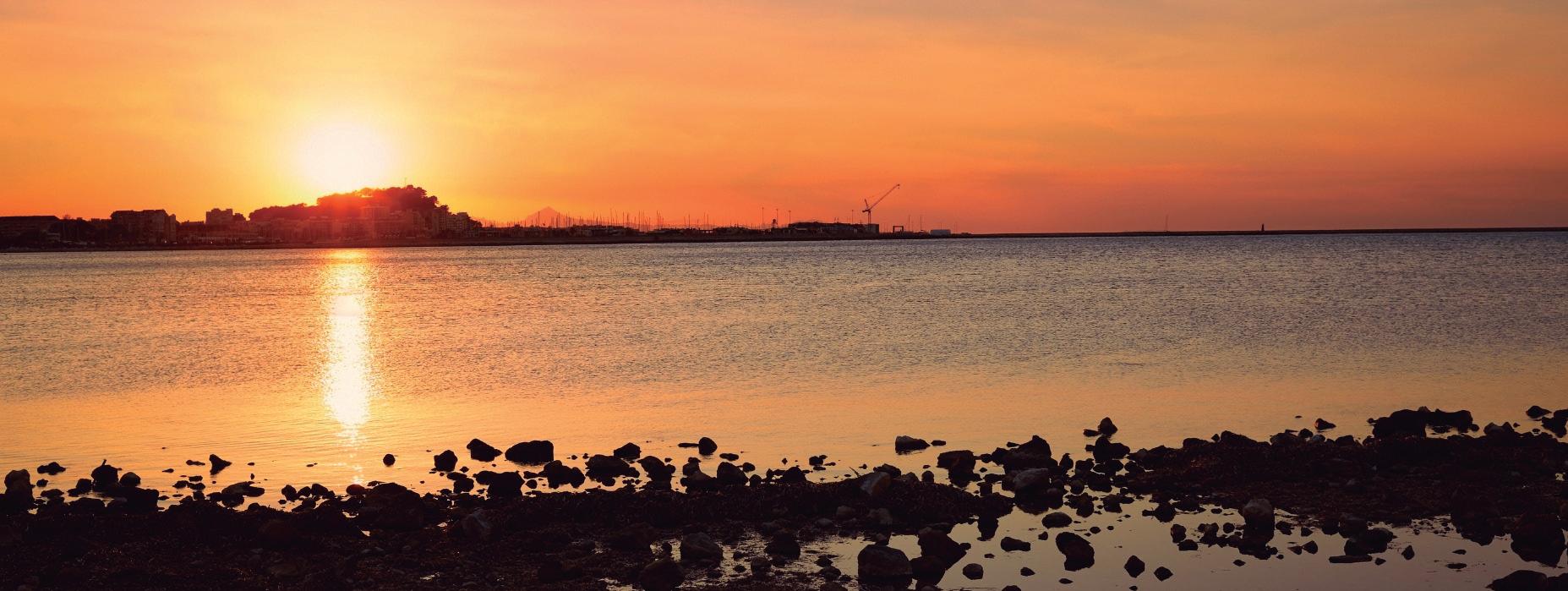
A century ago, those who had the vision -and enough money- chose those enclaves that we still admire today, yet it’s never too late, as you’ll find out if you keep reading.
Money has a certain power; and so does timing.
At the end of the 19th century, the shores of the Swiss, Italian and Austrian lakes, as well as almost all the Mediterranean coastline, were still virgin land awaiting buyers with vision.
Back then, fishing villages and merchant ports were the only seaside areas that produced wealth, as tourism had not yet been born and salty sea air did not favour farming. The endless beaches and cliffs, with their uninterrupted views stretching in every direction lay deserted and isolated in their natural splendour – waiting for those with the vision and capacity to invest in a new generation of beachside palaces. The same was true of those idyllic Alpine lakes, and yes, the best locations are always taken first.
One hundred years ago, the combination of being in the right place and having enough money at the right time proved unbeatable.
However, it can be repeated today: more than one hundred years later, the best estates in Europe continue to change hands over time. Naturally, because it’s the Law of Life.
So, yes: it’s never too late, if you have the right real estate representative and the patience to wait for that rare opportunity, even if the property of your desire is not on the market. This is where the value of experience and market insight shows its true value and potential.
There are three ways to acquire unique real estate, or so called: Trophy Assets.
Of course, if you are a billionaire, you know that there is no asset in the world that you cannot buy. Everything has a price, of course not to be confused with value.
In summary, logic -and years of experience- prove that there are only three ways to owning the best real estate in the best locations: 1.- To be a billionaire. 2.- To be the heir of a visionary who chose the best spot 125 years ago, 3.-To ask your EREN agent of trust to find it for you, even if it is not in the market.
The opportunity to select and buy will be repeated. One merely needs to be in the right place at the right time, to have enough money and to choose the real estate professional with the contacts and market insight required.
Over the next pages of Villae XIX, you will encounter a sprinkling of such unique trophy assets and some of the top real estate agents in Europe.
Enjoy your findings.

José Ribes Bas. Director
VILLÆ INTERNATIONAL
is a publication of:
European Real Estate Network, Ltd., 837 Salisbury House, 29, Finsbury Circus, London, EC2M 5QQ T: +44 207 592 8905 www.europeanrealestate.org info@europeanrealestate.org
EREN Board of Directors
Ueli Schnorf
Giancarlo Bracco
José Ribes Bas bod@europeanrealestate.org
Original Concept by Benedetta Viganò, Diana Morales & José Ribes Bas
Writers
Michel Cruz michel@avanteconsult.com (+34) 610 780 354
Roberto Gómez Calvet rgomez@competecnia.es (+34) 696 770 397
Design VENTURE EXPERIENCE www.venturexperience.com (+34) 963 122 200
Photo credits
Depositphotos
Adobe Stock
Unsplash
Arthur Brant
Shutterstock
J.D. Dallet
Advertising ads@europeanrealestate.org
Editor José Ribes Bas
D.L.: V-757-2006
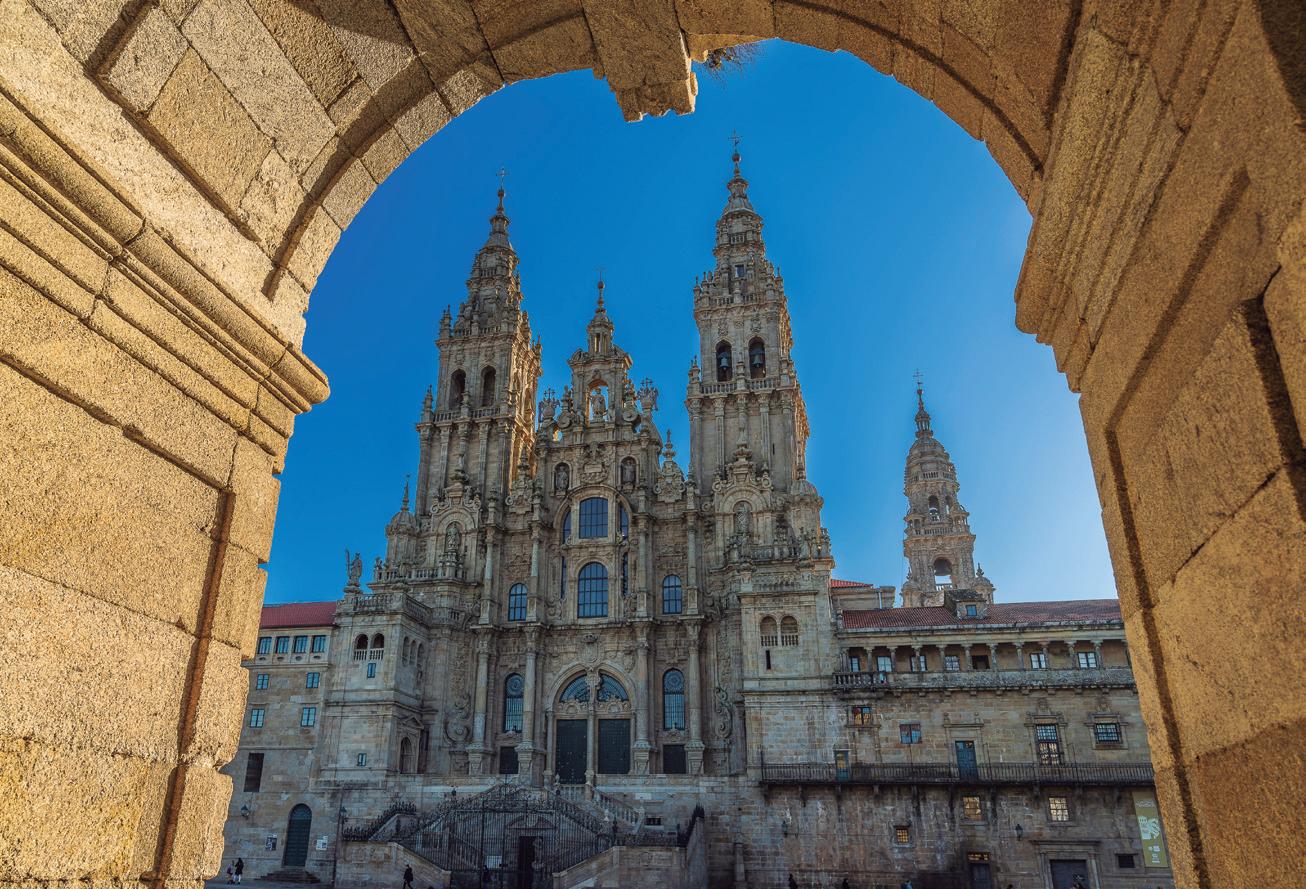

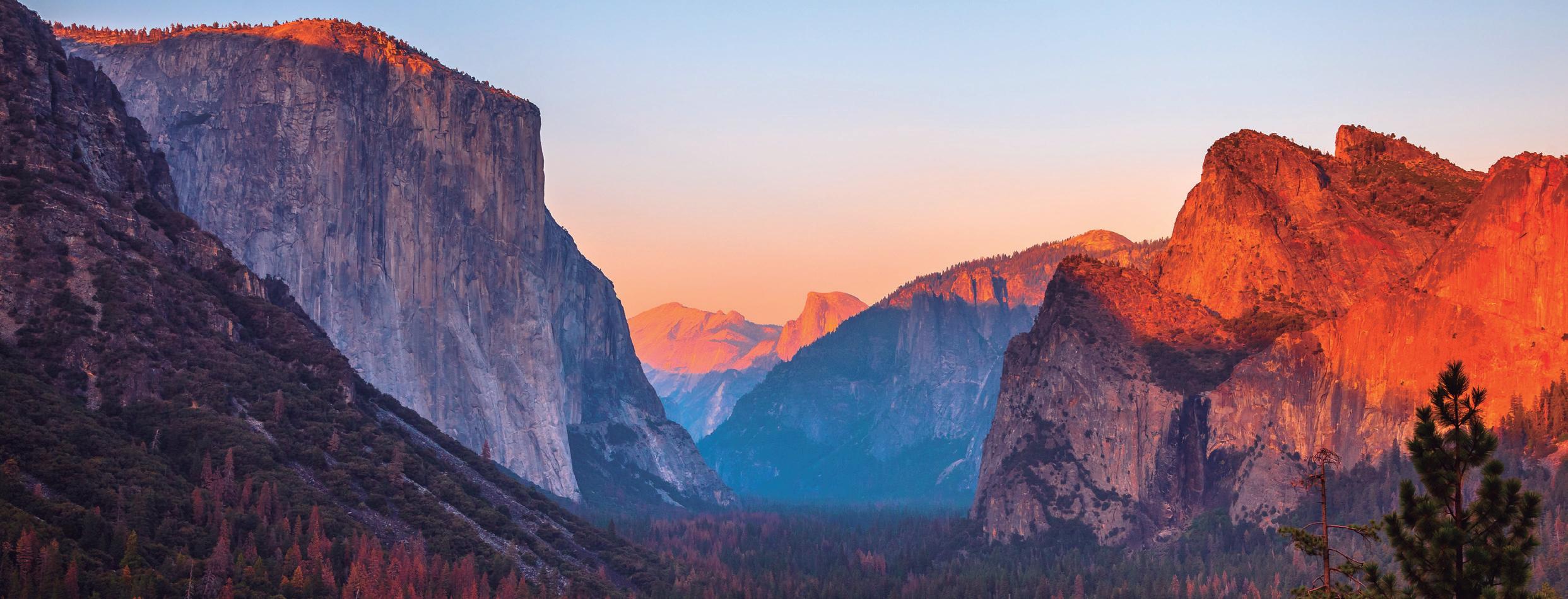
06 EREN meeting Madrid
12 THE CAMINO DE SANTIAGO A physical, mental and spiritual challenge
20 THE PINNACLE OF REAL ESTATE Private islands and landed estates
30 EUROPE FIRST–HAND: Lucerne
32 NEUROARCHITECTURE An emerging field in architecture
40 CHAT GPT AND AI Machine learning to generate human-like responses
44 ARTHUR BRAND, ART DETECTIVE The miraculous recovery of priceless stolen artworks
48 WHISKY: FROM SCOTLAND TO JAPAN: More than a Scottish drink
52 EUROPE FIRST–HAND: Sardinia
54 THE WORLD´S NATIONAL PARKS Unique landscapes and ecosystems
66 THE COLOURS OF ARABIA Colours that leave a lasting impression
70 EUROPE FIRST–HAND: Tuscany
72 EUROPE’S FINEST REAL ESTATE
A handpicked selection of beautiful homes from around Europe
92 SUCCESSFUL INTERNATIONAL COOPERATION
Insights from the International Wealth Management Summit in Madrid
96 EREN DIRECTORY
Our boutique office addresses across Europe
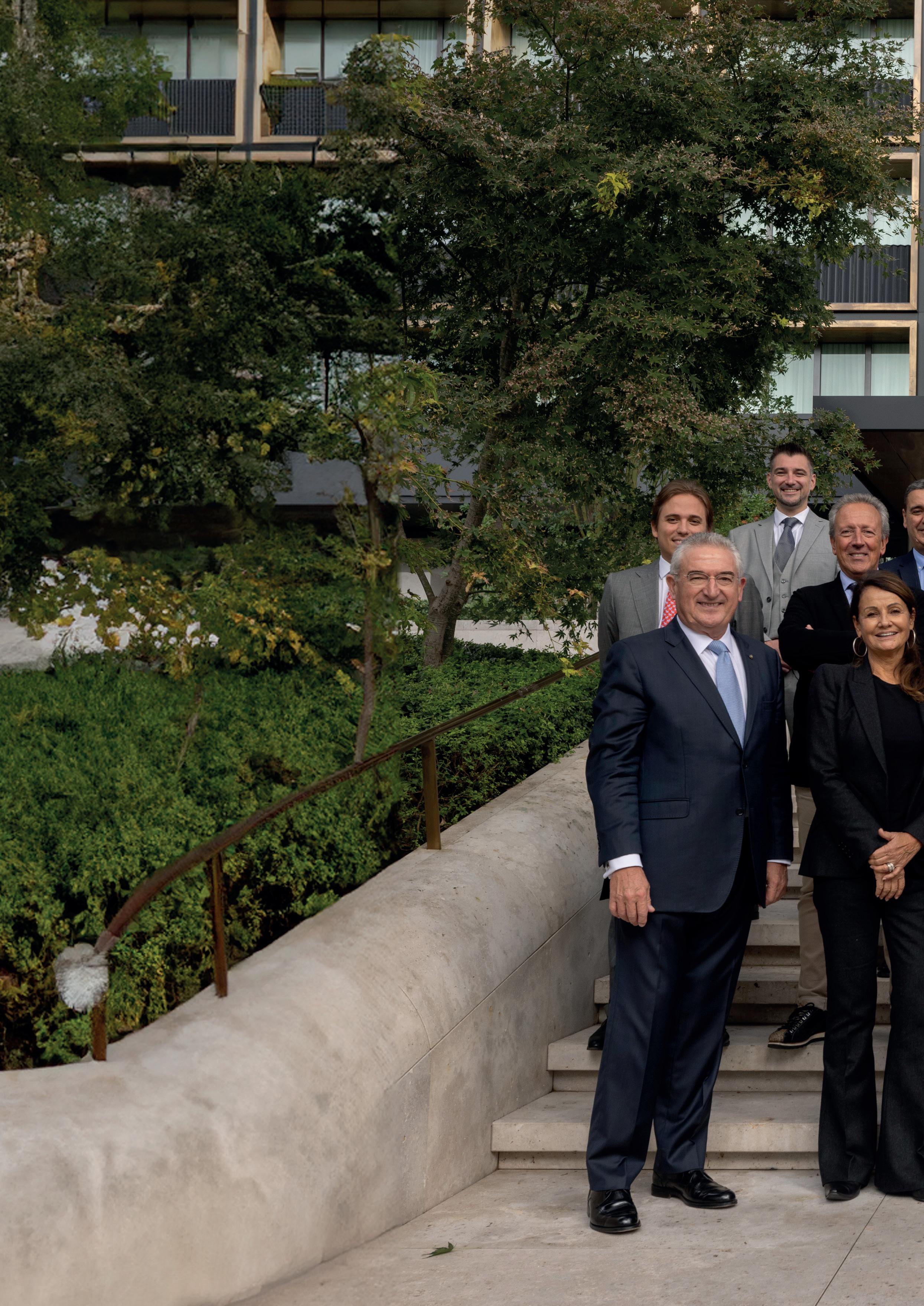
Exactly one year after the EREN annual meeting in Verona, the reencounter of the EREN members took place in Madrid on the 27th and 28th of October. This reunion was exquisitely orchestrated by Rimontgó, with the chosen venue being the Hotel Rosewood Villa Magna, a landmark hotel in the famous Paseo de la Castellana boulevard.
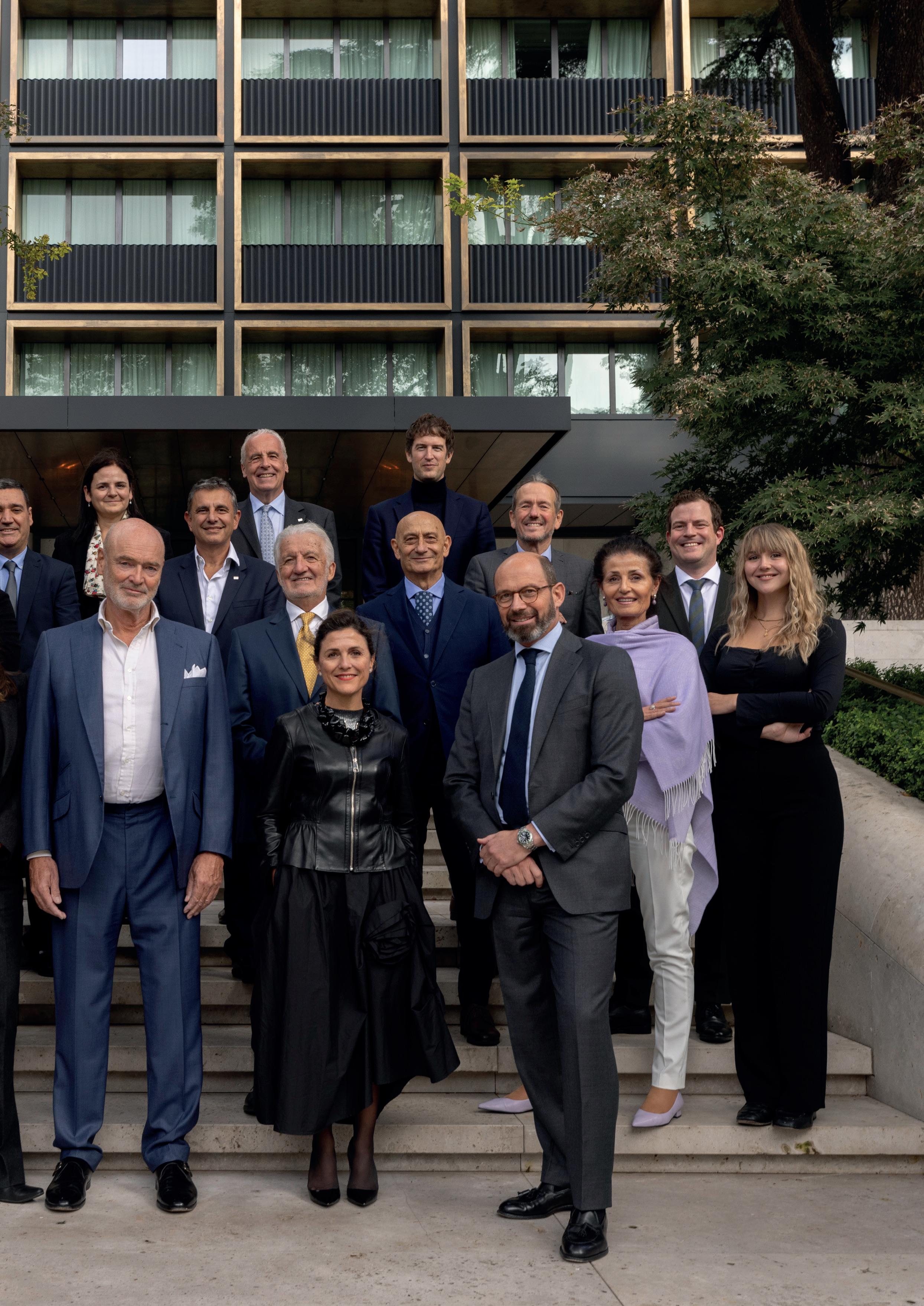
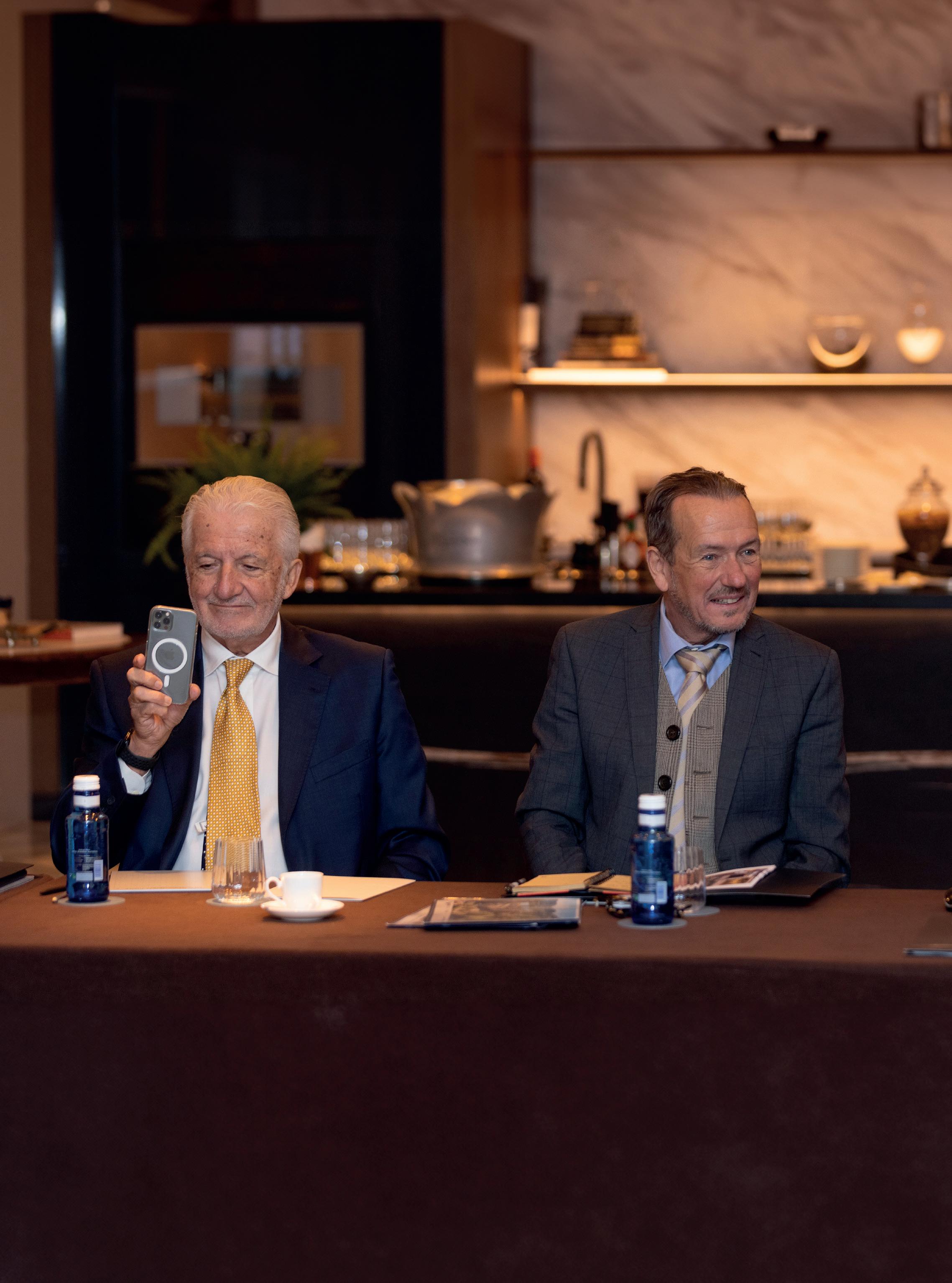

The event featured a well-rounded agenda. On the one hand, the important level of the various presentations and speakers set a challenging standard for future meetings. Complementing this, the fine selection of distinguished museums, elegant restaurants, and other notable sites after visited, matched the overall quality of the event.
In the early hours of Friday, the members' meeting took place with a presentation of the EREN marketing and website performance. This meeting sparked interesting discussions about the role of social media networks in the current real estate sector. After this meeting, the following event was dedicated to displaying a series of presentations on premier properties privately presented for the EREN members’ eyes-only.
After a short break for lunch, a round table moderated by Carolina Martínez-Caro took place. Carolina, former general manager of Julius Baer Iberia, led the conversation with notable Regis Molowny and Henry Van de Koppel, both wealth management and private offices investment experts, working in the same sphere as EREN works with its UHNW clients. It was very interesting to confirm that companies like the ones represented share common values and principles with EREN professionals.
“The event was hosted by Rimontgó at the Hotel Rosewood Villa Magna and featured a well-rounded agenda with high-level presentations and speakers, and visits to distinguished museums and elegant restaurants"
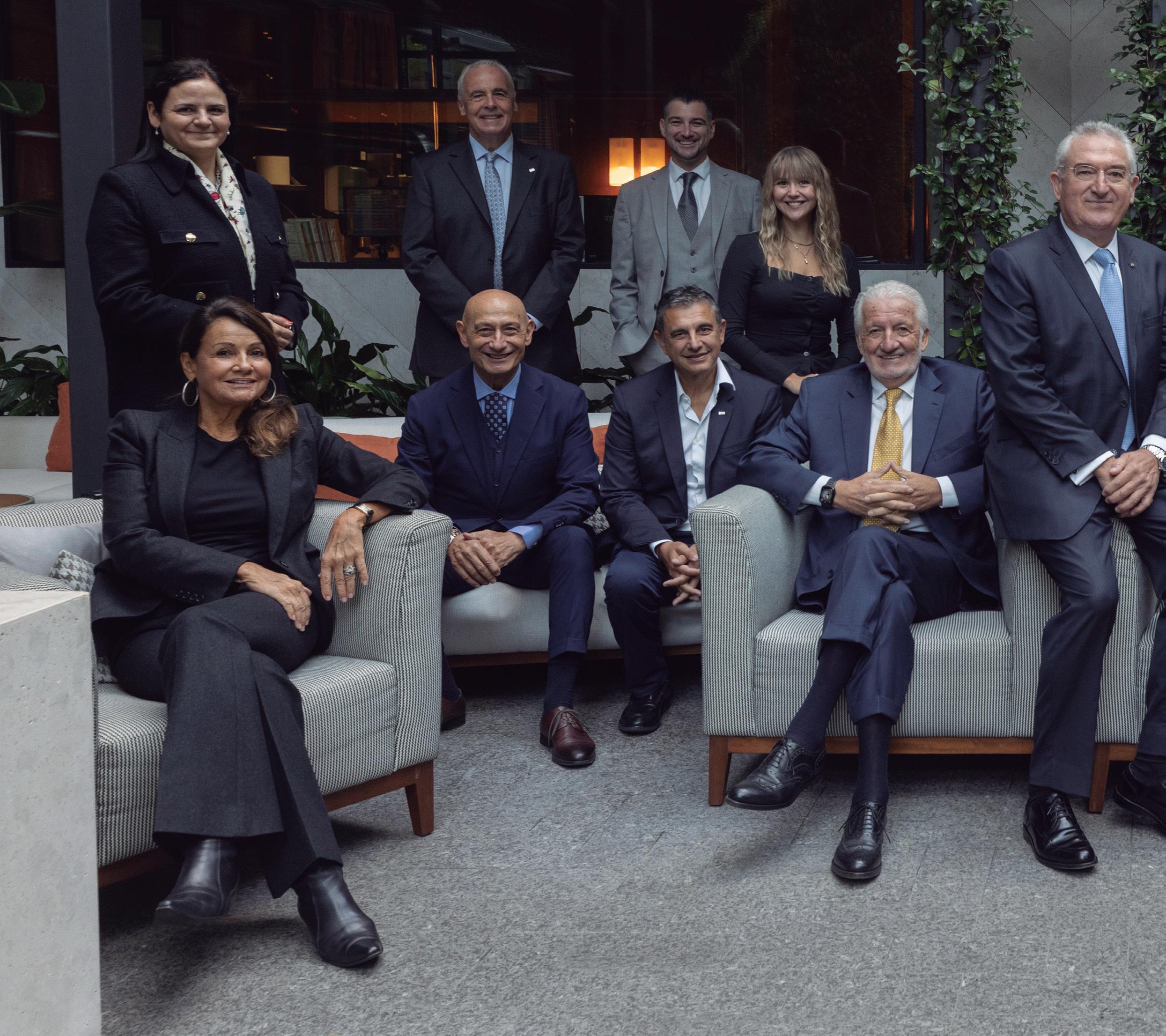
The entertainment program organised by Rimontgó began the day before with a warm welcome dinner at Restaurant Saddle, a classic contemporary restaurant nestled in the heart of Madrid. This initial gathering provided not only an opportunity for attendees to reconnect and share updates, but also marked the joyful reencounter of the EREN family. The subsequent day was filled with intense working sessions, as mentioned before, and ended with a gala dinner in Restaurant Horcher. This establishment is renowned for one of the best modern haute cuisines, not just in Spain, but globally.
On Saturday morning, the group met for a tour the Sorolla Garden-House-Museum. In this visit the group delved into
the life and work of Joaquín Sorolla, also known as the painter of the light. Sorolla’s invaluable contributions to the realms of Impressionism and Post-Impressionism were explored, providing the attendees with a deeper understanding of his artistic legacy. The day continued with an informal lunch in restaurant El Pescador and a final dinner combined with an experiential immersion of live music in the restaurant Tatel. A really good representation of the varied Spanish cuisine was enjoyed by all attendees.
Anticipating the upcoming annual general meeting, the board of directors deliberated on the optimal choice. The forthcoming year promises to be a milestone for the organization. On one hand, EREN will be celebrating the 20th anniversary of
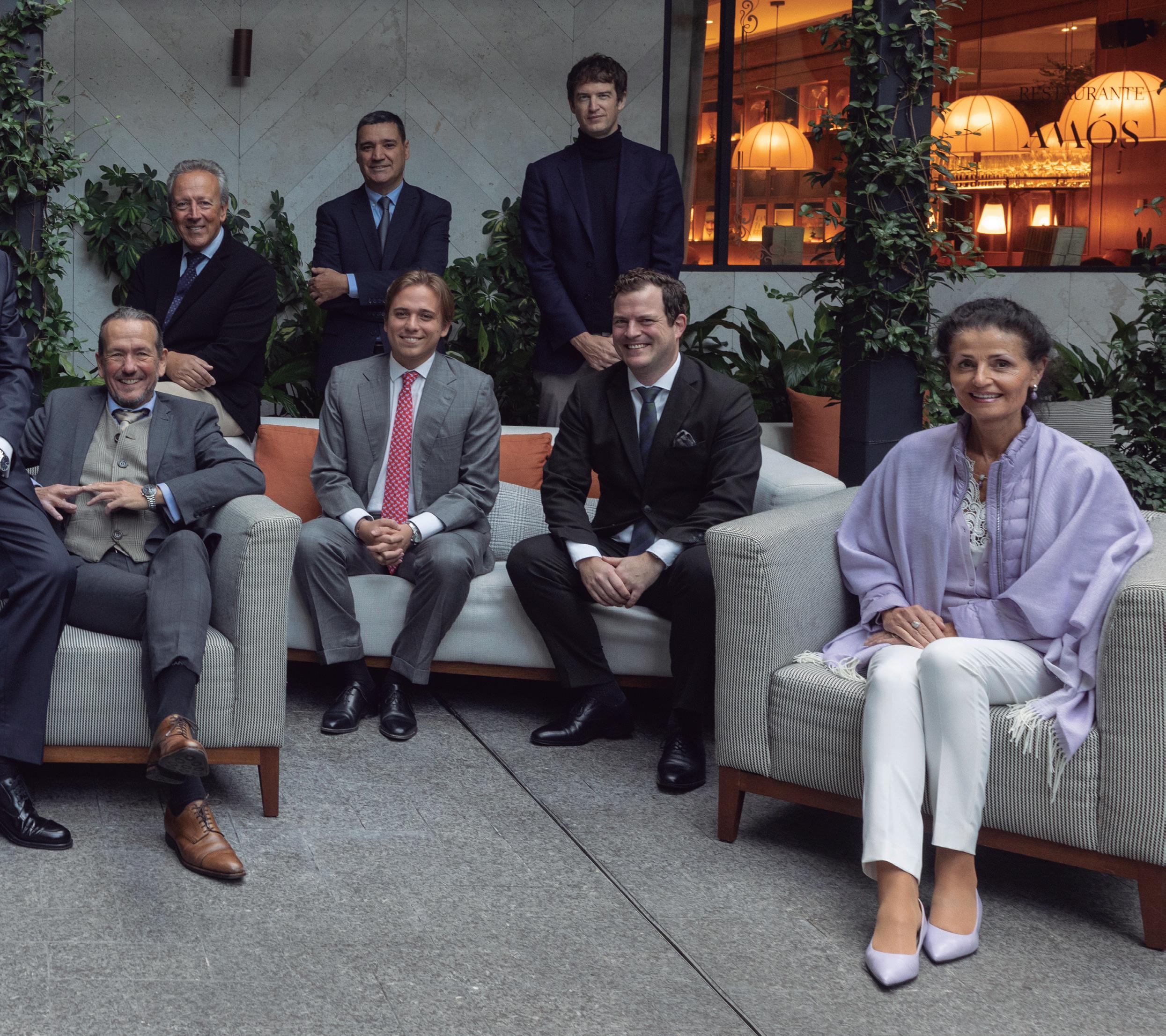
its foundation. On the other, we will be commemorating the centenary of Ploumis Satiropoulos, EREN´s founding member in Greece. With these two significant premises in mind, the unanimous decision was to host the 2024 annual meeting in Athens. Looking forward to this event, we are excited to celebrate these significant milestones in our organization’s history. Both anniversaries are not just commemorations, but also opportunities to reflect on our journey and envision our future. We eagerly anticipate the insights, discussions, and collaborations that this meeting will undoubtedly foster.
WORDS: ROBERTO GÓMEZ-CALVET
Images: Depositphotos
Map: Paulusburg, CC BY-SA 4.0
“Camino de Santiago”, also known as the Way of St. James, is a remarkable pilgrimage route that holds immense significance for both religious and secular reasons.
HISTORICAL AND SPIRITUAL SIGNIFICANCE:
The Camino has a rich historical legacy, dating back to medieval times. Pilgrims from all walks of life have traversed this path to reach the Cathedral of Santiago de Compostela in Galicia, Spain. The route is associated with the apostle St. James (Santiago in Spanish), whose remains are believed to be interred in the cathedral. The journey symbolizes spiritual renewal, penance, and devotion.
This ancient network of pilgrimage paths converges at Santiago de Compostela in Galicia, Spain. While traditionally pilgrims would start from their own homes, today the most walked route often begins in the French town of Saint-Jean-Pied-de-Port just across the border from Spain. This route, known as the Camino Francés or French Way, stretches over 790 kilometers (490 miles)

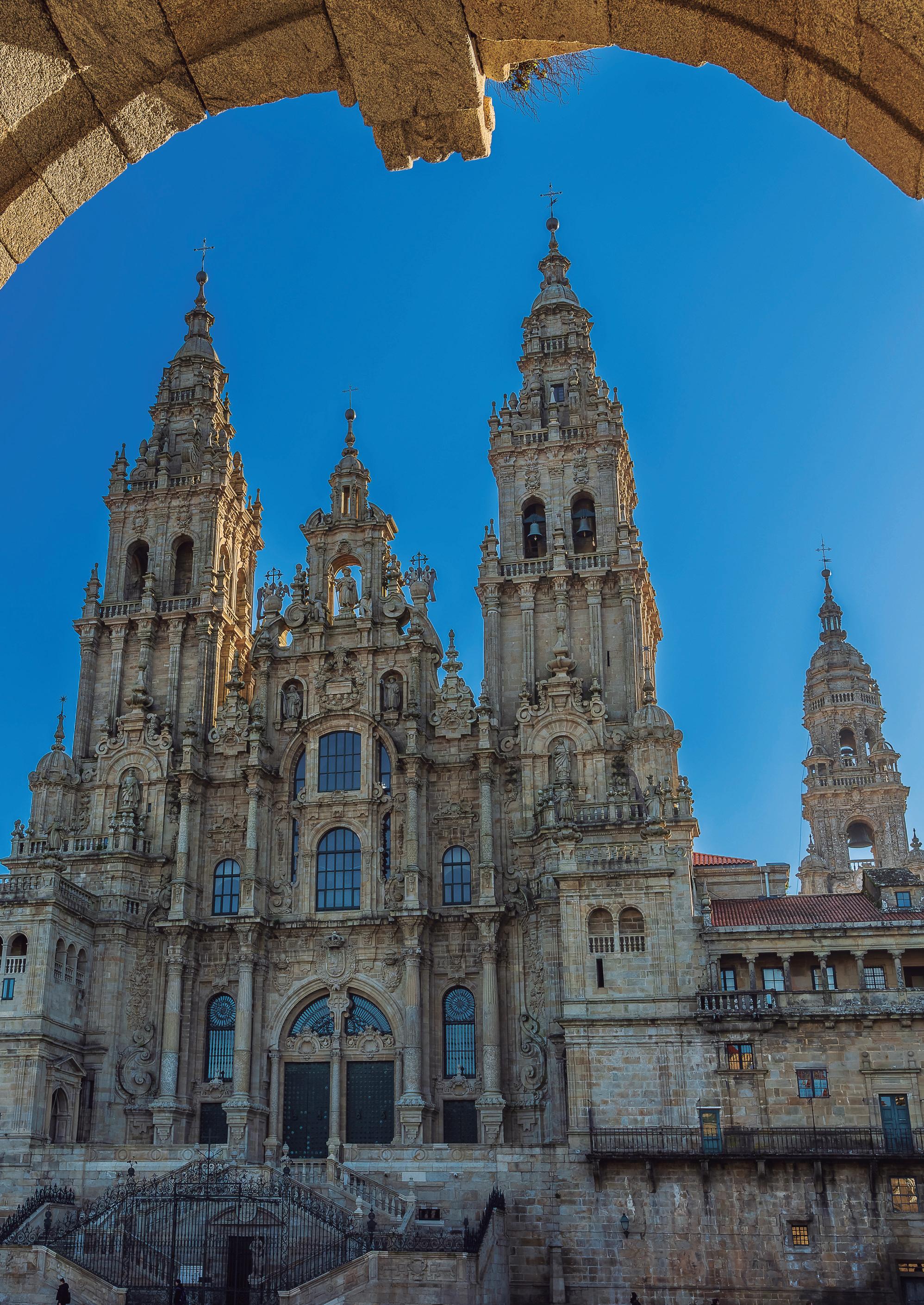
across northern Spain. Although the Camino Francés is the most well-known there are other Caminos from Portugal and within Spain, such as the northern coast Camino and Camino de la Plata, from the South of Spain.
According to Christian tradition, St. James was one of the original 12 apostles who played a crucial role in spreading Christianity across the Iberian Peninsula. Legends tell us that after St. James’s death, his disciples placed his body in a boat, which miraculously landed on the coast of Spain, near where Santiago de Compostela stands today.
Another version suggests that a Galician farmer discovered St. James’s remains near the town of Padrón centuries later.
King Alfonso II ordered the relics to be buried in a specially constructed chapel, which eventually became the magnificent Santiago de Compostela Cathedral. This sacred site began attracting pilgrims from all corners of Europe.
The creation of the Camino was a gradual process. Pilgrims shared information through word of mouth, passing on tips about the path, including where to find water, which towns to stop at, and the safest way to cross mountains. Over centuries, the route became clearer as each pilgrim contributed to its development.
In the 1980s, Father Elías Valiña Sampedro, the priest of the Galician village of O Cebreiro, marked the ancient route with yellow arrows to guide pilgrims more easily.
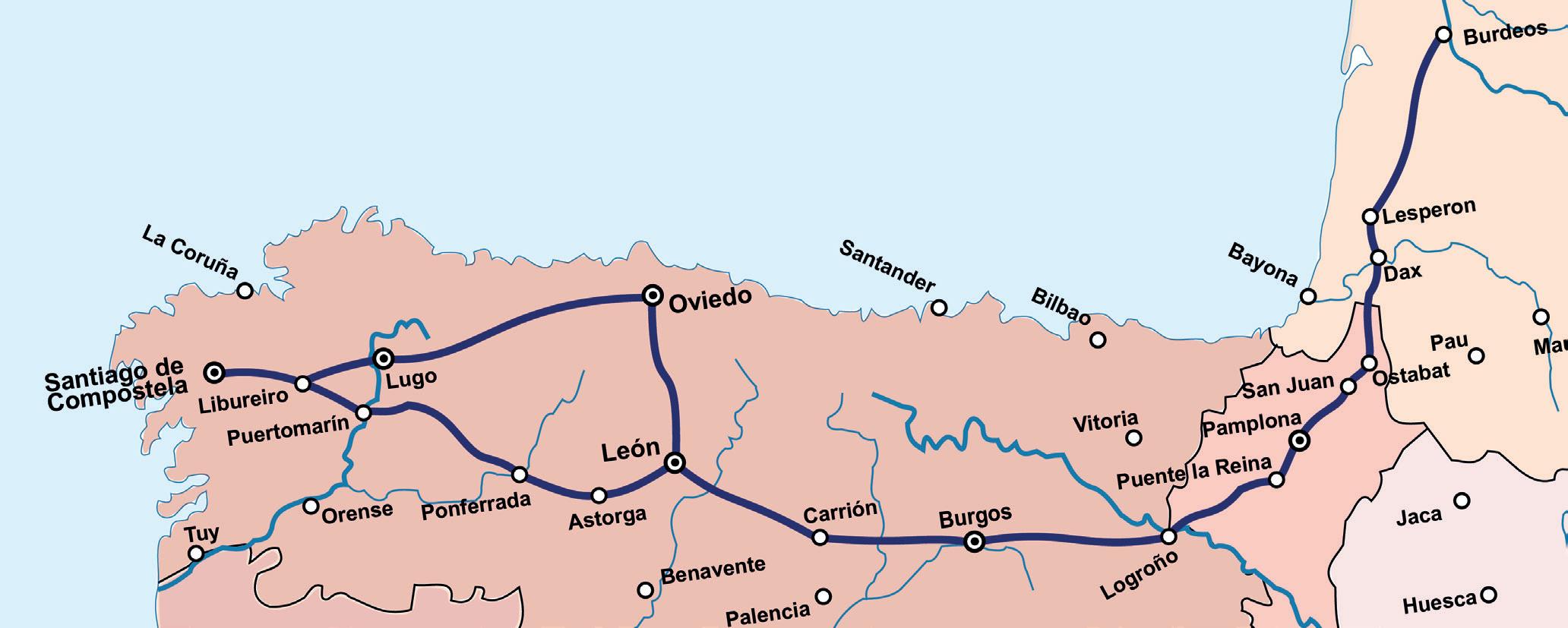
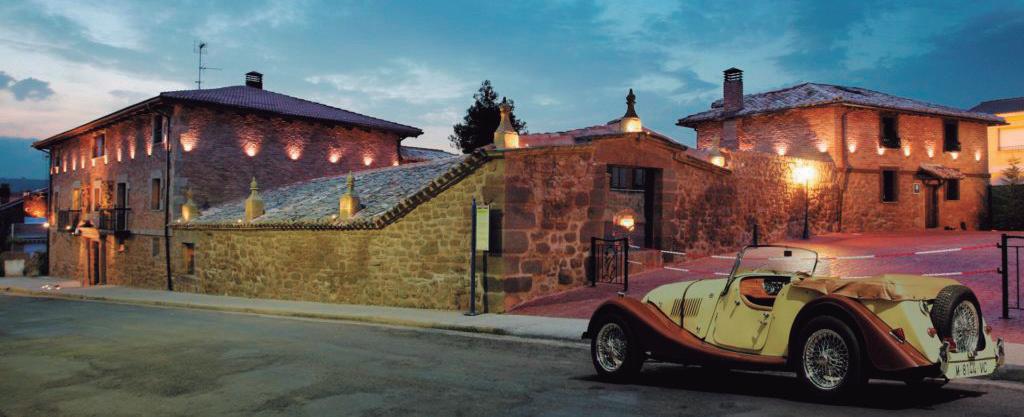
The Camino is not just a spiritual journey; it’s an adventure waiting to be embraced. Travelers from all walks of life, whether pilgrims or secular tourists, can experience the thrill of walking through diverse landscapes. Hiking along the Camino offers a chance to explore pristine forests, traverse rolling hills, and conquer majestic mountains. The path winds through ancient trails, revealing hidden gems at every turn.
CULTURAL IMMERSION:
As pilgrims tread the centuries-old route, they encounter charming villages and historic towns. Each settlement has its own story, architecture, and traditions. Local festivals, folklore, and cultural events come alive during the Camino. Whether it’s a lively celebration in a Galician square or a solemn procession in a medieval town, travellers become part of the cultural tapestry.
NATURAL BEAUTY:
The Camino unfolds against a backdrop of breathtaking vistas. Picturesque landscapes stretch out before pilgrims, inviting them to pause and absorb the beauty. From the rugged Pyrenees to the lush Galician countryside, the Camino showcases Spain’s diverse natural wonders. The coastal sections offer glimpses of the Atlantic Ocean, while the meseta reveals vast plains under expansive skies.
GASTRONOMIC DELIGHTS:
Foodies rejoice! The Camino is a gastronomic adventure. Each region along the way boasts its own culinary treasures. Tapas bars in León, seafood feasts in Galicia, and pintxos in the Basque Country—the Camino introduces travelers to local flavors. Savoring regional dishes is an essential part of the journey.
ARCHITECTURAL MARVELS:
The Camino is a living museum of architecture. Romanesque churches, Gothic cathedrals, and medieval bridges punctuate the route. The Santiago de Compostela Cathedral itself is a masterpiece, with its Baroque facade and the Botafumeiro (a giant incense burner) swinging during pilgrim masses.
MEETING FELLOW TRAVELERS:
The Camino is a melting pot of humanity. Pilgrims from different countries, backgrounds, and beliefs converge on this ancient path. Conversations flow in cafés, albergues, and under starlit skies. Friendships are forged, stories shared, and hearts opened. One of the most heartwarming aspects of the Camino is the hospitality extended by locals. Albergues (pilgrim hostels) provide shelter, meals, and camaraderie. Conversations with fellow pilgrims and locals create lasting memories. The sense of community transcends cultural and
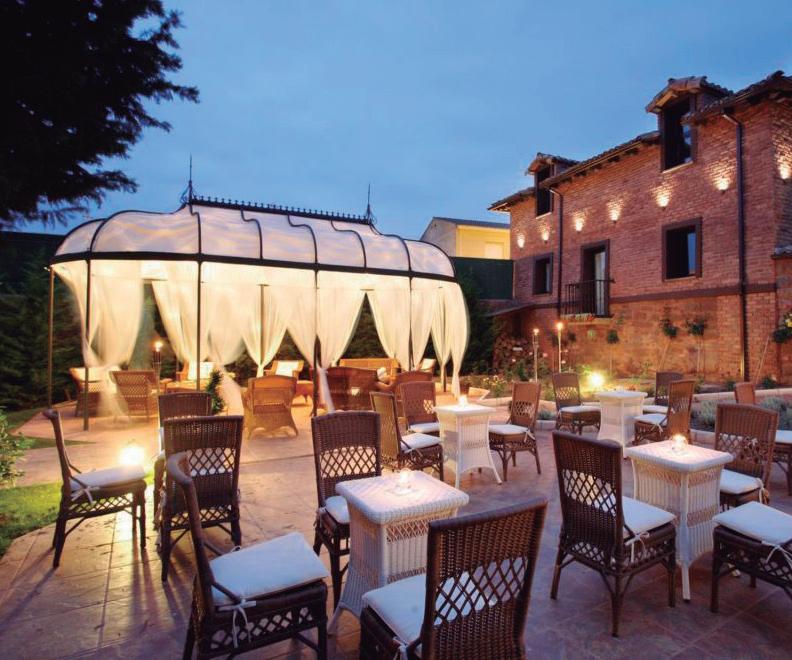
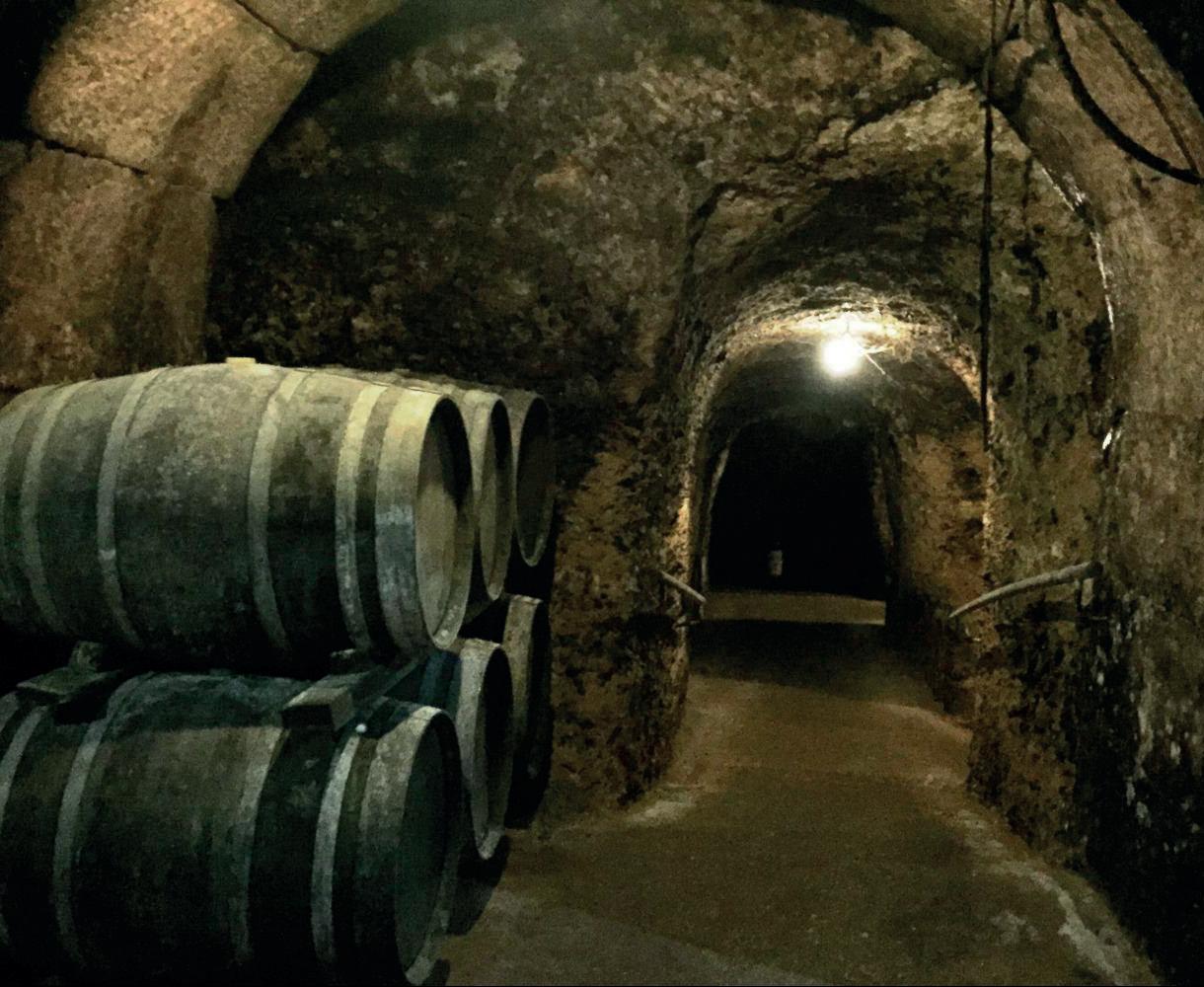
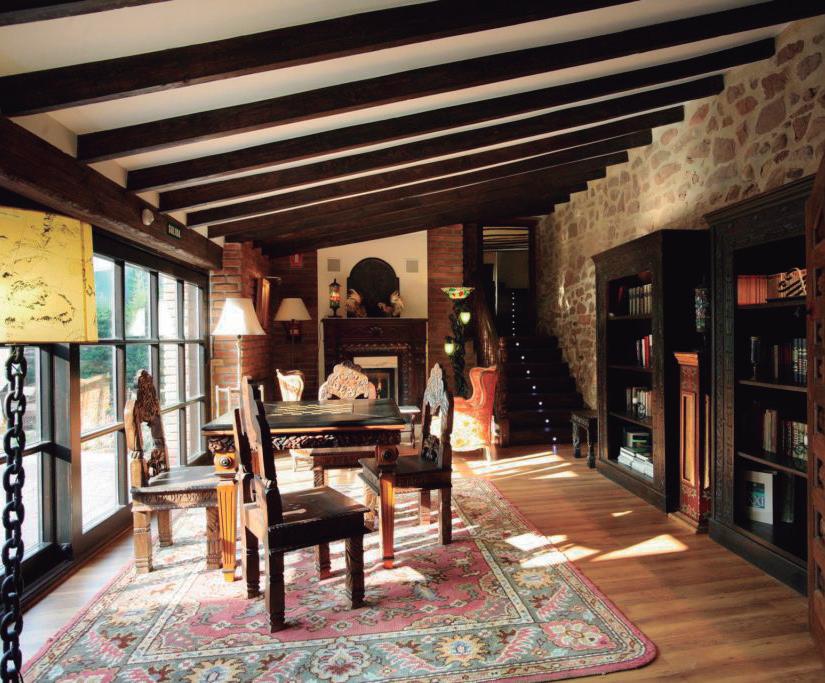
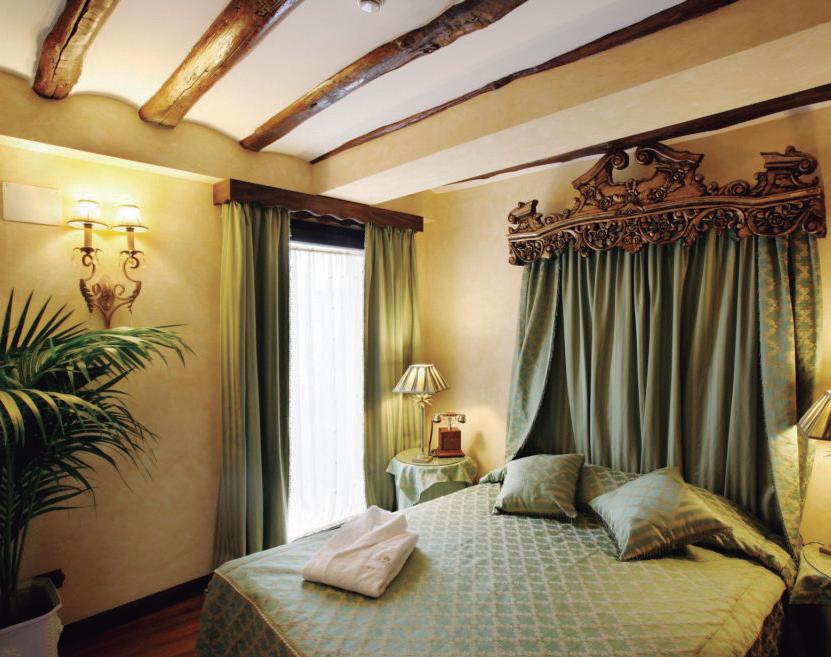
"The
Saint James Way offers unparalleled potential for real estate investment. The Real Casona de las Amas stands as a beacon of opportunity, offering a fusion of historical charm and modern luxury"

Celia Calabuig Rimontgó SPAIN
linguistic barriers. The “Camino spirit” fosters kindness, empathy, and a shared purpose among travellers.
The Camino is a microcosm of our world. It brings together people from diverse backgrounds, cultures, and beliefs. Nationalities blur as everyone walks the same path. A Japanese pilgrim might share a meal with a Spanish farmer, and an American nurse might chat with an Italian artist. The common purpose—to reach Santiago de Compostela—unites them. Differences fade, replaced by a shared humanity. Embarking on the journey of walking the Camino is not merely a physical endeavor but also a profound mental and spiritual challenge. It serves as a catalyst for mindfulness, selfreflection, and a much-needed respite from the hustle and bustle of daily life. The rhythmic cadence of walking fosters
moments of deep introspection and a profound connection with the surrounding natural world. Amidst the simplicity of the pilgrimage, many pilgrims find solace and tranquility.
While traversing the Camino, pilgrims are presented with various opportunities to enhance their wellness journey. Alongside the traditional pilgrimage experience, options such as yoga sessions, meditation retreats, and wellness programs are also available to enrich the overall experience. One exceptional sanctuary along the Camino route where pilgrims can discover unique wellness experiences is the renowned Real Casona de las Amas hotel. Nestled in the heart of Azofra, within the picturesque province of La Rioja. This architectural masterpiece dates back to the 17th century and has been impeccably reimagined as a luxurious boutique hotel.
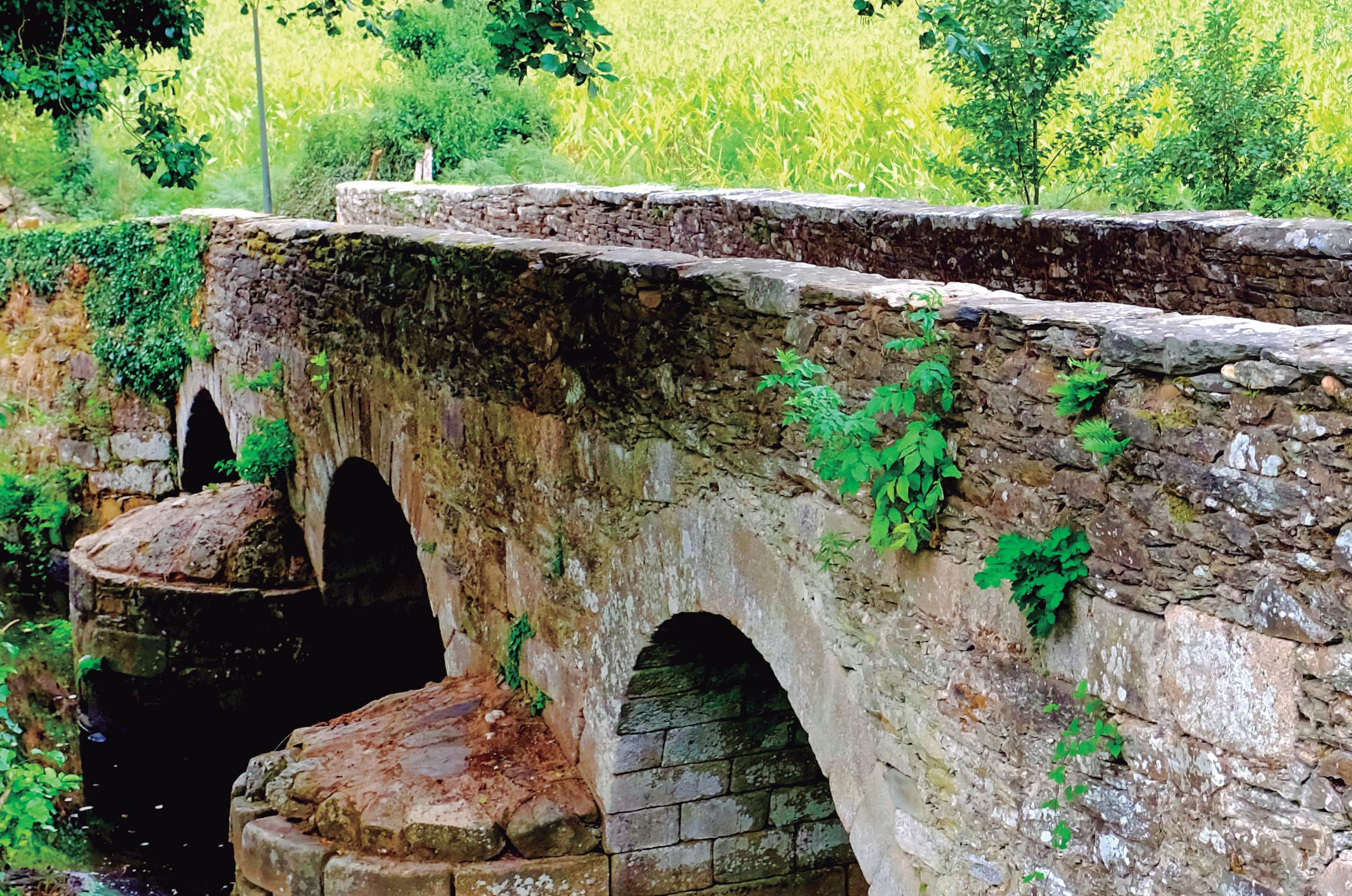
For pilgrims who embark on their Camino journey from Saint-Jean-Pied-de-Port, encountering the Real Casona de las Amas after the first nine days of walking, nestled between Nájera and Santo Domingo de la Calzada, is a truly authentic sensory experience. The hotel seamlessly blends history with modernity, offering a perfect fusion of the past and present.
The essence of the Real Casona de las Amas can be summarized through several key premises:
Art and History Merged: The hotel's rich historical legacy and distinctive architecture create an exclusive ambiance that captivates guests from the moment they arrive.
A Paradise for the Senses: Featuring 16 meticulously designed rooms, including three opulent suites and four doubles with in-
dulgent whirlpool baths, each space within the hotel is a testament to elegance and comfort.
Wellness and Relaxation: Guests can indulge in first-class facilities, including a rejuvenating spa equipped with a Scottish shower and thermal bath, a serene saline chlorination pool, as well as lush solarium and garden areas.
Strategic Location: Situated along the Camino de Santiago and in close proximity to the esteemed Wine Route, the Real Casona de las Amas serves as an idyllic retreat for aficionados of cultural and wine tourism alike.
In essence, the Real Casona de las Amas offers pilgrims
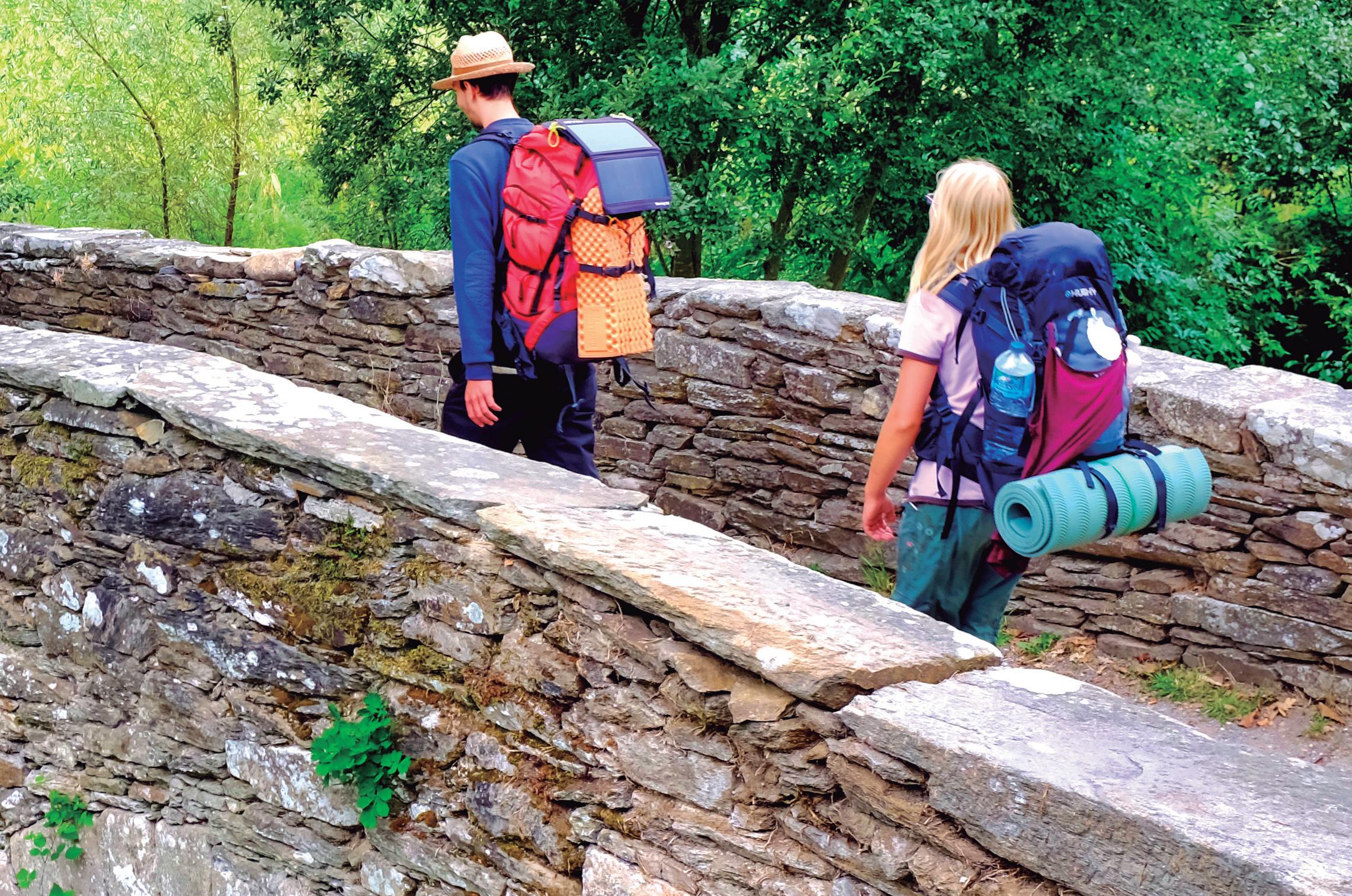
a haven of tranquility and rejuvenation amidst their transformative journey along the Camino de Santiago.
Furthermore, with a competitive transaction process in place, this project offers a unique opportunity for visionary investors. With expansion potential to 31 rooms and a strategy focused on product differentiation, the Hotel Real Casona de las Amas promises to be a high-return investment.
Characteristic of the French Camino de Santiago crosses different important wine-growing regions in Spain, from Navarra, passing through Rioja, Palencia, León and Galicia. Each province produces its own wines, as an example:
Starting the journey through Navarra, Señorío de Larrainzar is a traditional stop on the way, located next to the Sta María la Real de Irache monastery. This monastery, was founded in the 11th century as a Jacobean hospital for pilgrims run by the Benedictines. The manor was the old house of the monks and the winery was designed at the beginning of the 20th century by the well-known architect in Navarra Fernando Redón.
As we progress along the Camino de Santiago, in the province of Palencia we find Bodegas Zarzavilla. A wine tourism complex, winery as well as areas for holding events with capacity for 350 guests, a restaurant with its own kitchen, beautiful and well-kept gardens and vineyards on the same property. There is also the possibility of developing a hotel project with 44 rooms for pilgrims.
The winemaking tradition in Frómista documented in the 14th century, and is fundamentally related to the 11th century church of San Martin, a world reference for the most beautiful Romanesque architecture, considered an obligatory stop on the on the Camino.
Following the path through the province of León, we find the Tierras de León and regions known for its Mencía wines. The final phase of the Camino in Galicia crosses Valdeorras with its well-known Godello wines and the Ribeira Sacra known for its steep vineyards on vertiginous slopes.
“A room with a view”

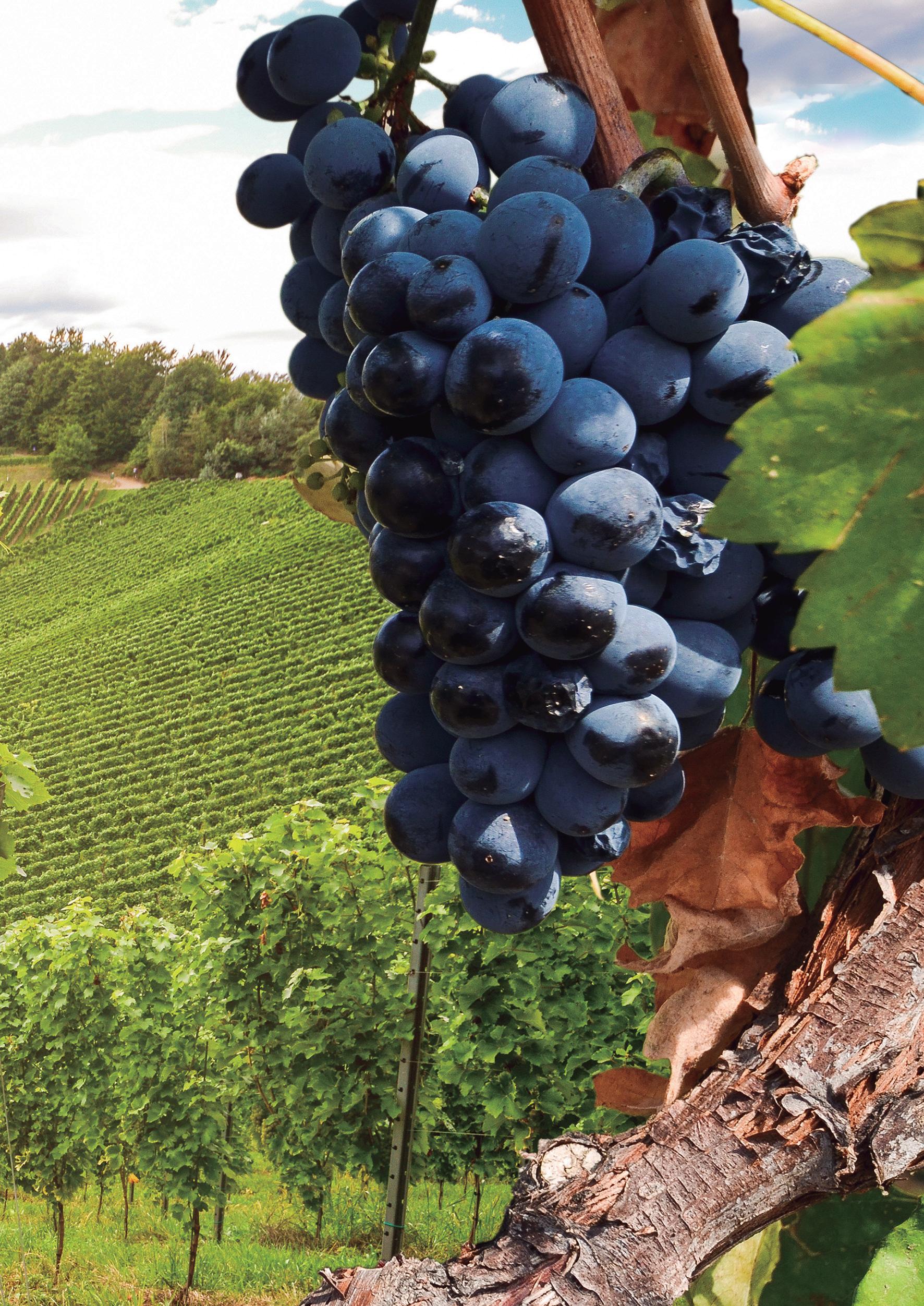
When we think of luxury homes we tend to picture villas by the sea, sophisticated penthouses in upmarket downtown areas of New York, London or Paris, but there is more. The real pinnacle of the real estate market is even more exalted and rare, and it is made up of such luxuries as grand chateaux and landed estates, historic buildings, expansive mansions in the finest locations and even entire islands. The key points of distinction here are exclusivity, rarity and absolute privacy.
Set on a wooded cliff overlooking the Mediterranean Sea near Porto Ercole on the Tuscan coastline, Sbarcatello is the quintessential seaside estate that has come to us in literature and films. This is Mediterranean idyll in its purest form, a private estate along one of the most beautiful stretches of the Italian coast. Standing on the slopes of Mount Argentario, the property overlooks an endless cobalt blue sea from within the private wooded embrace of its classically landscaped gardens. In fact, it occupies a personal parkland domain of 42 hectares and was handpicked by Giulia Queen of Oland as her residence, hosting many an international eminence at the stylish events held on the premises. The family also resisted persistent attempts by Charlie Chaplin to purchase the estate, keen to keep the woodlands, gardens, intimate terraces with infinite perspectives of the sea, and also a very private beach to themselves. The gated property consists of a main villa and guesthouses. The nearby marina of Porta Galera adds to the lifestyle appeal of this setting, along with the iconic Italian charm of Porto Ercole, considered to be one of the prettiest villages in the country.

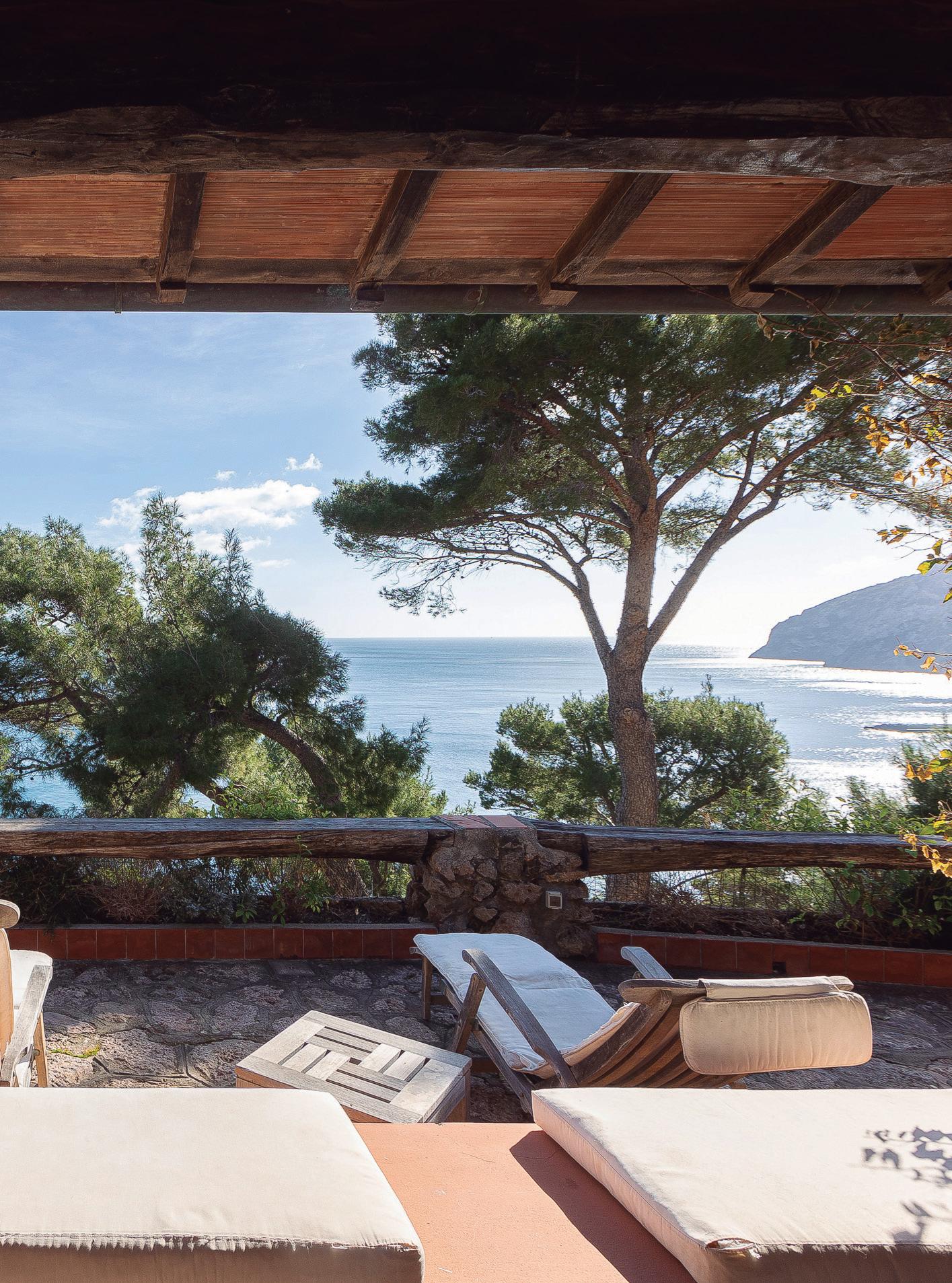
A private domain set upon the shores of Lac Léman (Lake Geneva) is another iconic landmark of the finest real estate. In the case of this lakeside estate the property is not classical but modern, and as such offers the very latest in style, technical amenities and comfort in combination with an inimitable setting whose very lawn touches the lake’s edge. From here, Lausanne, Montreux and Geneva are all close by, and fine quality dining, shopping, cultural as well as natural pursuits
are on your doorstep. The waterfront property stands within a sculpted grassland, offering six bedrooms on a surface area of 887 square metres, with separate living spaces, professional chef ’s kitchen, modern wine cellar, home cinema, indoor heated swimming pool, gymnasium and private wellness spa. In keeping with a property of this standing, this timeless architectural masterpiece also features staff and guest accommodation.
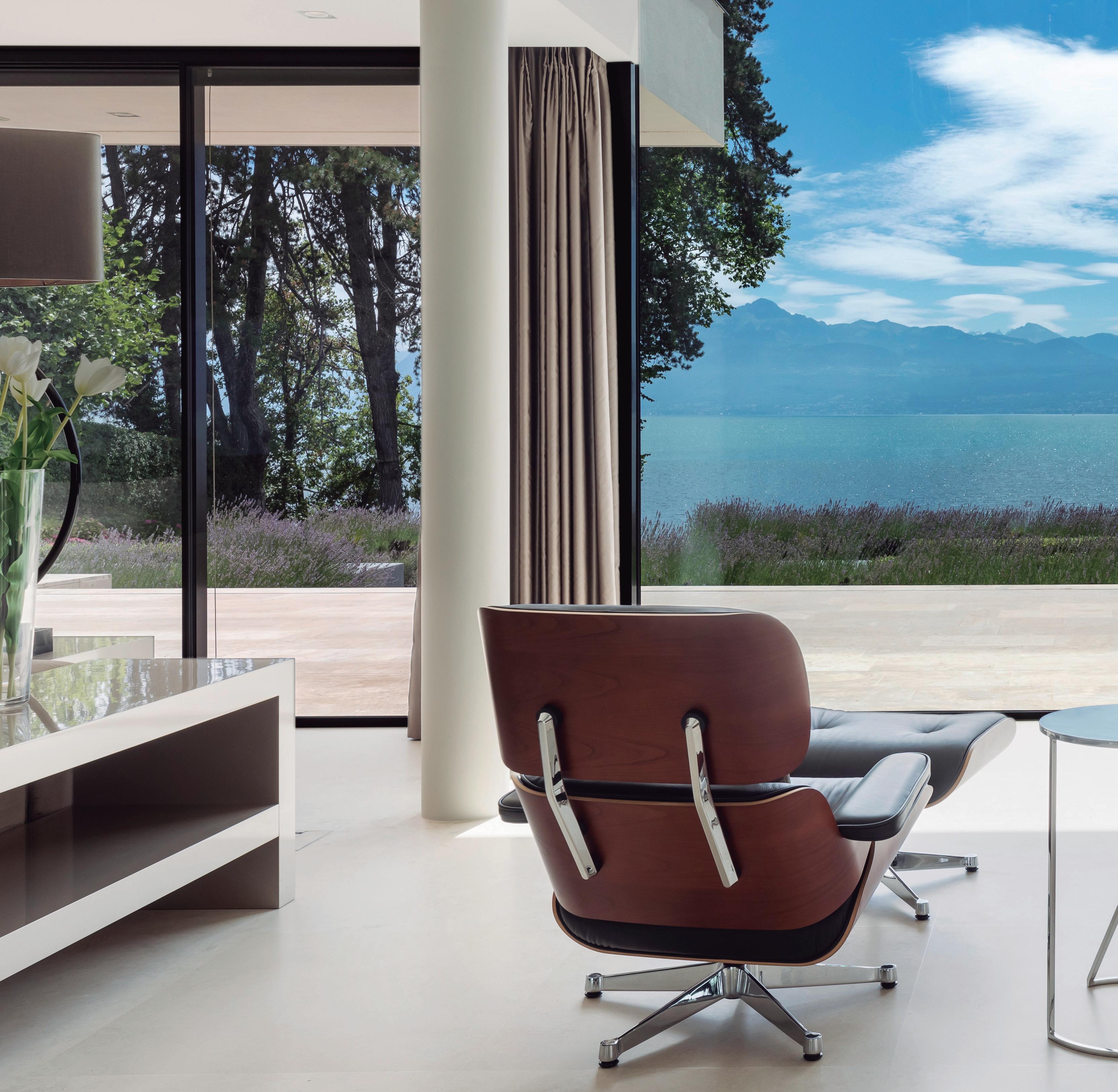
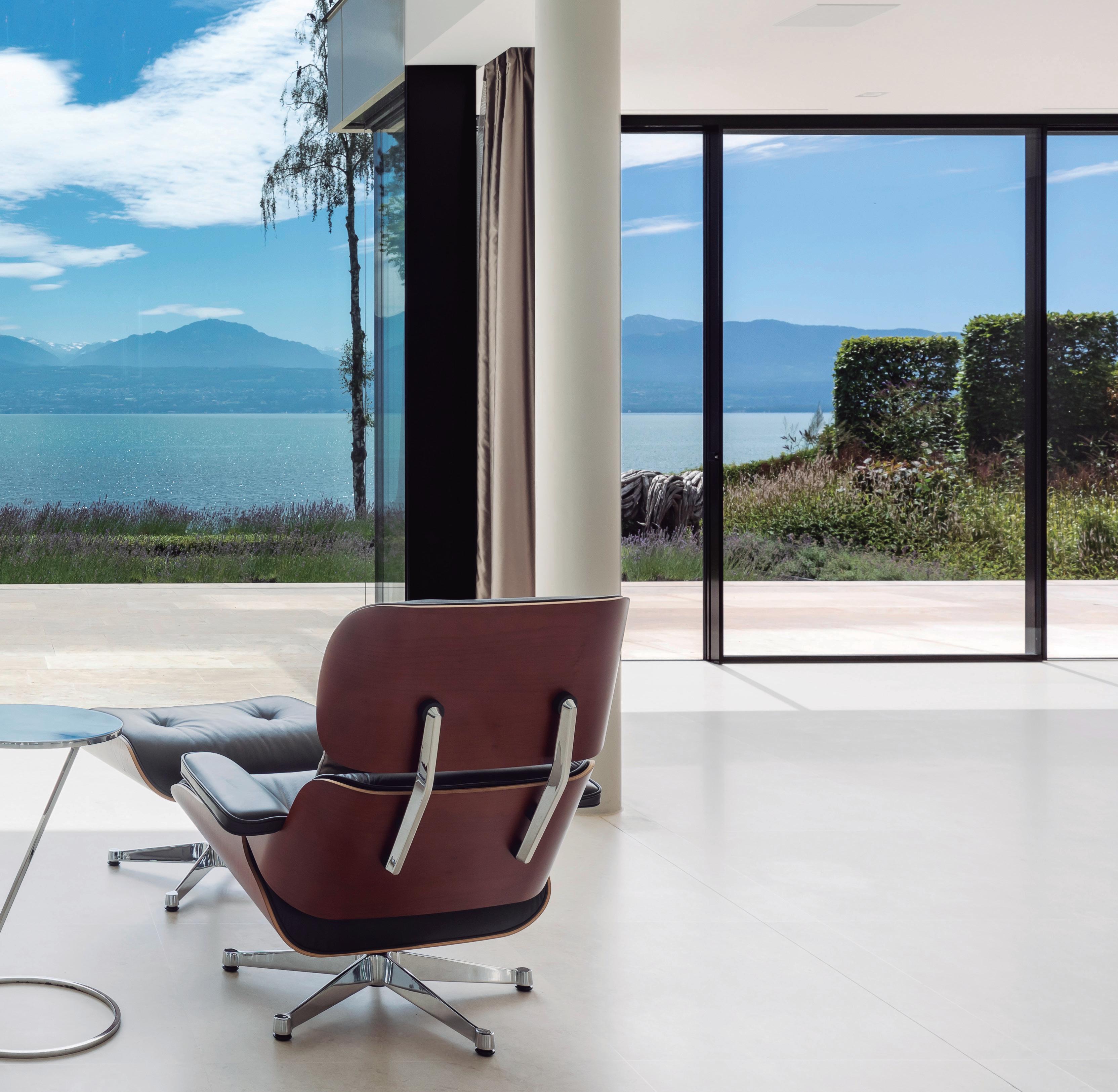
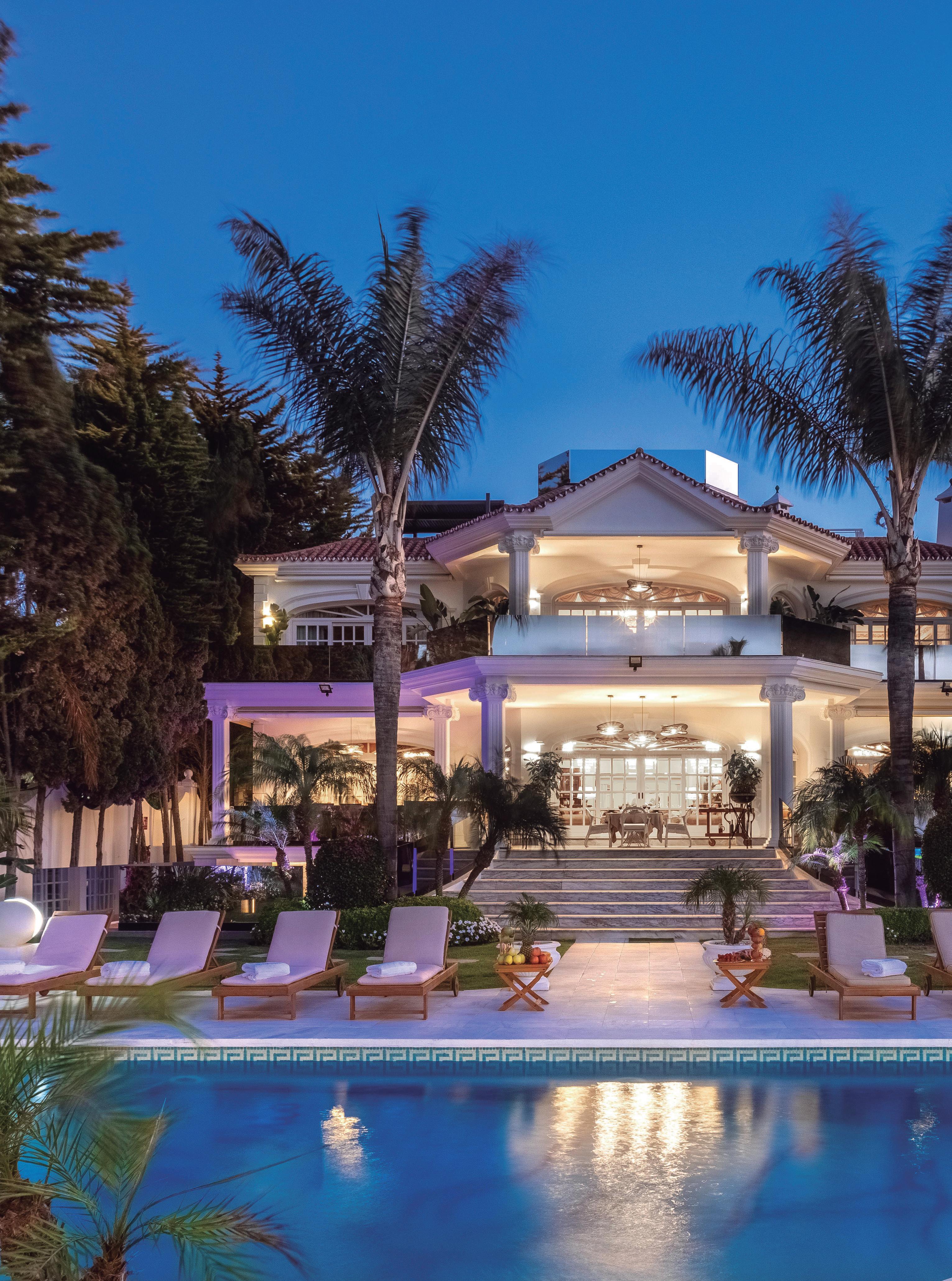

El Martinete is the kind of property that the reputation of the Golden Mile, Marbella’s most famous address – was built upon. Originally owned by flamenco dancer Antonio Ruíz Soler, ‘El Bailarín’, it lies within a beachfront location at the heart of Marbella’s most iconic setting, for it was here, within a stroll from the legendary Marbella Club Hotel, that an international jet-set of actors, aristocrats, business tycoons and artists first created the glamorous reputation that continues to draw people to these shores.
The gated mansion, which stands amid over 4.000 square metres of landscaped gardens, was built in 1965 and has hosted some of the most iconic parties and greatest stars the town has ever seen. The likes of Ava Gardner and Vivien Leigh were regular guests within a complex that includes a main villa, guest houses and staff quarters. The ten-bedroom mansion reveals opulent Baroque detailing over its 2.145 square metres of built space, which includes a private spa, indoor heated swimming pool and a rooftop deck with entertainment area. A rare beachfront estate of this kind in a setting such as Marbella belongs to an international elite of homes.
“This property offers a perfect blend of traditional charm and modern amenities, with a rich and glamorous history. It represents a link with the origin of Marbella as a fashionable place for the international jet set"

Antonio Ribes Rimontgó, Jávea SPAIN
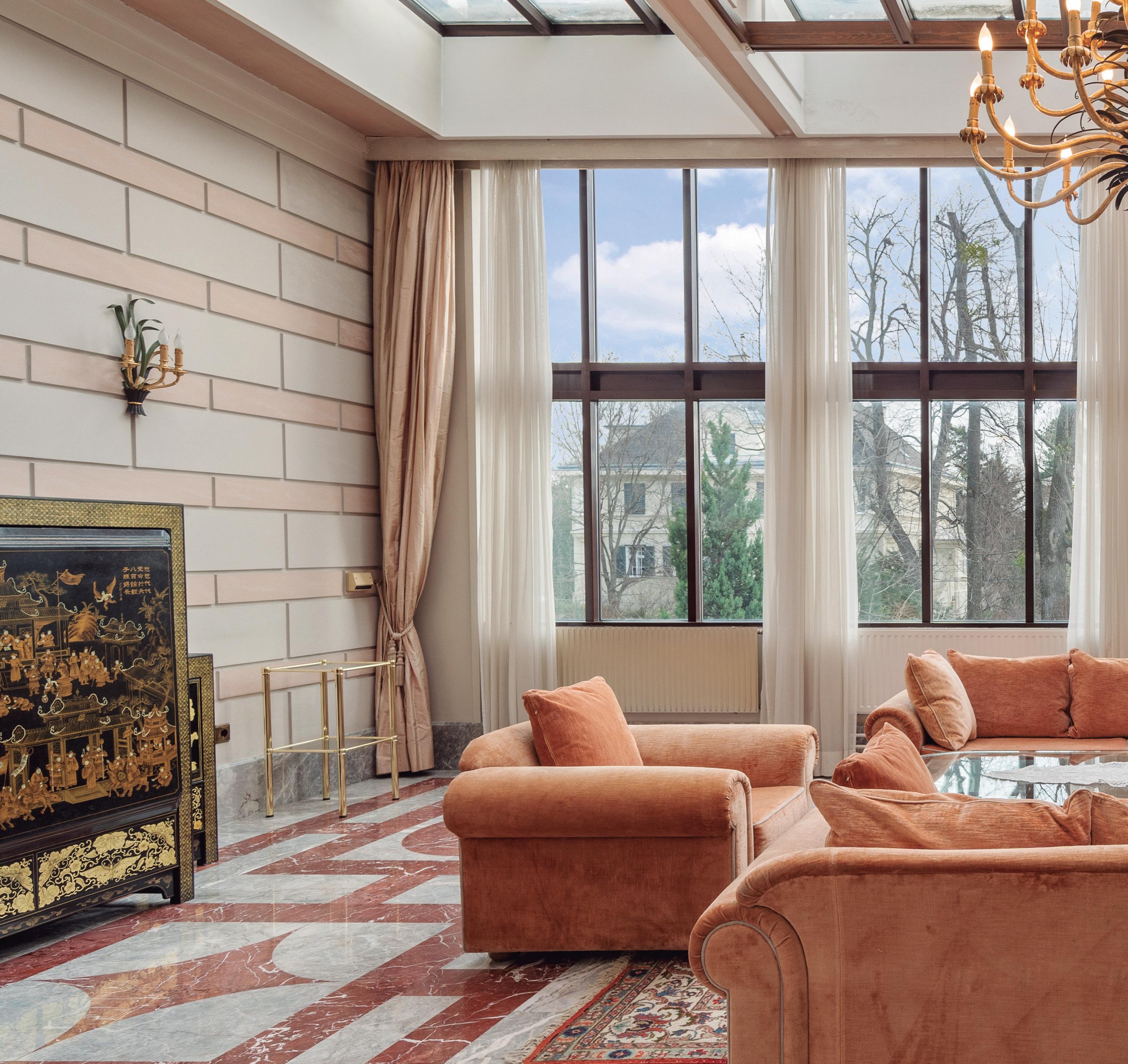
Döbling, in the 19th district of Vienna, is one of the most elegant residential areas in Europe. Within its heart stands a superlative private mansion dating back to 1863. Built in the Gründerzeit style, it is a masterpiece in elegance and refinement – classical yet with a flowing open-plan distribution that makes it remarkably wellsuited to contemporary living. The grand residence even features that most romantic of architectural features, a tower, which overlooks the gorgeously styled formal gardens that surround the property.
The classical masterpiece is fully up to date in terms of its technical infrastructure and comfort, offering a series of luxurious living areas as well as 18 suites reached by imposing classical staircases as well as lifts. The views over Vienna from the tower have to be seen, and this estate also features an indoor pool and wellness area that blends the best of romanticism and modern possibilities. The built area of 1.821 square metres stands upon a private domain of 3.253 square metres in the exclusive northern district of one of Europe’s most beautiful capital cities.
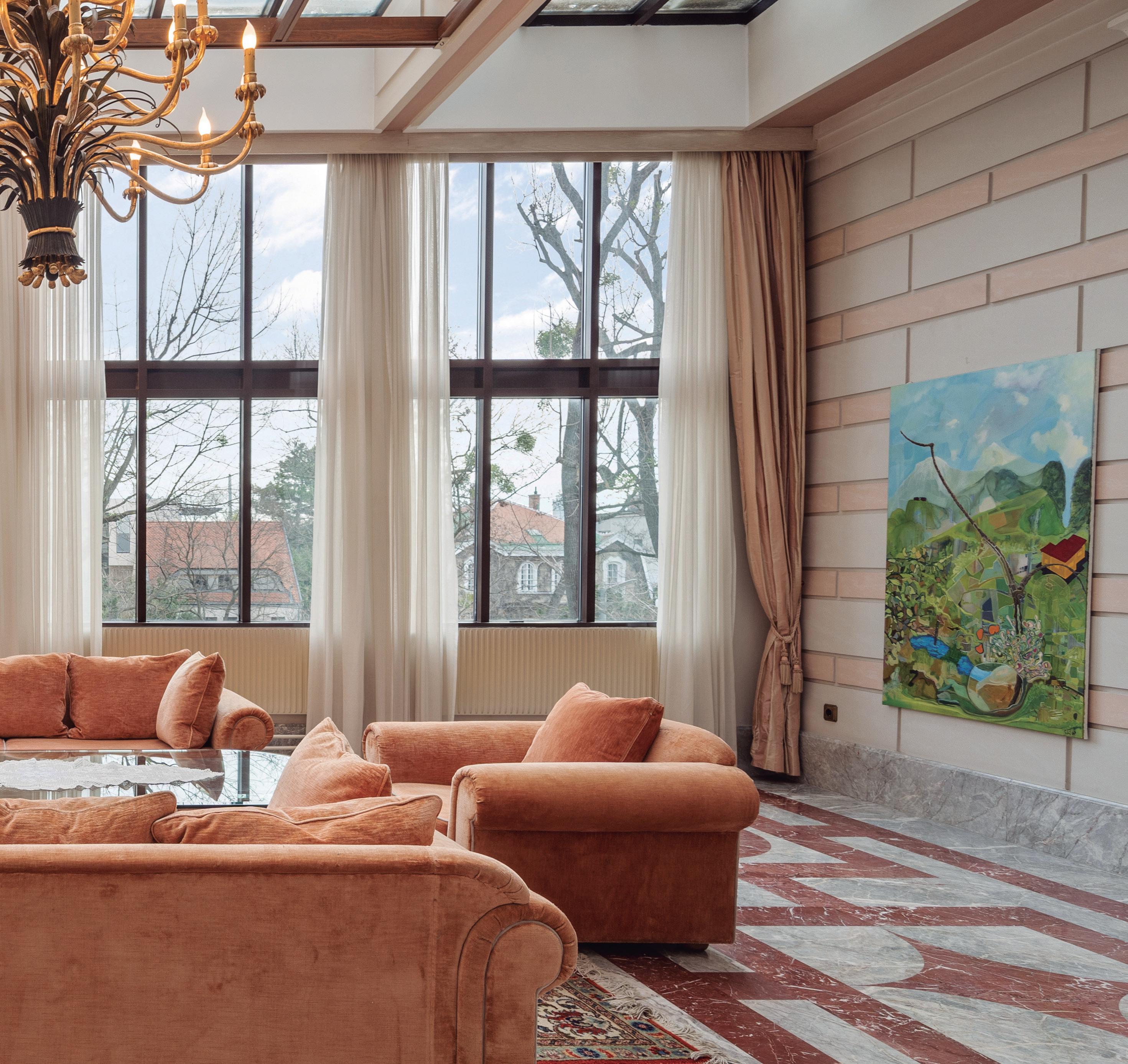
VILLA DELLA VITA, HYDRA – PLOUMIS SOTIROPOULOS
Quintessential Greek charm embodies this private mansion overlooking the picturesque harbour of Hydra on the island of the same name. This beautiful Mediterranean isle with its natural springs is separated from the Peloponnese peninsula a little south of Athens by a narrow strip of water – merging land and iconic Aegean beauty within one setting. The white villa is surrounded by green gardens that flow down a hillside slope. White plaster and stone make this the finest example of local architectural style and ensure the villa is authentic and full of charm. A modern villa is easier to find than authenticity within such a landmark setting, here amid 2.829 square metres of private greenery and a built area of 617 square metres. The valley stands upon a hillside position that provides commanding views over the pretty little town and the scenic beauty of the island and its coastline. The 50 square metre swimming pool is supplied with fresh mountain water that also feeds the property’s private wells. Villa della Vita is the ultimate embodiment of the Mediterranean summer

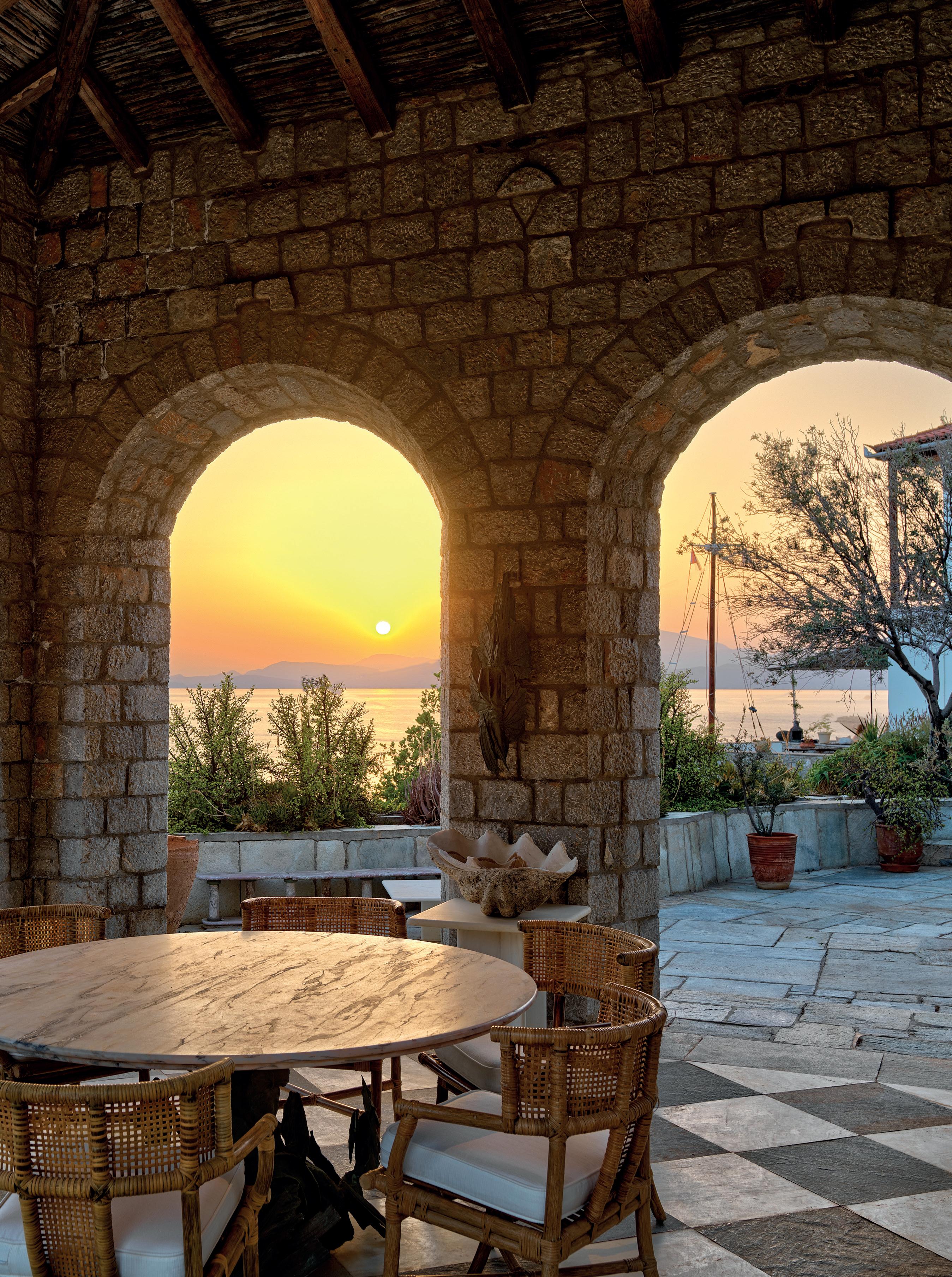
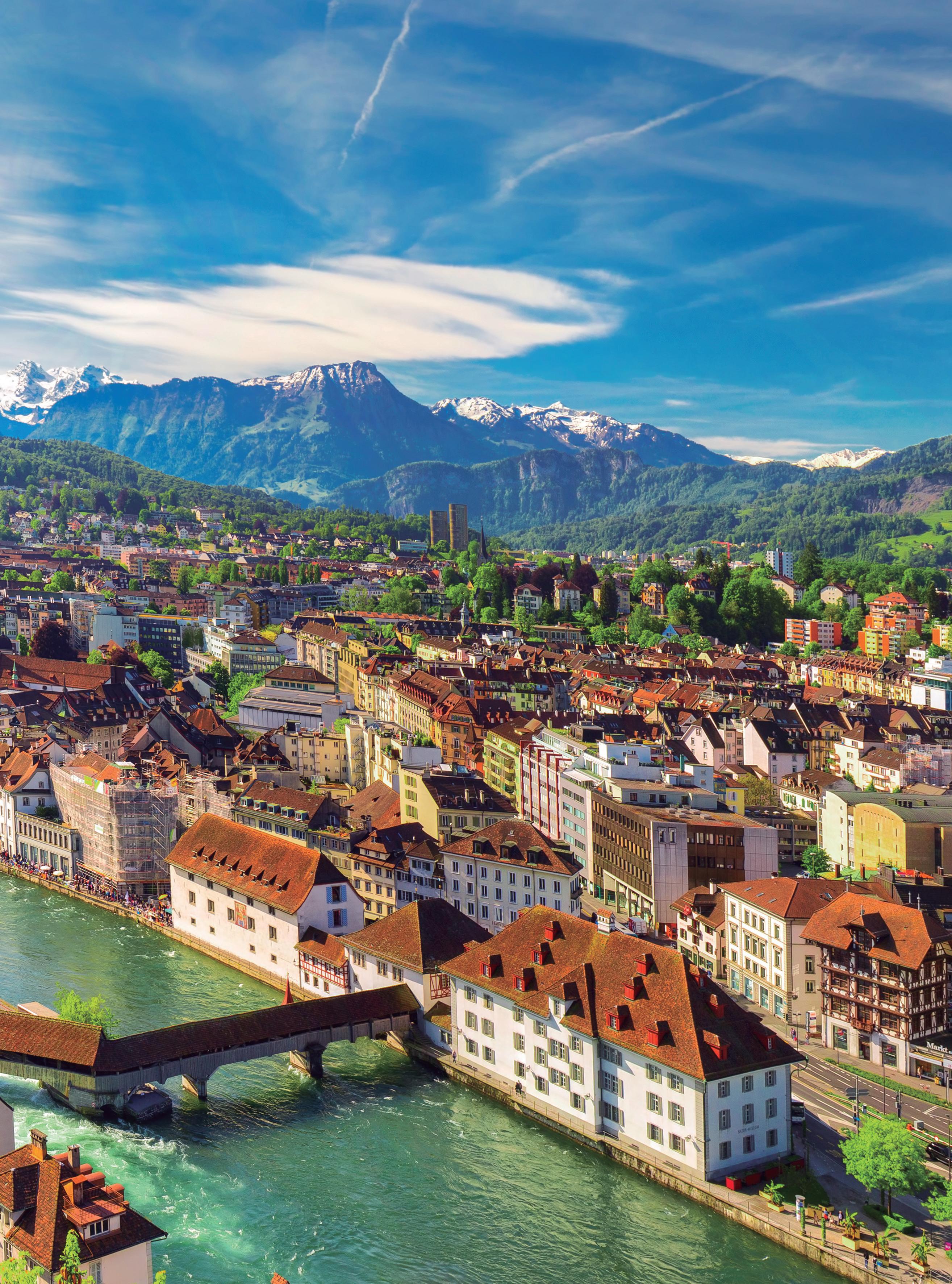
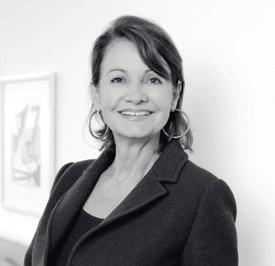
by Marianne Walde
Walde &Partners Immobilien AG
Zürich, Switzerland
In terms of lifestyle, what distinguishes living in the Lucerne region?
Lifestyle in the Lucerne canton balances urban sophistication with natural beauty, offering residents easy access to outdoor activities like hiking and skiing amidst stunning alpine scenery. The city's rich cultural scene, featuring historic landmarks and festivals, adds depth to daily life, blending city living with nature immersion.
When we think of Switzerland, we often associate it with a serene, clean, and efficient environment. However, is it a serious and monotonous place?
It is true that the Swiss are known for their discipline, punctuality and dedication to work. Indeed, the Swiss value of professionalism is among the highest worldwide. Whether it´s banking, watchmaking, or chocolate production, they maintain high standards. However, this perception varies from person to person. Some appreciate the stability and reliability, while many others seek more spontaneity and excitement.
Can you provide a summary of the real estate market in your area in recent years?
Lucerne's real estate market has shown resilience and growth, particularly in premium lakefront properties. Sustainable developments have also increased, reflecting environmental awareness. These trends create a dynamic market characterized by stability and quality.
How do you anticipate the real estate market evolving in the near future?
The real estate market is expected to continue expanding, driven by economic stability and a high quality of life. Luxury living and sustainability will remain focal points, with eco-friendly features becoming more common. As Lucerne attracts discerning buyers, the market will adapt to meet their preferences, ensuring long-term growth.
How different is Lucerne from the rest of Switzerland?
Lucerne, a charming Swiss city nestled in the heart of Switzerland, stands out in several ways compared to the rest of the country. While other towns may be focused on financial oriented business, Lucerne takes pride in being a luxury tourist hub with an influx of international visitors from around the world. Its privileged lakeside location offers a bustling nightlife. Whether you are looking for cozy bars, live music, or cultural performances, Lucerne has it all. Residents and visitors can also enjoy leisurely walks along the waterfront, take a boat cruise, or simply bask in the serene ambiance surrounded by majestic mountains.
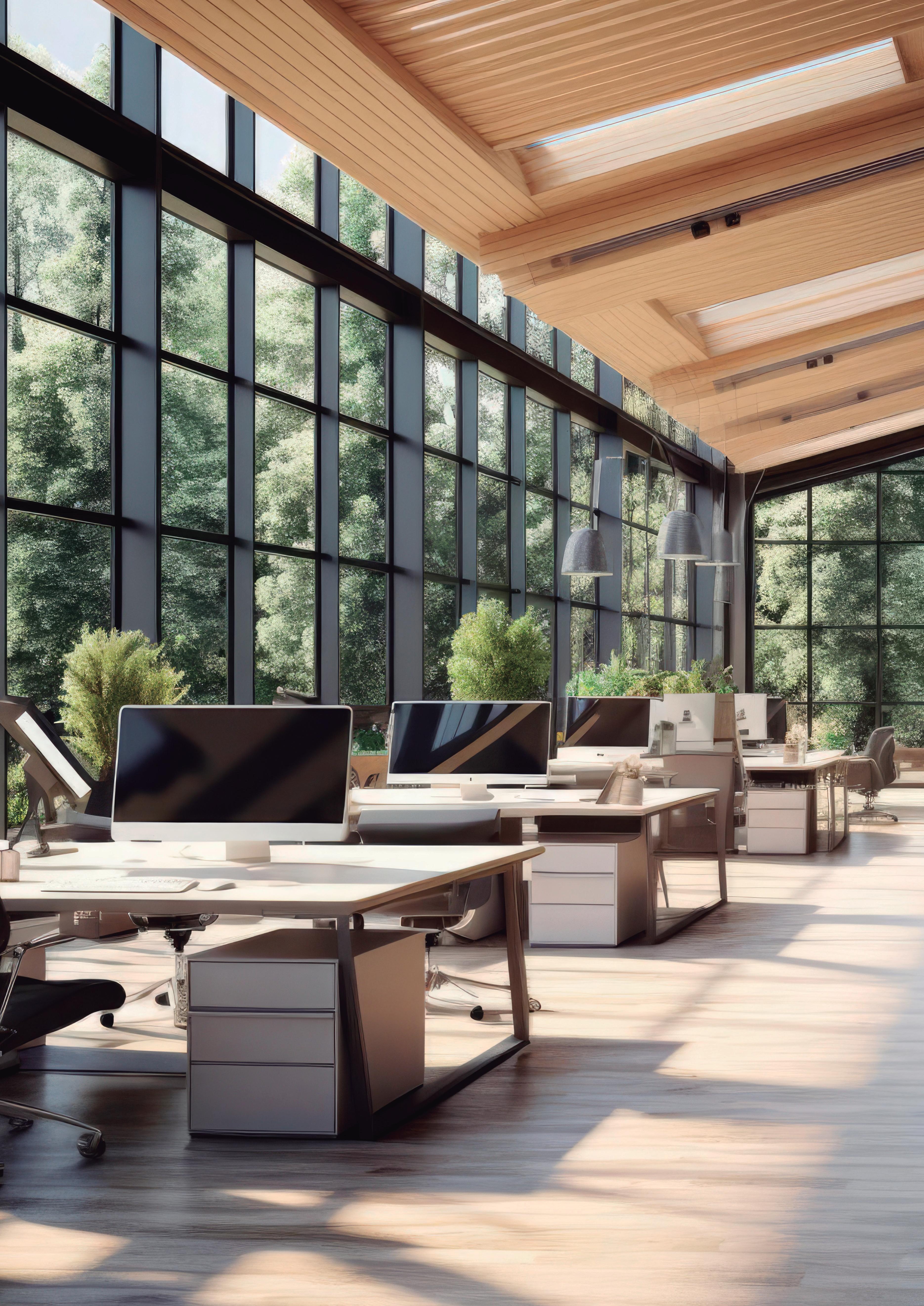
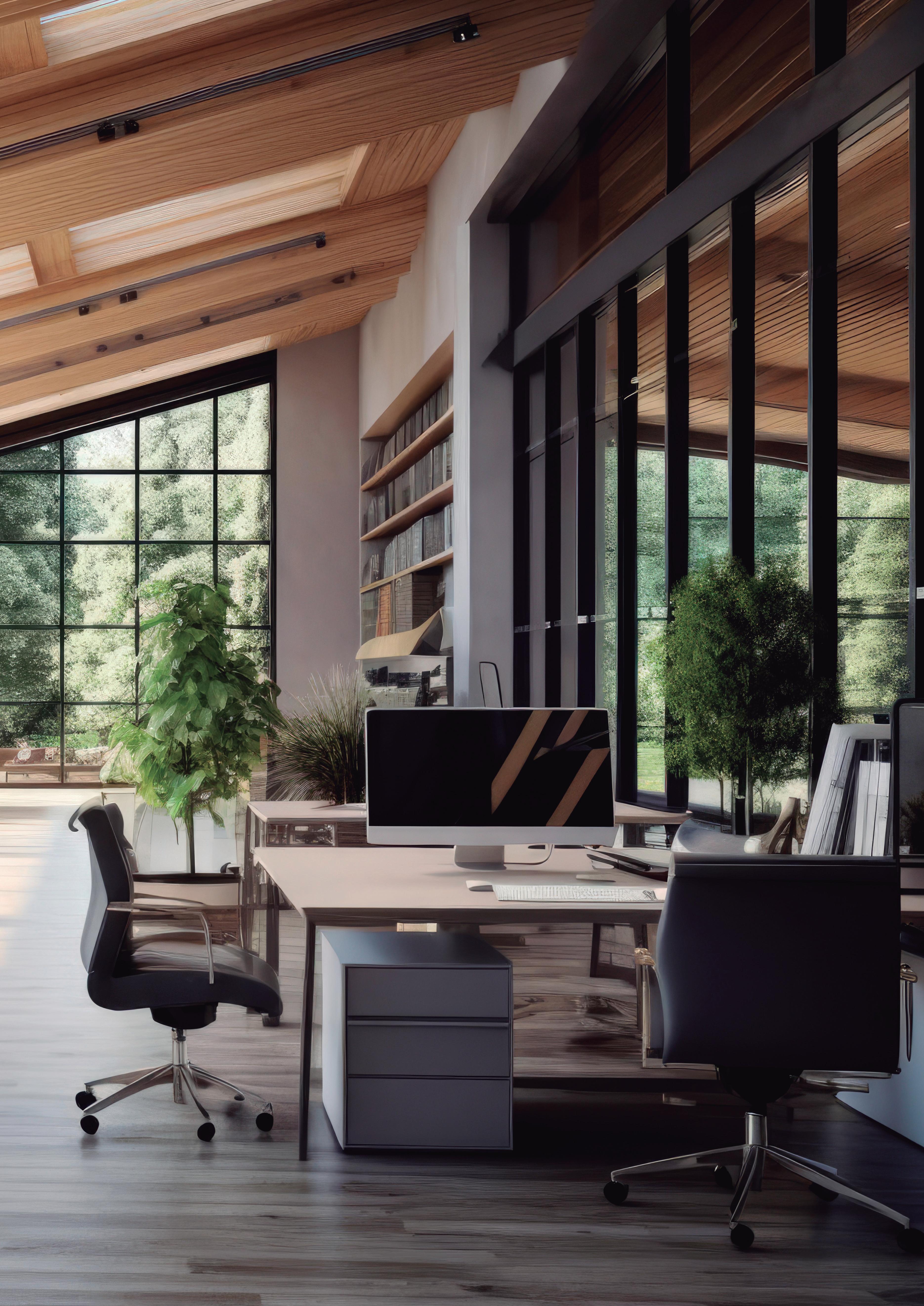
“Neuroarchitecture is a relatively new field that draws on neuroscience to improve architectural designs so that they don’t only look attractive and offer great functionality, but also take into account the human factor."
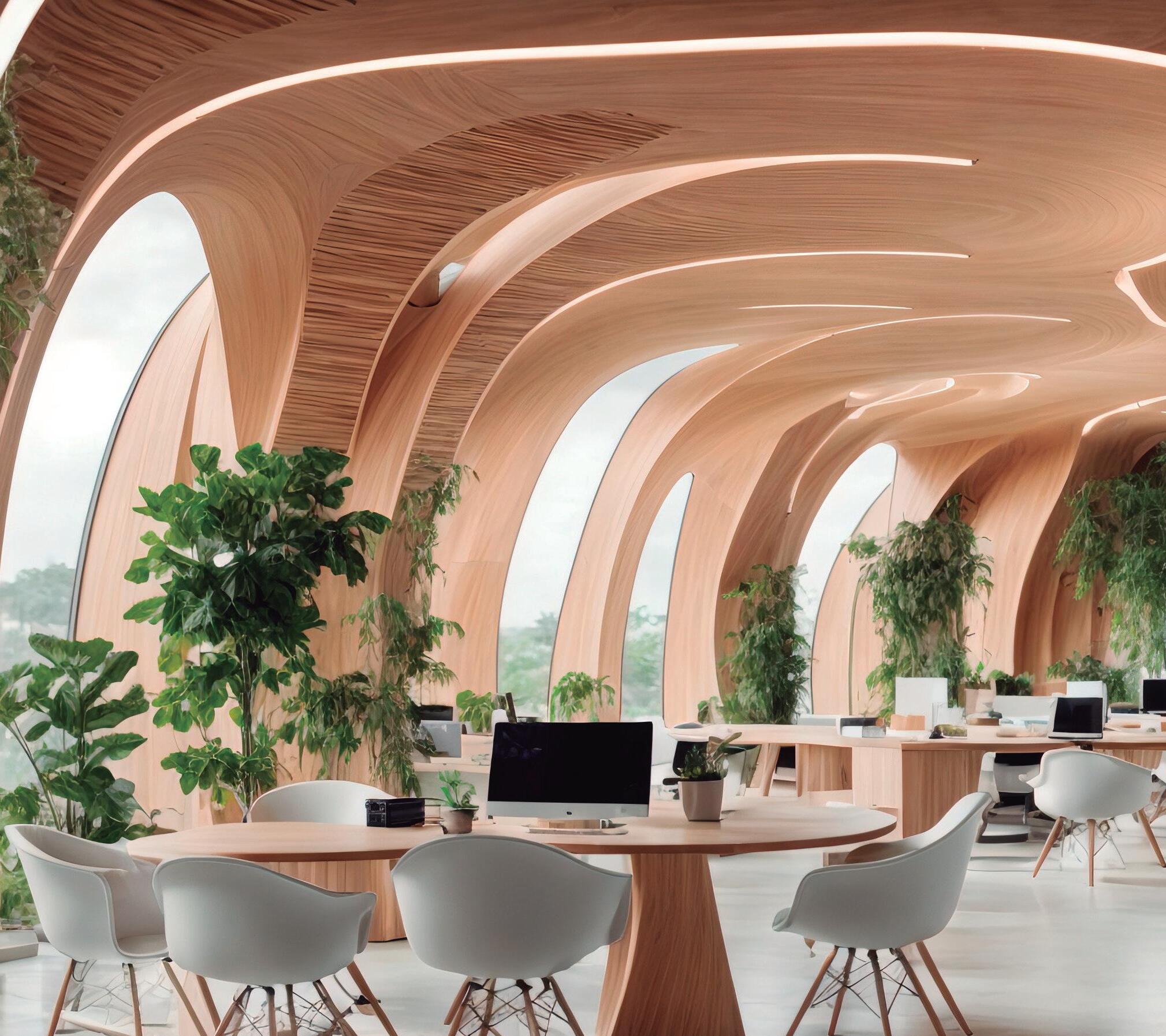
Many of the buildings in this world are eye-catching, but they can sometimes also be oppressive. Take skyscrapers, for example. Structures of this kind certainly qualify as impressive, but standing in a street surrounded by these giants makes you feel just a little insignificant. There are many other types of buildings that aren’t really that people friendly, as architecture has seldom focused upon how its edifices actually affect our wellbeing.
In fact, for most of history there has been a distinct parallel world of ‘house building’ – in the form of creating dwellings that provide shelter – and specifically designed edifices. The latter have generally not been made to make the vast majority of humanity feel comfortable or at ease. Quite the opposite in many cases, as very often their exact purpose was to project the power of the king, the state, the predominant religion or, as in the case of skyscrapers, large corporations.
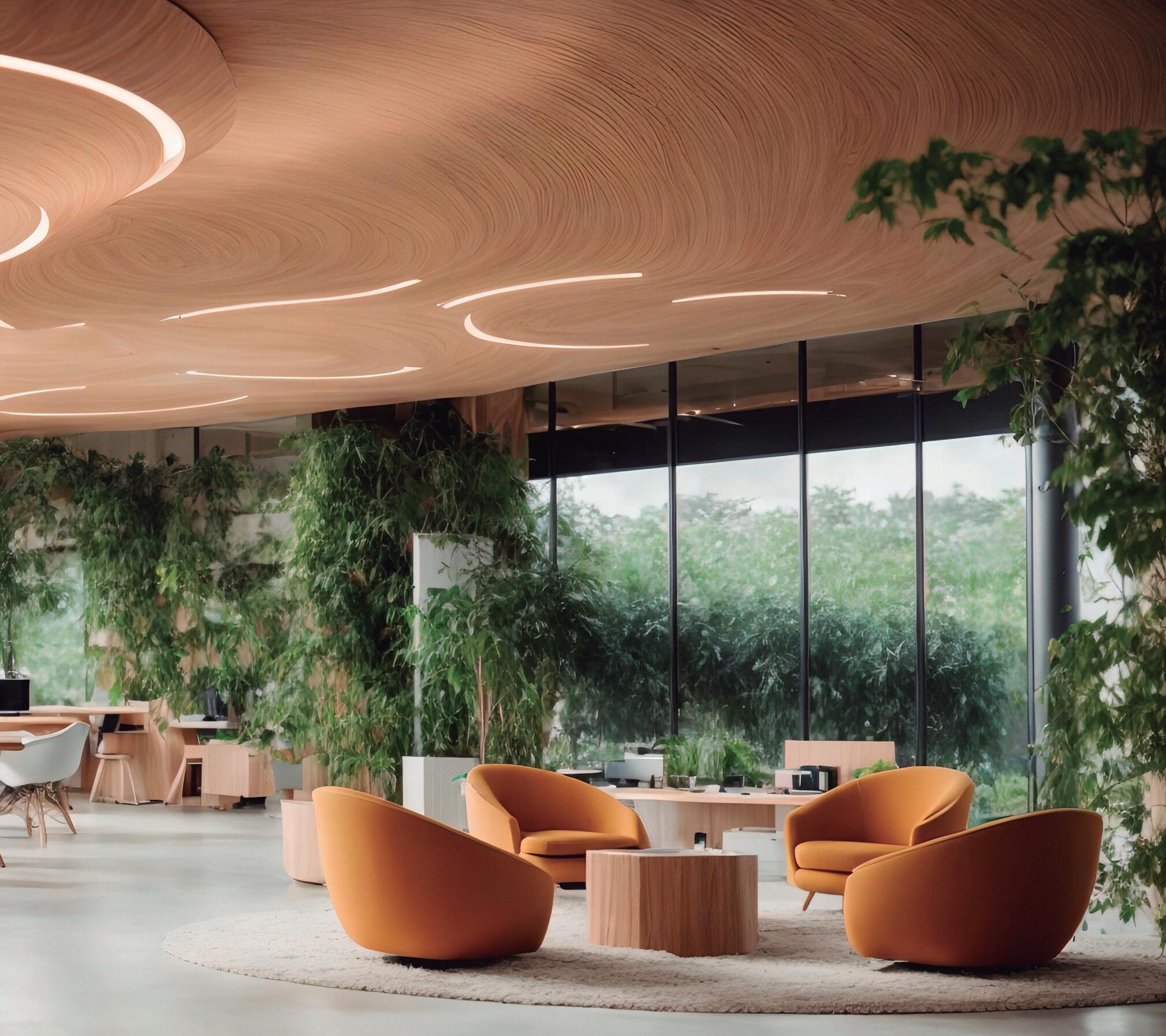
Well, that’s about to change. It looks like we’re about to enter a new and rather ground-breaking era in which public and commercial buildings as well as the places we work are set to become increasingly designed not just to look good and impress, but also to be enjoyed to the full. In other words, structures that adapt to us instead of the other way round. It seems logical, but actually represents a rather dramatic departure from millennia of architectural practice.
At the heart of this change is a renewed alliance between art and technology that unusually also takes a particularly close look at the human factor, as architects are beginning to discover neuroarchitecture and integrate it into the designs being created for anything from private homes and offices to shops, restaurants and airports. “We use neuroscience to research the impact that buildings have on people’s mental and emotional wellbeing, and how adaptations in design with regard to lighting, spatial layout, the choice of materials and tones, as well as views can improve our mood, health and productivity,” says Pablo Villarroel of architects Villarroel Torrico.
Applying the principles learnt from this kind of research gives architects new insight and enables them to create designs that are more attuned to our actual needs, and this in turn results in structures – be they, offices, schools, commercial premises, leisure facilities or indeed private homes – that make us feel better. “If well designed, such buildings enhance rather than reduce wellbeing, reducing stress, improving creativity as well as productivity by allowing us to focus better."
Sustainability is another factor that can be consciously incorporated into the design through more efficient use
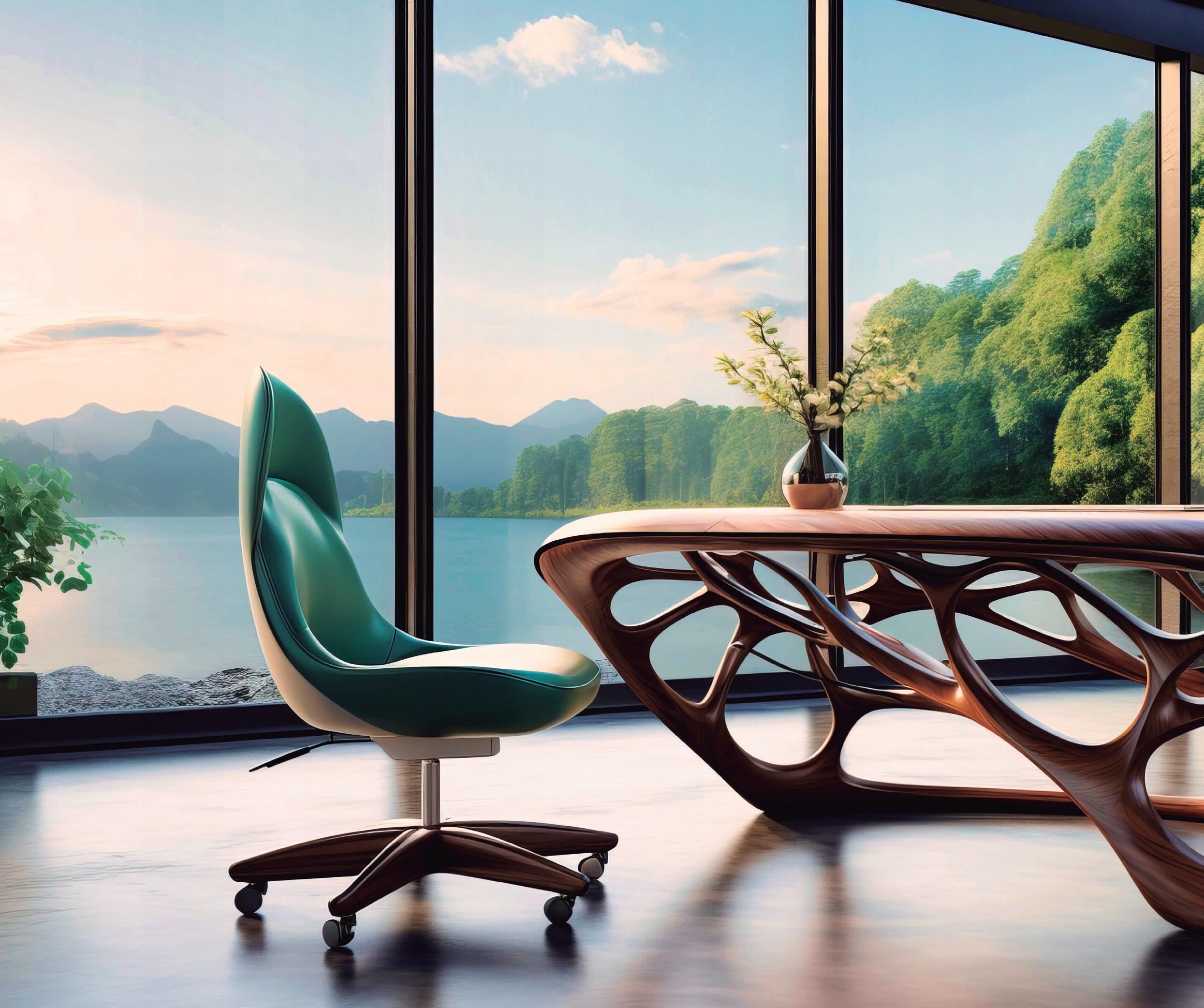
of resources and the positive effects of natural light and materials. Today’s specialists in this field are among the first architects to incorporate this type of thinking, and it shows in a new generation of styling, layout, orientation, spacing, landscaping and even the ventilation and acoustics of the homes, commercial spaces and leisure areas they create. While focused especially. upon impacting the experience that interior spaces provide, neuroarchitecture naturally affects and changes exterior design, and in so doing has the potential to collectively impact urban spaces on a larger scale, and eventually change the towns and cities we work and live in.
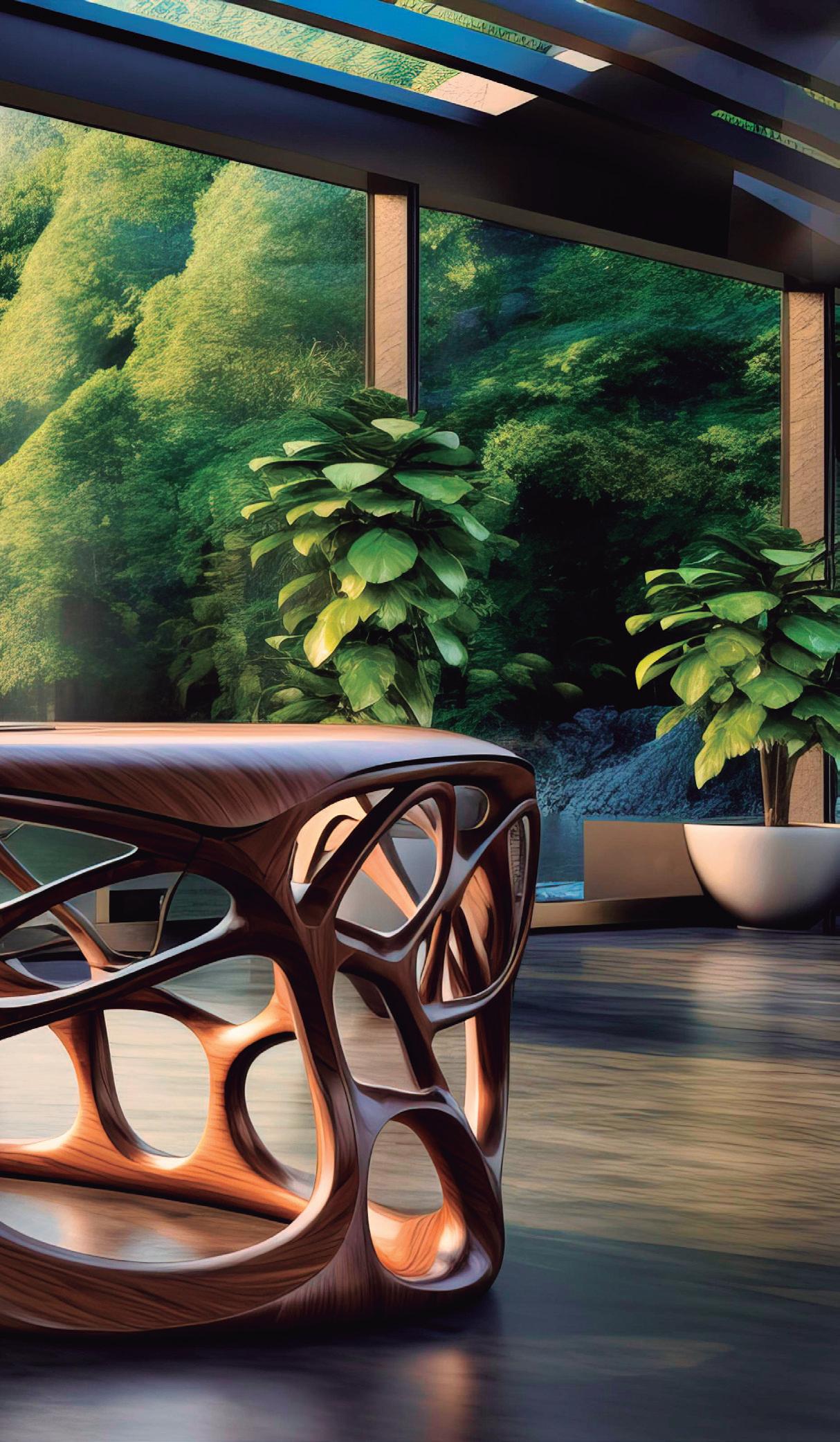
“Natural light and attractive visuals in the form of views and greenery are vital elements in making people feel at home, comfortable and happy. Achieving all the above can be challenging but it is quite possible. Our task is to balance form and functionality, use tones and materials that evoke positive emotions, maximise natural light and indoor air quality, and create spaces that promote social interaction and privacy as needed.”
“Neuroarchitecture is an emerging field that combines neuroscience and architecture. It aims to understand how built environments can influence our emotions, behaviors, and cognitive abilities"
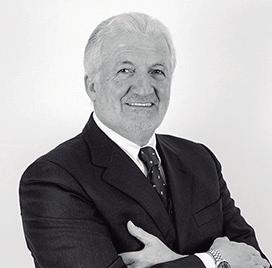
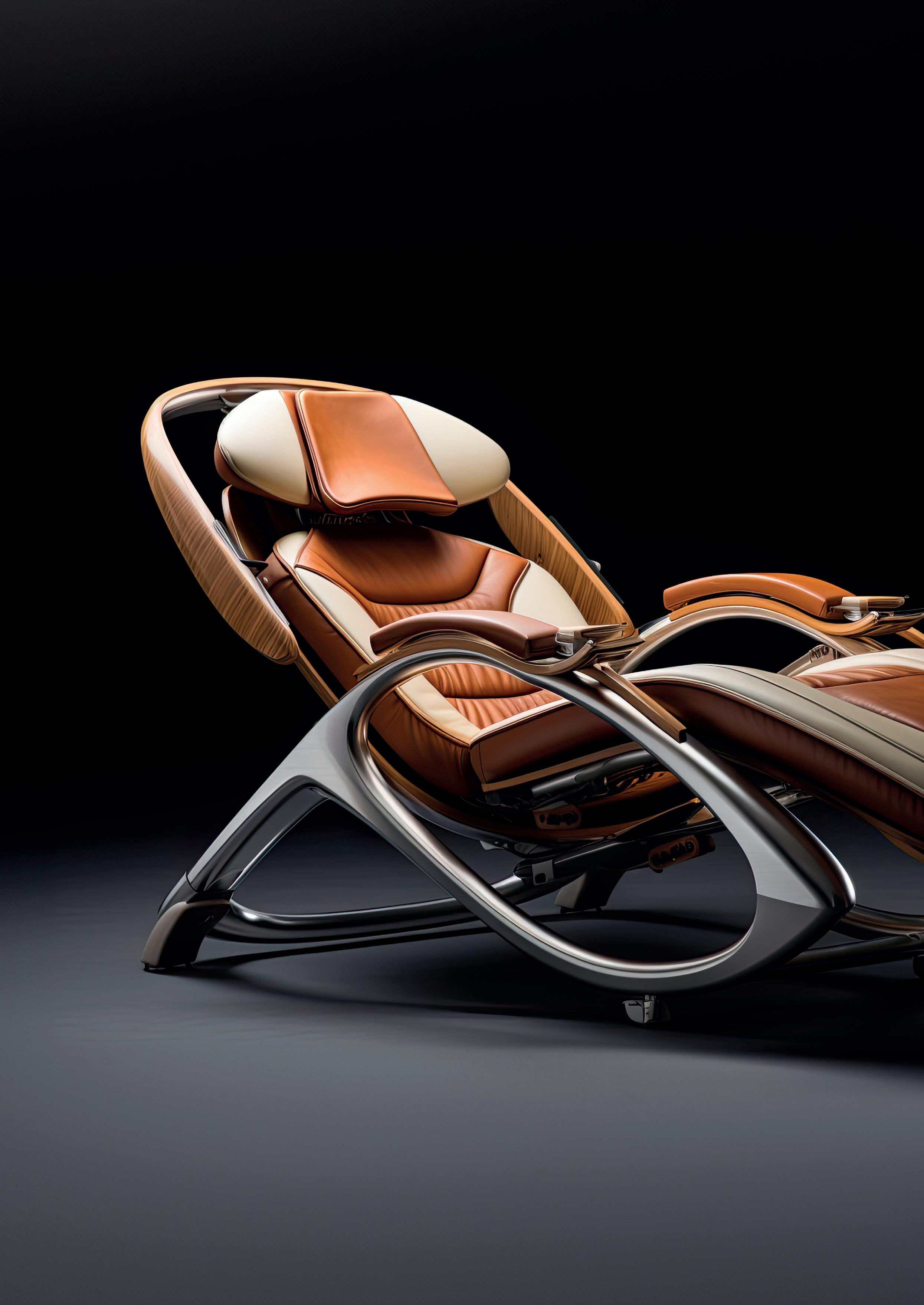

Neuroarchitecture is likely to continue to evolve and transform the field of design, advancing it with enhanced use and sophistication of technology, all of which will provide architects with more data and tools to create homes and buildings optimised for both communal and personal use. Increasingly, sustainable technologies will be central to this, but it will also affect urban planning and healthcare as part of a drive to make our urban spaces healthier and more people friendly, with a focus also on safety and ensuring that women feel comfortable – something that has sometimes been sorely lacking in anything from underground carparks to dark alleyways.
“Our practice is already moving in this direction now, with a clear focus on user experience and wellbeing that increasingly influences our architectural projects.”


First there were machines that moved things without a human hand. Then there were machines that processed things without a human brain. Now artificial intelligence is making it possible for ‘dumb’ machines to become ‘smart’ and ‘learn on the job’. Is this a new era of comfort and convenience, mass unemployment, or is Elon Musk right and should humanity fear the potential enemy it is creating in our midst?
A machine was originally made to move certain parts if you powered it through electricity or a fuel source such as petrol. This applies to cars throughout most of their history. Then came computers that processed complex binary calculations and gave birth to the electronic and digital ages, when automated systems appeared capable of a wide range of activities without even requiring the presence of humans – other than creating, programming and maintaining them of course.
Programming is at the heart of this world, with coding at its core, but with AI we’re now taking a step beyond, and through the proverbial looking glass. You see, the programmers and engineers have got so good at what they do that they’re not just coming up with ever-smarter equipment, but actually machines that learn. In other words, that have
access to a stored database of knowledge, search the internet for new and updated reference material, and even evolve their own know-how as they go along.
Until now this, along with reading text and understanding spoken words, was a human domain, and therefore the feature that made most jobs in the world human specific. However, what good is it studying for years and becoming an expert in what you do if a machine could soon be taking over the role of a lawyer, surgeon or even a coder. Just as it opens up a whole new world of possible applications that could, in theory, serve mankind very well, so AI also has the power to destruct. In fact, it could conceivably destroy the world we know, from our jobs and livelihoods to our very lives if we’re to believe some of the most dystopian sci-fi movies that predicted this very conundrum some time ago.
AI is much like a supercomputer that sucks knowledge from the Internet to inform itself, learn and apply that know-how into a very wide range of functions. For now,
they mostly centre upon writing, translating and image recognition skills – as per ChatGPT or AI art – but there is more to come. We’re already familiar with the handy but also sometimes rather creepy devices (Siri, Alexa etc) that respond to voice commands and sometimes even appear to be ‘listening’ to our conversations. Such has given rise to more than one conspiracy theory about ‘Big Brother watching us’, but even apart from this possibility, the idea of machinery acquiring humanlike abilities is potentially disconcerting.
It won’t take long for machines to outperform us, so how much career security is there for the bulk of us?
I’m not a doomsday prophet saying this is imminent, but what motivation do large corporations have to hold on to ‘expensive’ staff when they can invest in equipment that will work 365 days a year for free? Well, apart from the initial outlay of millions or billions of dollars, as the case may be. Naturally there are some repetitive jobs we will not be sad to see disappear, but when AI begins to look and act increasingly human, even the final job security we can hold on to – i.e., the personal touch of human service – can become obsolete too.

The economics of AI is therefore tied into something that we’ve seen in action since the 1970s – namely economies of scale and cost reduction. In the short term, major corporations ranging from manufacturers and retailers to distribution centres and hotel chains will want to minimise costs and maximise profit margins as they have been working hard to do for decades now. This has already involved automation and lay-offs, endless marriages between large firms that fold into one another to form giant corporations, and the shifting of production to cheap labour centres such as China and Vietnam. Now that the latter option is becoming increasingly less plausible, AI looms big as the salvation of corporate profit growth.
It is true that every time there has been a similarly Schumpeterian example of Creative Destruction threatening to sweep away entire job sectors, something new has come along that has created better jobs. However, that premise was always built upon moving upwards thanks to better training and expertise, such as from farmworkers to factory workers and up to office staff and trained professionals. With AI applying reasoning, natural language processing, problem solving intelligence, arti-

ficial neural networks, statistics/probability, economics, medicine, engineering, psychology, philosophy, neuroscience, physics and so much more in a single machine/ moment, it’s hard to see how we can avoid arriving at the cul de sac of mankind’s career path.
Andy Kelly @Unsplash
In the future, you never know who you’re sitting next to
“Naturally, there are some repetitive jobs we will not be sad to see disappear, but the controversy will arise when AI begins to look and act increasingly human"
AI can be fantastic if properly applied. In fact, it could have the potential to mark a point in human history and change it for the better, making possible a better balance between work and life, but things seldom work out that way, and for this opportunity not to be missed we need a healthy social contract to be in place, yet that is exactly what has been disappearing for the past half century.
For this reason, we need to regard AI not just with the frothy excitement of a teenager examining a new computer game, but with the weariness of those forewarned that all of this new technology could just maybe wreak economic havoc, political instability or get totally out of hand and begin to resemble a 1990s sci-fi movie if we do not devise a big picture plan, and soon.
Just recently, there has been a lot to do about the miraculous recovery of priceless stolen artworks. Most point to one man, Arthur Brand, the artworld’s super detective.
Most classic paintings worth anywhere between several thousand to tens of millions of euros – or more – are kept safe with painstaking care. They are locked in the vaults of private collectors, hang in heavily guarded palaces and/or are located behind bullet-proof glass in the world’s leading museums. Even so you would be amazed to know how many have been stolen over the years – and continue to be taken even now.
Admittedly, the thieves who embark upon such a daring undertaking have to be dedicated, organised and above all smart, and some have been so good at their ‘job’ that they’ve stumped and outsmarted entire police forces and respective detectives for decades. Until recently, that is, for out of the ranks of the art dealers has come someone with the knowledge, tenacity and sleuth-like smarts to turn the tables.
Arthur Brand has been so successful in retrieving stolen artworks of importance that he has become known as the super detective of the artworld. Such is his growing reputation that for some he is like an adventurous character – the Indiana Jones of the art fraternity.
How did it come to be that an art historian and dealer in antiquities has evolved into the foremost investigator in the world, someone capable of outdoing any collection of police departments and private investigators? The insurers of priceless art don’t care too much, they merely love this affable expert from Deventer in The Netherlands for the results he produces, for when the police cannot solve a case it is the specialised art detective they turn to.
“Others call me a detective,” says Arthur, “but I don’t really see myself that way. I think of my work as being intricately involved in art, and yes, I have gradually and

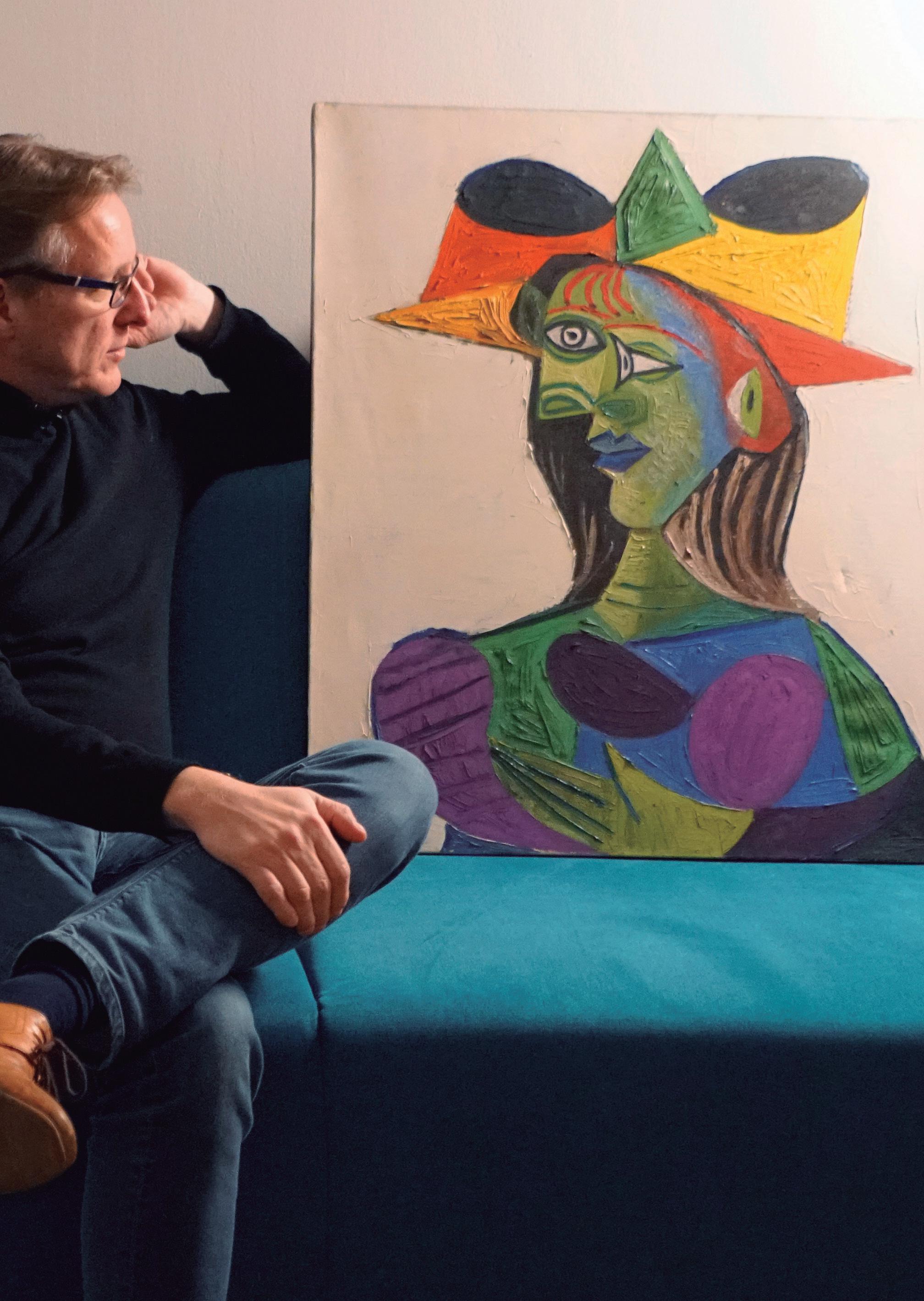
more or less by coincidence moved from being an art historian and dealer to becoming an investigator, but it was something born out of a lifelong love of art and fascination with the cases surrounding the disappearance of major pieces. I guess I just love a good brainteaser.”
Brand’s career didn’t originally set him on this path. After graduating in history and Spanish, he moved from The Netherlands to immerse himself in the language and cultures of Spain and Argentina, later returning to Amsterdam where he became a part of the Dutch capital’s well-established world of antiquarians and art dealers. “I loved being surrounded by beautiful works of art that carried so much history and meaning,” but he soon found out there was a darker side too.
“Anything that has great value attracts the dark side of human nature, and art is a fine example,” says Arthur. “How-
ever, because it is generally very difficult to make away with heavily guarded priceless art the criminals involved tend to be highly intelligent and knowledgeable. Sometimes we can’t help but admire their ingenuity and audacity, and it was exactly that which got me so fascinated by the great art heists.”
He began to study them, old and current, delving deep into the detail, the reports, media coverage and also the cases that were successfully concluded with the recovery of the art and/ or the apprehension of the thieves. “Working back, I began to recognise some patterns, get an idea of how these criminal minds work and where they can, and often do, make mistakes, however small.” It has been a fascination that has led to Arthur Brand becoming the most successful art detective in the world, credited with dozens of high-profile recoveries with a collective value in the tens of millions.
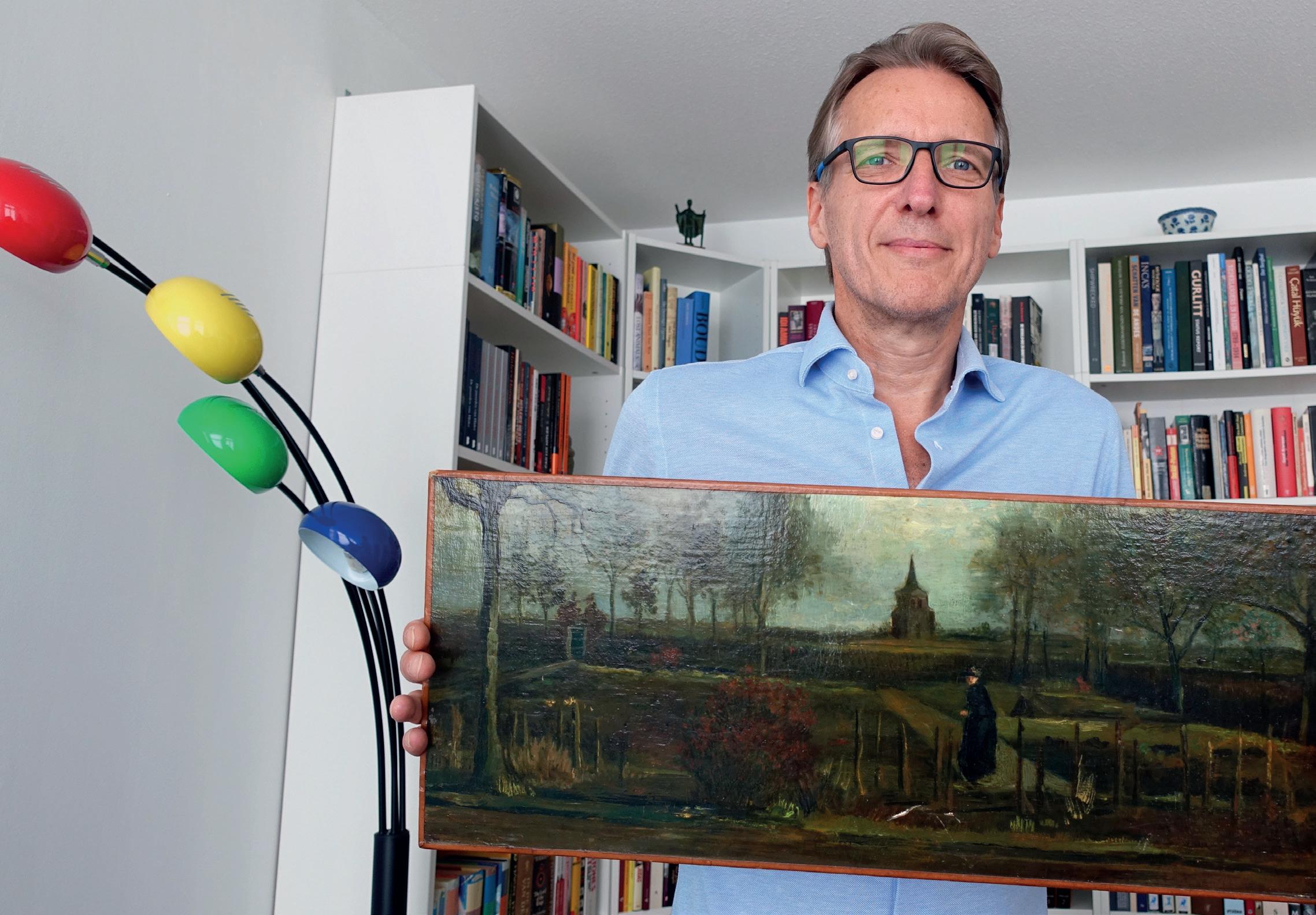
“It made me a favourite of the insurance companies, art lovers and museums, but not with the fraternity of thieves and undercover dealers, so I realised I was hitting home when I started to receive threats.” Undeterred, he continued his work, blessed with a knowledge of his subject, an analytical mind and an eye for microscopic detail that together have seen him recover works as diverse as a 1600-year-old mosaic, a Byzantine religious painting that had been missing for over 40 years and Salvador Dali’s ‘Adolescence’.
Add to that Oscar Wilde’s ring, van Gogh’s ‘The Parsonage Garden at Nuenen’, Picasso’s ‘Buste de Femme’, Tamara de Lempicka’s ‘La Musicienne’ and more recently historic art taken from a museum in Hoorn, and it becomes clear that Arthur Brand is himself a treasure to the artworld. When not tracking down stolen art – as is currently the case with Frans
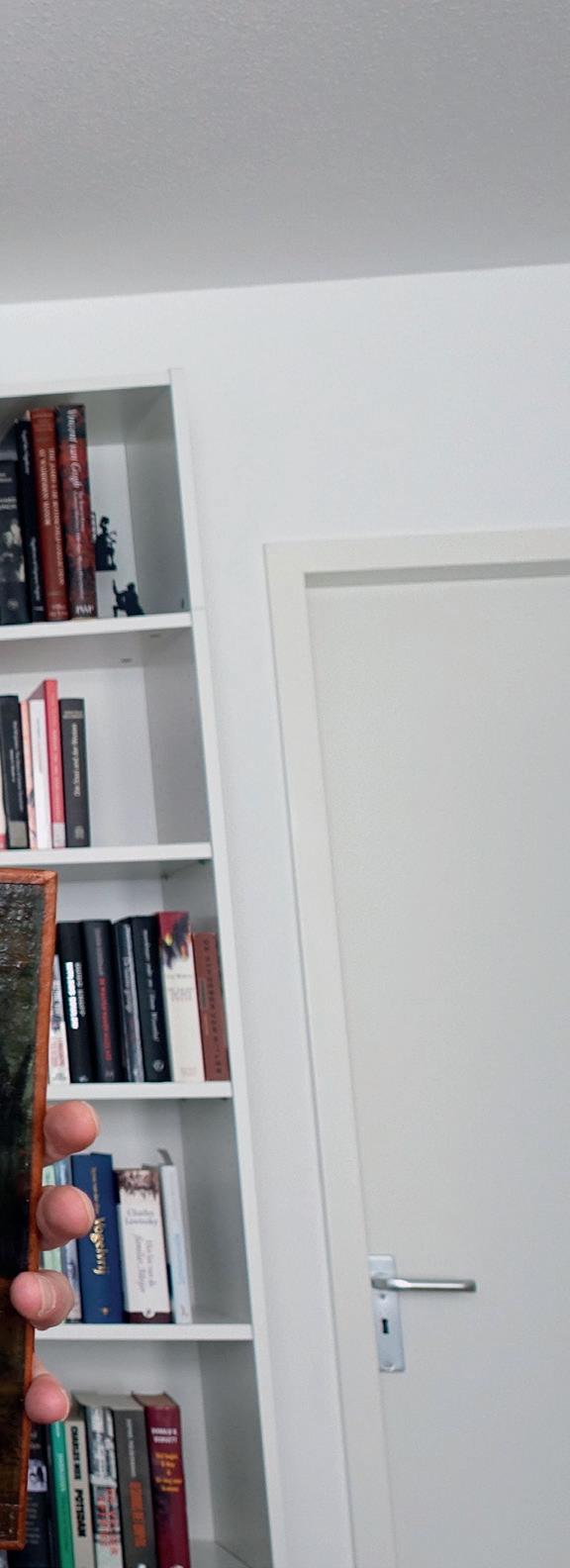
Hals’s ‘Two Laughing Boys’ – he buys and sells pieces, gives lectures and writes books, such as the one inspired by his discovery of bronze statues believed to have been destroyed when Soviet forces entered Berlin.
The book, ‘Hitler’s Horses’, tells the story of Arthur Brand’s most unbelievable discoveries, all of which had their origins in his time in Spain, when he joined a group of Gypsies on a treasure hunt and found Roman coins. “It was so exciting, that was when my fascination with this line of work really began,” says the man who has singlehandedly solved more art heists than entire police forces. “I feel there is more left in me.” Indiana Jones’ isn’t ready to hang up his boots just yet.
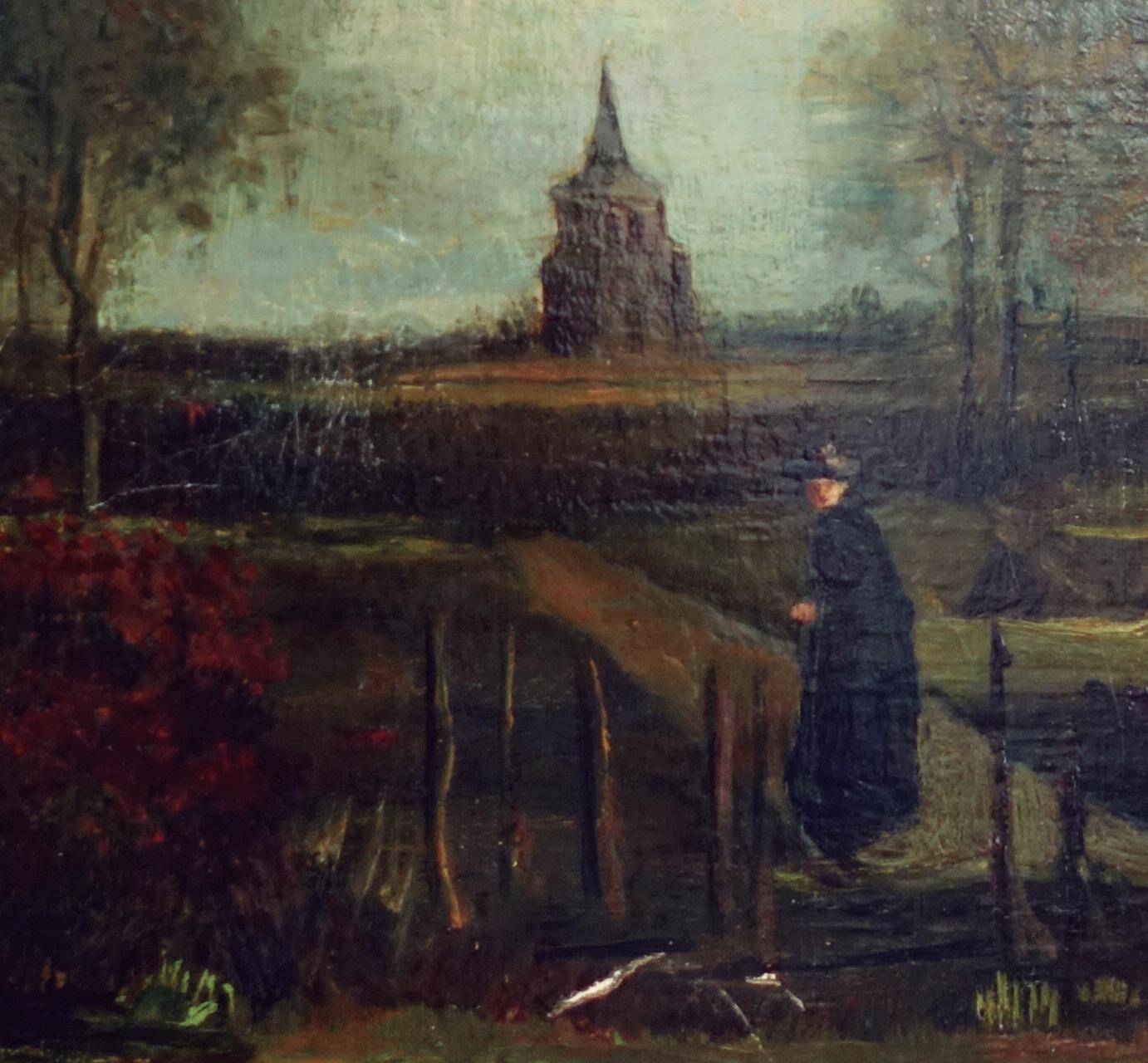
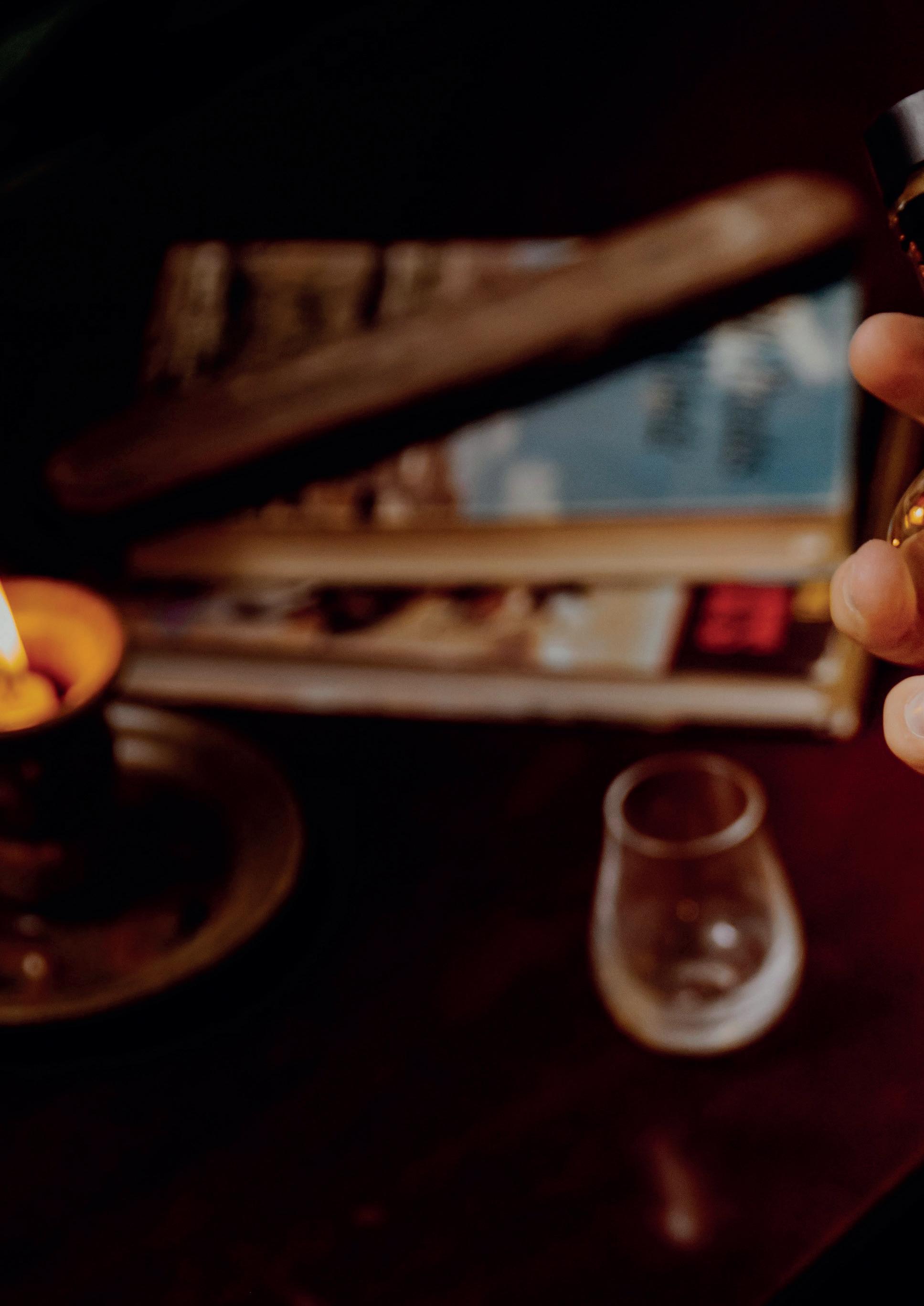
We know whiskey as the ultimate Scottish drink. In fact, it is so intricately entwined with that nation’s cultural heritage that it’s also called ‘Scotch’, but somewhere between origins and modern day expansion, this aristocrat of alcoholic beverages has crossed not just borders but oceans and continents as well. Today, Scotch is a thoroughly global fascination.

The name whiskey is an anglicised version of the Gaelic for water, as in the ‘Aqua Vitae’ (vital water) description used by the Romans for any distilled drink. The process of creating alcoholic beverages seems to have criss-crossed back and forth between the Middle East and Europe over the centuries before it settled in the West in medieval times, with every region developing its own versions of the brew. Whiskey as we know it today has its origins in Celtic lands, or more specifically, Scotland, but also Ireland. In fact, the earliest mention of this wonderful devil’s potion is Irish, but somehow it has come to be forever associated with the highlands of Scotland.
For much of the second half of the past millennium, the country had an almost perfect monopoly of this important export product, facing only significant competition from neighbours Ireland and the whiskey-inspired American version, Bourbon.
“Whiskey
as we know it today has its origins in Celtic lands, or more specifically, Scotland, but also Ireland.”
Conventional whiskey is made from malted barley or other grains, with American Bourbon produced from maize (corn). Bourbon started to develop as a derivative of whiskey in the 18th century and is associated with the southern states, most specifically Kentucky. The best-known brands include Four Roses and Jim Beam, while America’s most famous spirit, Jack Daniels, is technically a Tennessee whiskey, not Bourbon. The other well-established whiskey-producing nation, Ireland, is above all known for Jameson Irish Whiskey, a brand that was of course founded by a Scotsman but has since become a fierce competitor for famous names such as Johnnie Walker, Ballantine’s, Grant’s, Chivas Regal, The Famous Grouse, Dewar’s, Haig, J&B, Vat 69, Whyte & Mackay, and many more
All the above produce a wide variety of whiskies whose flavour and quality depend upon a combination of factors, such

as whether it is a single-malt, blended malt or blended whiskey, what kind of casks it is aged in and for how long, as well as the production and flavouring process to which each producer desires to add a characteristic touch. The ‘blend’ of these factors produces a great diversity in quality, ranging from off-the-shelf bottles of around €10 right up to highly prized limited edition batches worth in the hundreds of euros per bottle.
Though whiskey continues to be regarded as the quintessential Scottish beverage and many of the most famous and finest brands come from one of its 143 distilleries – which are divided into the production regions of Highland, Lowland, Speyside, Islay and Island – production has long since spread to countries around the world, including Canada, Australia, New Zealand and South Africa, but also Sweden, Denmark, Finland, The Netherlands, Germany, France, Russia and even Georgia, Mexico and Taiwan. Some of these countries have risen to levels of excellence that they have begun to seriously challenge the mother nation, including snatching international ‘Best Whiskey of the Year’ titles away.

“France and Japan have emerged as perhaps the greatest challengers to the original home of whiskey. ”
One can think of Japan, where the consumption of a good whiskey has long since become a national passion, especially among businessmen, and resultantly the likes of Suntory and Nikka have scooped many prestigious awards over the years. The same can also be said of Wales, where early production ground to a halt because of the 19th century temperance movement, only to resurface with vigour towards the latter part of the 20th century. There are also fine whiskies from England, the Isle of Man, India and other parts of the world, but Wales, France and Japan have emerged as perhaps the greatest challengers to the original home of whiskey. It makes for an exciting sense of competition, with the Scots redoubling their efforts and fighting back to claim the title of excellence, but come what may whiskey will always be synonymous with the dales and glens of the Scottish countryside – a most noble part of its cultural heritage – and in so doing they have bequeathed the world one of its most refined drinking traditions.

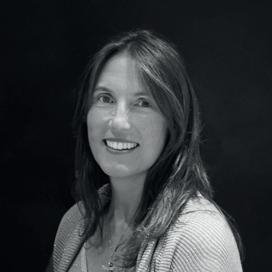
by Julia Bracco Head of Office Porto Cervo Costa Smeralda - Immobilsarda – Christie's International Real Estate
We know that living in Sardinia – Gallura - Costa Smeralda is a privilege for the senses, but could you please provide some highlights of this paradise?
Sardinia is a Natural Reserve in the Mediterranean and, the Gallura - Costa Smeralda region particularly, is the gem with its 450 km of protected coastal landscapes, 25 minor islands, crystal-clear waters, pristine beaches and an hinterland of unique natural value. The area is protected by strict urban laws since the 60’ s and is renowned for its luxury resorts, exclusive marinas, and charming villages. Rich in history and culture, Sardinia is the Longevity Island and offers a laid-back wellness Mediterranean lifestyle amidst stunning natural beauty.
What kind of buyers decide to acquire a property in your area?
Buyers in the Costa Smeralda area typically include high-net-worth individuals seeking luxury properties, investors looking for unique opportunities in the vacation rental market, and those in search of a tranquil safe retreat away from the hustle and bustle of city life. There is a growing focus on health, wellbeing and privacy, and a genuine lifestyle in contact with nature, environment and local traditions. Also, foreign wealthy families often buy with long-term ambitions and the aspiration of passing the asset to future generations.
Which are the main drivers for those who decide to buy a property in Costa Smeralda?
Those purchasing a property in Gallura - Costa Smeralda revolve around the allure of its natural beauty, wellness lifestyle, and investment potential. Buyers are attracted to the region's exclusive amenities, such as golf courses, yacht clubs, and fine dining establishments, as well as its reputation as a sought-after destination among affluent travellers and a sensitive and mature clientele looking for quality of life, well-being, mental wellness and a unique authentic lifestyle.
How has the evolution of the real estate market been in this area during 2024?
In 2024, the real estate market in the Gallura - Costa Smeralda area has experienced steady growth, fuelled by both domestic and international demand for luxury properties. The market has remained resilient, with a continued focus on high-end innovative, sustainable developments and premium offerings strongly linked to the well-being of living. Today people are increasingly in search of wellness real estates and a more fulfilling and authentic quality of life, in relationship with nature and the environment.

Living on an island can be monotonous, but what is the lifestyle they are looking for?
Residents of Sardinia seek a relaxed, yet refined lifestyle characterized by outdoor activities, waterfront living, and cultural experiences. They value the island's tranquillity, the Mediterranean climate, its privacy, its unadulterated hinterlands and coastlines, quality neighbourhoods, low density population, absence of criminality, genuine wine-gastronomic excellence and access to upscale amenities.
Has there been a change in the real estate market over the past decade?
Over the past decade, the real estate market in Sardinia has seen notable changes, including an increase in international investment, a rise in luxury property developments, and a shift towards sustainable and eco-friendly initiatives. Additionally, there has been a growing interest in second-home ownership and vacation rentals, driven by changing lifestyle preferences and an expanding global market. International investors are more and more interested in properties to be used not only as vacation homes for the summer period but as principal homes where they can permanently relocate or spend long periods of time.
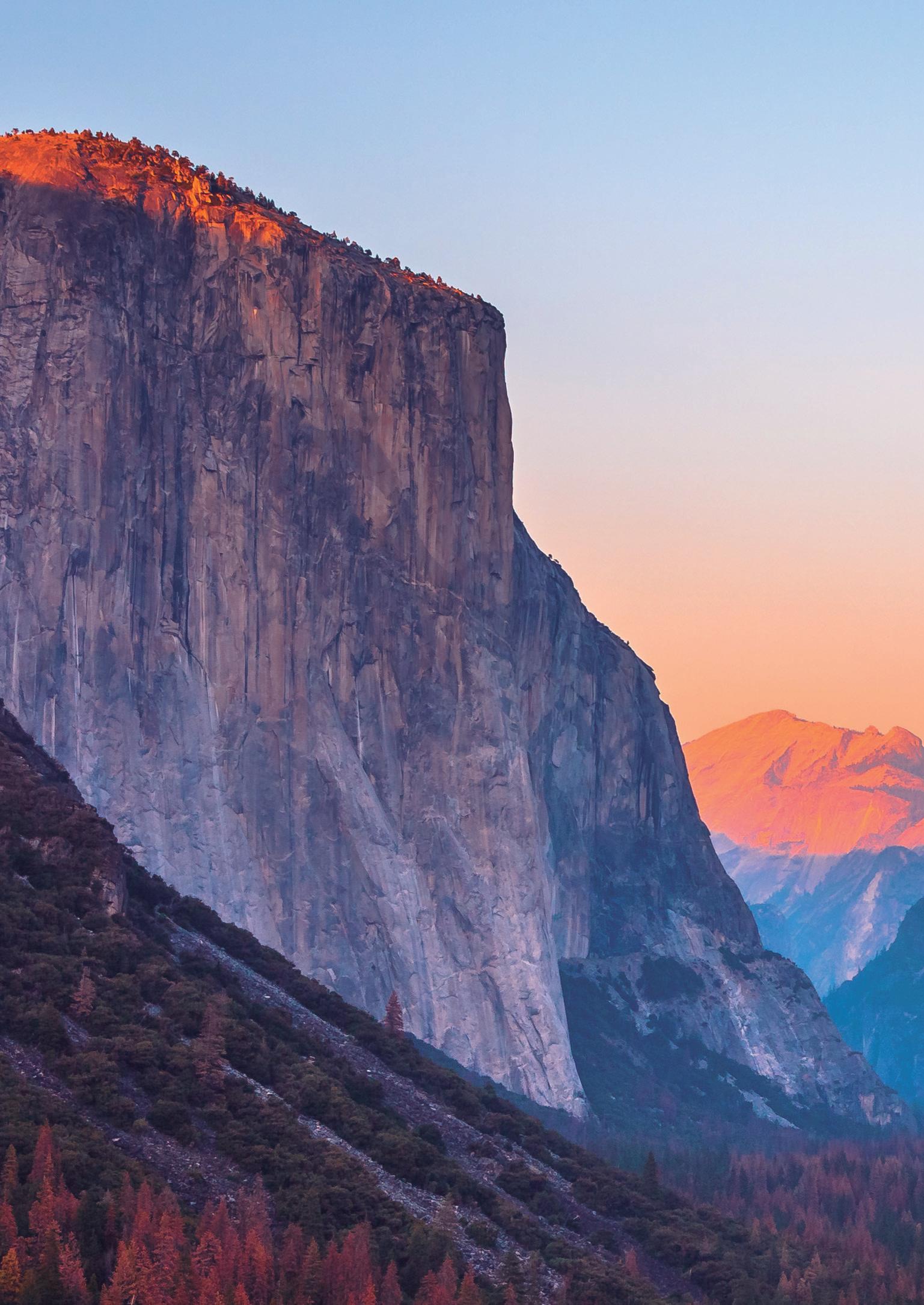
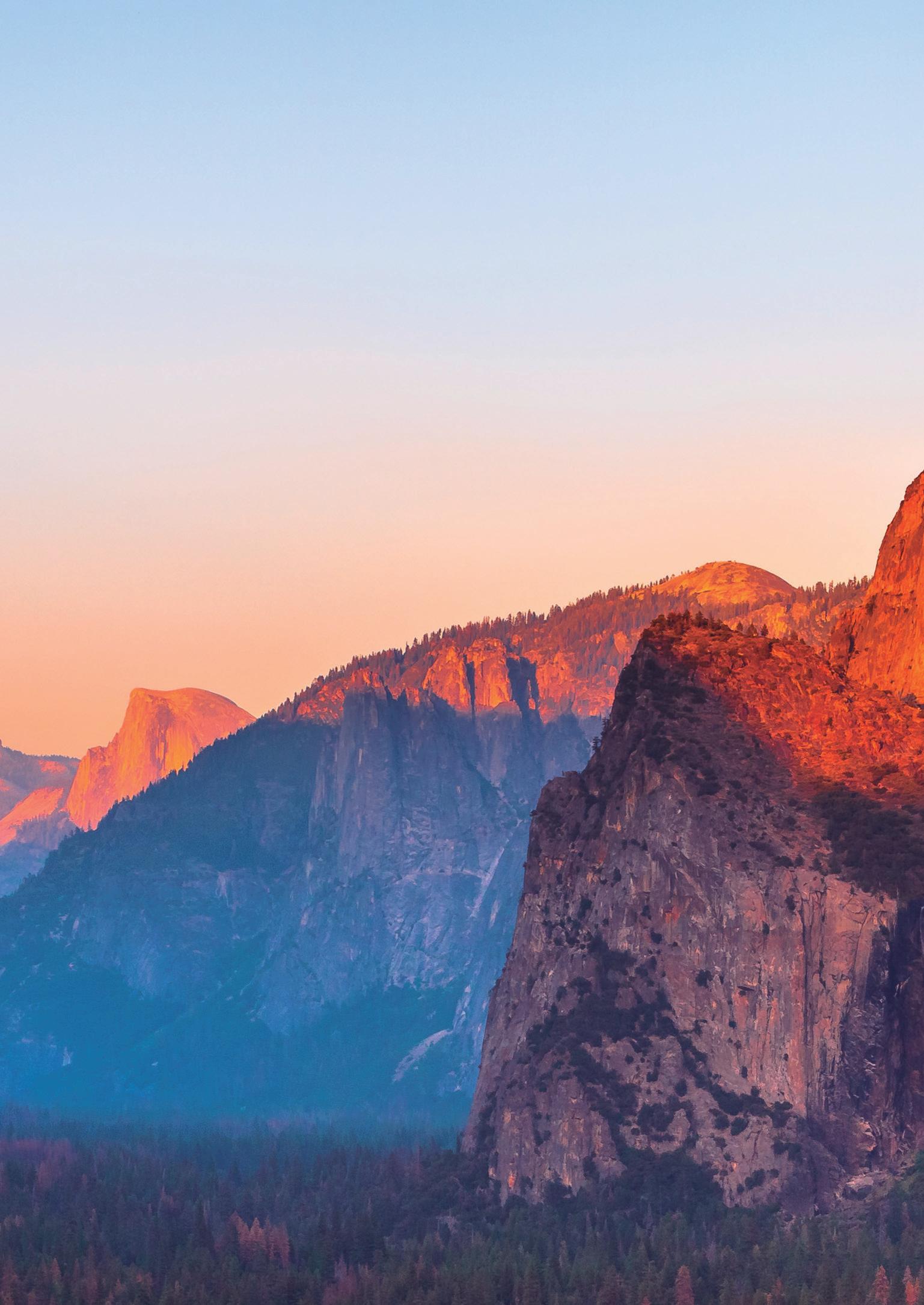
The national park is essentially an American creation that arose during the latter 19th century to protect areas of great natural beauty and importance. Thankfully, this lofty principle was soon taken up elsewhere and has spread across the world, where it preserves nature, ecosystems, woodlands and also provides extended natural habitats for animal life – not to mention beautiful areas to visit.
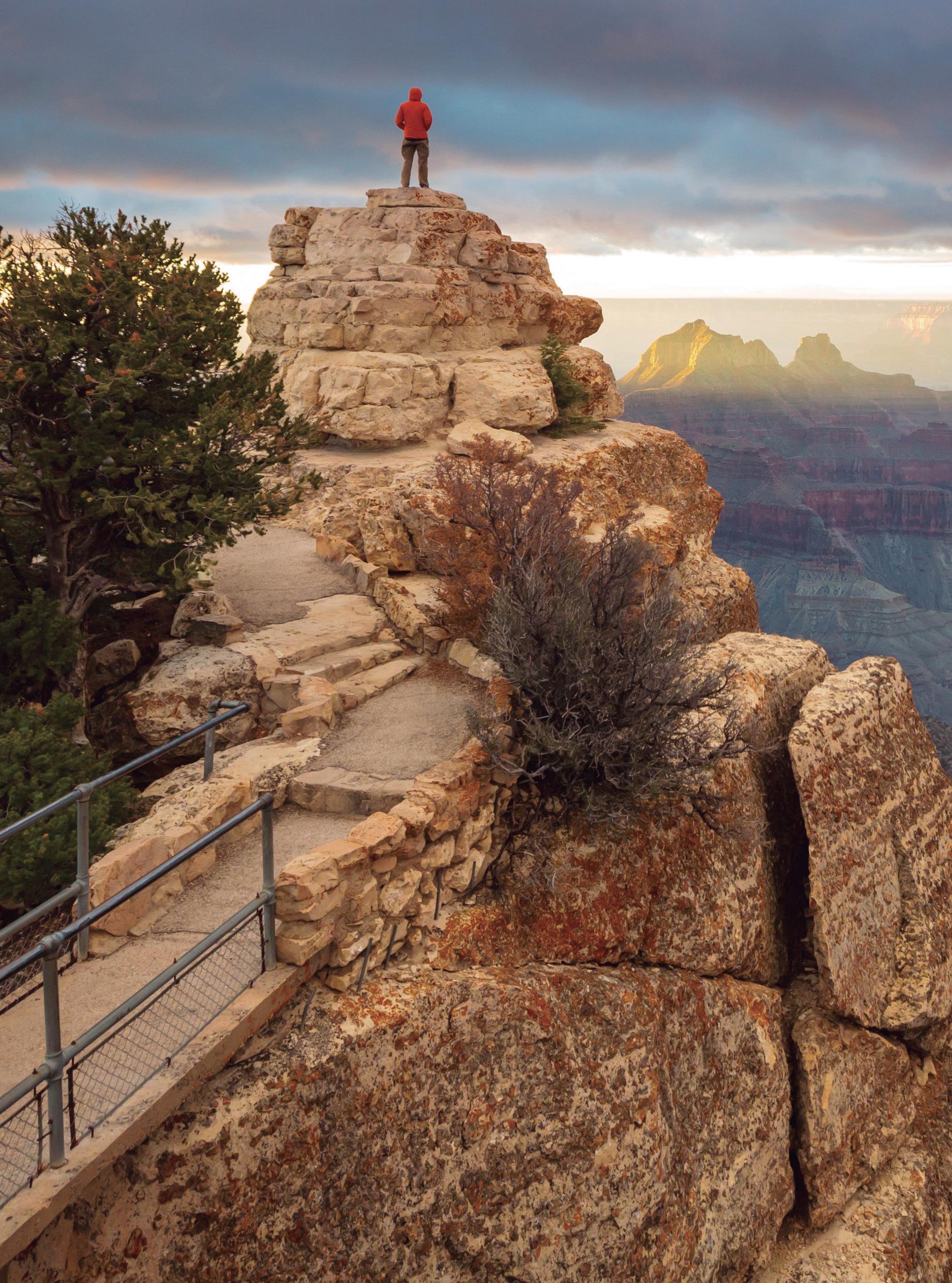
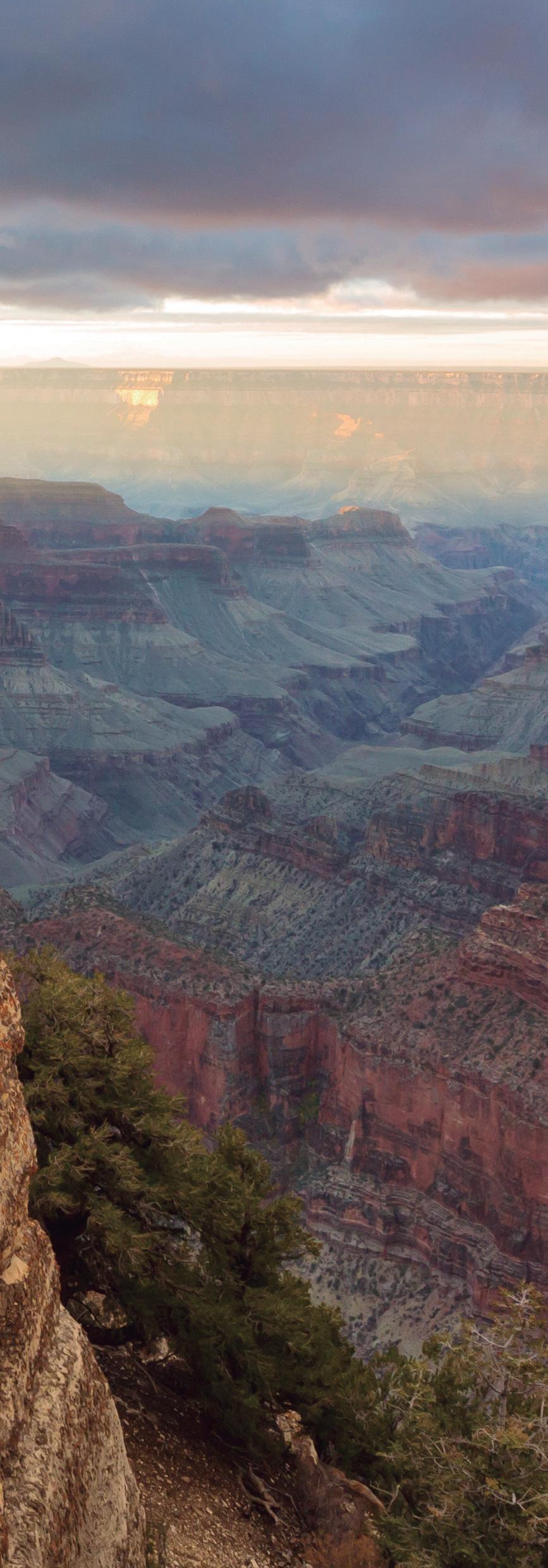
Nature reserves can vary in official/legal status, size and even function, but they tend to preserve a landscape of great scenic and ecological importance. It began with the creation of Yellowstone National Park in 1872, which is not only the first but remains one of the most beguiling nature reserves in the world, welcoming over three million visitors a year. More followed in subsequent years, creating a patchwork of protected greenery that covers tens of millions of acres spread across 63 national parks in the United States alone. Other countries were late off the mark, but collectively the world is now home to several hundred natural paradises where mountain scenery, plains, forests, jungle, wetlands, tundra, deserts, savannah and even maritime areas are sheltered from the onslaught of human development, be it housing, urban sprawl, mining, forestry, agriculture, logistics or even uncontrolled tourism.
Most national parks do cater for visitors, but they do so in balance with nature in a relationship where the environment’s needs come first, and the human desire to be entertained is of secondary importance – even where the nature reserve is of great economic importance as a top tourist attraction. One can think of the safari parks of Africa, but also leading examples across North America and Europe, where hiking trails, mountaineering, camping, boating, fishing and guided tours are abundant. The world provides a rich variety of such experiences in greatly varied settings, but North America remains the home of the classic national reserve, with many of the most famous parks.
“The world provides a rich variety of such experiences in greatly varied settings, but North America remains the home of the classic national reserve.”
Measuring almost 9.000km2, or more than twice the size of the state of Rhode Island, the world’s original national park is a world made up of mountain ranges, forests, highland lakes, the largest volcano in North America and of course the famous geysers that dot the region, including Old Faithful, perhaps the most popular attraction here. For this it competes with the herds of bison that turn Yellowstone’s grassland expanses into a romantic vision of early America. But it is also of vital importance for species of bear, mountain lions, wolves and wild horses.
Founded in 1890, Yosemite is just about as famous as Yellowstone and receives even more visitors (almost four million per year), on an area a little bigger than Luxembourg. Perhaps even more beautiful than its famous northern counterpart, Yosemite is also a vast expanse of wooded mountains, the most famous of which is the monolithic El Capitán, a vast rockface that challenges the world’s greatest mountaineers.
Not too far from Yosemite are the redwoods and Yoshua trees of California, but the king of American national parks among tourists is the Grand Canyon, in Arizona. Situated not too far from Las Vegas, it is over a hundred years old as a park and draws almost five million visitors to its maze of arid canyons, which can be seen from panoramic viewing platforms or experienced up close in white water rafts racing down its fastflowing streams.
Though Canadian, Banff ranks among the oldest national parks in the world (founded in 1885), and also matches the American ones for size and visitors because it offers the ultimate pictureperfect landscape of the Rockies. This is an earthly paradise of mountains, forests and crystal clear lakes. The perfect picture of Canada, complete with luxurious resort hotels.
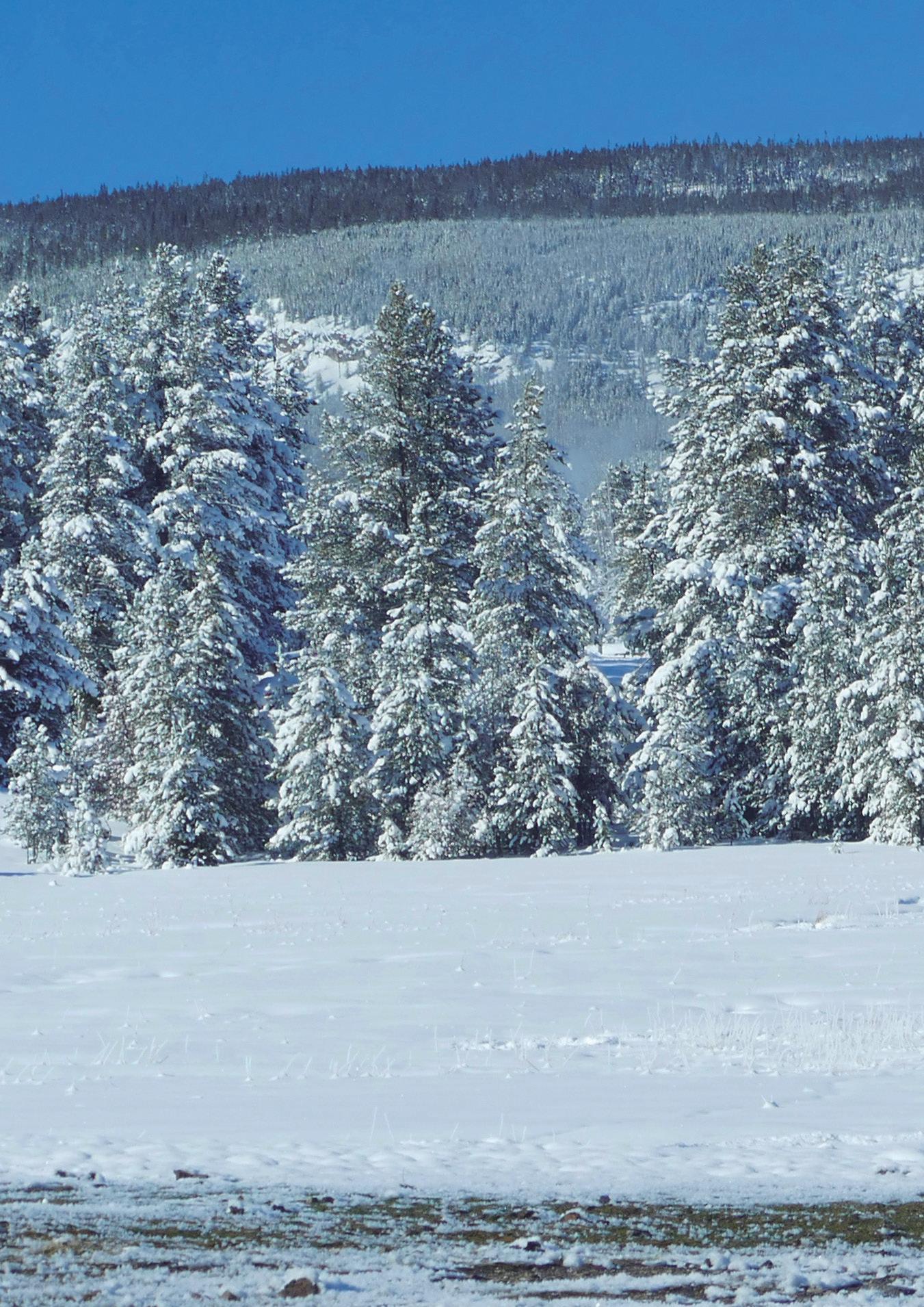
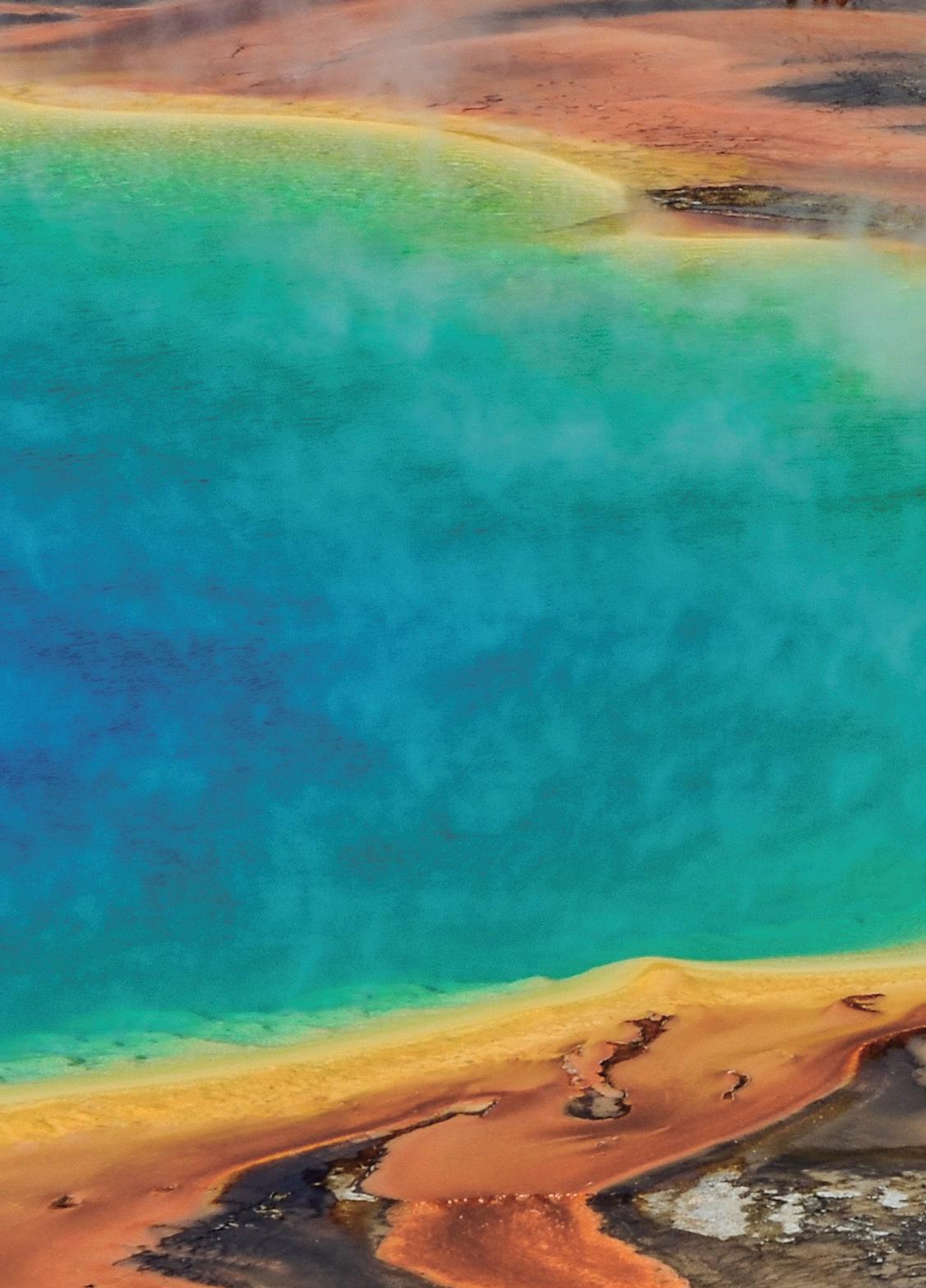
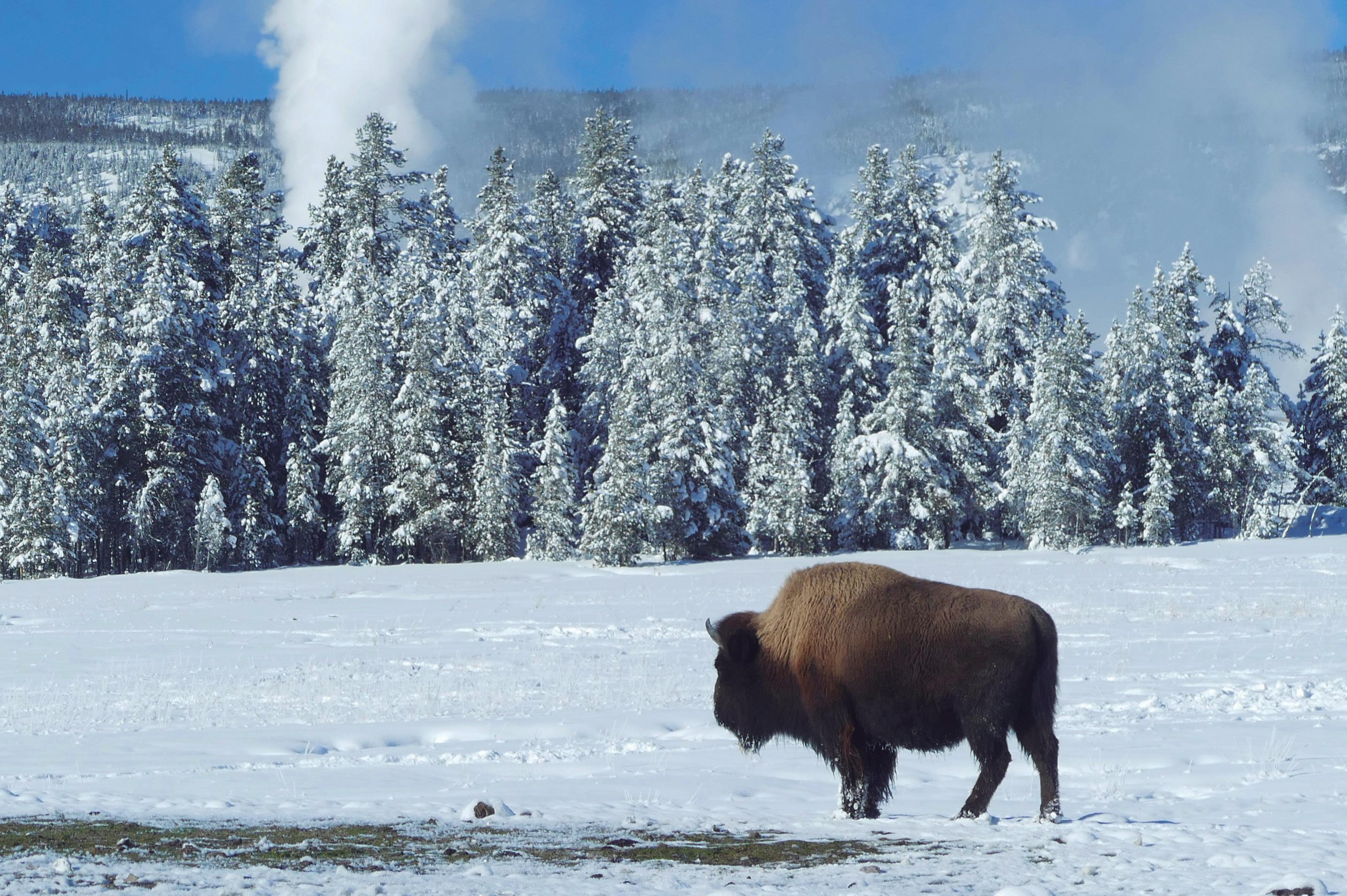
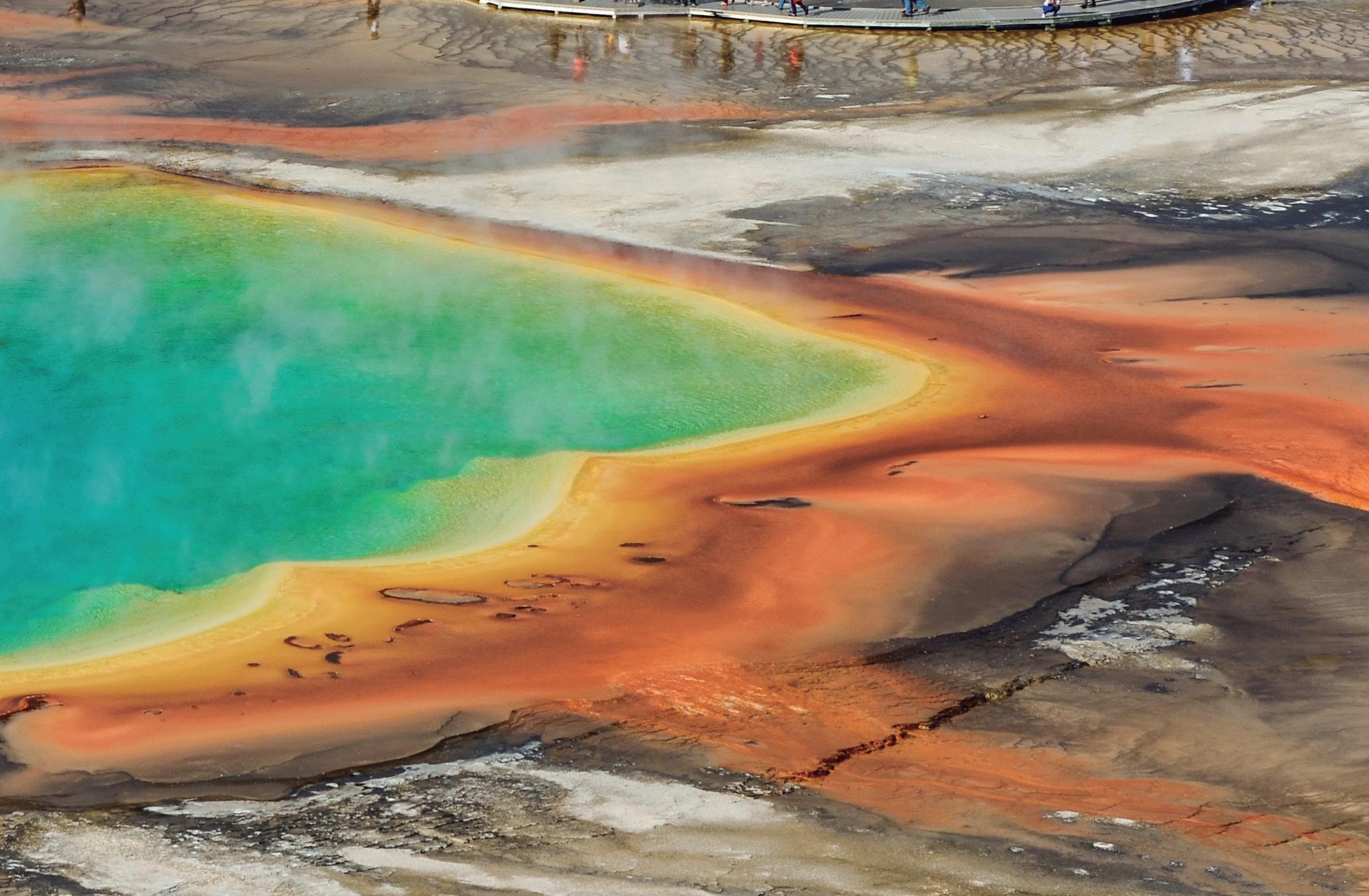
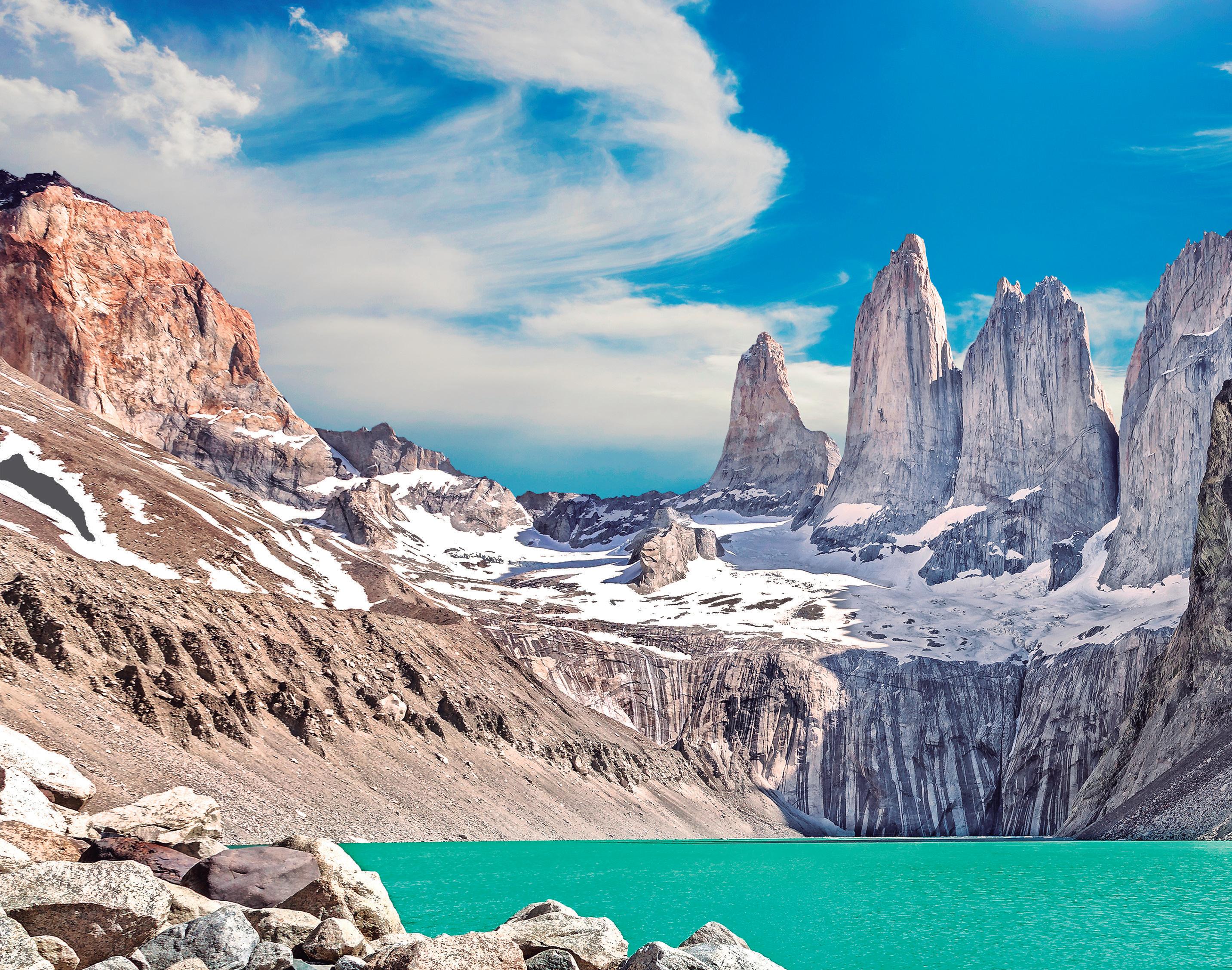
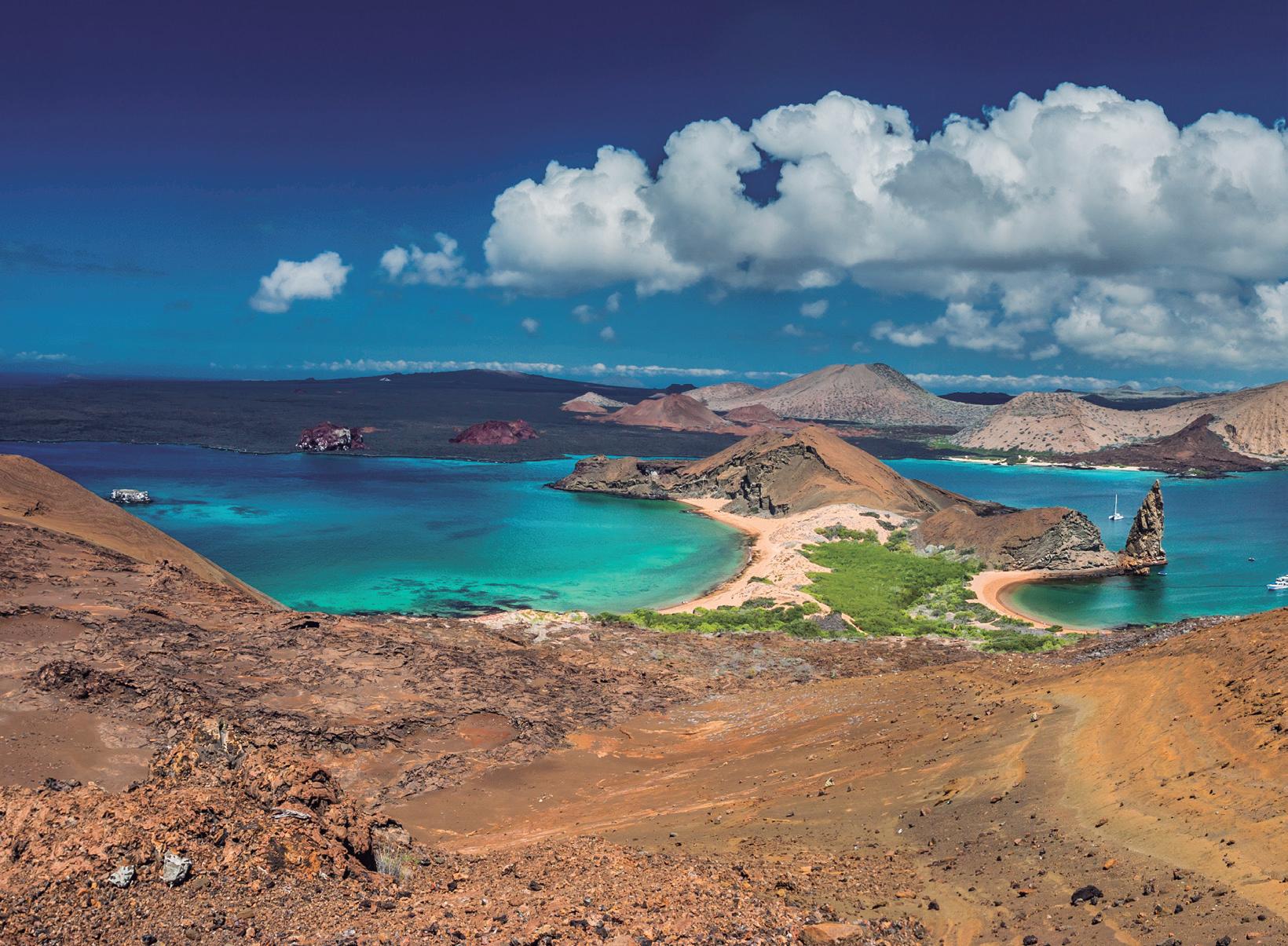
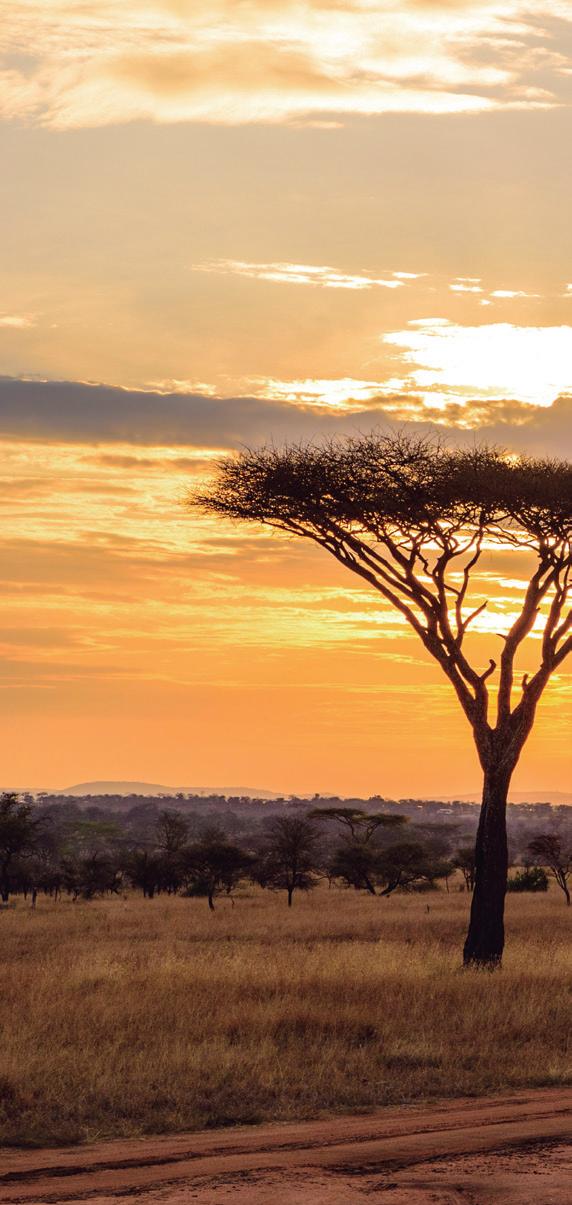
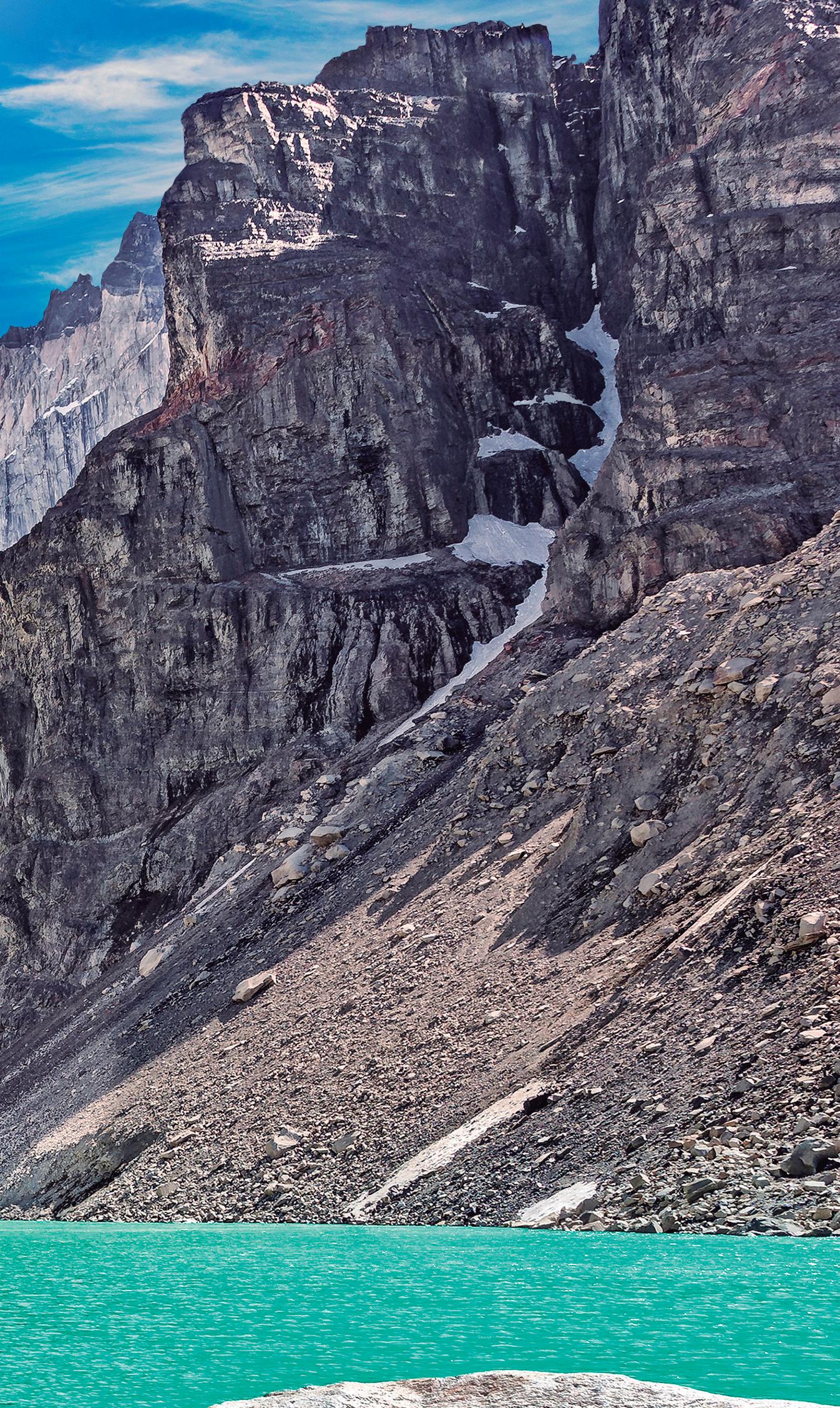
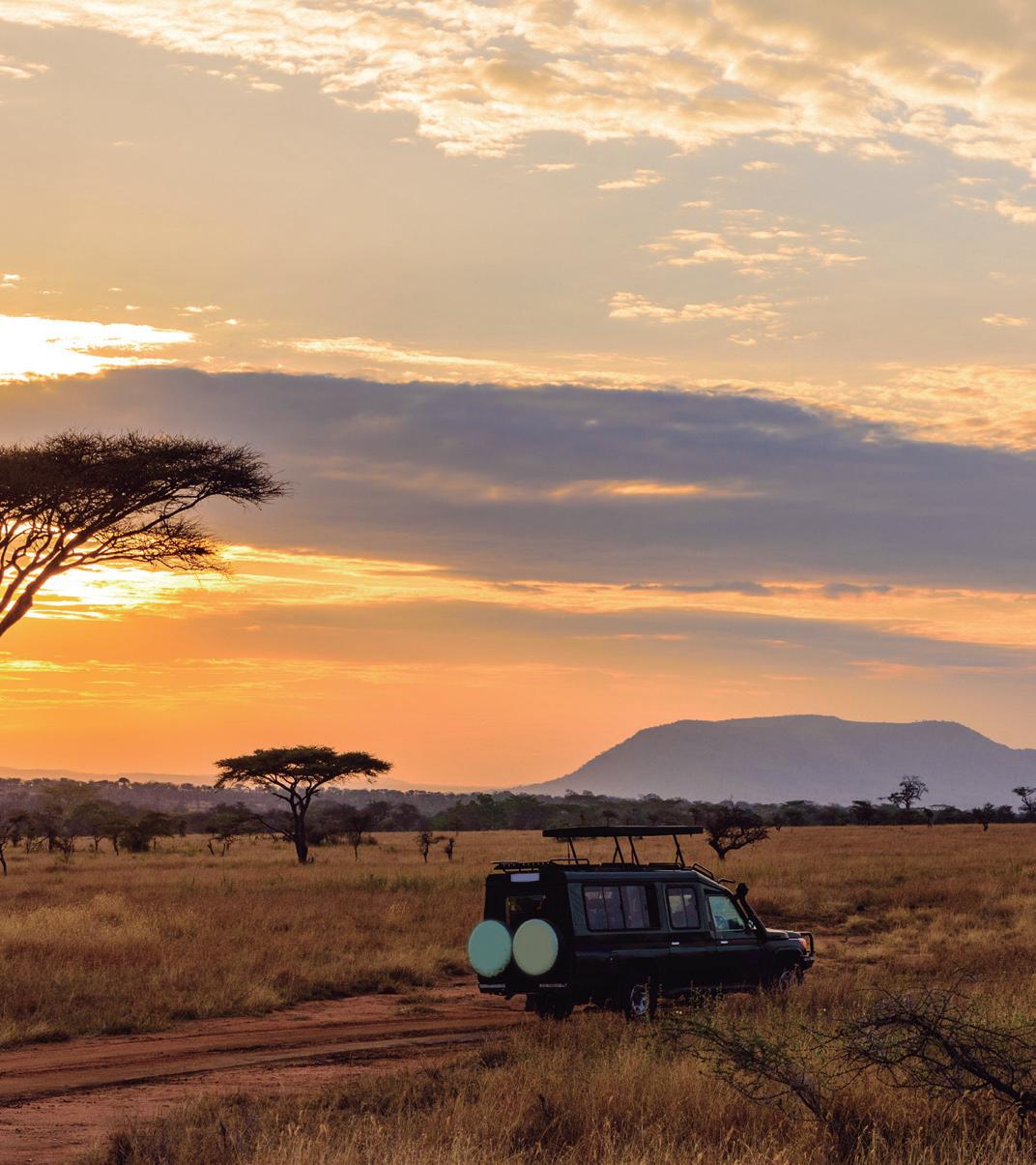
Right at the other end of the Americas is a landscape not unlike that of the Canadian Rockies. In the southern Patagonia region of Chile there are even glacial mountains, icy lakes and boreal forests, creating scenery that is as spectacular in its raw beauty as it is unexpected in South America. This close to the South Pole, you can also expect to see penguins, whales and orcas in what is one of the world’s great remaining wildernesses.
Proclaimed in 1959, the Galapagos National Park is Ecuador’s national reserve, and in fairness occupies all but 3% of its territory, which amounts to about the same as the island nation of Cyprus, or Yellowstone NP for that matter. In 1986 a marine reserve was added to this, closing the circle on what is not so much a beautiful island group, but one that is of vital interest from an ecological point of view. Though carefully controlled, this environmental tourist attraction is of importance to the national economy, and offers an experience not focused upon luxury but rich in unique impressions.
The same can be said of Serengeti, perhaps the most iconic safari park set within the savannah landscape of East Africa. Covering an area the size of Northern Ireland, this park created by the British colonial administration in 1951 still teems with wildebeest, zebra and is also an important refuge for lions, leopards, cheetah, elephants, rhinos and the other species that make Africa so unique. Over 350.000 visitors visit the park’s often luxurious game reserve lodging for an experience of a lifetime.
Though more heavily developed, Europe also has its share of nature reserves, including wildernesses in Iceland, Finland and northern Norway and Sweden. The higher Alps also remain an almost pristine region, and tucked in the northwestern corner of Italy is one of the most beautiful parks of all, the Gran Paradiso. Not unlike a classic North American park, it is made up of beautiful mountain scenery, glaciers, lakes and wooded hillsides. This is the Rockies come to Europe, though at 700km2 it is a little smaller.
Even bigger (the size of Wales), South Africa’s Kruger National Park is the other great African game reserve. Named for President Paul Kruger, on whose initiative it first became a protected area in 1898, the Kruger NP was officially established in 1926 and now welcomes a little under two million annual guests to its day tours and evocative camp sites and five-star bush hotels. Endowed with mountain ranges and canyons as well as savannah (Veld), it offers a little more visual variety than the Serengeti though lacks the spectacular backdrop of Kilimanjaro.
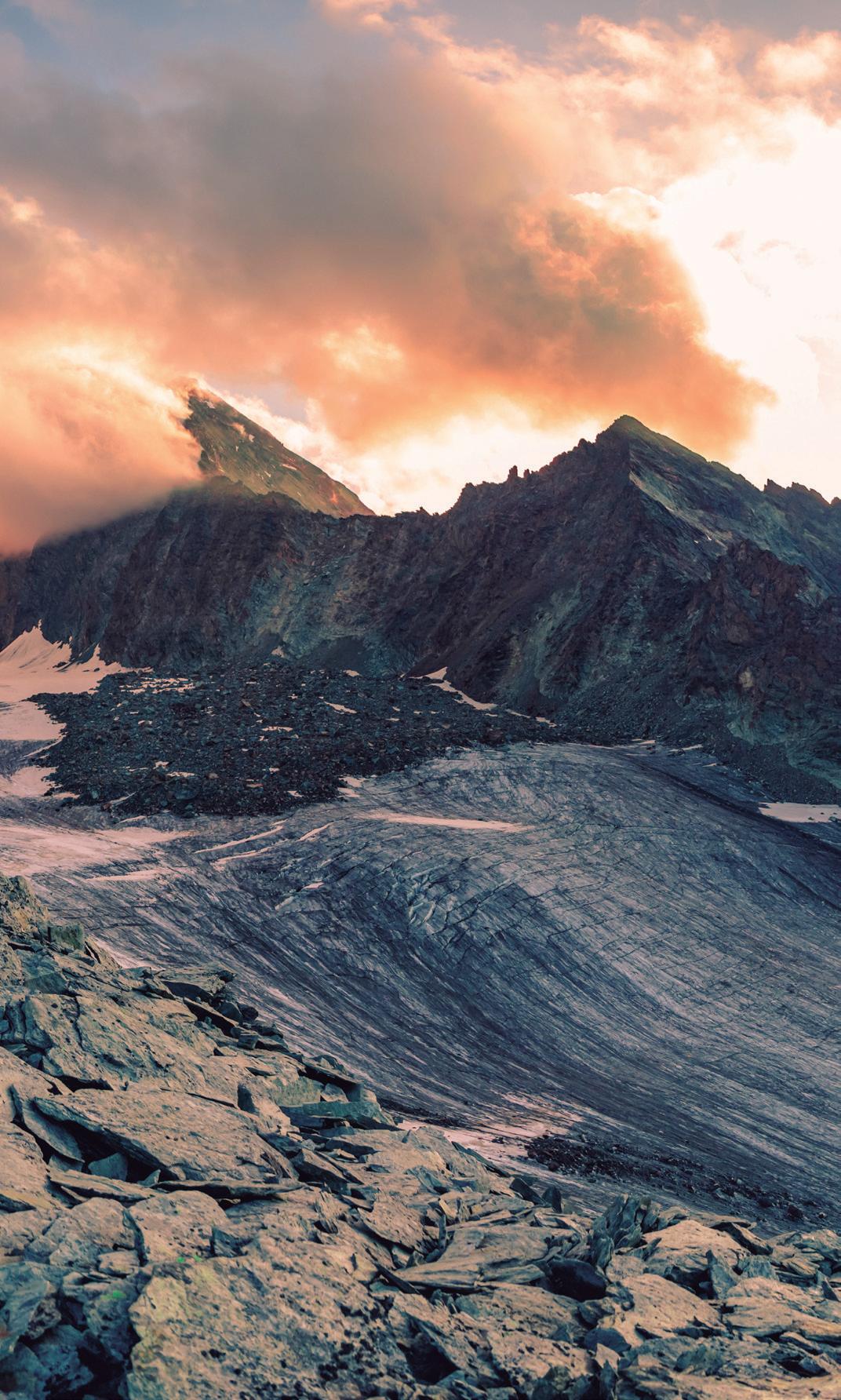
Natural parks are vital in today’s world as they protect biodiversity, preserving unique ecosystems and species. They combat climate change by sequestering carbon dioxide. They offer recreational spaces for human enjoyment and health benefits. Moreover, they preserve historical and cultural sites, contributing to our understanding of human and natural history.

Quentin Epiney FGP Swiss & Alps Zürich, SWITZERLAND
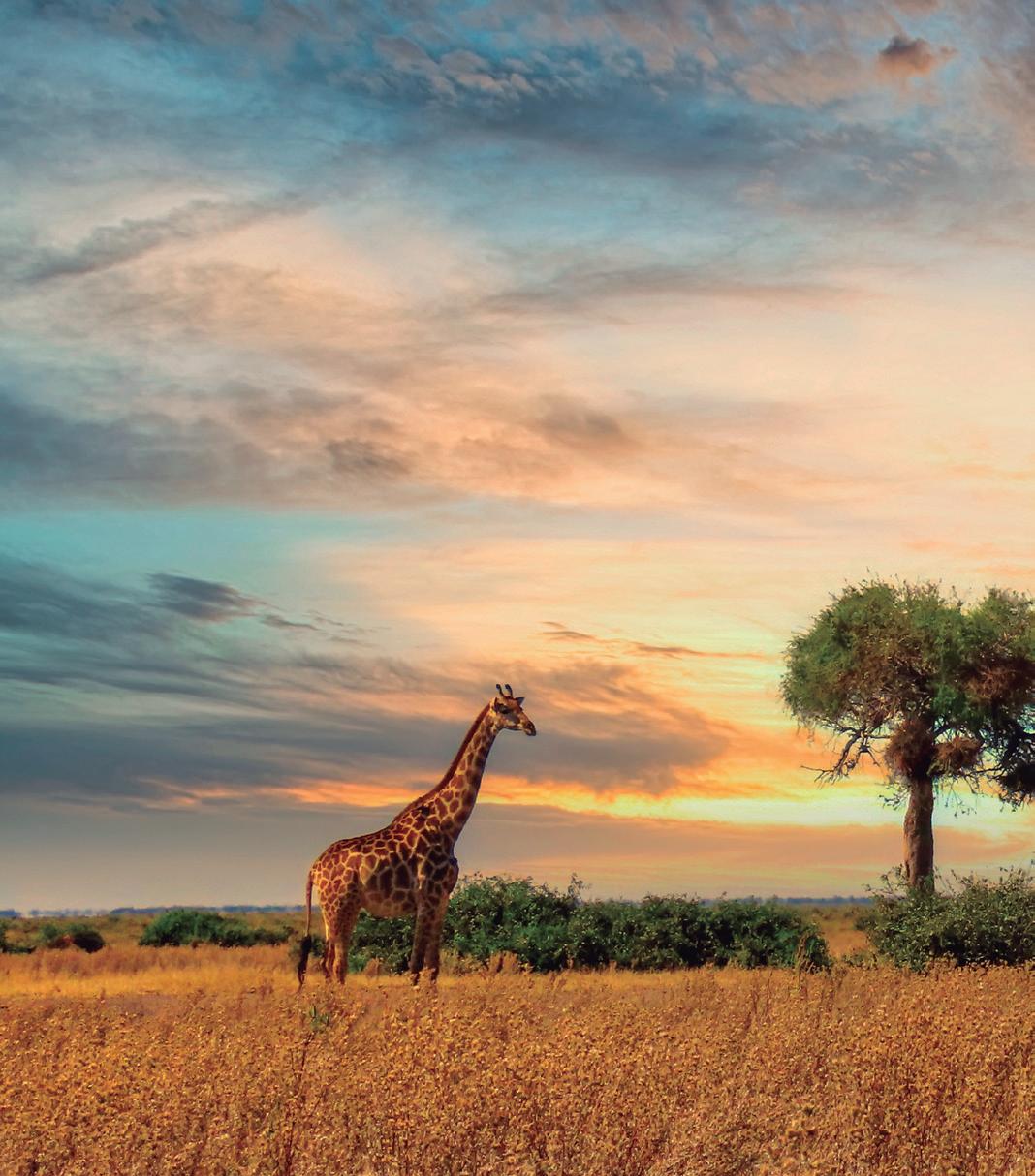
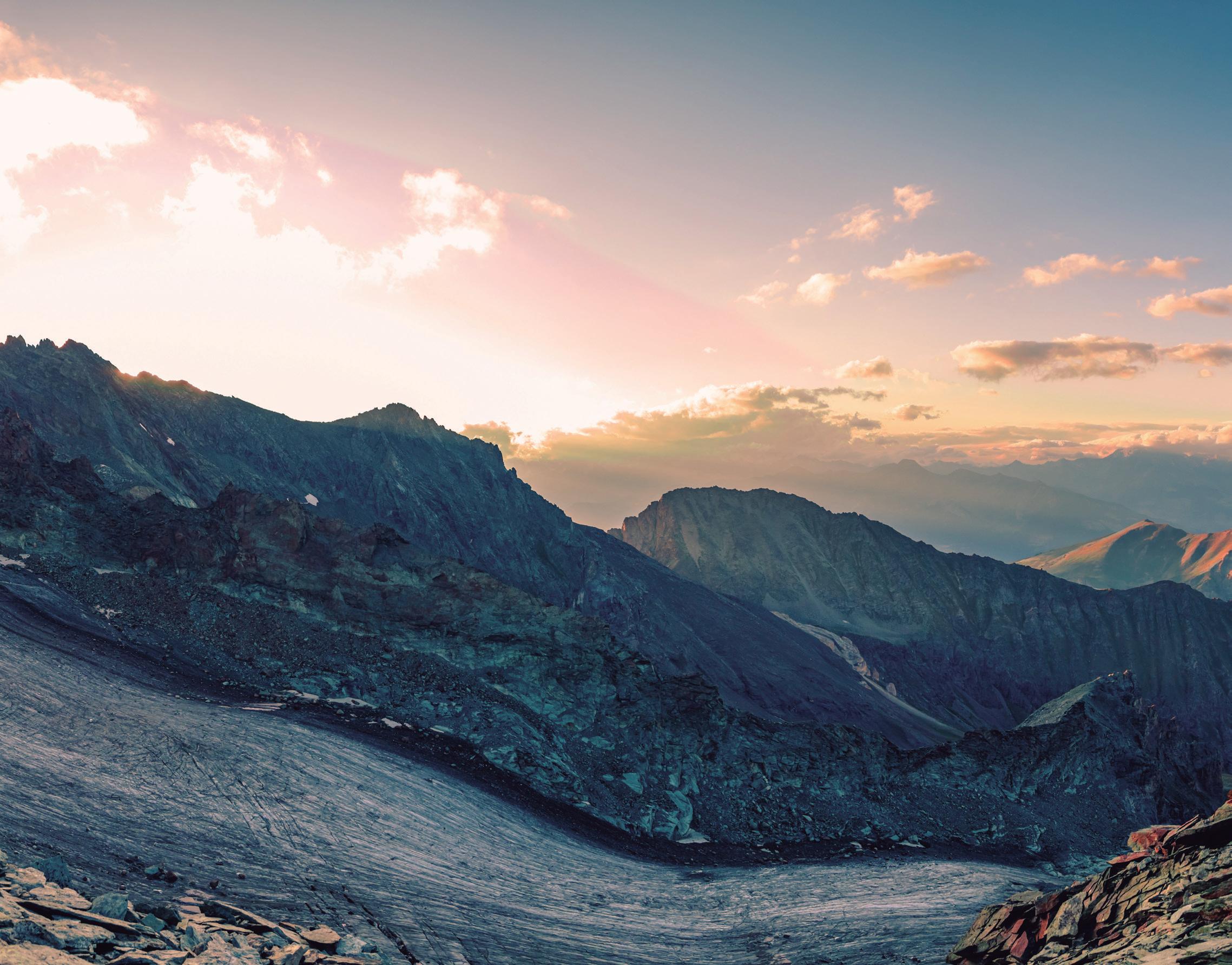
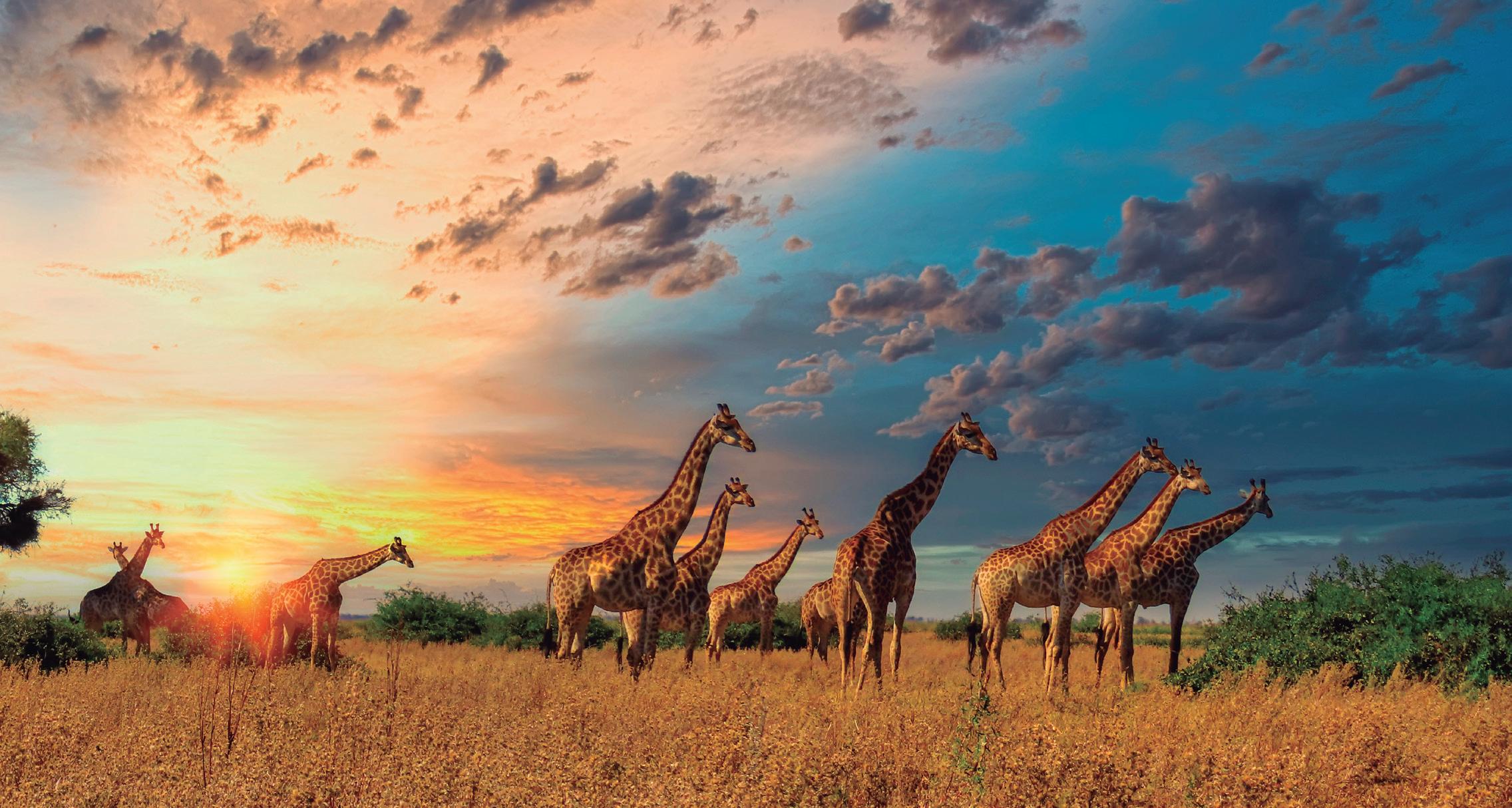
DOÑANA, ANDALUCÍA (SPAIN)
A little bit smaller still, at just over 500km2, this fascinating and ecologically important blend of woodland, dunes and wetlands is situated on the southern coast of Spain, surprisingly close to the cities of Cádiz and Jerez de la Frontera, and also a relatively short drive from Seville and the Costa del Sol. It is where you will spot endless species of birds gathering for the great annual migration to and from Africa, horses grazing among mirrored lakes, wild boar as well as one of the last populations of Iberian Lynx. Welcoming 400.000 visitors a year, it borders the small town of Almonte, which is home to Spain’s largest annual pilgrimage and one of its most colourful.
“The national parks of the world have also become a treasure of archaeological sites, not to mention a heaven for lovers of peace, fresh air, nature and outdoor activities.”
Besides protecting natural landscapes, providing a vital refuge for endangered animal species and supporting the local economy through curated tourism that ranges from simple campsites to luxurious resort hotels, the national parks of the world have also become a treasure of archaeological sites, not to mention a heaven for lovers of peace, fresh air, nature and outdoor activities such as hiking and mountain climbing.
If ever there was a positive American influence that spread around the world, it is the creation of national parks – an endeavour that reflects the nobler side of human nature.
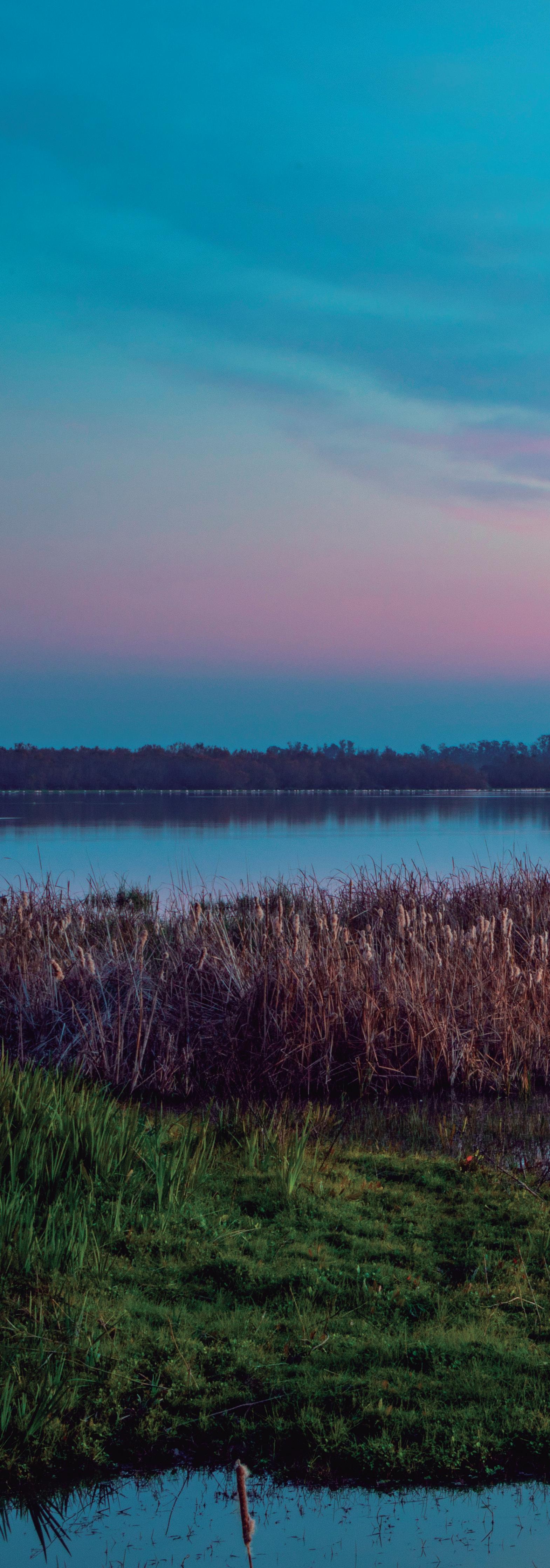
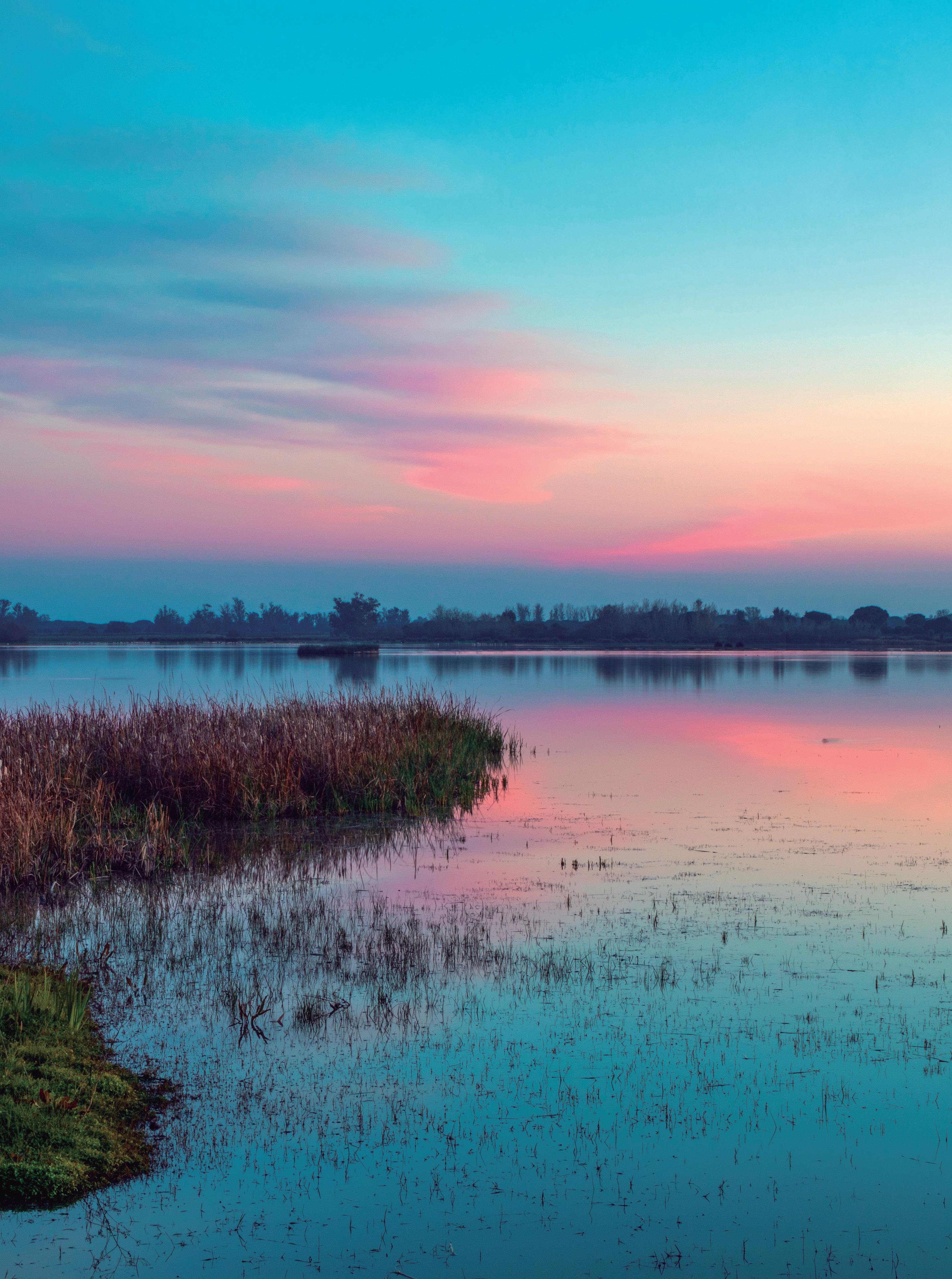
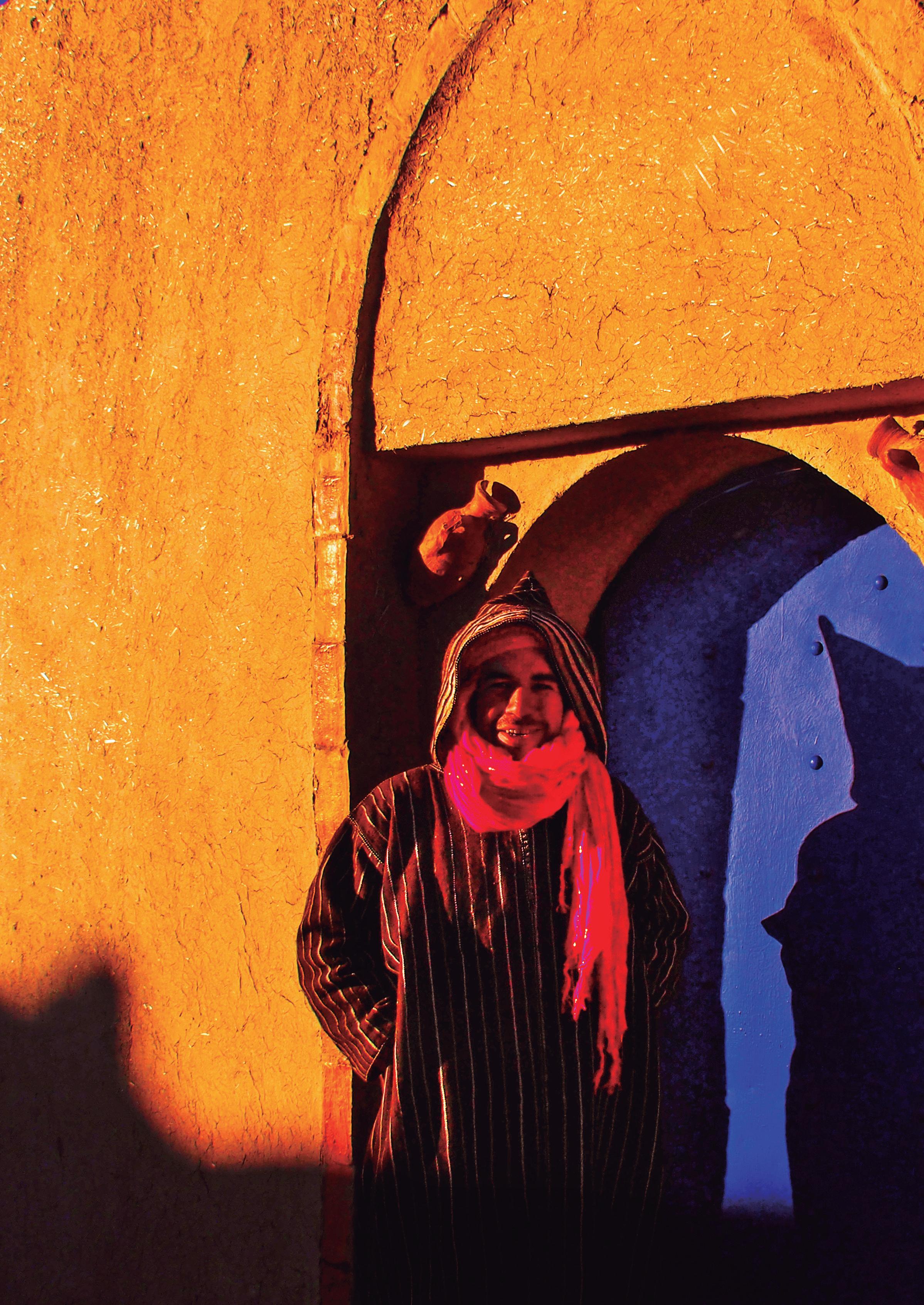

Local distinctions aside, culturally Arabia extends from Morocco across North Africa to the Middle East, touching also Iran, Afghanistan and Pakistan. Essentially Asian in nature, this is a world of the senses, where sounds, sights, scents and above all colours leave a lasting impression.
Arabia is mysterious, oriental to our occident, born of similar roots to the Western world but evolved in a distinct direction. There is something very seductive in its traditions and rituals, a daily rhythm that is perhaps reminiscent of a Europe now lost for many decades, maybe even centuries. It lives on here, in the markets, squares, caravanserai, souks and narrow alleyways of labyrinthine villages and towns where time appears to have stood still.
Enter into this fascinating world, merge among the lively throng and immerse yourself in the sights and sounds of a world so strange yet so familiar. Let yourself be swept away, enjoy the fragrant tea and strong coffee, each an experience, stroll amid locals in their world full of sounds and scents, and let the intense richness of colour fill your eyes. Find the art in the Arabic script, interwoven with decorative detail, spot the telltale moments of everyday life that are so alien to our daily environment and mark the detail, for these are the elements that will create moments you won’t forget.
"Stroll amid locals in their world full of sounds and scents, and let the intense richness of colour fill your eyes"
If you have an eye for it, admire the precision of symmetry, the mastery of geometry in this apparently chaotic setting. Find the peaceful corners filled with mysterious meaning, spot the solitary figure in a solitary setting, as if a painting conjured from the mind’s eye of the artist, and don’t miss the sunset, for this is the moment to savour the unmistakable silhouette of that most Arabic of trees, the date palm, against a fiery orange-glowing sky.
Arabia is a world rich in impressions, so allow yourself to be swept away with it.
“Enjoy the aroma of tea and coffee, stroll among locals, and let the vivid colors captivate you. Discover the beauty in Arabic script and observe the unique aspects of daily life. These experiences will create unforgettable moments.”

Eva
Marschall Marschall Real Estate Vienna, AUSTRIA
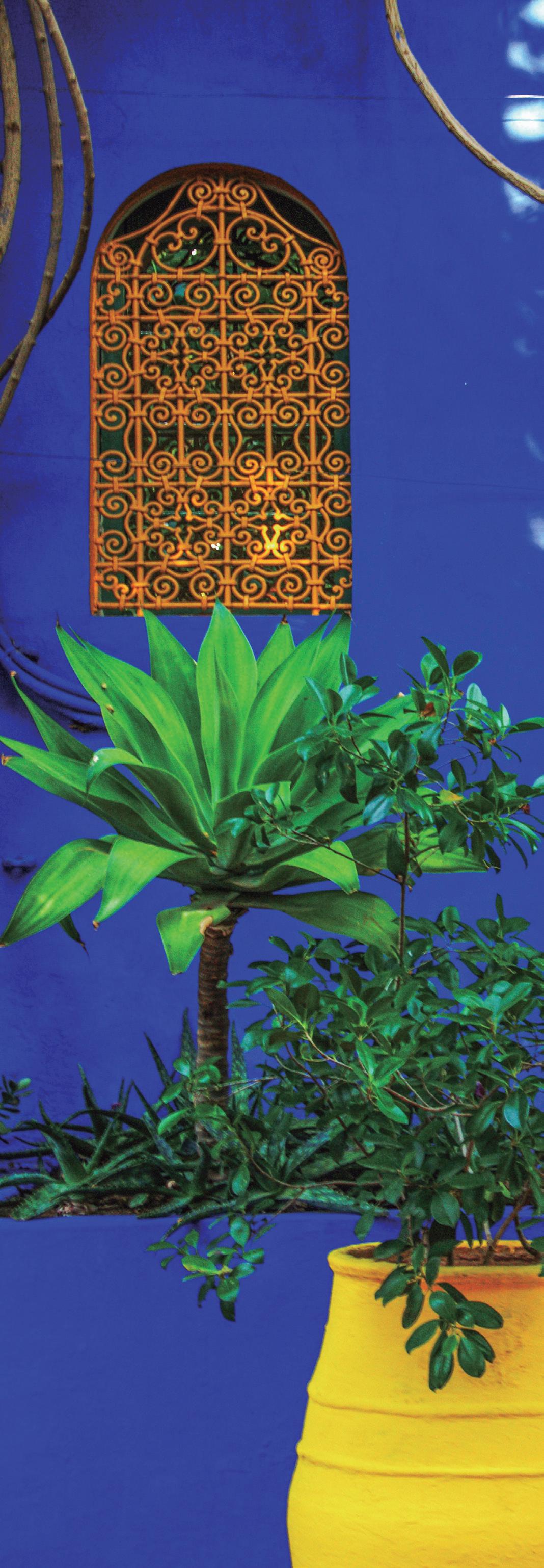

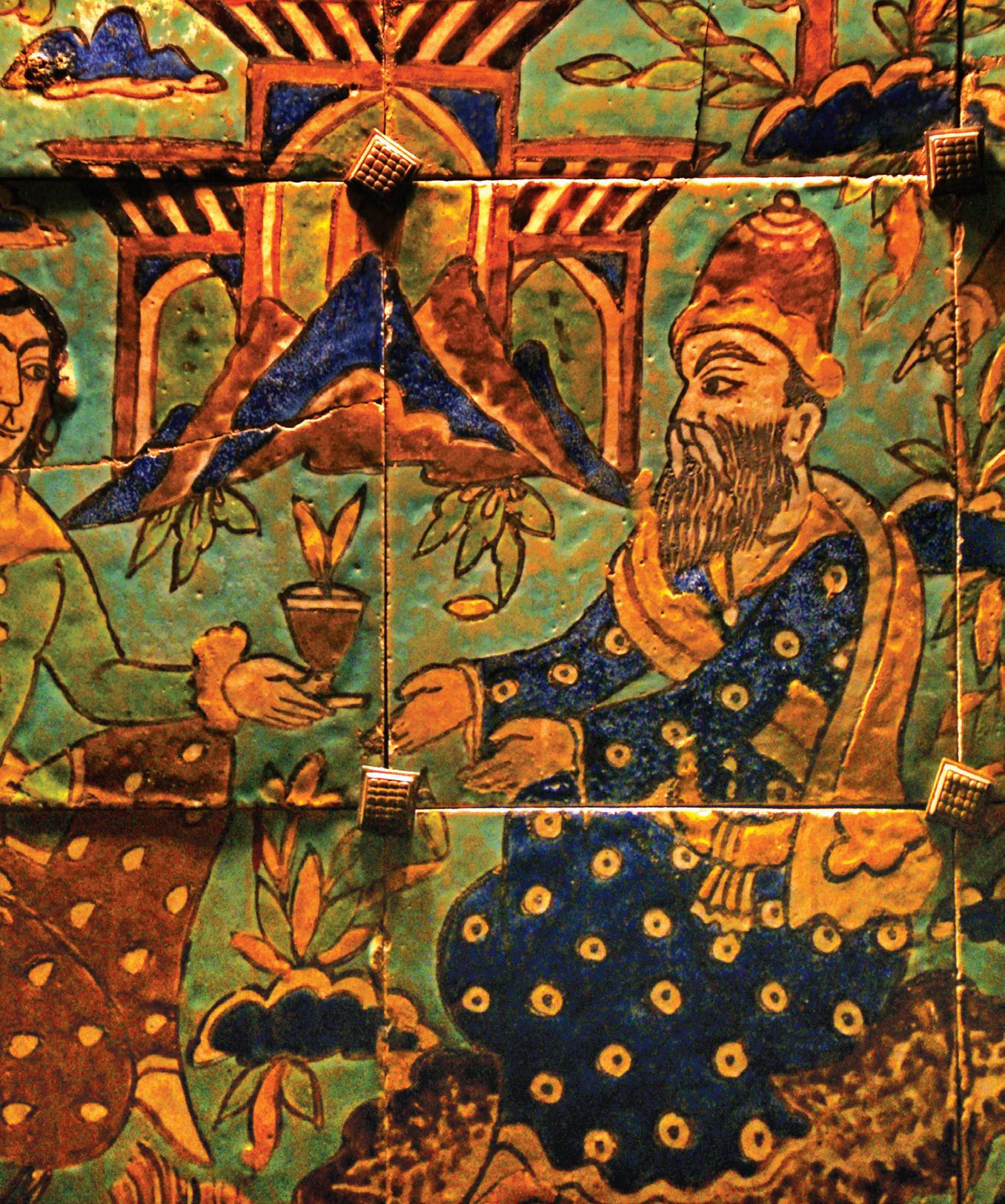
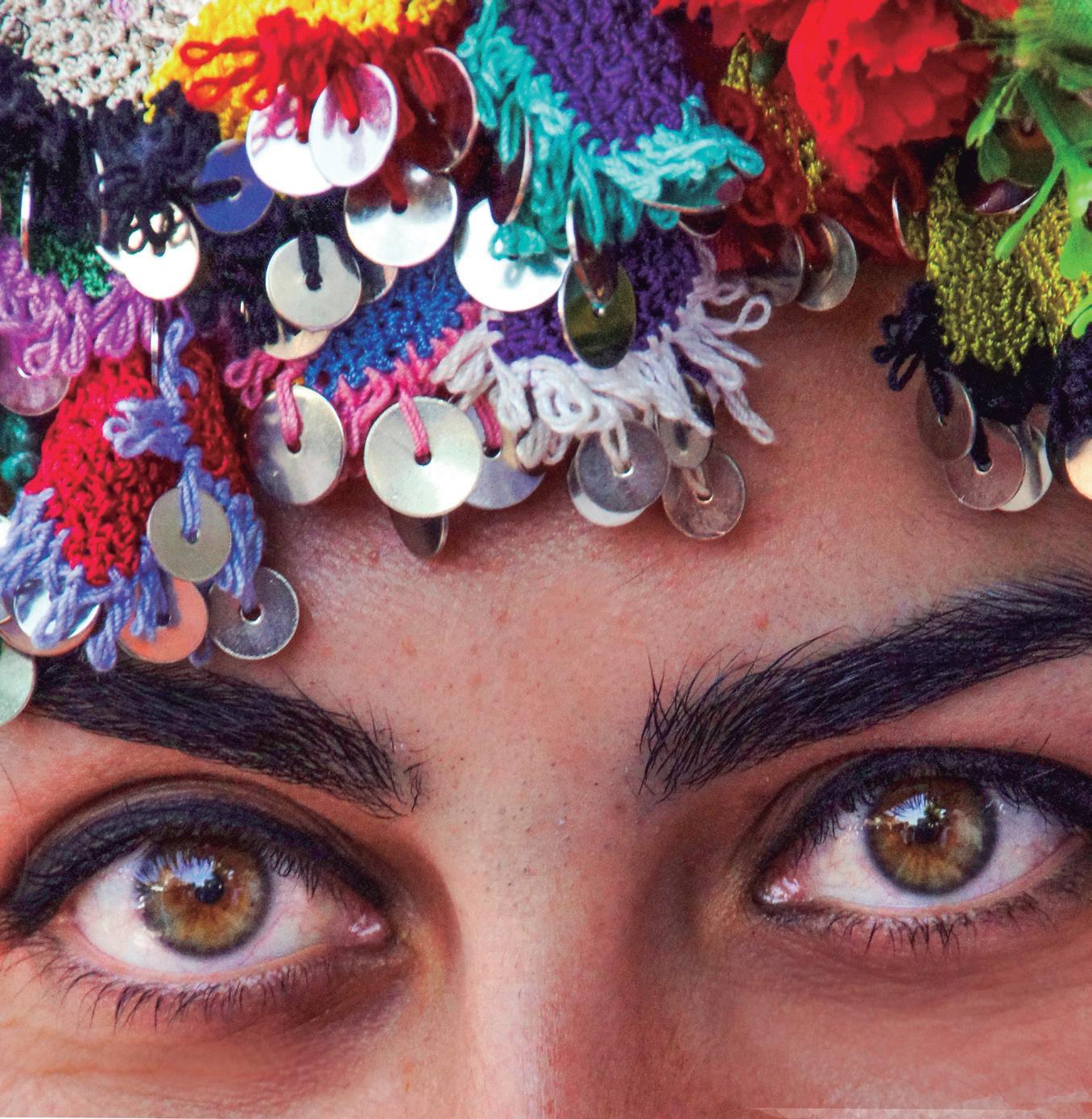

by Maurizio Pezzetta
La Commerciale, Roma Italy
Is Tuscany the region in Italy that hosts most of the must-see places?
Tuscany, known as the birthplace of the Italian Renaissance, centres around Florence (Firenze), the heart of this artistic movement. The Uffizi Gallery, the magnificent Florence Cathedral, and Michelangelo’s David exemplify its grandeur. Other must-see destinations include the medieval gem of Siena, renowned for its Piazza del Campo, as well as charming towns like Montalcino, San Gimignano, Lucca, and Pisa, each boasting iconic landmarks.
No doubt these places may be crowded with visitors. What are the alternatives for those who seek a more relaxed stay in the region?
Always and in any case, Tuscany is beautiful. However, to avoid the peak of tourists, if possible, plan your trip during the middle season, which is spring or early fall. Both periods offer pleasant weather and fewer crowds. Discover the Val d'Orcia during spring, with its golden fields and red fields of blooming poppies offering a unique view. Look beyond the main tourist attractions and visit Florence or the charming villages hidden in the Tuscan countryside. All of these hidden gems offer a more authentic and relaxing experience.
What factors currently define the Tuscany property market?
Tuscany's real estate market is influenced by its rich cultural heritage, sensational landscapes, and attractive lifestyle that attracts buyers looking for historic charm, wonderful properties with vineyards, and a relaxed way of life, immersed in privacy, as well as the stunning seaside residences of Versilia and Argentario for glamorous living.
Could you provide insights into the latest developments shaping the real estate landscape in Italy?
Tuscany is witnessing a surge in restoration projects preserving historic properties and a focus on eco-friendly initiatives, reflecting broader sustainability trends and catering to modern buyers' preferences. In short, living history but with a modern and more functional regeneration.
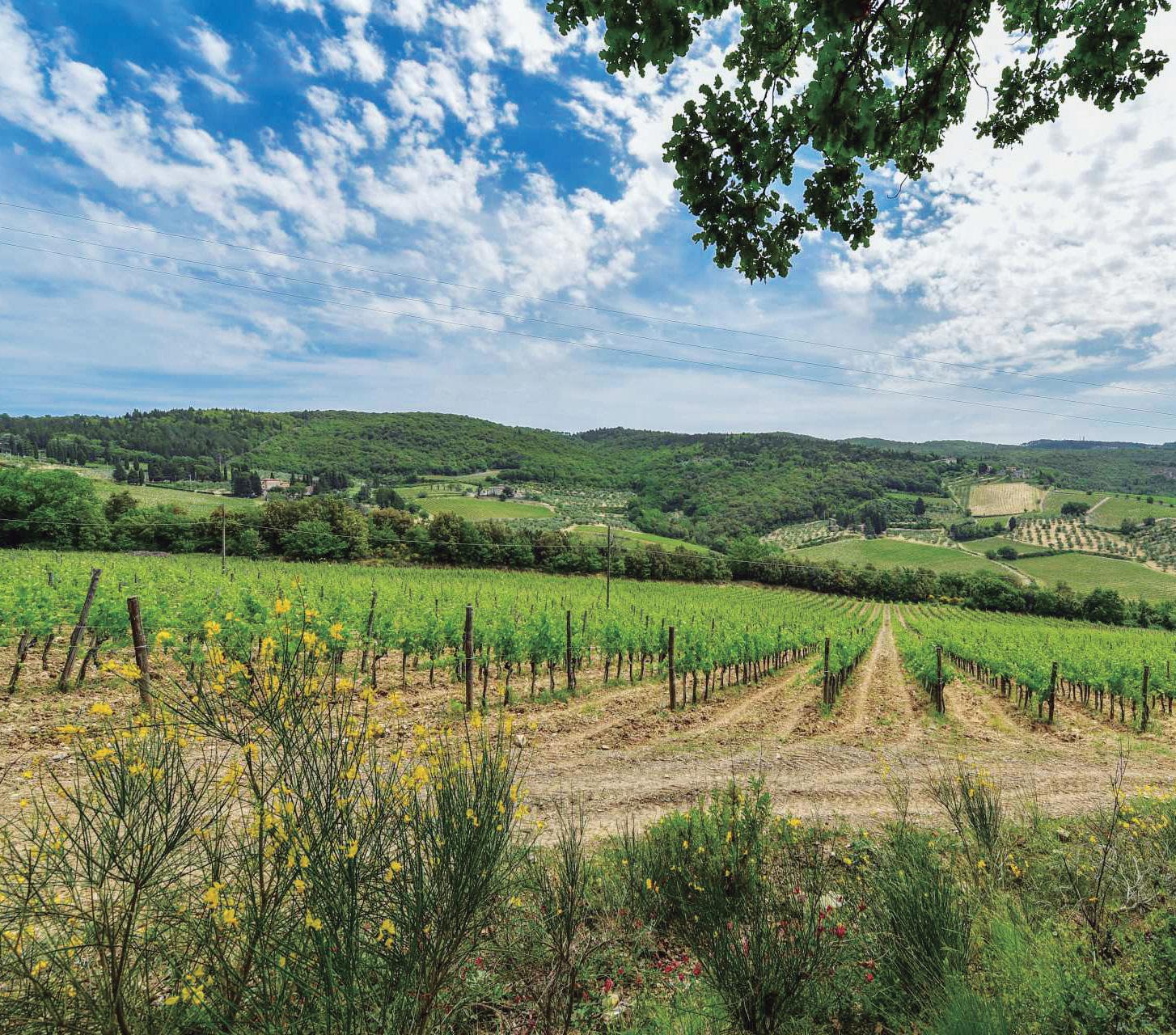
What types of buyers are drawn to the region's real estate market?
Tuscany appeals to international buyers seeking historic charm and vineyard estates, drawn by the region's rich history, cultural heritage, and renowned wine-producing tradition but also by the exclusive properties that overlook the sea.
What encapsulates, or sums up the spirit of Tuscany?
I would say that Tuscany is a mix of experiences: the renowned wine Chianti, its rolling Sienese hills with cypress-lined roads, ancient olive groves, exude a sense of timelessness. All of them symbolize warmth, joy and the essence of peaceful life. Not to forget to mention the cuisine, rich in flavours and made with love full of local ingredients: olive oil, pecorino cheese, and wild boar. Picture yourself dining al fresco, surrounded by vineyards, as the sun sets over the hills. Tuscany therefore offers everything that has been highlighted, the excellent opportunity to live in tranquility in nature, but also to enjoy the art and culture that is breathed in these places and the elegance of fashionable places in the famous resorts on the coast.
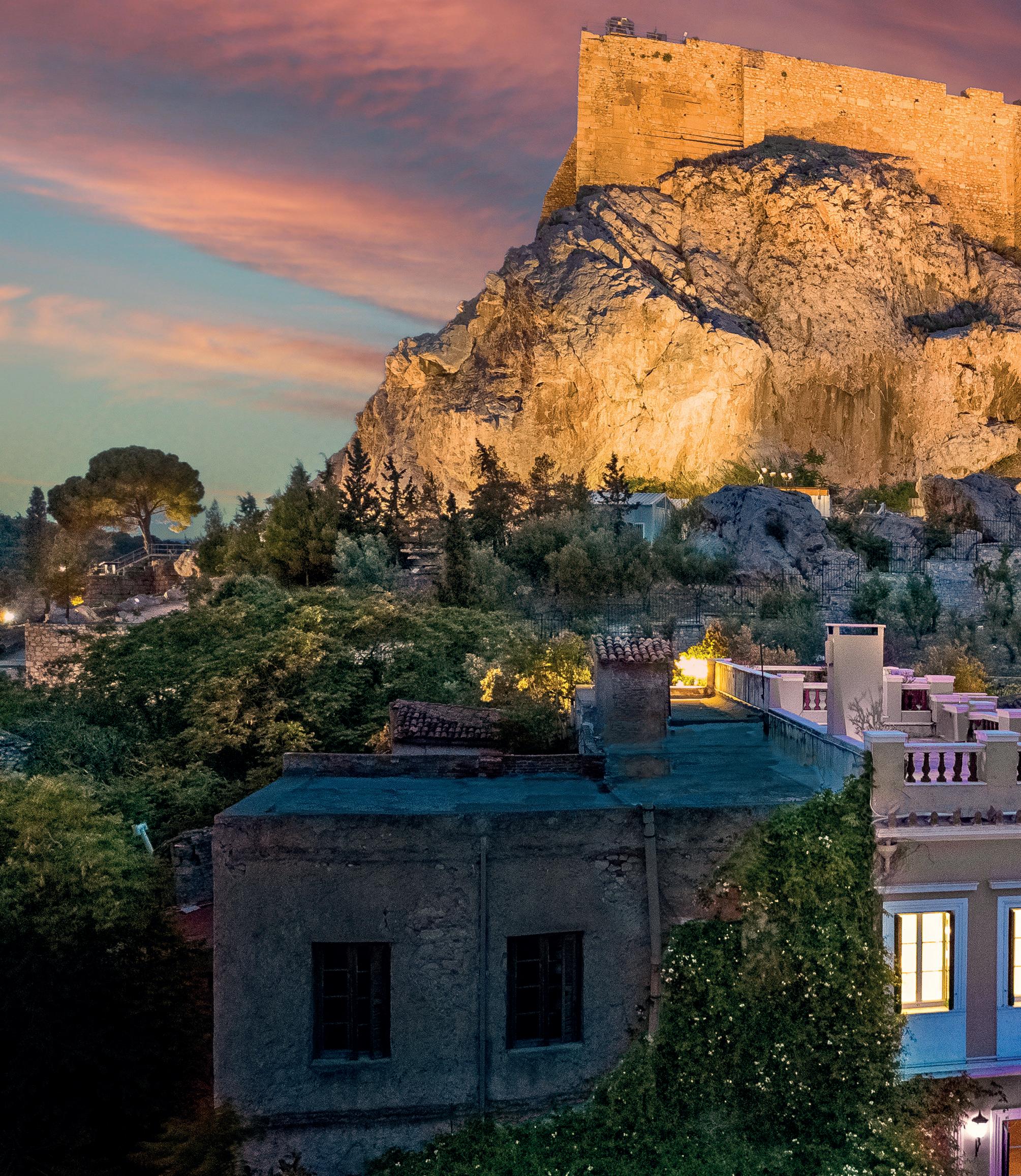
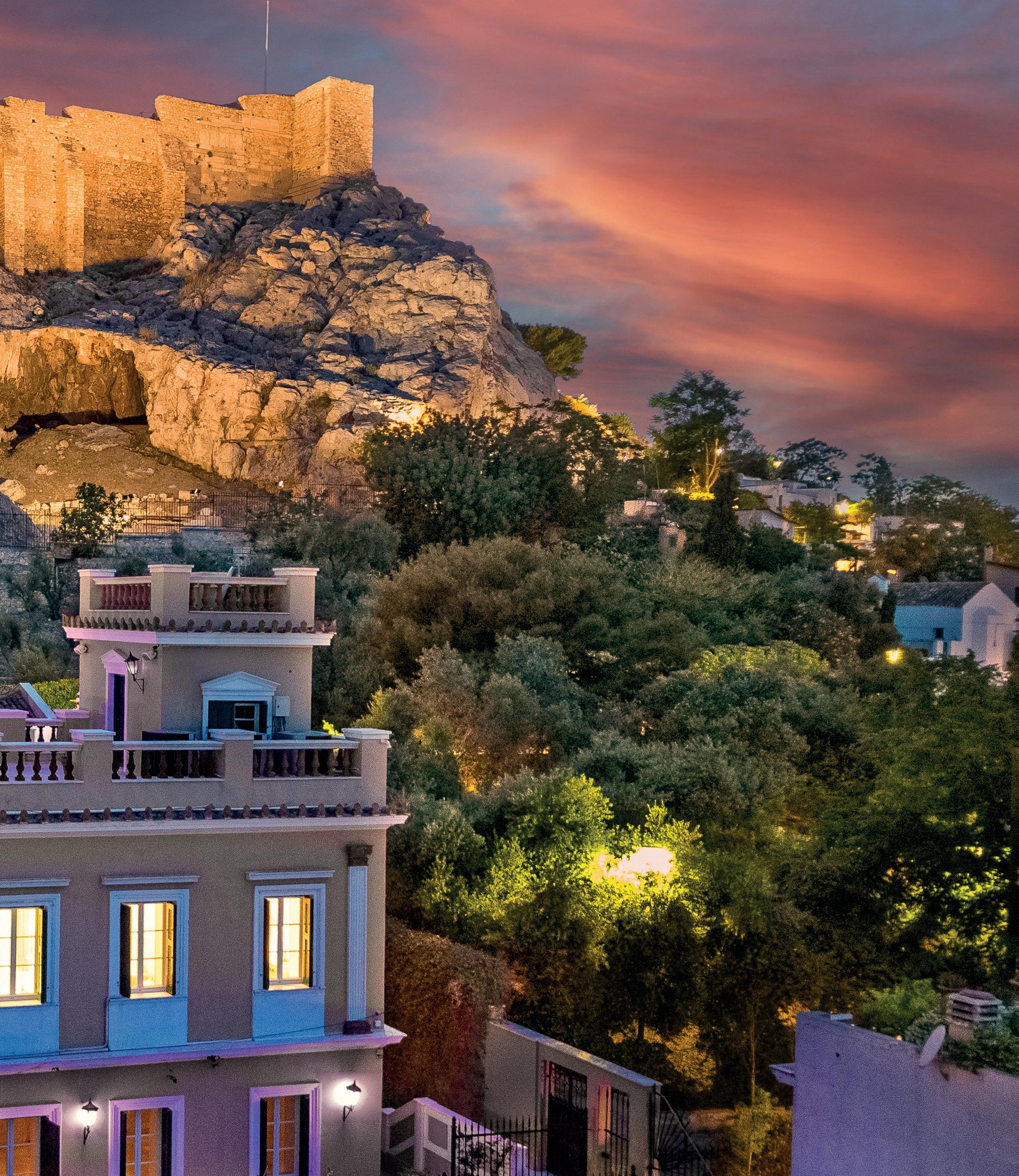
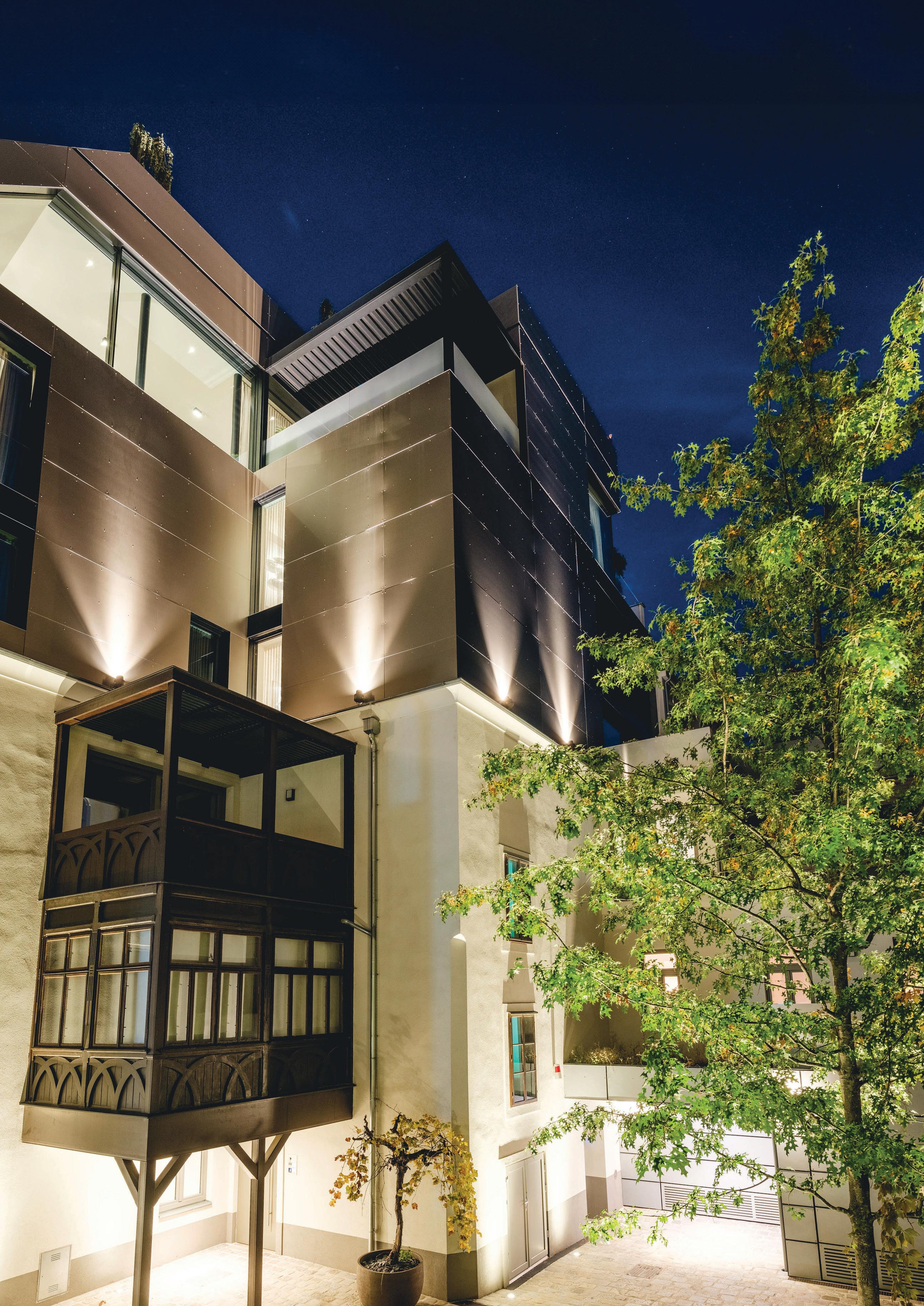
Designer penthouse on top of a historic building, Vienna, AUSTRIA
This luxurious, modern penthouse comes with top-quality finishings, spacious terraces and impressive views. It also features an outstanding wellness area, a one-of-a-kind wine cellar and a huge garage.
4 bedrooms, 2 bathrooms, 499 m2 living space, 187 m2 terraces. Price upon request. Ref. MI-2462
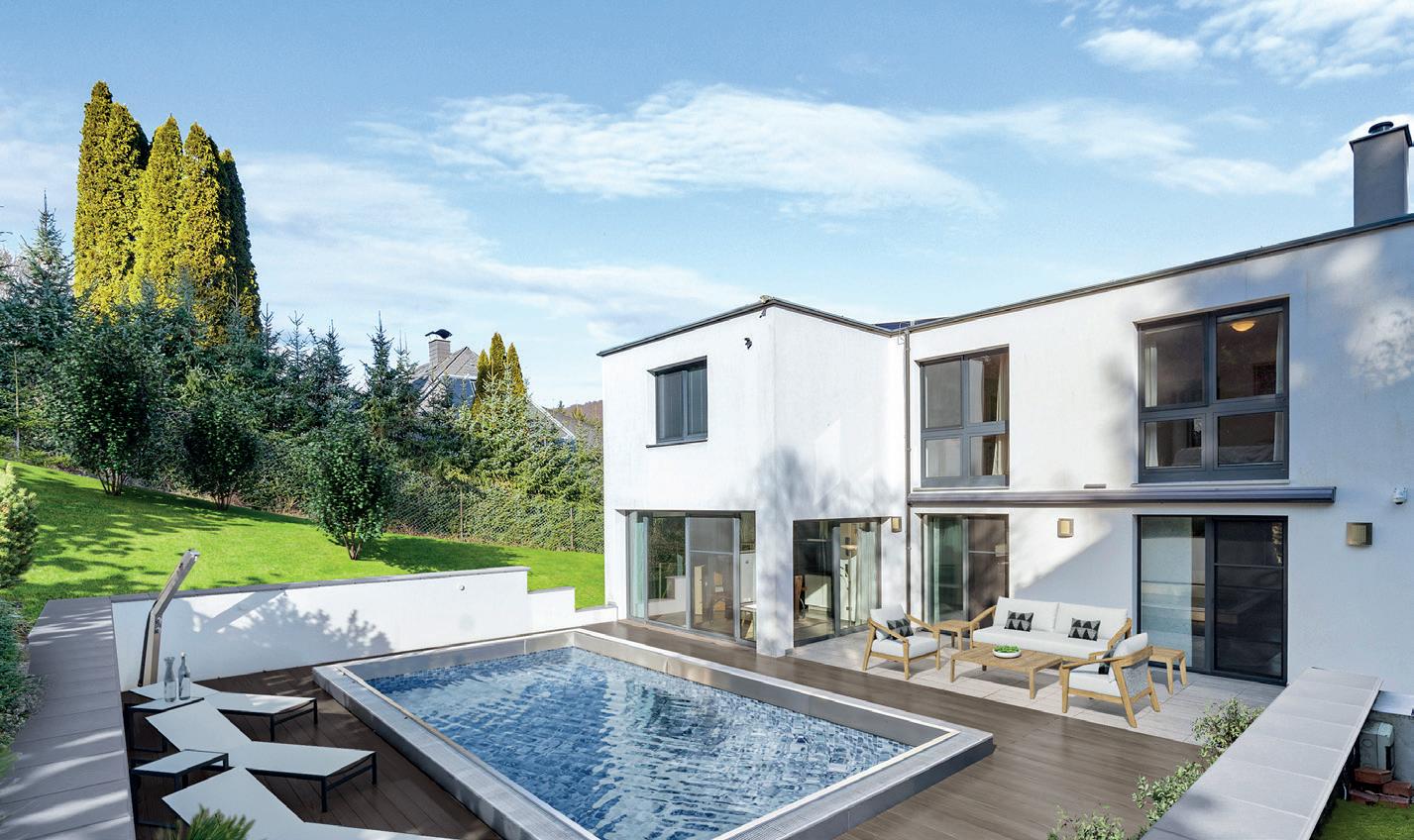
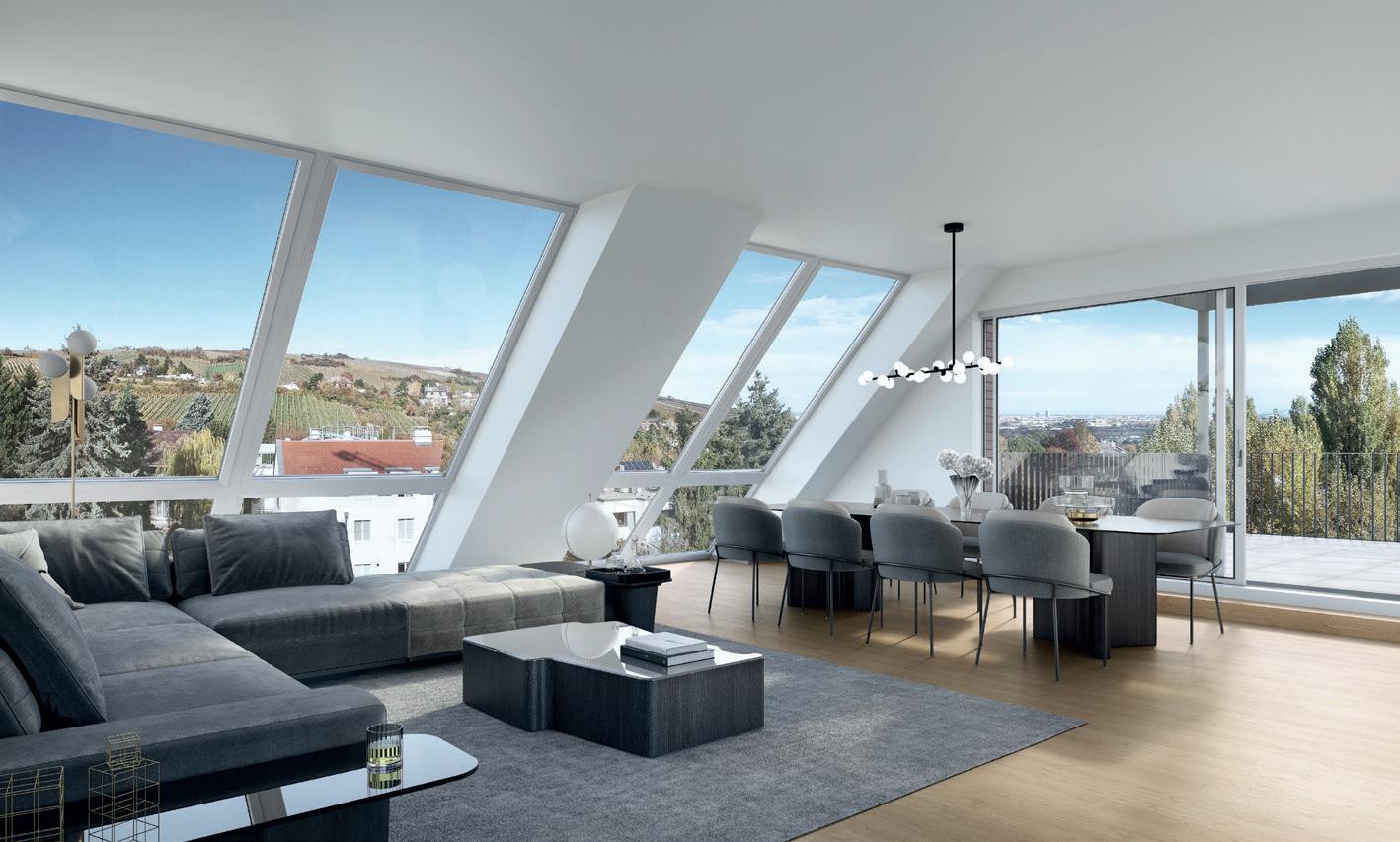
Modern villa with pool, Vienna surroundings, AUSTRIA
This villa with a large pool terrace and beautiful garden is ideal for young families and is located in a quiet, green area in Purkersdorf. Large garage.
5 bedrooms, 3 bathrooms, 442 m2 usable space, 1.353 m² land
Price upon request. Ref. MI-2661
Magnificent penthouse with stunning views, Vienna, AUSTRIA
This exclusive penthouse with a beautiful view is located in a representative new building in one of the best locations of Vienna. Wine cellar, garage.
2 bedrooms, 2 bathrooms, 166 m2 living space, 77 m2 roof terrace.
Price upon request. Ref. MI-2521
office@marschall.at
www.marschall.at
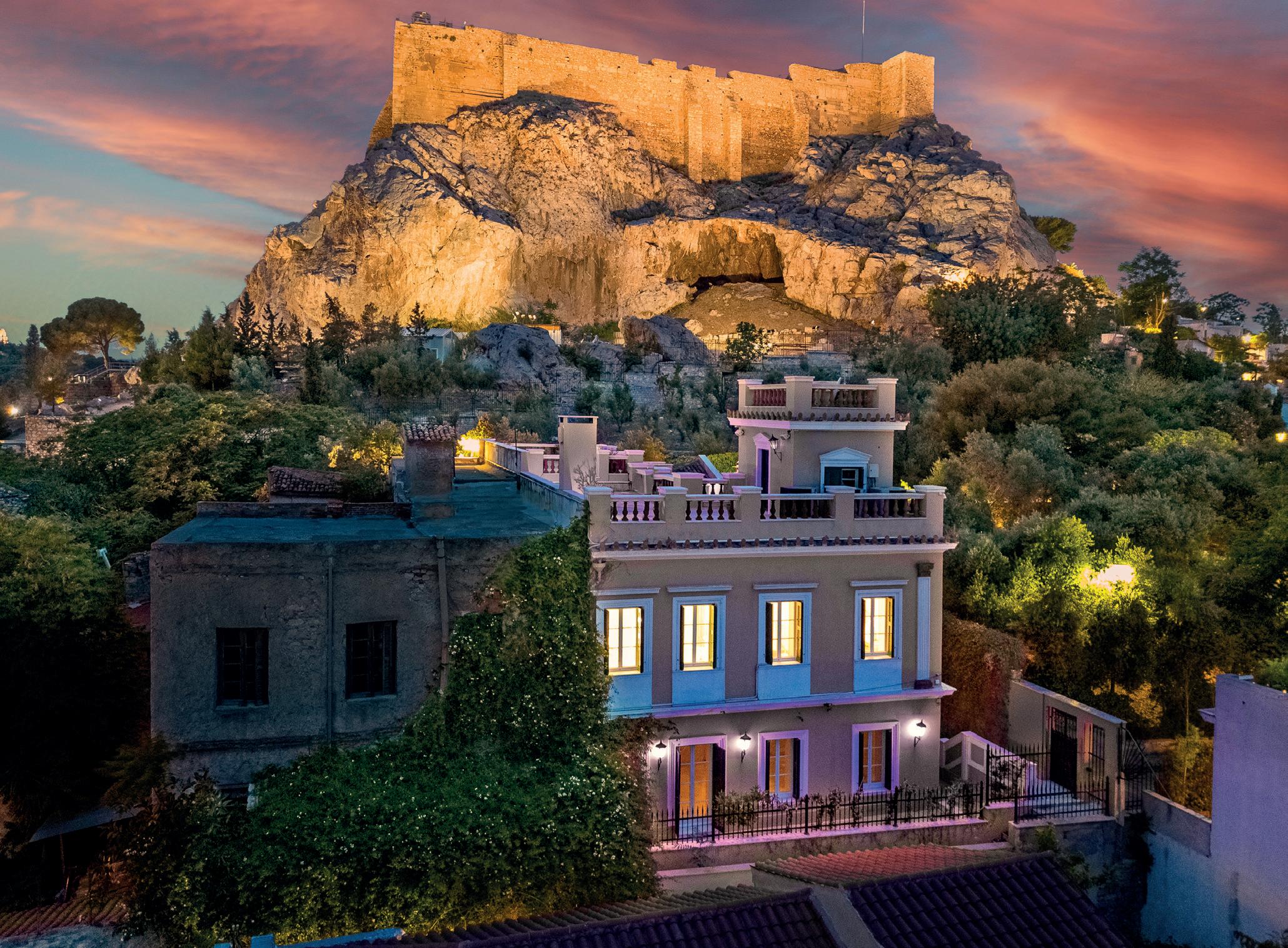
Athens, Greece. This romantic residence set at the foot of the Acropolis blends harmoniously with its extraordinary surroundings. Built in neoclassical style at the beginning of the 20th century, it features spacious living and entertaining areas including an impressive roof terrace with breathtaking views over the historic area.
4 bedrooms, 4 bathrooms, house: 435 m2, land: 312 m2
Price: €7.500.000 Ref.: PS8864381
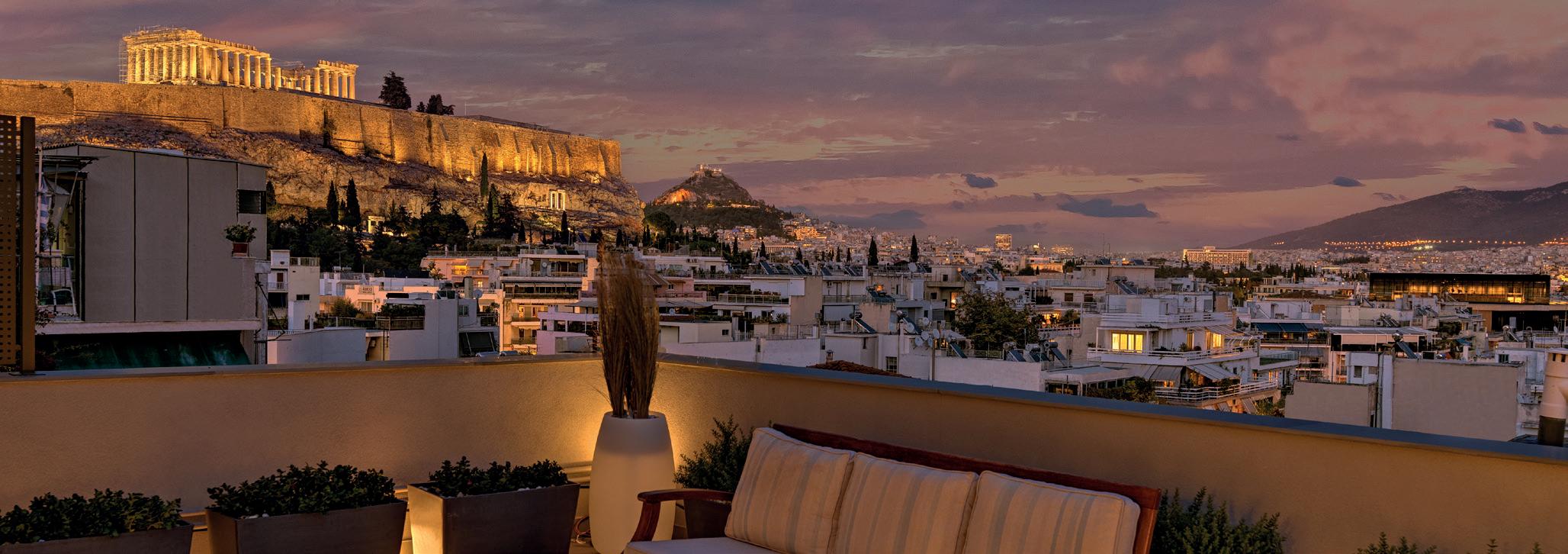
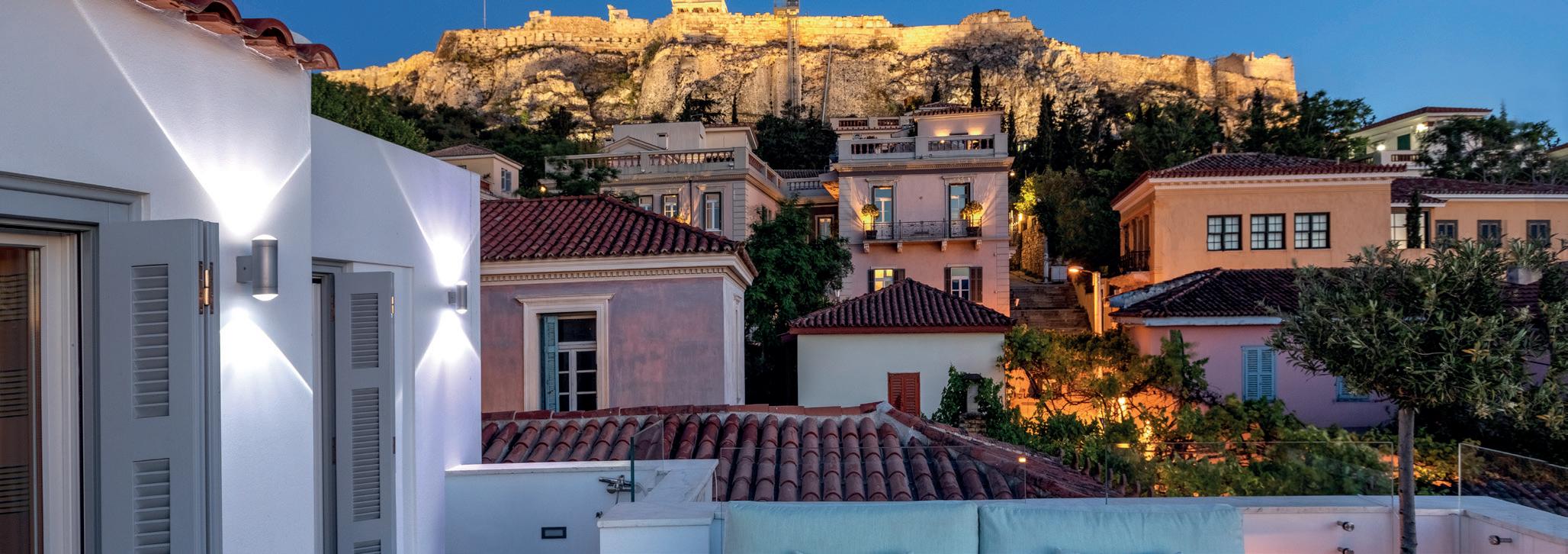
Apartment Building near Acropolis, Athens, Greece
7 bedrooms, 8 bathrooms.
House: 574 m2, Land: 227 m2
Price: €8.800.00 Ref.: PS8823311
The Plaka Townhouse, Athens, Greece
2 bedrooms, 2 bathrooms
House: 302m2, Land: 135 m2
Price: €3.500.000 Ref.: PS8860829
SOTIROPOULOS +30 210 3643112
ps@ploumis-sotiropoulos.gr
www.ploumis-sotiropoulos.gr
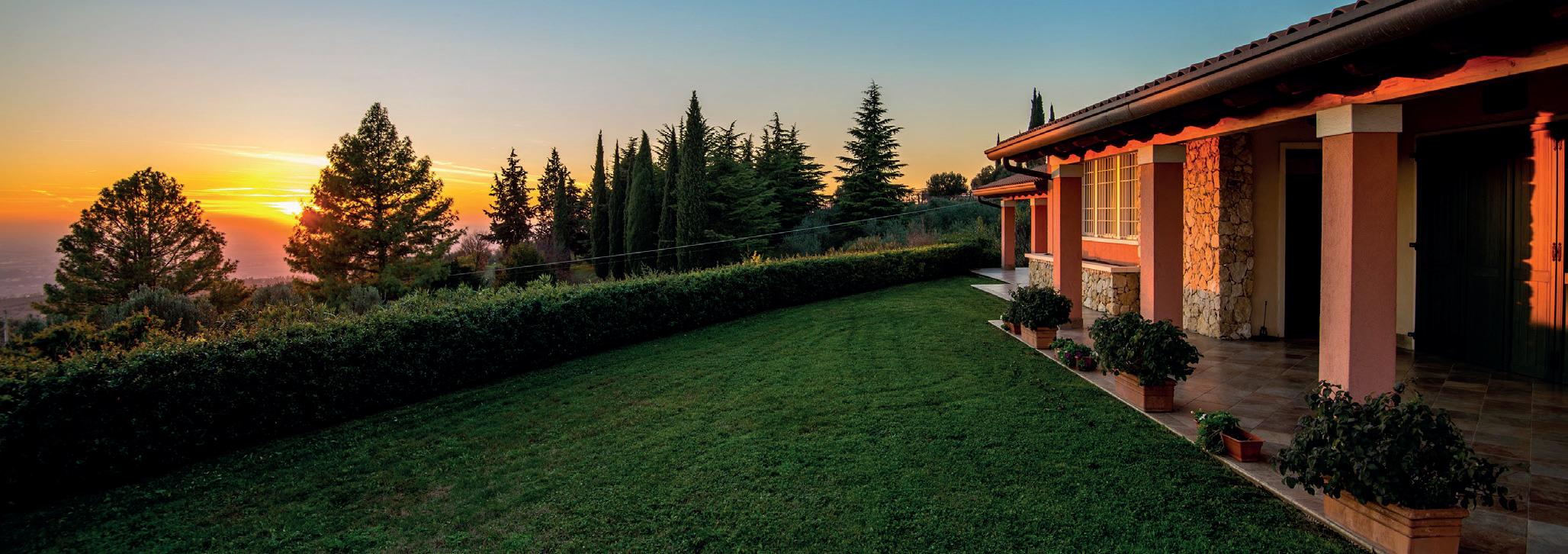
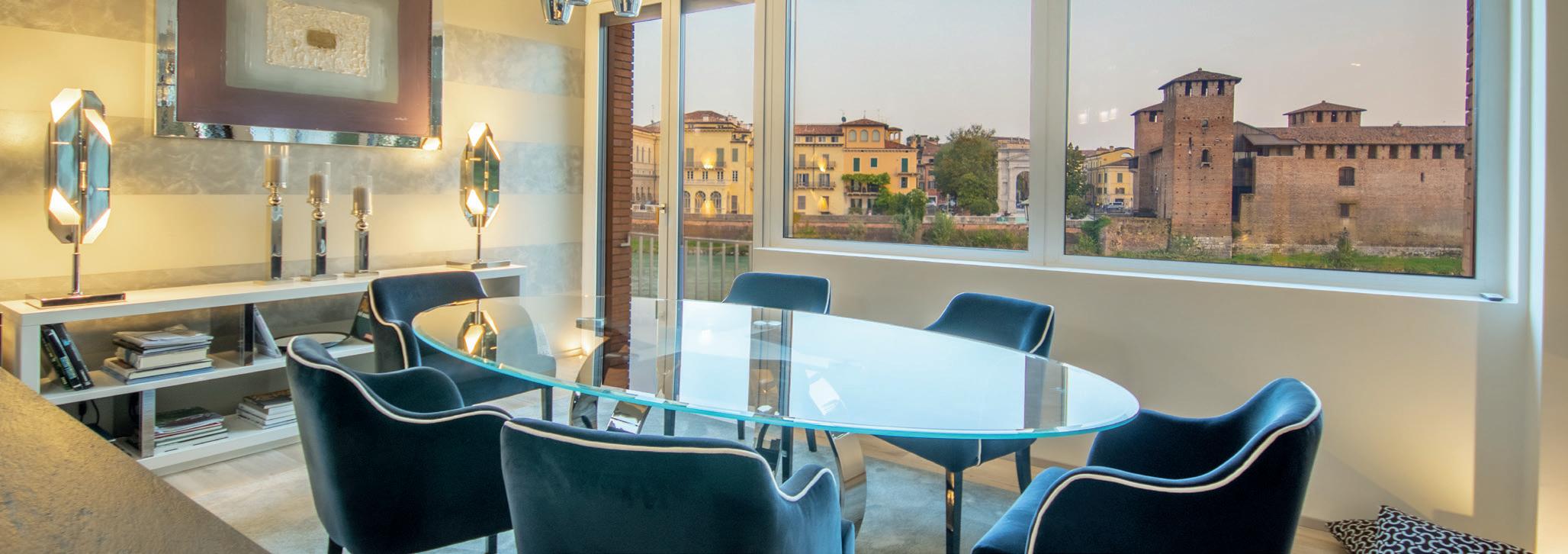
Panoramic Villa, Verona, Italy. Property with 7000 sqm of land and with living room, kitchen and laundry.
3 bedrooms, 3 bathrooms, study.
Price: €1.550.000 Ref: MA1992
Luxurious Apartment City Center, Verona, Italy. Living room, kitchen and dining area, 3 bedrooms, 2 bathrooms, storage room, veranda.
Price: €1.980.000 Ref: LS1990
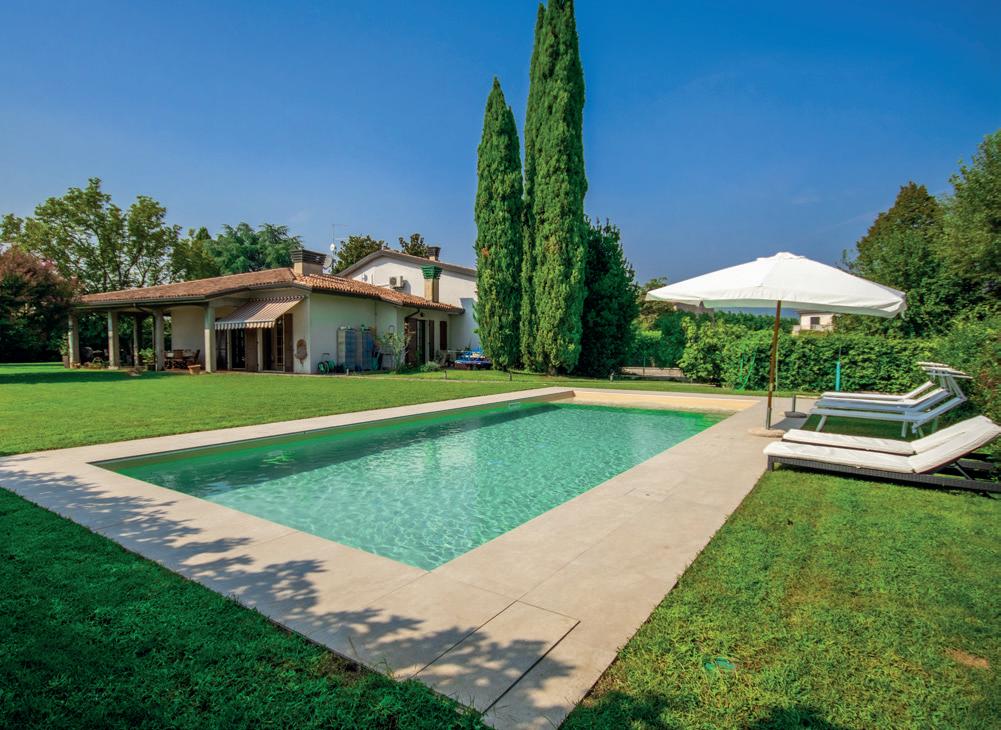
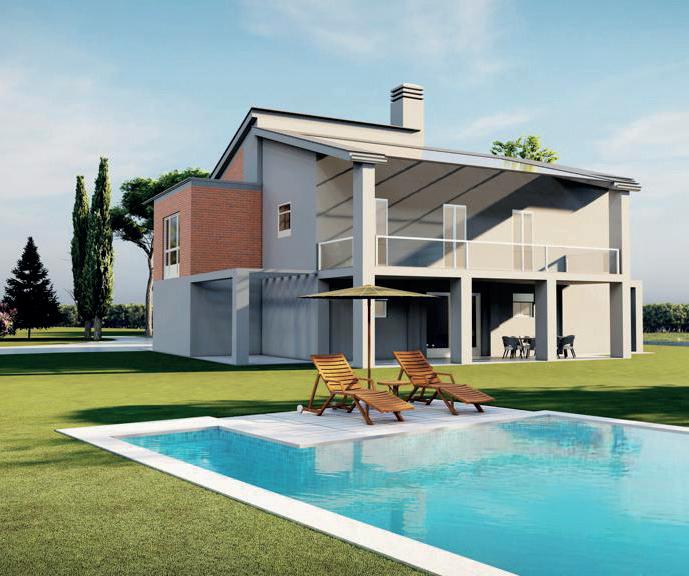
Beautyful villa Valpolicella, Pescantina, Verona, Italy
Arranged on three floors and consists of 4 bedrooms, 3 bathrooms, large tavern, cellar, laundry, 3 parking spaces and garden 900 sqm.
Price: €850.000 Ref: LS2016
Villa in Peschiera del Garda, Lake Garda, ITALY
300 sqm rendering project ready in 18 months, 5200 sqm garden.
Price: € 2.000.000 Ref: IA0181
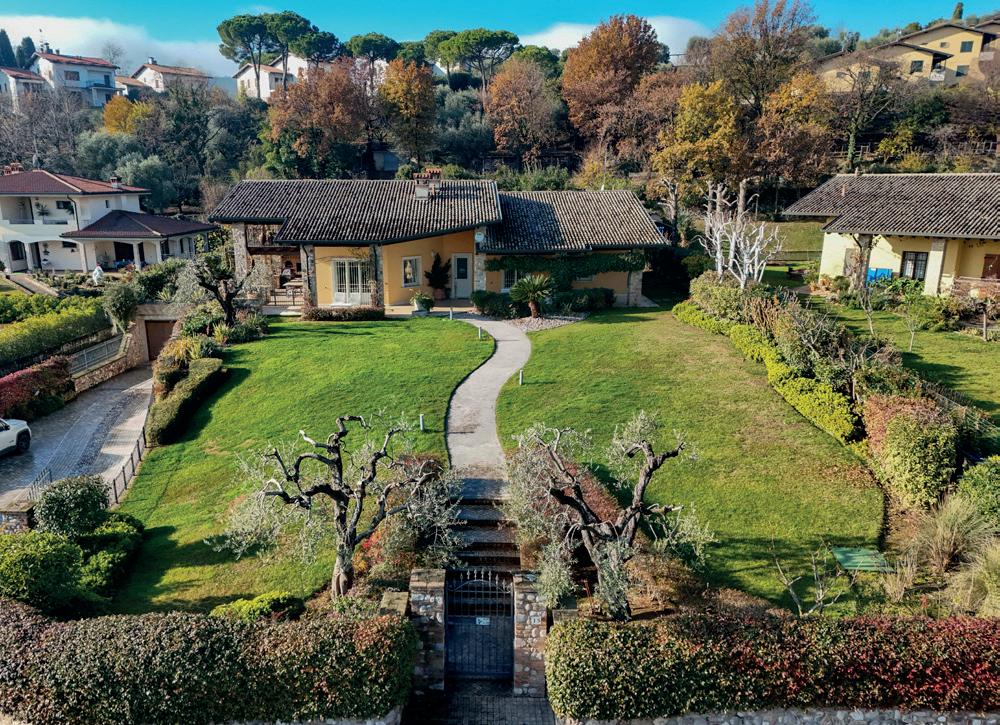
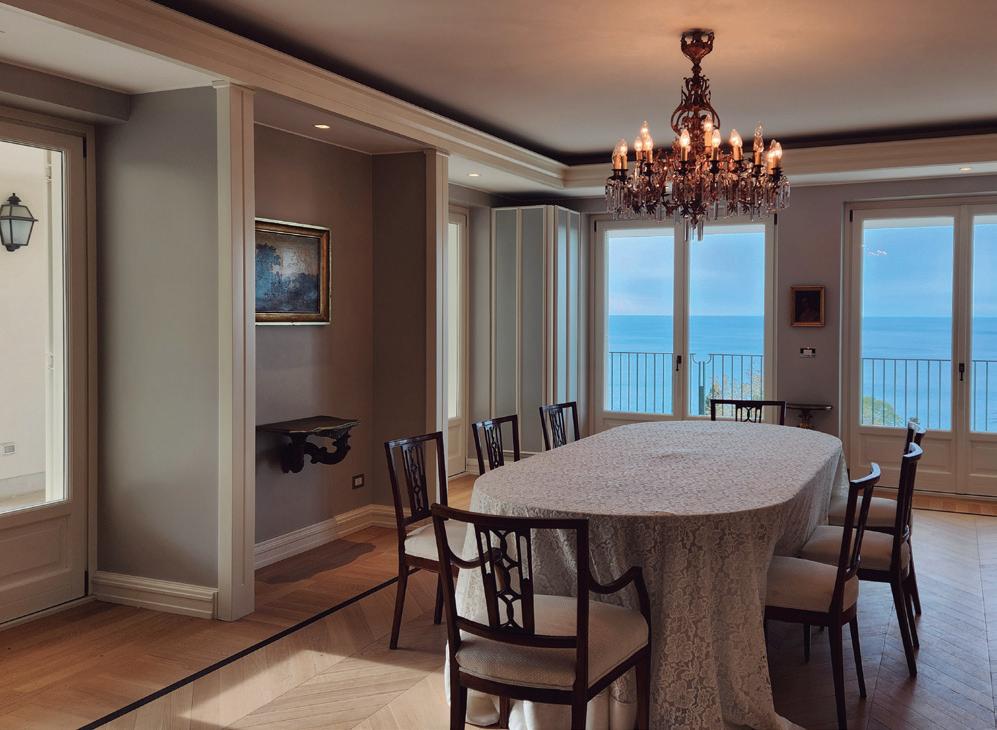
Lake view property in Padenghe Lake Garda, ITALY
Large living-room, 1 master suite, 2 double bedrooms, 4 bathrooms, 600 sqm, huge garden.
Price: € 2.400.000 Ref. VA0199
Luxury Villa. In Prosecco area, Treviso, Italy
Garden, pool, 5 bedrooms, 5 bathrooms, 1000 sqm.
Price: €2.950.000 Ref. MA2020
Cofim (Verona City) +39 045 800 11 99
Cofim (Garda Lake) +39 030 337 79 72
www.cofimimmobiliare.it
Info@cofimimmobiliare.it
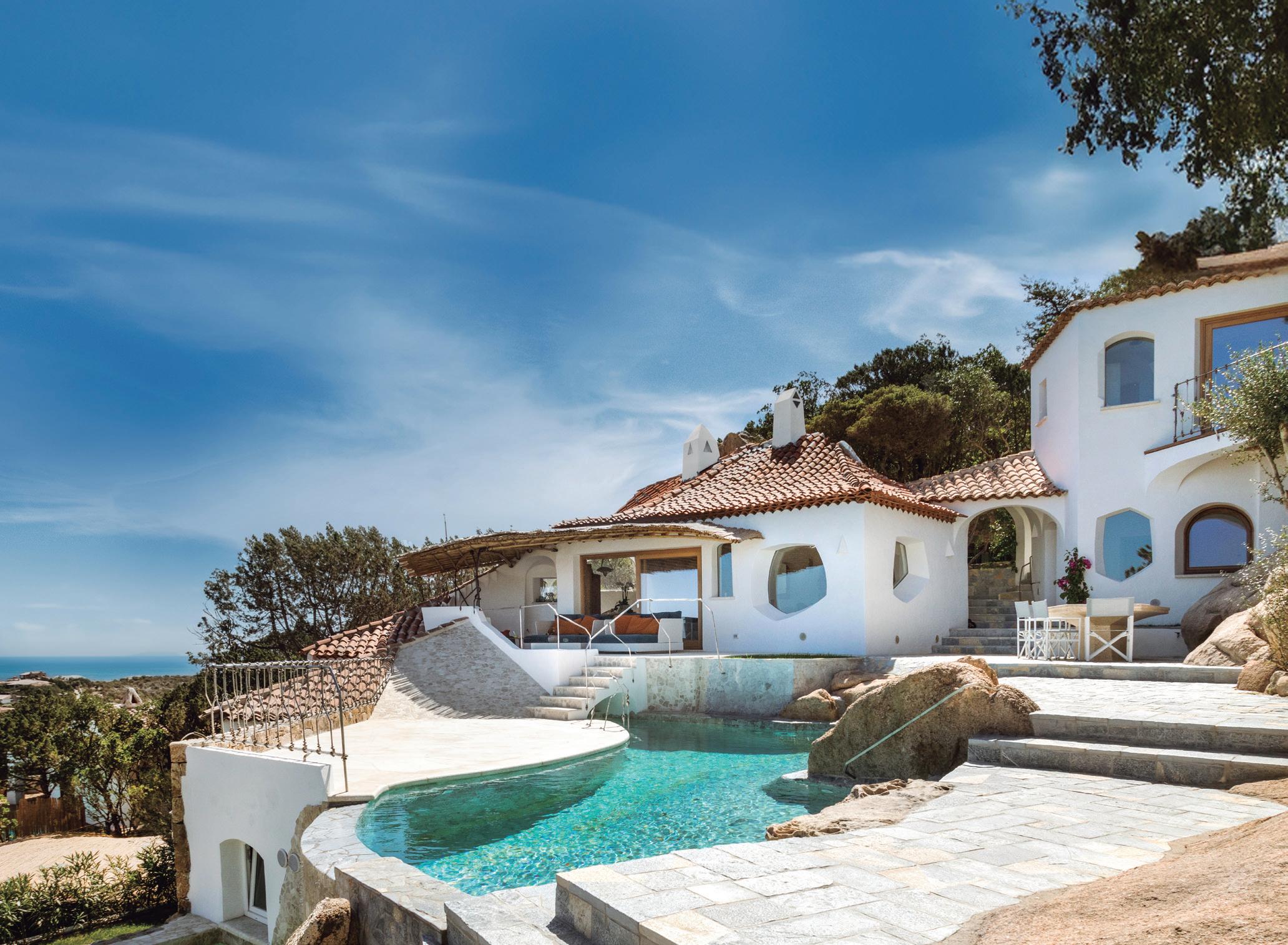
Signature Villa with breathtaking views
Stunning panoramic location in Porto Cervo Costa Smeralda, Sardinia, ITALY.
Sophisticated residence featuring amazing views over the Bay and the coastline of Porto Cervo and Porto Vecchio. Rare panoramic position close to the Marina and the centre easily reachable on foot. Distinctive design by Arch. Savin Couelle, recently renovated by Arch. Patrick Lesuisse. Manicured Mediterranean park, swimming pool, elegant outdoors.
Three floors, 5 beds, exquisite living and dining areas, guest houses. / staff quarters. Private Sale - Price upon request.
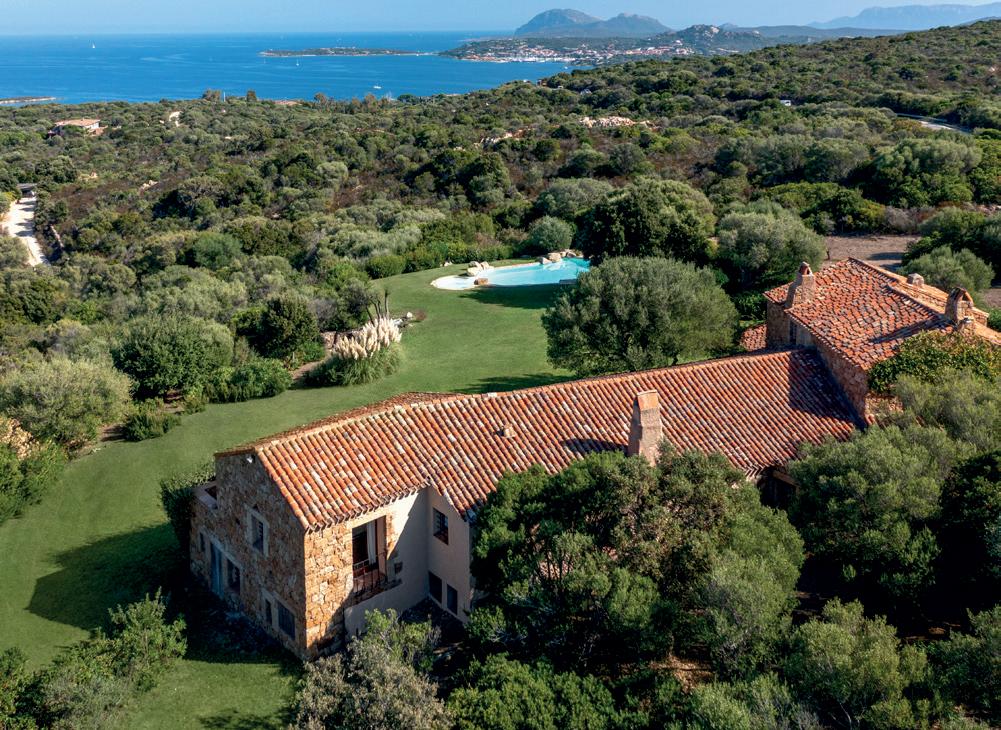
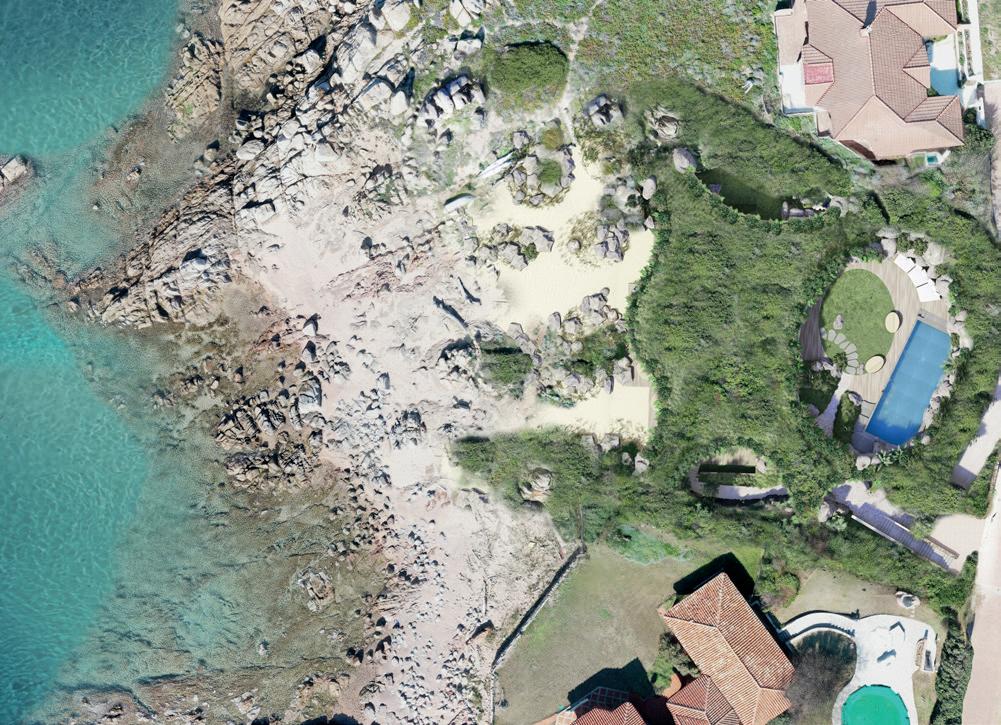
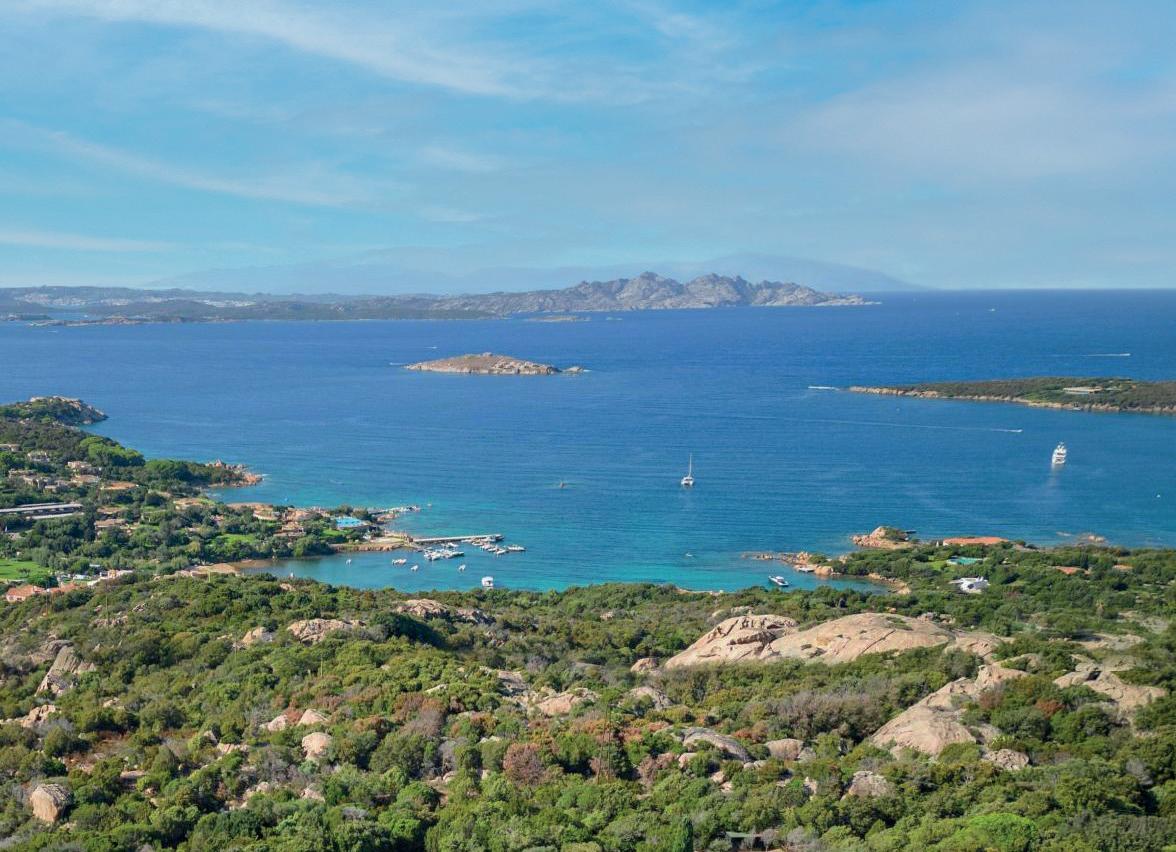
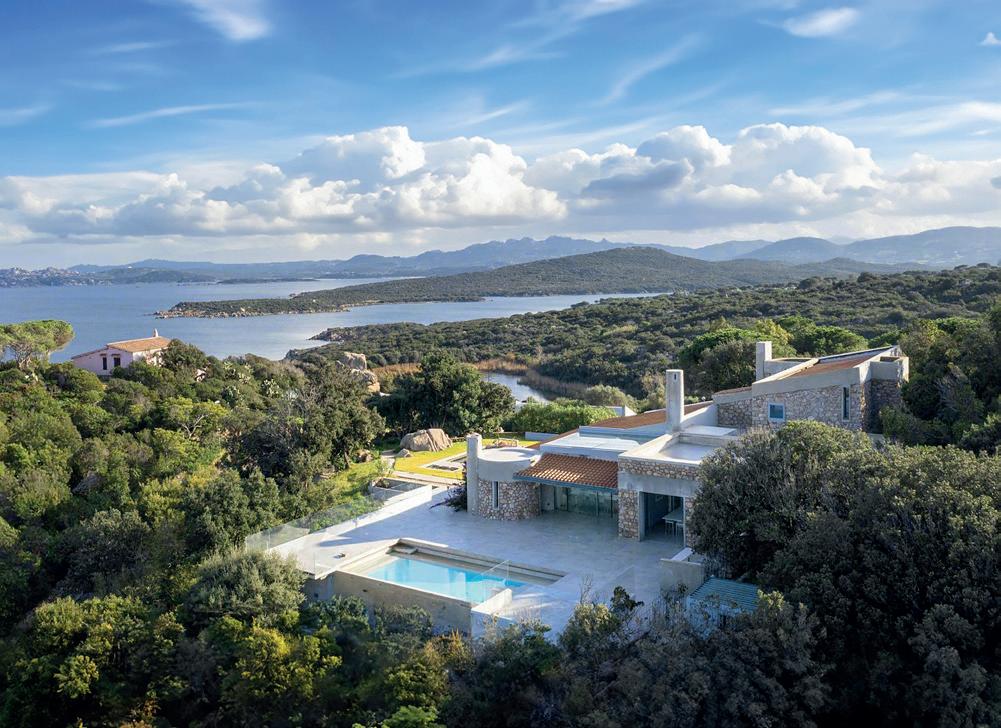
Panoramic 6 hectares estate – Costa Smeralda, Sardinia, ITALY
Beautiful estate with 6 ha park between Portisco and San Pantaleo, incredible views over Cala di Volpe, Portisco, Porto Rotondo. Designed by Architect Savin Couelle.
Spacious interiors, 7 beds, 6 baths, panoramic pool, guest villa, stunning outdoors. Few minutes from Porto Cervo.
IMS CSMM0218A Price upon request.
Extraordinary Estate in Private Sale – Costa Smeralda, Sardinia, ITALY.
Exclusive estate combining space, absolute privacy and a unique scenic location in the heart of the Costa Smeralda. Breathtaking views, private Mediterranean park, two residences, main villa and dependance. Swimming pool, solarium, stunning outdoors. Iconic unique residence.
IMS LVC3865V Price upon request.
New Biophilic Waterfront Villa, Portobello di Gallura, Sardinia, ITALY
Waterfront biophilic villa immersed in a private gated community, about 1.600 sqmt seaside plot. Innovative neuro-architecture sustainable project. Perfect microclimate, integration into the environment, landscape design.
About 350 sqmt, 6 beds, 7 baths, integrated pool, gym, spa, outdoor kitchen.
IMS PTB3476V - Price upon request.
Contemporary seaview Villa, Valle dell’Erica, Sardinia, ITALY
Extraordinary signature property with private 4,300 m2 land, facing the Archipelago of La Maddalena and Corsica. Recently renovated, landscape design, infinity pool, fishpond, relax area/ hammam, about 770 m2, 3 floors, 5 beds, 5 baths, guest annex, panoramic belvedere with uninterrupted views.
IMS VDE3050V – Price upon request.
Immobilsarda Srl +39 0789 909000
portocervo@immobilsarda.com
www.immobilsarda.com
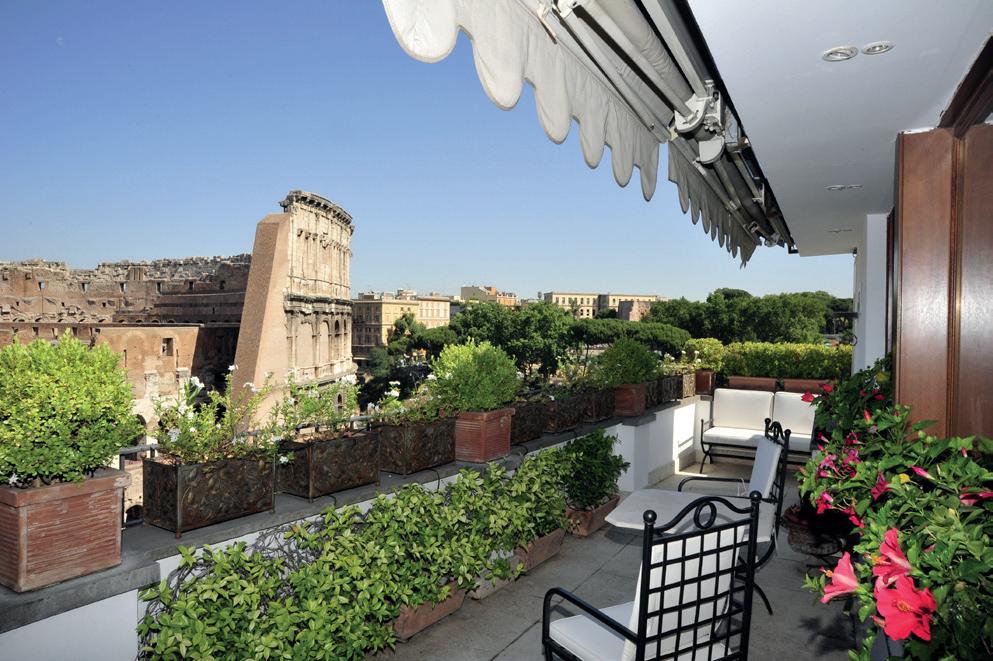
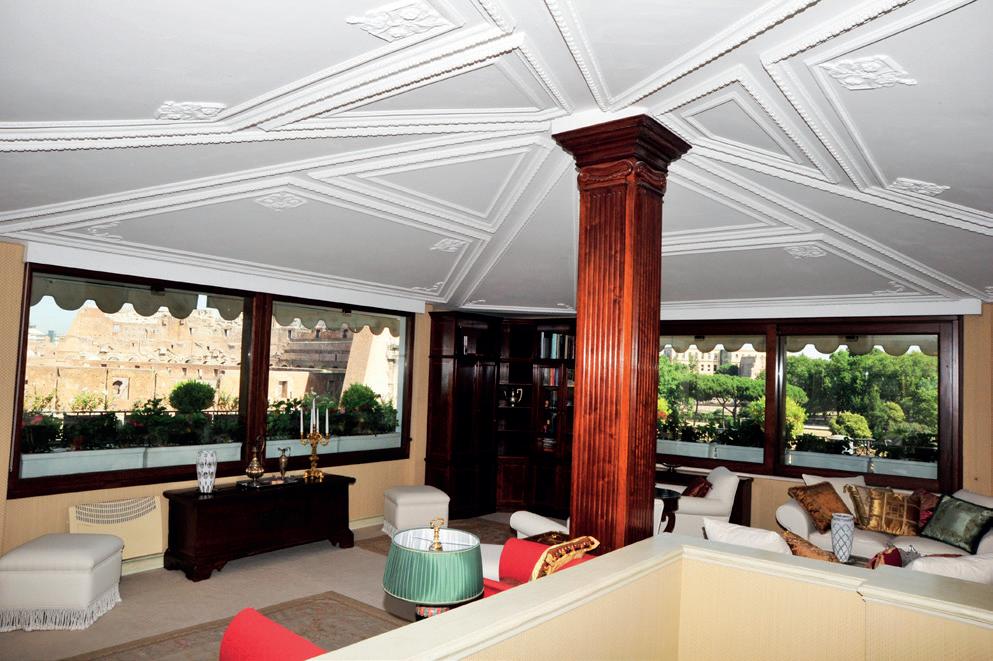
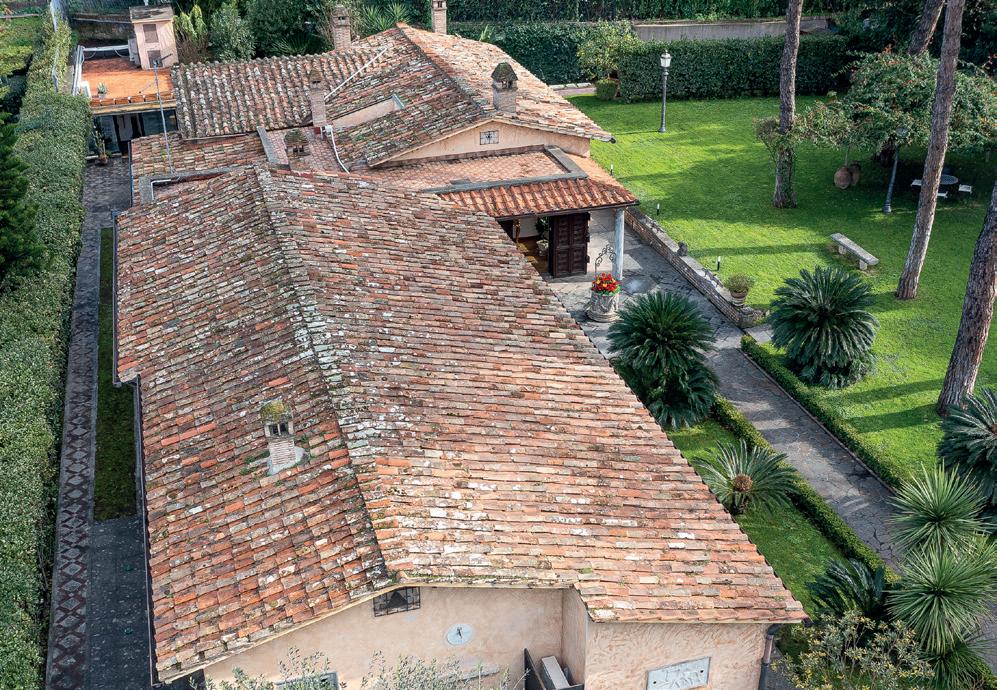

Splendid Penthouse in front of the Coliseum. Rome, ITALY
Completely luxury restored with a breathtaking view and formal rooms, 3 bedrooms; Office; 5 bathrooms; House: 270 m2;Veranda; Terrace: 44 m2
Price Upon Request. Ref. LC159
Wonderful villa in Rome, ITALY
In a unique area of Rome of priceless historic, artistic and naturalistic heritage, close to the Circus Maximus and the Thermae Antoninianae, better known as Baths of Caracalla, we propose the sale of a Nineteenth Century splendid Villa, surrounded by nature. The 400 m2 circa villa develops on one level, it is equipped with a sauna, a 50 m2 circa ancillary room and a 2.100 m2 circa well-finished garden with English grass.
The villa is refined with valuable materials, such as Versailles oak parquet with yellow Siena marble inserts.
Buildings: 400 m2, other surfaces: 50 m2, land: 2.100 m2
Price Upon Request. Ref. LC418
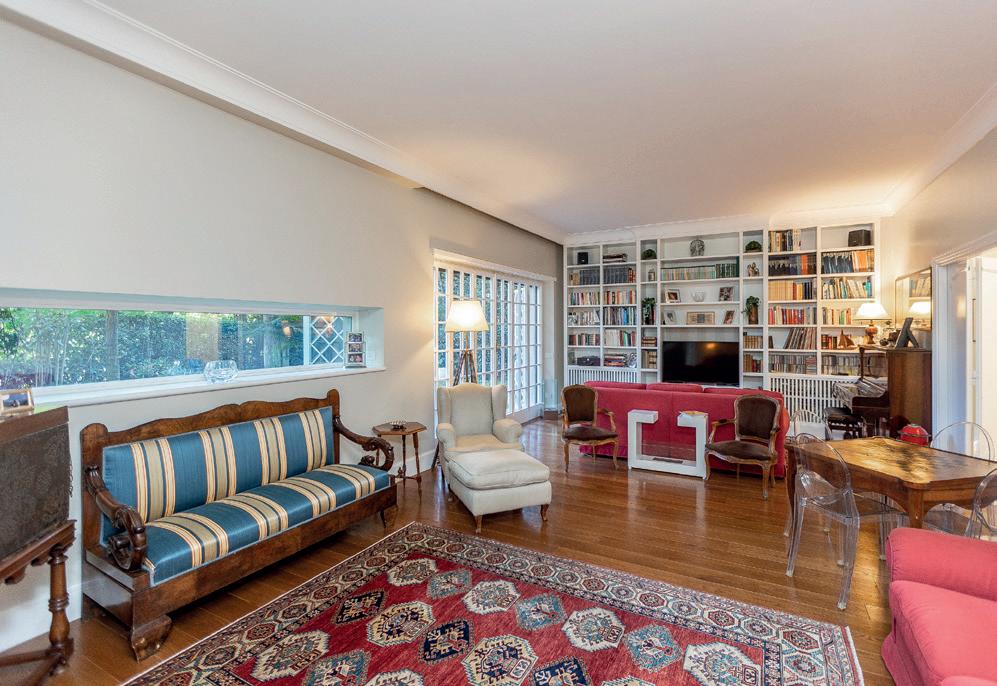
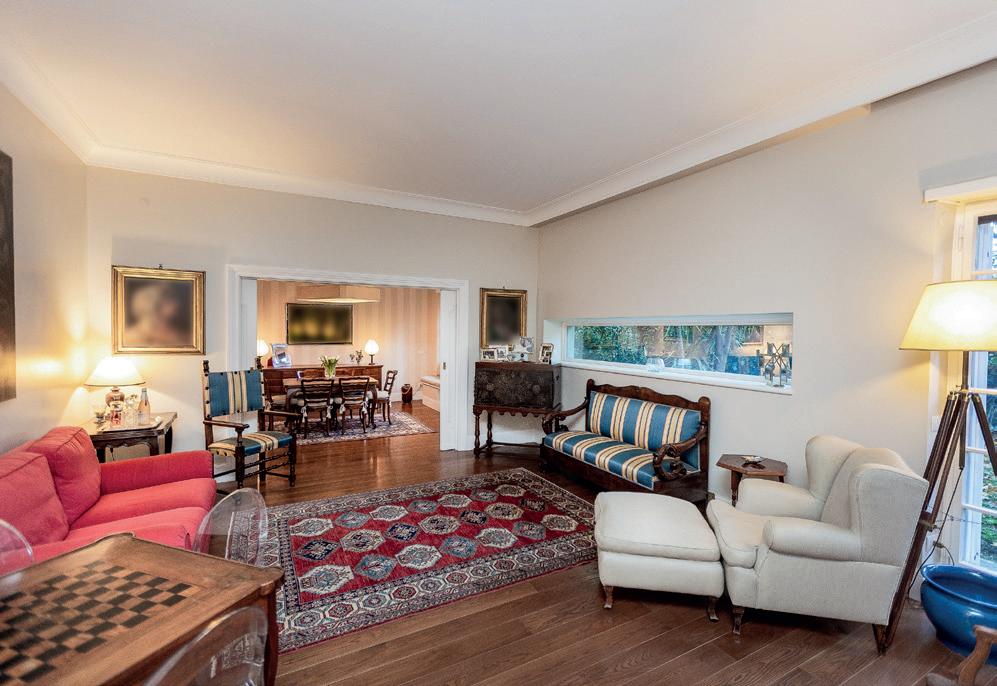
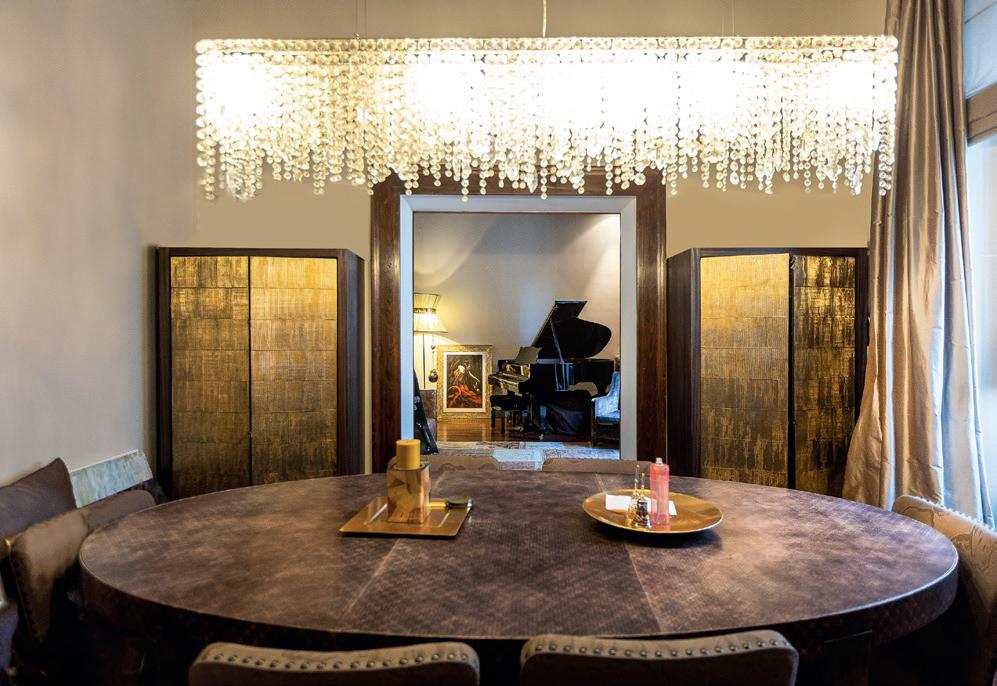
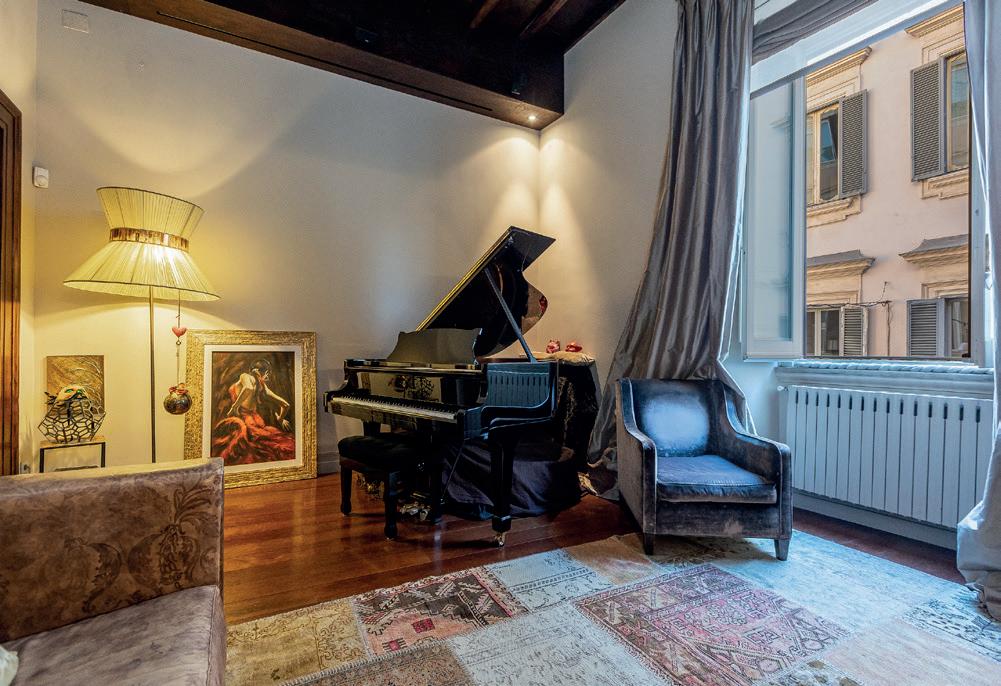
Elegant Apartment in Rome. ITALY
In the exclusive and elegant Monti Parioli area, a short distance from Villa Balestra and Villa Borghese, in a stately residential complex equipped with 24/7 concierge service, with a double entrance, both pedestrian and driveway from Via dei Monti Parioli and Via Luciani, we propose the sale of a splendid apartment fully renovated of 240 sqm circa, with a lovely 240 sqm circa garden, on top of a cellar and a parking space in the condominium garage.
Double living room, dining room, 4 bedrooms, 4 bathrooms
House: 240 sqm ; Garden:240 sqm
Price Upon Request. Ref. LC432
Exclusive Apartment in Campo de’ Fiori. Rome, ITALY.
In a Neo-Renaissance historical noble building, we propose the sale of an exclusive apartment on the second floor with view of Campo de' Fiori and Piazza Farnese.
The precious wooden coffered ceilings are higher than 4 meters. Thanks to the apartment plan, it is possible to divide it into two properties.
Living room; Dining Room; Live-in kitchen; 2 Bedrooms; 2 Bathrooms; House: 180 sqm; Balcony
Price Upon Request Ref. LC408
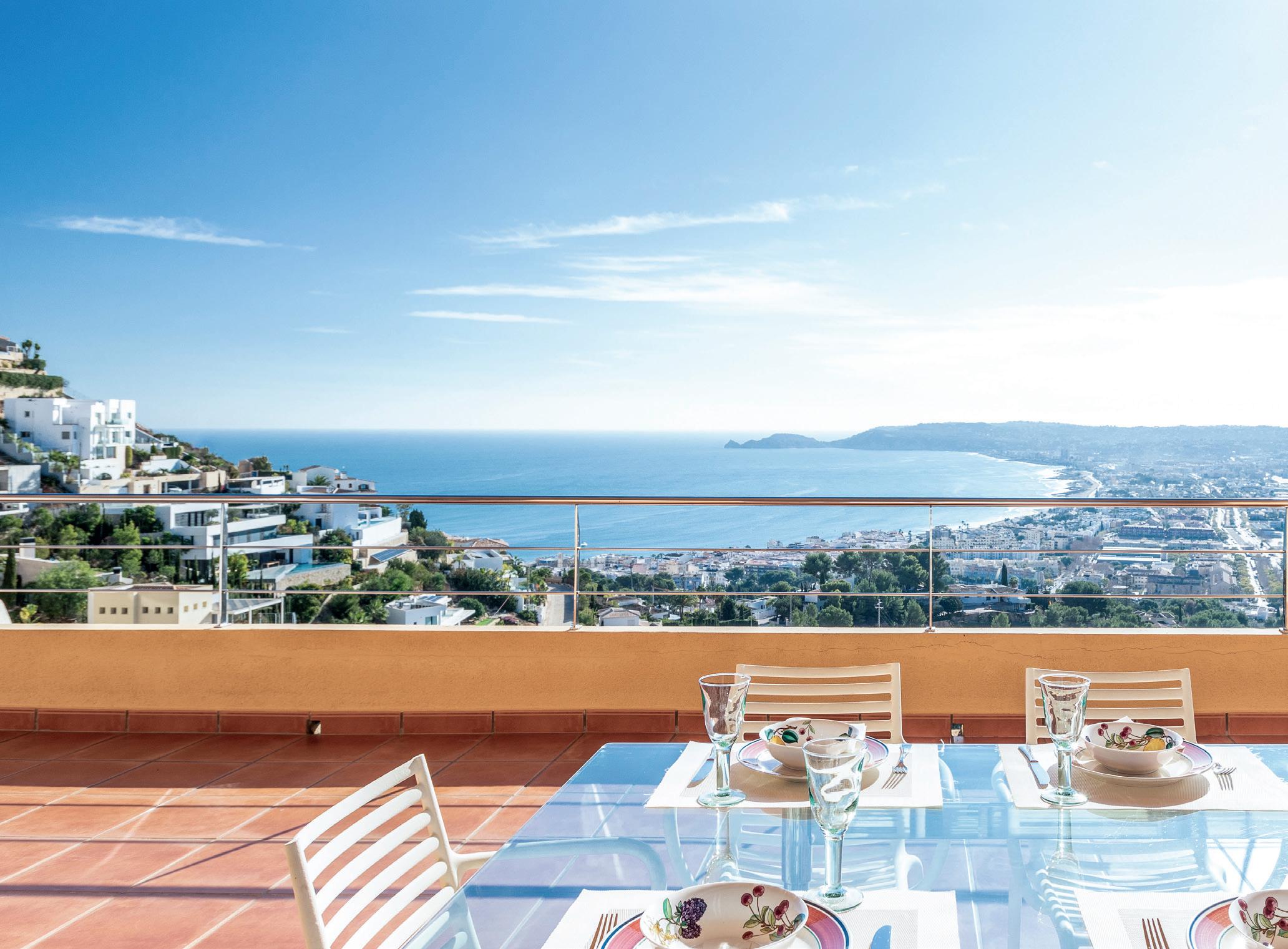
Boasting panoramic views of Javea Bay, the property features 6 bedrooms and 5 bathrooms across three levels. Enjoy spacious interiors, high-quality finishes, and a private pool perfect for Mediterranean relaxation. Notable highlights include underfloor heating, a covered terrace for al fresco dining, and a games room for family entertainment. With proximity to amenities, beach, and port.
Plot: 810m2, built: 289m2, 6 bedrooms, 5 bathrooms
Price: €2,950,000. Ref: RMG6834
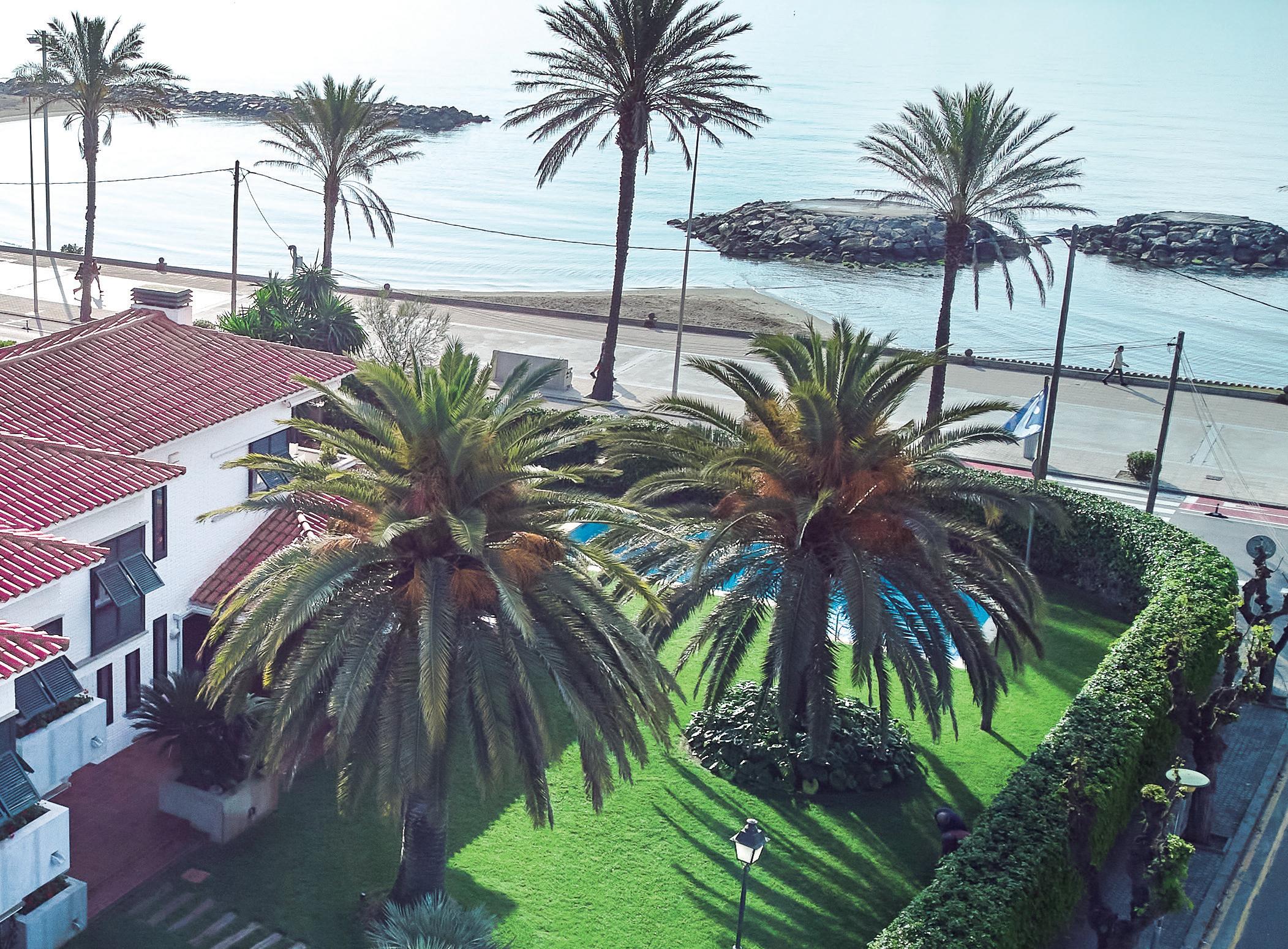
Immerse yourself in coastal luxury with this beachfront villa in Sitges, Barcelona. Spanning approximately 370m², the residence boasts spacious living areas, including a modern kitchen, grand lounge, and five bedrooms. Enjoy panoramic sea views from the terrace and indulge in al fresco gatherings on the expansive porch. Epitome of elegance and comfort in this unparalleled seaside retreat.
Plot: 1,191m2, built: 370,37m2, 6 bedrooms, 5 bathrooms
Price: €8,300,000. Ref: RMGV4370
Rimontgó +34 963 504 444
valencia@rimontgo.es www.rimontgo.com
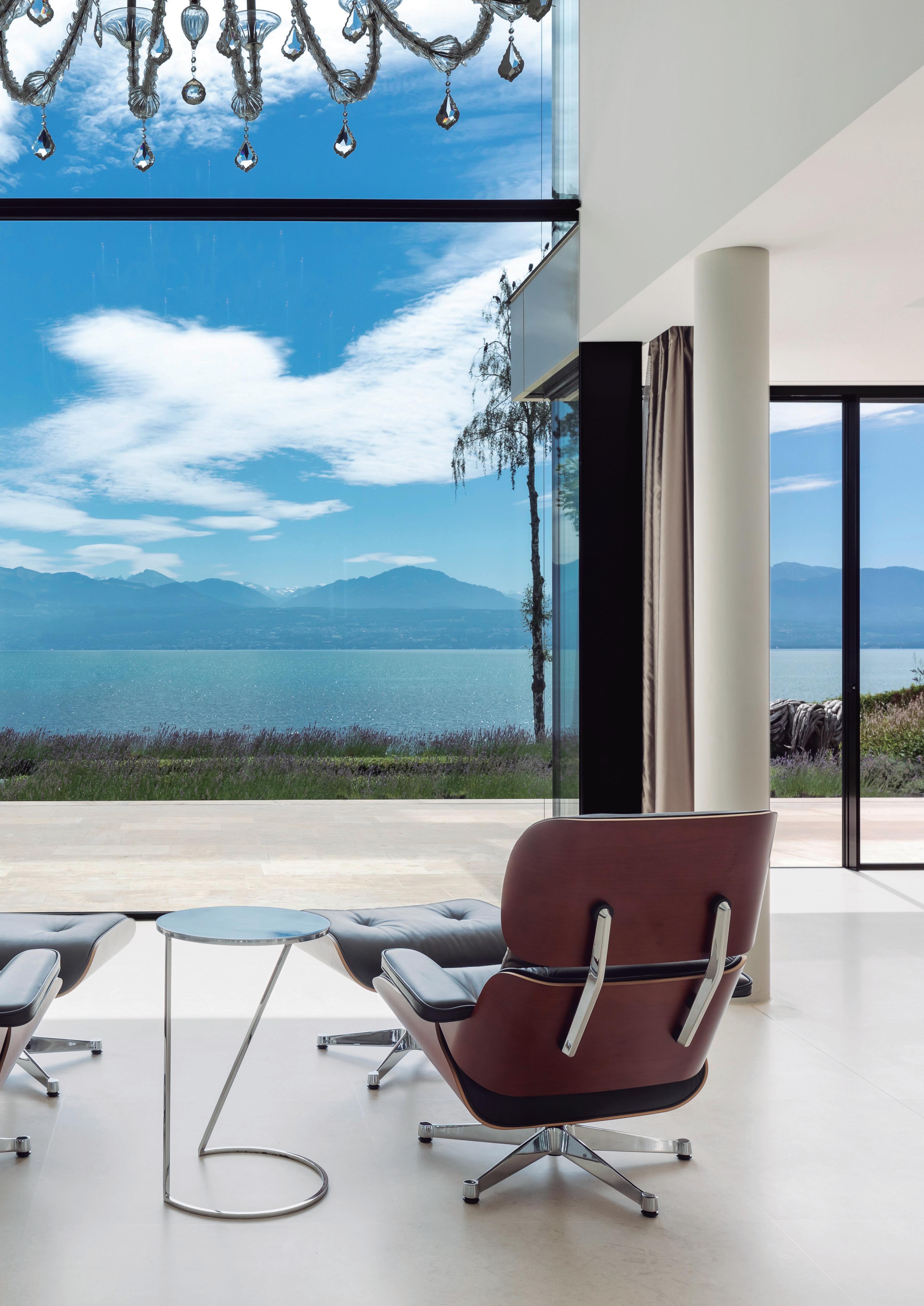
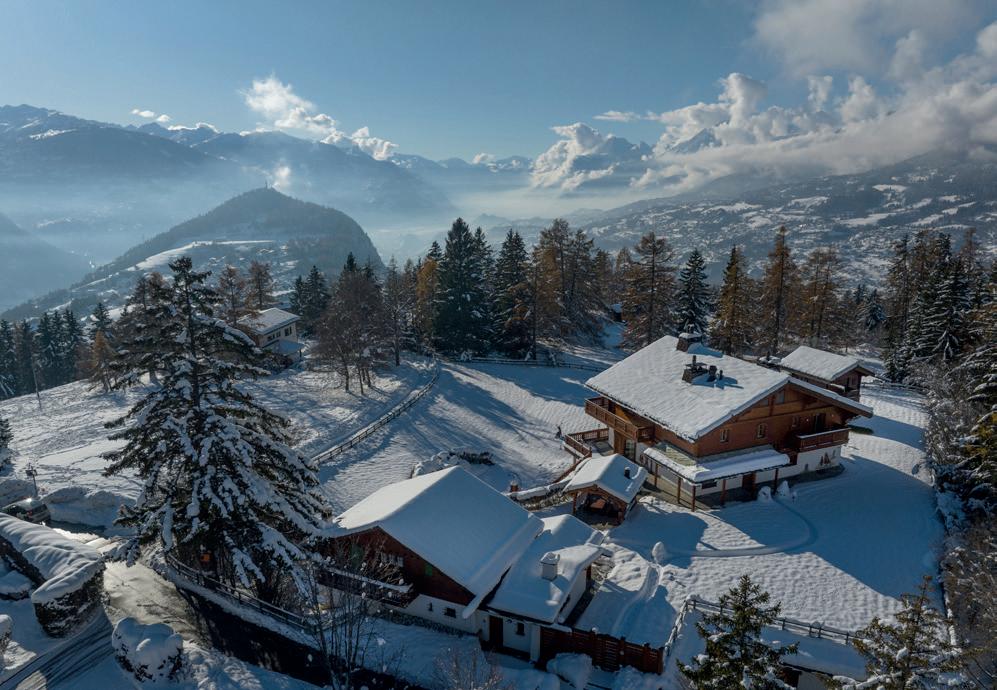
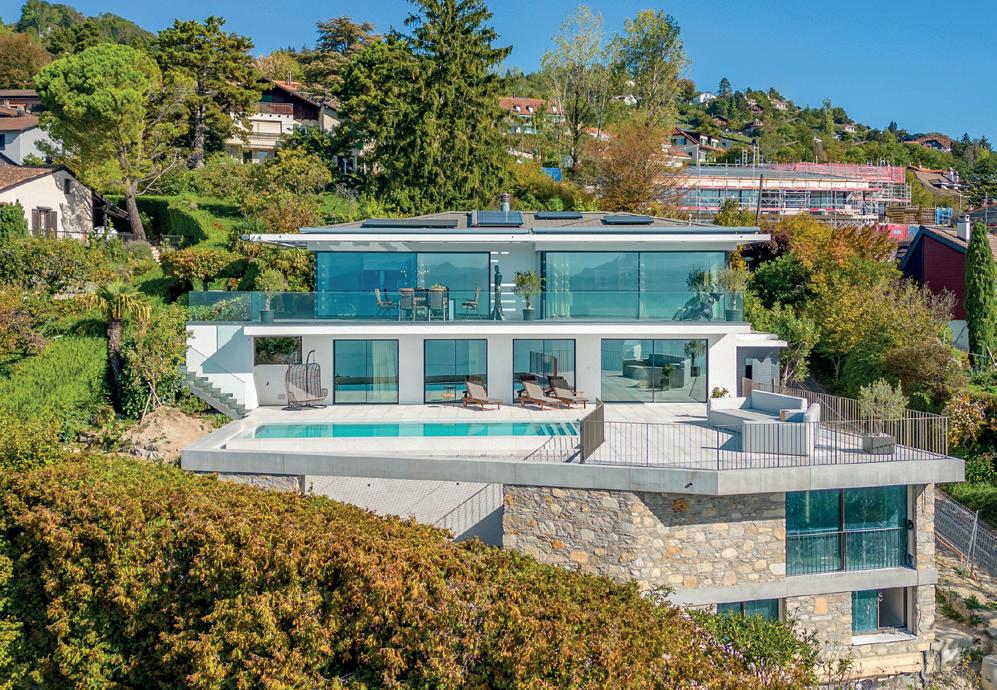
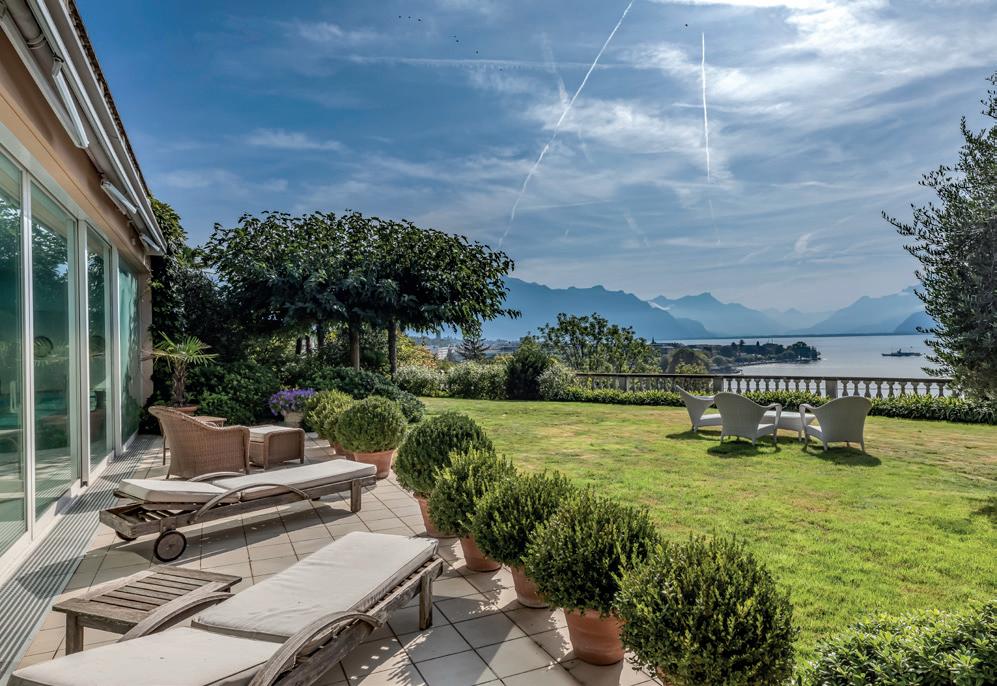
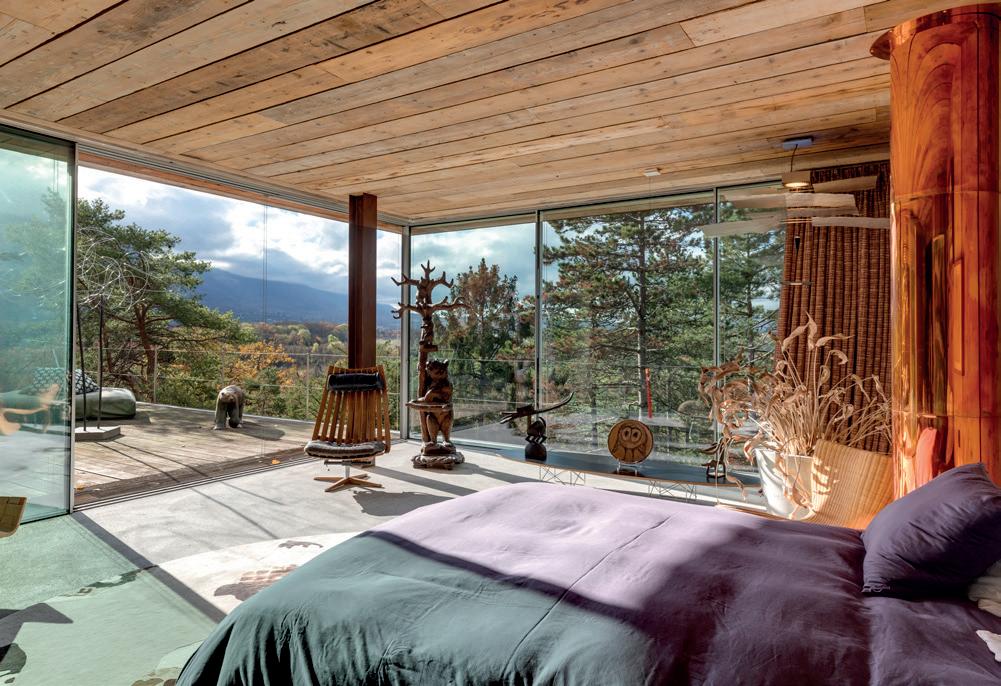
Crans-Montana (Laporte):
A domain in the heart of the Alps. Crans-Montana, Valais, SWITZERLAND
10 bedrs. 11 bathrs, House : 2’240 m2, Land : 8’461 m2
Price on request. Ref. 30594
Corseaux:
Masterpiece property with panoramic lake view. Corseaux, Vaud, SWITZERLAND
4 bedrs. 4 bathrs, House : 476 m2 Land : 2'121 m2
Price : CHF 9'850'000. Ref. 39218
Grandvaux : Contemporary property with breathtaking view. Grandvaux, Vaud, SWITZERLAND
6 bedrs. 5 bathrs, House : 352 m2, Land: 1’218 m2
Price on request Ref. 38783
Conches (Hwood) : Sumptuous villa in an idyllic setting. Conches, Geneva, SWITZERLAND.
4 bedrs. 4 bathrs, House: 700 m2, Land: 8’350 m2
Price : CHF 16’500’000. Ref. 39051
FGP SWISS & ALPS
+41(0) 22 319 89 15
contact@fgp-swissandalps.com
www.fgp-swissandalps.com
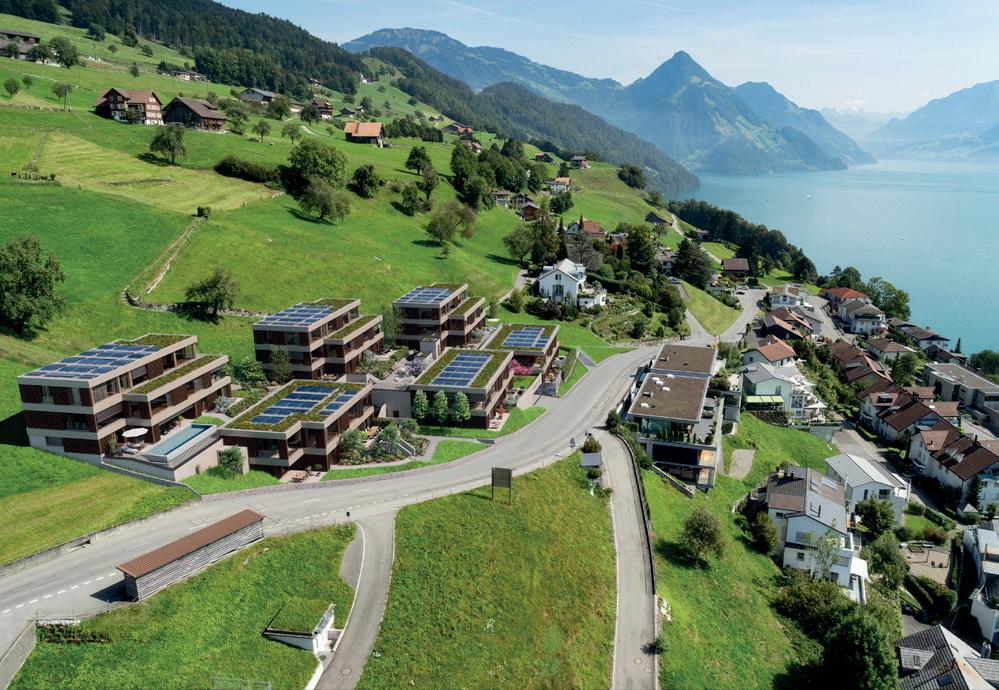
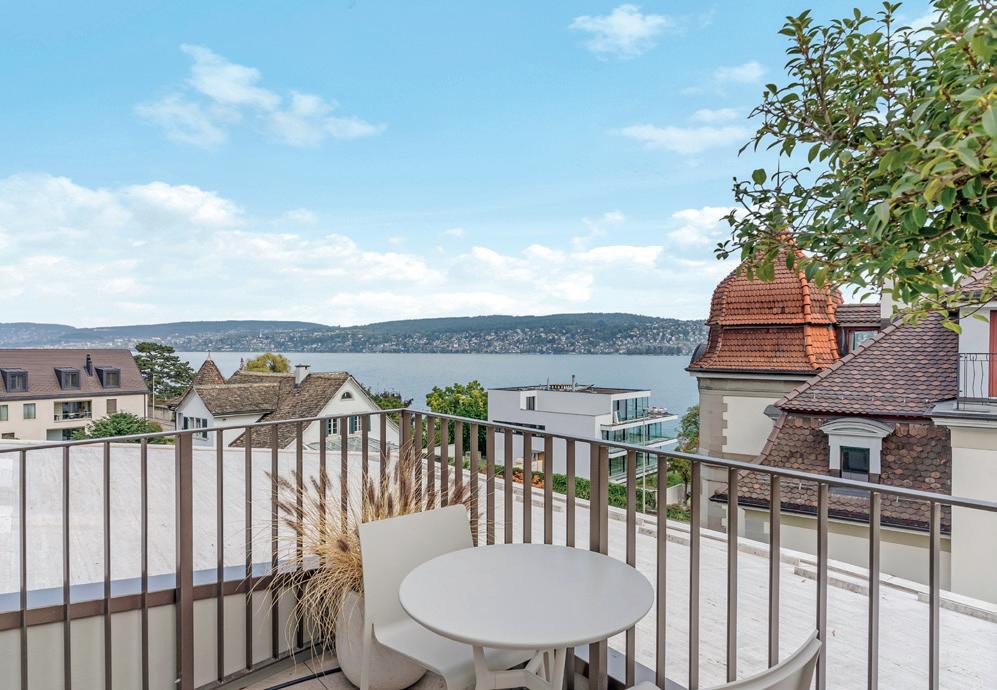
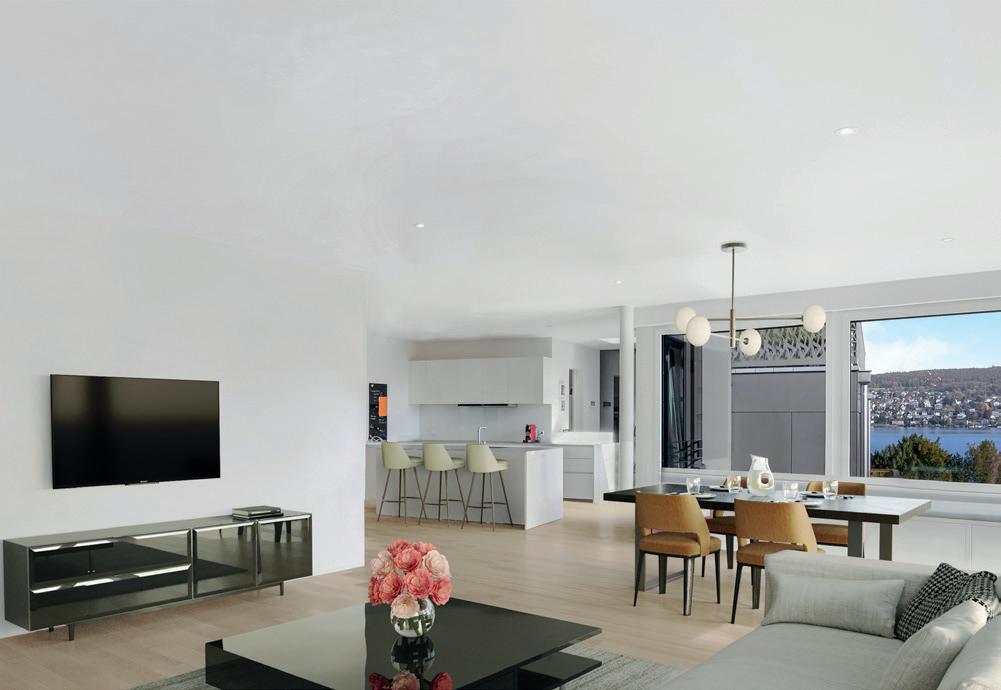
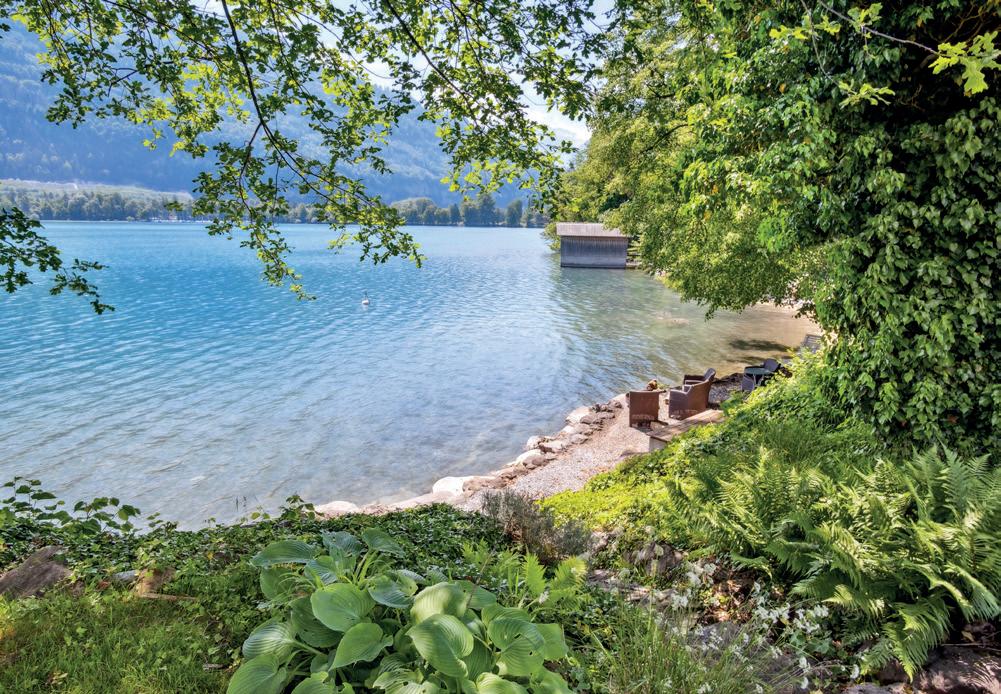
New development Solair - living between sky and lake: Ennetbürgen, SWITZERLAND
Prices from CHF 1'300'000 Ref. 60.66.945
Exclusive rooftop living: Masterpiece property with panoramic lake view. Kilchberg ZH, SWITZERLAND
3 bedrs. Land : 156m2 Apartment
Price: CHF 3'950'000. Ref. 80.71.848
Exclusive penthouse with fantastic rooftop terrace: Contemporary property with breathtaking view. Grandvaux, Rüschlikon, SWITZERLAND
2 bedrs, House : 147 m2, Apartment
Price: CHF 3'280'000. Ref. 80.73.364
Sunny paradise with private beach: Weesen, SWITZERLAND.
6 bedrs. House: 355 m2, Land: 1468m2
Price: CHF 9'700'000. Ref. 80.71.768
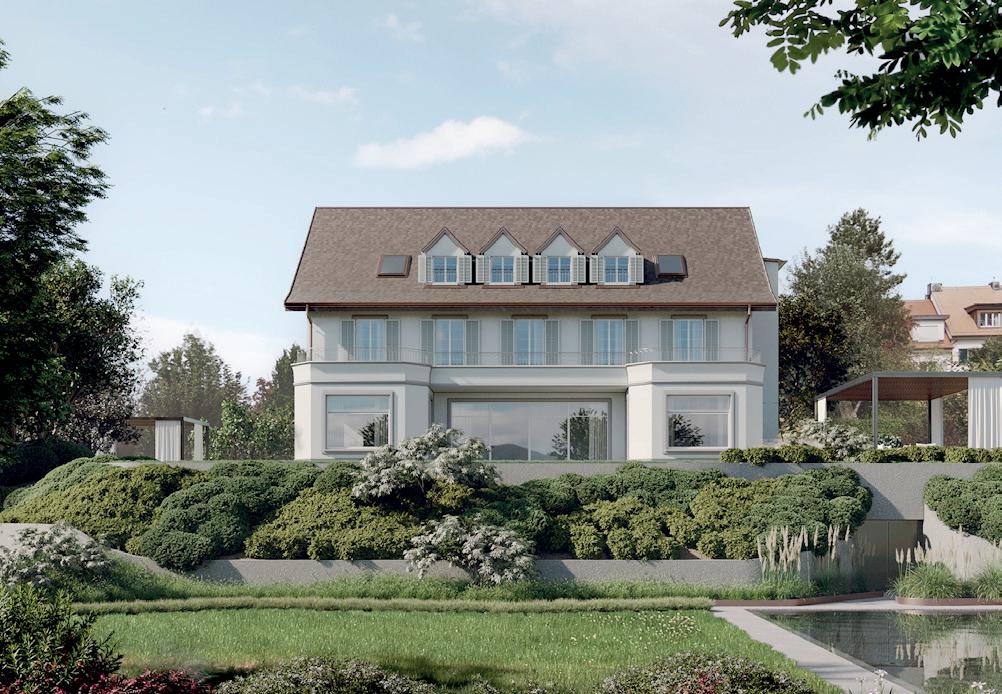
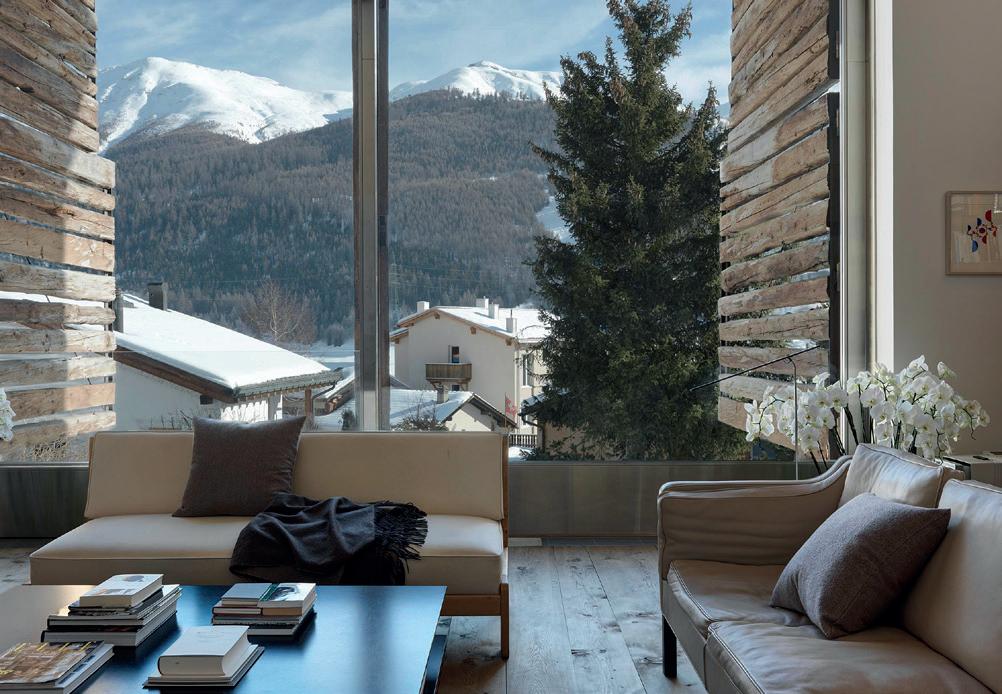
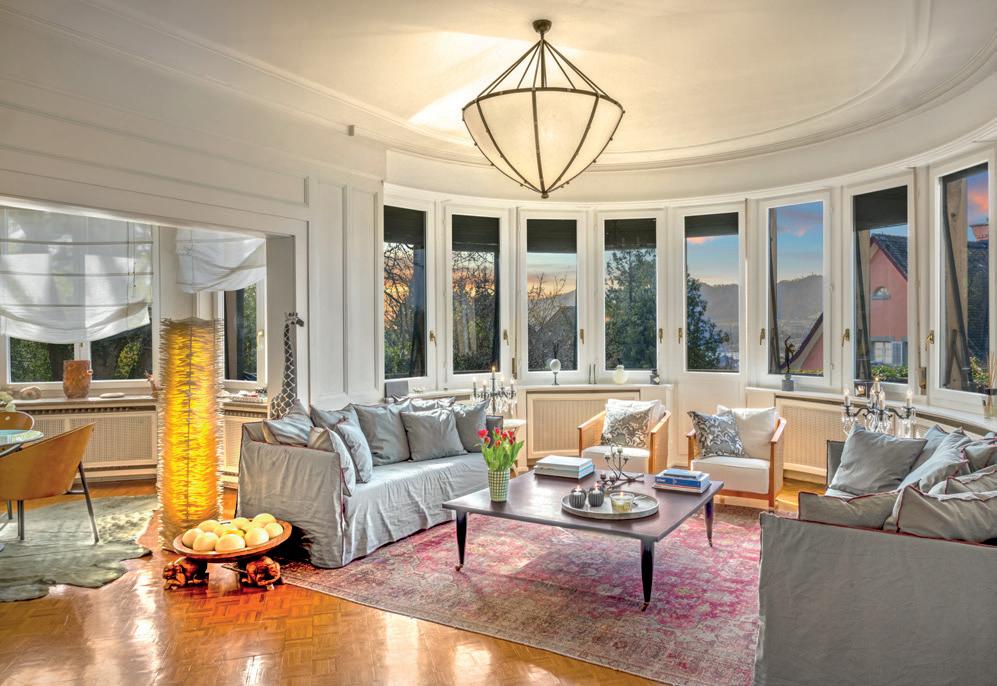
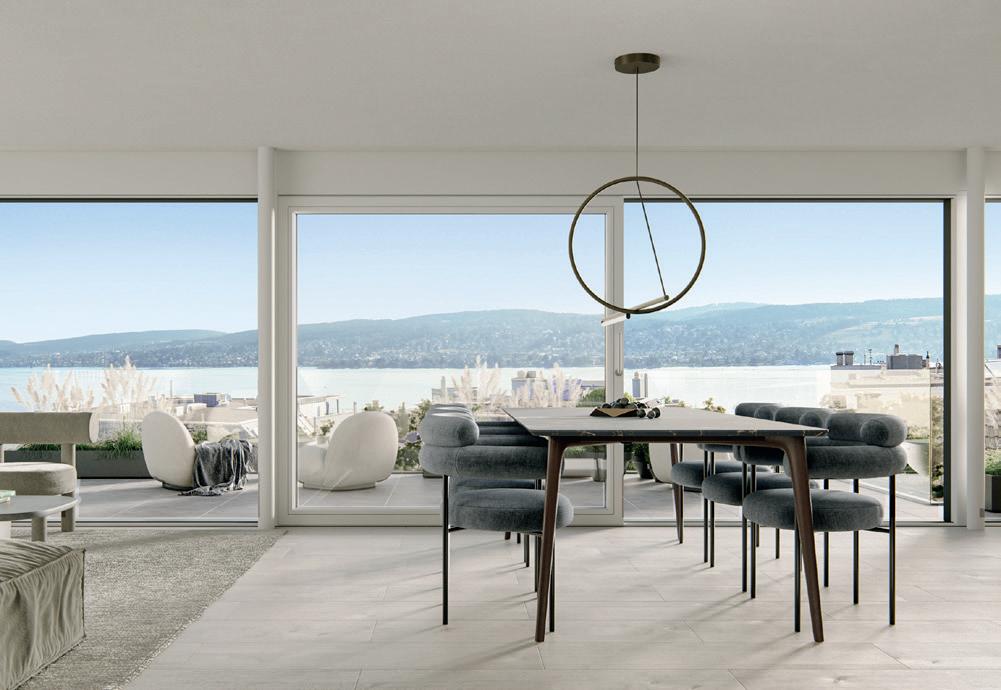
A city villa to dream of ...: Zürich, SWITZERLAND
10 bedrs. House : 457 m2, Land : 2413 m2
Price : CHF 14'800'000. Ref. 20.72.523
Traditional villa on sun-kissed Zürichberg: Zürich, SWITZERLAND
8 bedrs. House : 384 m2 Land : 928 m2
Price : CHF 12'400'000. Ref. 20.69.976
A fantastic jewel: superbly restored Engadine house : Zuoz, SWITZERLAND
8 bedrs. House : 1000 m2, Land: 1078 m2
Price: CHF 25'000'000. Ref. 95.70.844
Lake Ville: exclusive penthouse living with fantastic lake view: Thalwil, SWITZERLAND.
4 bedrs. House: 186 m2 , Apartment
Price : CHF 6'250'000. Ref. 25.73.923
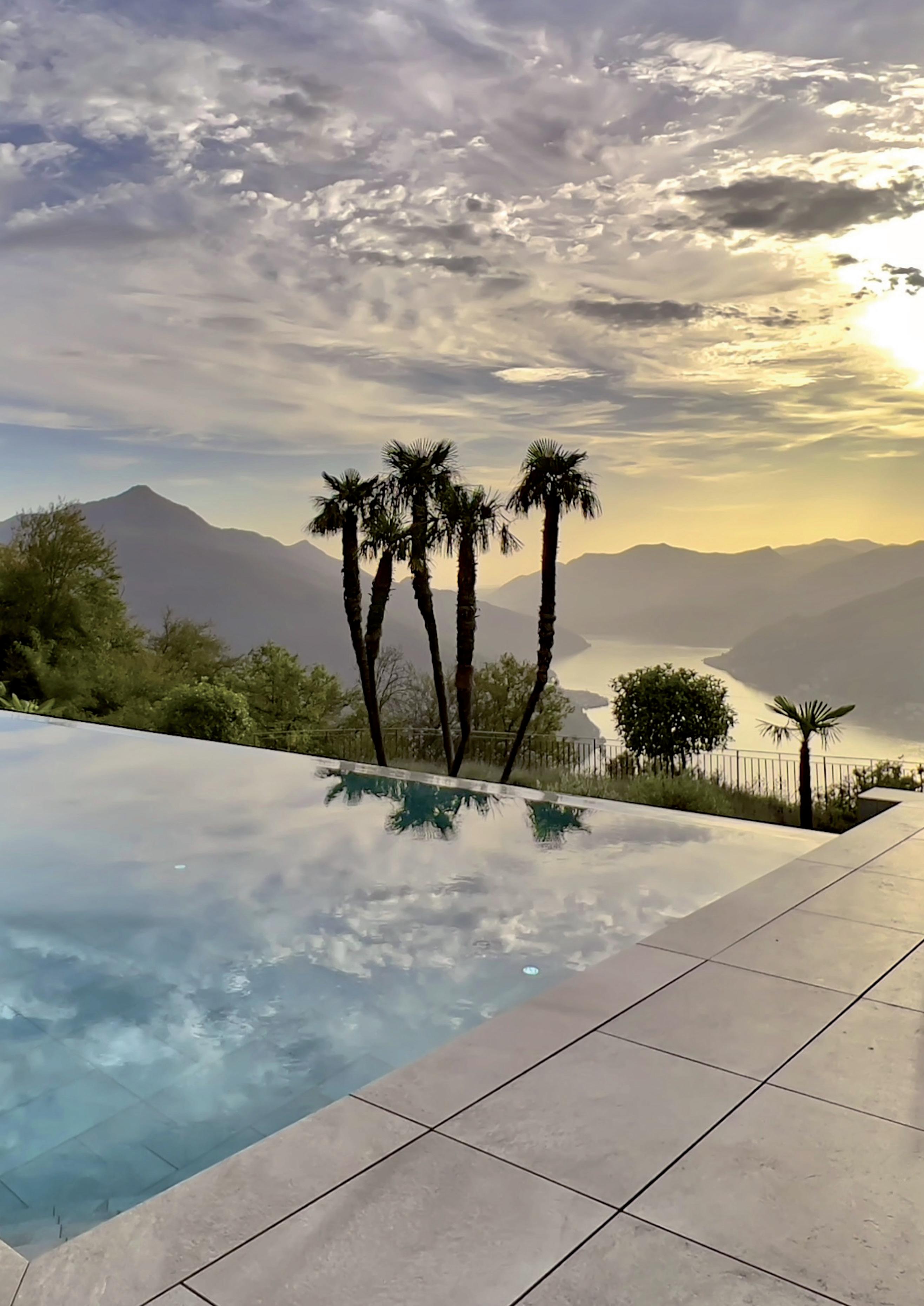
Arogno, Lake Lugano, Ticino, SWITZERLAND
5 bedrs, 5 bathrs, house: 575 m2, land: 6.803 m²
Price: CHF 14’000’000. Ref: 88782
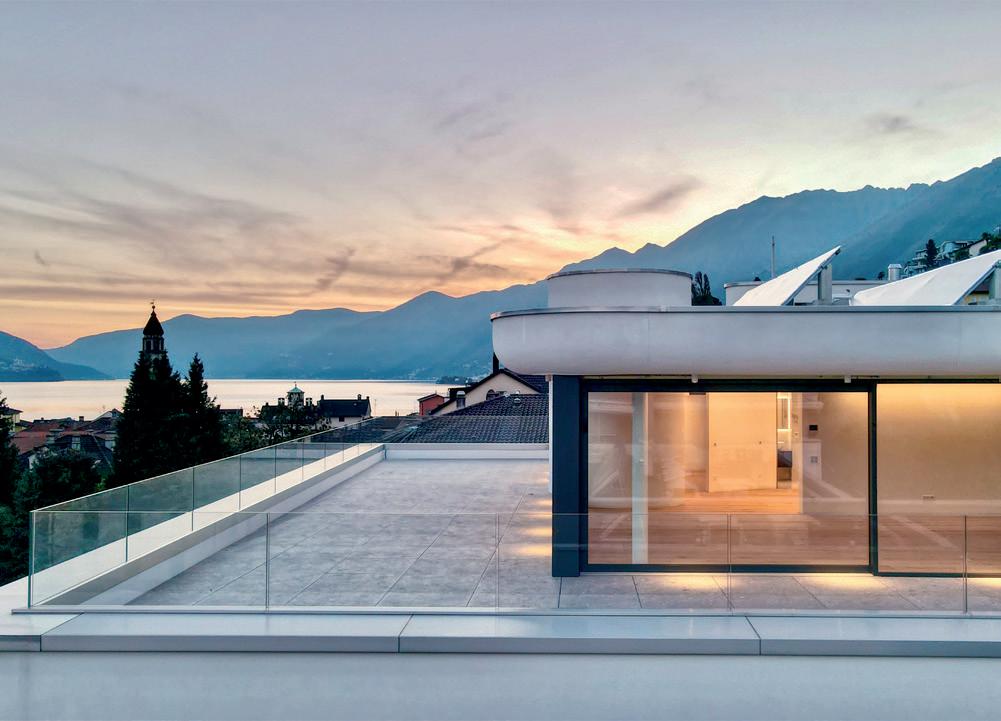
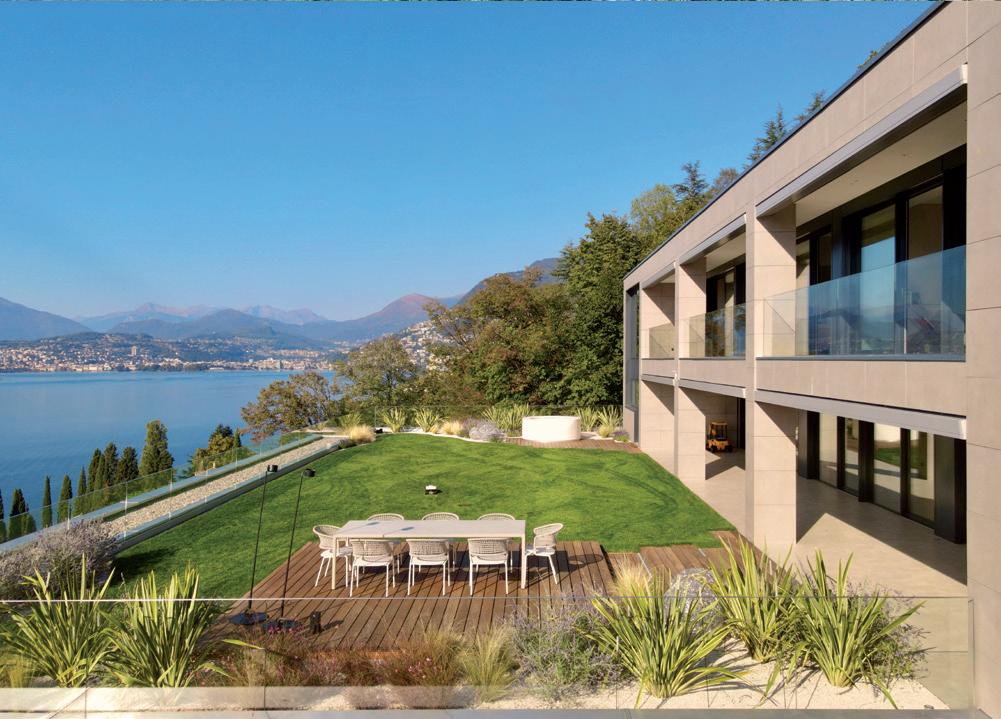

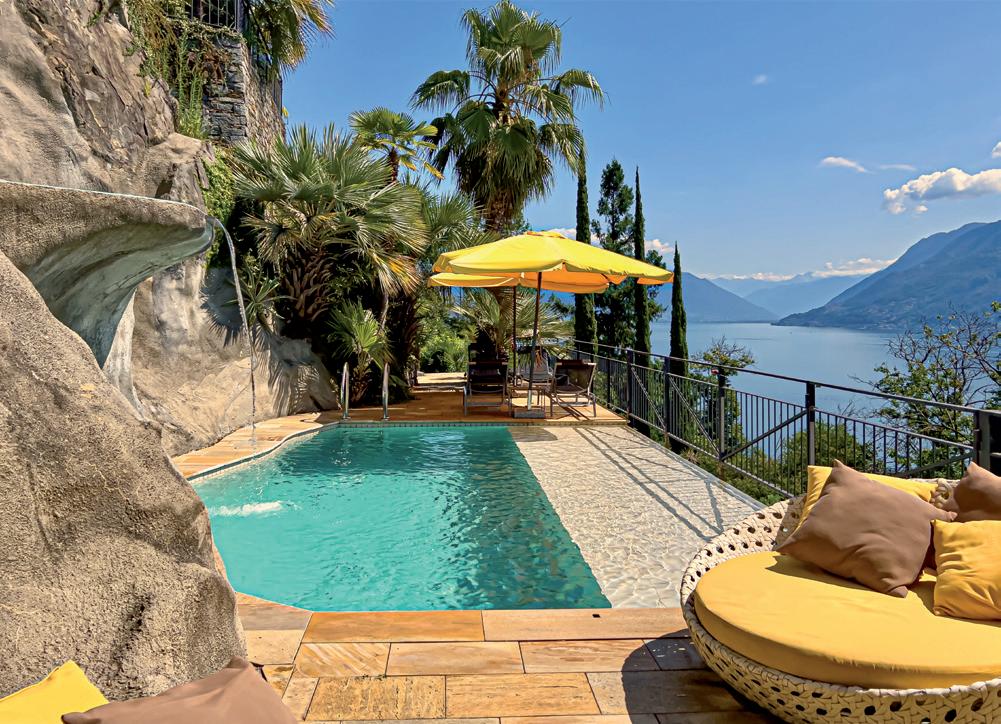
New, comfort & very spacious terrace in central location, close to the lake promenade Ascona, Lake Maggiore, Ticino, SWITZERLAND.
4 bedrs. 4 bathrs, living: 250 m², terrace: 210 m²
Price: CHF 5.660.000. Ref: LOC1110-9
...those branches of Lake Lugano! Cademario, Lake Lugano, Ticino, SWITZERLAND.
4 bedrs. 3 bathrs, house: 265 m2
Price: CHF 2.650.000. Ref: LUG1358
A perfect harmony of elegance & luxury with spectacular views of Lake Lugano Bissone, Lake Lugano, Ticino, SWITZERLAND.
5 bedrs. 6 bathrs, house: 750 m2
Price on request. Ref: LUX1202-1
An oasis with fantastic lake views Brissago, Lake Maggiore, Ticino, SWITZERLAND.
5 bedrs. 3 bathrs, house: 224 m2, land: 5.685 m2
Price: CHF 4.590.000. Ref: LOC1314
info@wetag.ch
www.wetag.ch
"The reward for work well done is the opportunity to do more".
Dr. J.E. Salk
Insights from the International Wealth Management Summit in Madrid
When we talk about successful international cooperation, our minds often turn to real estate assets that have changed hands through the collaborative efforts of two -or more- members. Over the past two decades, these achievements have flourished, fuelled by the expertise and unwavering commitment to exceptional service exhibited by the members involved in the task of servicing clients across the European borders. In this article, we delve into the joint cooperation among EREN members during their recent gathering in Madrid.
To truly grasp the nuances of luxury real estate, one must possess a profound understanding of the interests driving discerning clients who seek investments in unique and exceptional properties. As of 2023, the global landscape reveals a staggering statistic: more than half a million individuals worldwide fall into the coveted category of Ultra-High-Net-Worth (UHNW) individuals. These affluent individuals wield substantial influence over the world’s wealth, and intriguingly, nearly a quarter of them call Europe home.
Our focus here transcends individual properties or exclusive clientele. Instead, we delve into a collaborative analysis of a specific market—a meticulous analysis undertaken during the recent EREN meeting in Madrid. This cooperative effort allowed us to engage in fruitful discussions with notable figures. Among them were Regis Molowny, the esteemed wealth advisor at GSDO Southern Europe in Goldman Sachs, Henry Johan Van Koppel, an independent corporate finance professional who advises a diverse array of international companies and Antonio Salgado
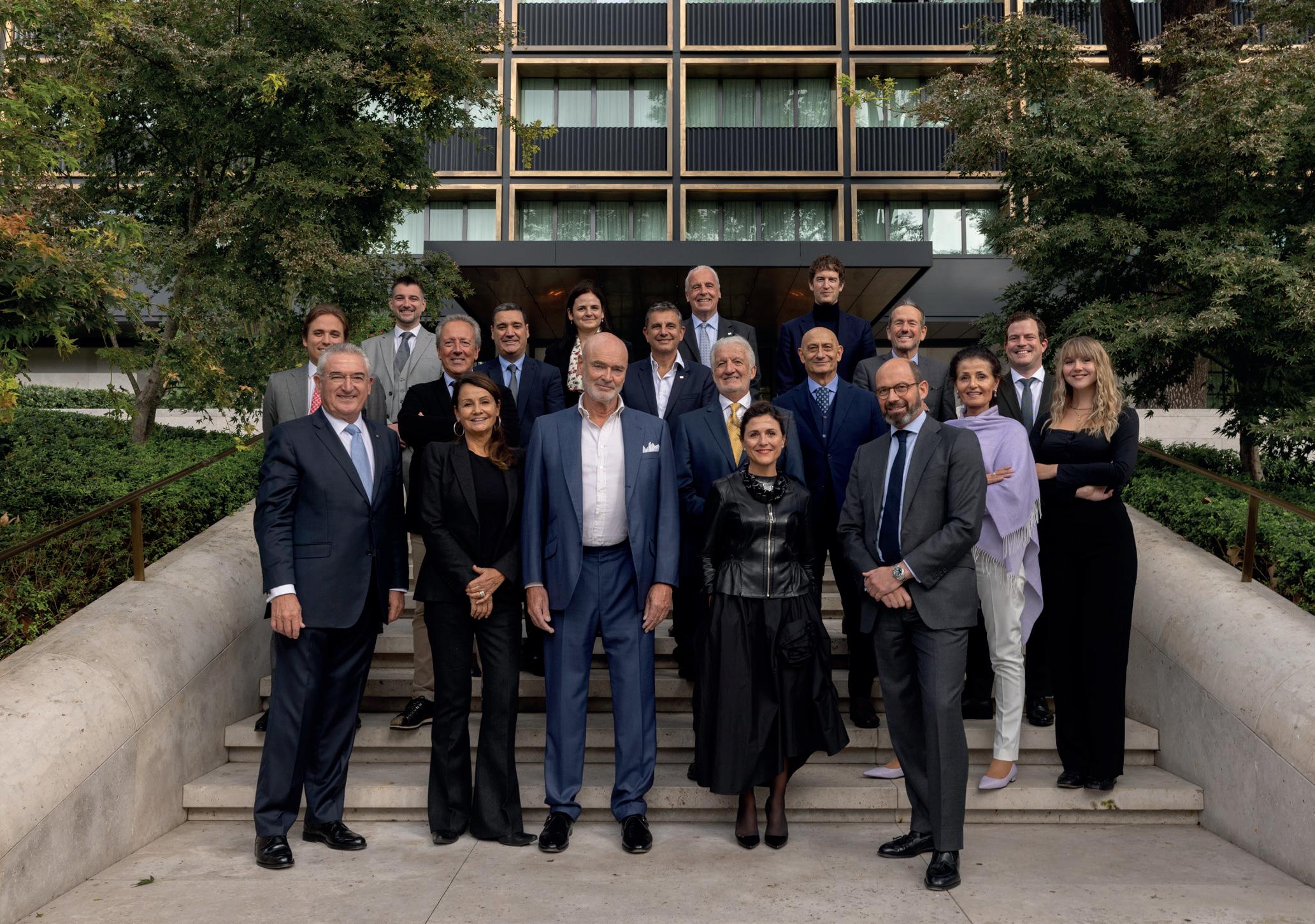
Last October, Madrid played host to an exclusive gathering that brought together some of the foremost authorities in Spain's International Wealth Management sector. Against the backdrop of the Spanish capital's vibrant financial landscape, seasoned professionals convened to delve into the intricacies of managing assets for Ultra High Net Worth Individuals (UHNWI).
The summit, held in an atmosphere of conviviality at Hotel Rosewood Villa Magna, offered a rare opportunity to gain insights into the nuances and concerns surrounding the management of movable and real estate assets. A distinguished panel comprising industry stalwarts shared their expertise, shedding light on the evolving landscape of wealth management.
Among the esteemed panelists were:
Antonio Salgado, Head of Wealth Management at BNP Paribas Spain. With a strategic focus on serving large corporations and the UHNWI segment, BNP Paribas has consolidated its position as a leading player in both Corporate and Private Banking. Salgado offered valuable perspectives on delivering unparalleled value to discerning clients.
Regis Molowny, Head of Family Offices Wealth Planning for Southern Europe at Goldman Sachs. Molowny, representing the prestigious American investment bank, highlighted the importance of crafting robust financial and tax structures to safeguard wealth across generations. His insights underscored Goldman Sachs' commitment to personalized wealth management solutions.
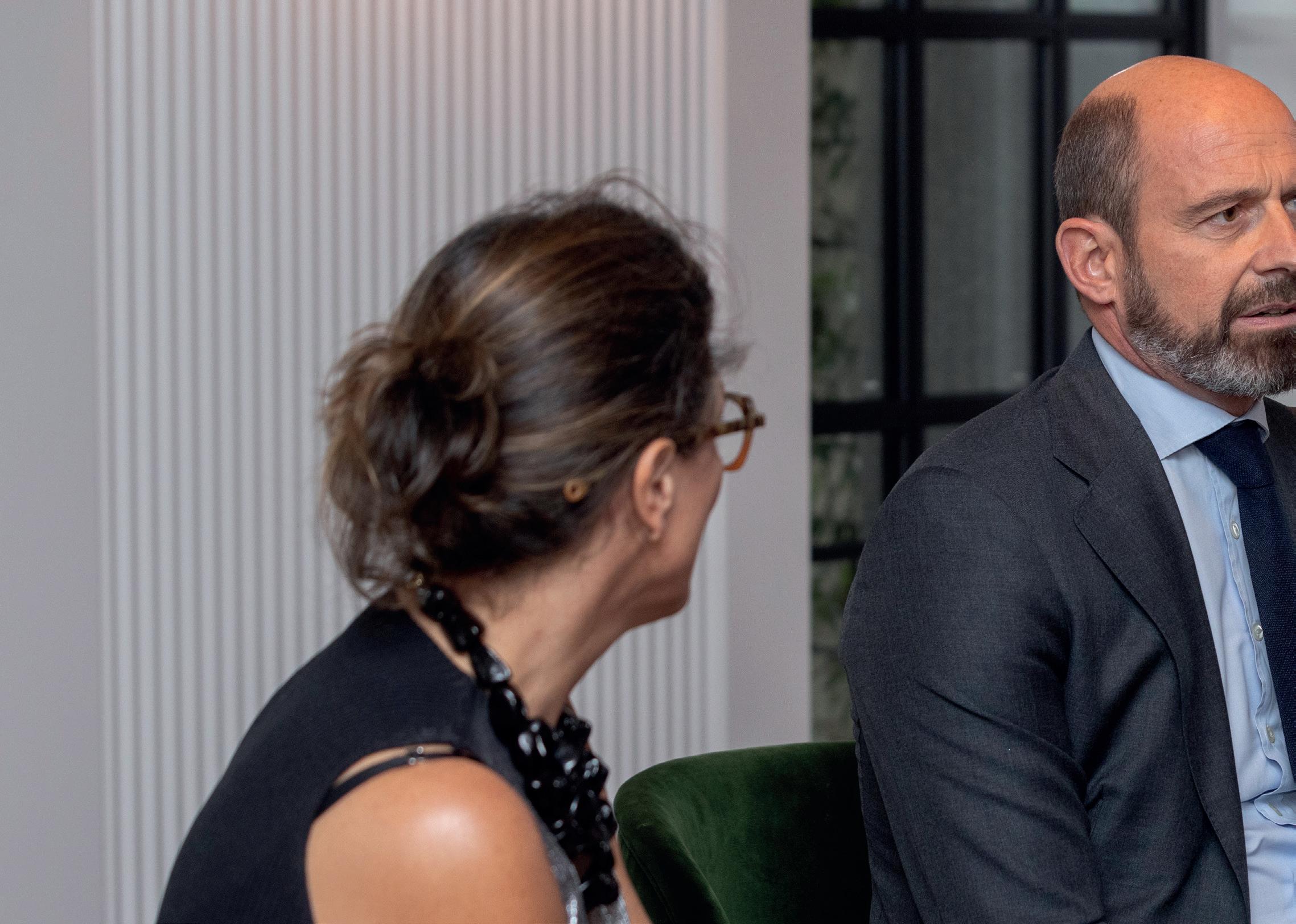
Henry Van de Koppel, an independent advisor renowned for his expertise in advising companies and family groups across Europe and Latin America. Drawing from his extensive international experience, Van de Koppel provided invaluable guidance on navigating corporate transactions and comprehensive wealth planning. His holistic approach resonated with attendees seeking tailored solutions.
Carolina Martinez Caro, a seasoned contributor to Forbes Global Properties, moderated the discussion with finesse. With over three decades of experience in private banking, Martinez Caro brought a wealth of knowledge to the table, enriching the dialogue with her profound insights and industry acumen.
The summit served as a forum for thought-provoking discussions and networking opportunities, paving the way for collaborative efforts in addressing the multifaceted challenges of wealth management. As Madrid solidifies its position as a hub for financial innovation and expertise, events such as these contribute significantly to shaping the future trajectory of the industry.
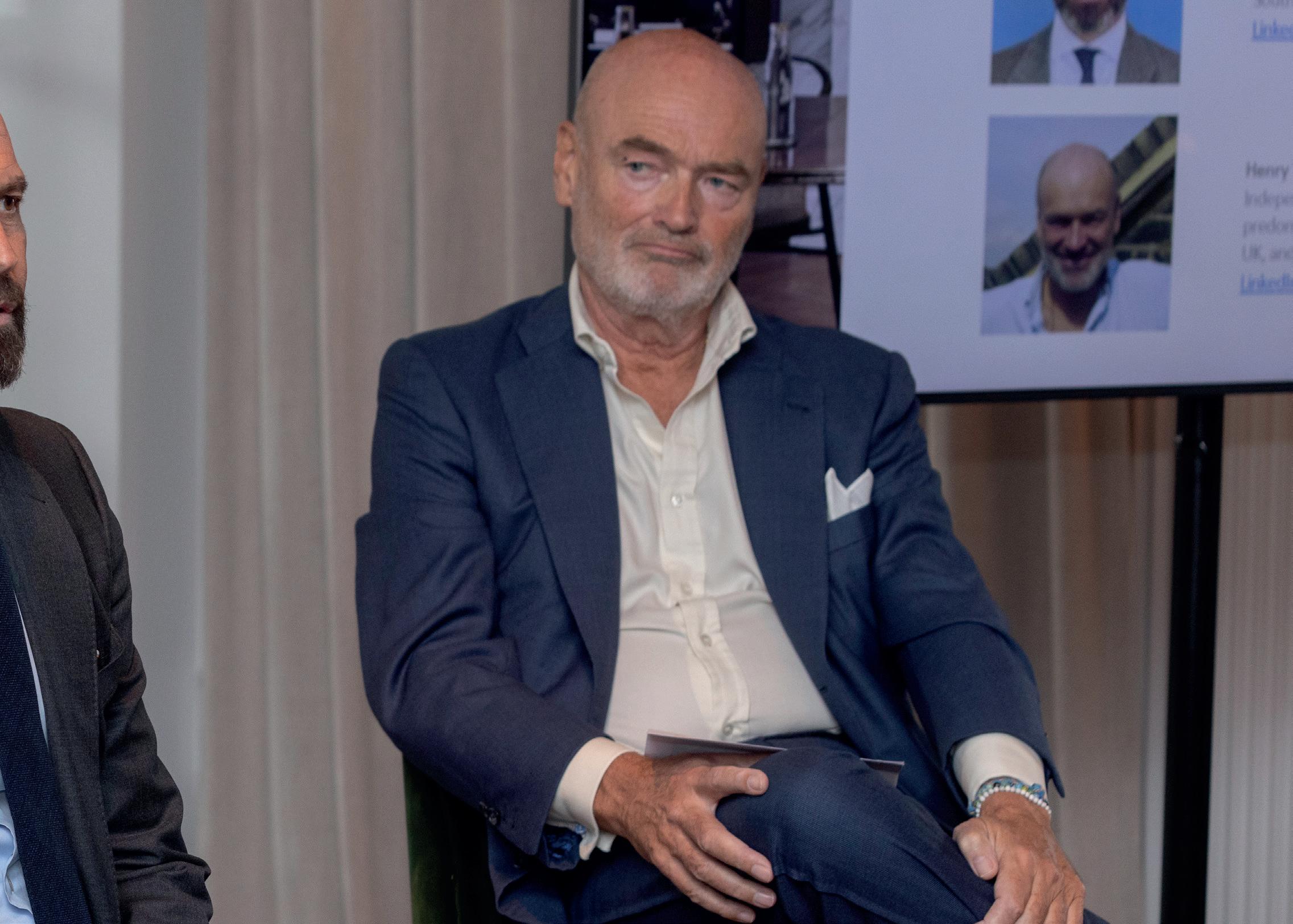
MARSCHALL REAL ESTATE. Vienna
A modern, dynamic company that combines its technical know-how and knowledge of the local property market with a customerorientated service. Providing a key brokerage and surveying service to private buyers and investors, embassies, trusts and foundations, the firm offers a portfolio of upmarket residential properties, commercial real estate and industrial premises.
Währinger Straße 2-4
1090 Wien – Austria
Tel: +43-1-533 20 30 Fax: +43-1-533 20 30 30
office@marschall.at www.marschall.at
PLOUMIS SOTIROPOULOS. Athens.
Ploumis Sotiropoulos is a full-service real estate brokerage founded in 1924 and offering a wide range of property in the greater Athens area and in selected other areas around Greece.
6 Panepistimiou, 10671 Athens, Greece +30 210 3643112
ps@ploumis-sotiropoulos.gr www.ploumis-sotiropoulos.gr
COFIM. Verona
Founded in 1978. Cofim is a leading property firm that specializes in both sales and rentals of residential and commercial properties in the Veneto Region and Lake Garda. Its staff provides to multilingual clients quality service from the very beginning of the sale/rental process over offering a smart marketing plan. Cofim's goal is to satisfy clients offering them an extensive portfolio of properties, from apartments to high-end villas and a wise knowledge of the local territory.
Via Brescia,8. 25019 Sirmione - Brescia +39 – 030 – 337 79 72
info@cofimimmobiliaregarda.it www.cofimimmobiliaregarda.it
Stradone Porta Palio, 16/A. 37122 Verona - Italy
Tel: +39 – 045 – 800 11 99
info@cofimimmobiliare.it www.cofimimmobiliare.it
Sardinia-Costa Smeralda-Porto Cervo.
Since 1974, Property Finder and leading high-end real estate specialist in Sardinia –Costa Smeralda. Providing brokerage and surveying services as well as project management , market research and valuations. As developer, promoter and consultant, Immobilsarda guarantees an invaluable local knowledge, an extensive portfolio of high quality properties for sale and rent, seafront villas and estates, luxury golf resort projects, sustainable developments.
Via Nazionale 28.
07028 Santa Teresa di Gallura - Italy
Tel: +39-0789-754500
Fax: +39-0789-754371
Vicolo degli Archi, 1 07020 Porto Cervo - (OT) - Italy
Tel. +39-0789-909000
Fax. + 39-0789-909022
Piazzetta Mare 07020 Porto Rafael – (OT) - Italy
Tel. +39.0789.700381
immobilsarda@immobilsarda.com www.immobilsarda.com
This property specialist for Rome and the surrounding province of Lazio is a leading brokerage, accredited by the Chamber of Commerce to operate with the Real Estate Stock Exchange of Rome, and entrusted with the sale of luxury city properties, large historical country estates and commercial real estate.
Lungotevere dei Mellini 44. 00193 Rome - Italy
Tel: +39 06 3200613. Fax: +39 06 3218100
lacommerciale@lacommerciale.org www.lacommercialerealty.it
RIMONTGÓ. Valencia, Jávea, Madrid
Specialising in Valencia and northern Costa Blanca regions, Rimontgó is a wellestablished family business that has been building, marketing and selling quality villas and apartments since 1959. Rimontgó’s multilingual team offers a full range of residential and commercial property services, ensuring the company’s success in a vibrant region of Spain.
Avenida de Lepanto, 1 03730 Jávea (Alicante) - Spain
Tel. +34 965 791 035
Fax. +34 965 795 129
Po. Amanecer, bl 9, local 10 03730 Jávea (Alicante) - Spain
Tel. +34 966 470 983
Fax. + 34 966 470 983
Gran Vía Marqués del Turia, 62 46005 Valencia - Spain
Tel.+34 963 504 444
Fax. +34 963 504 445
Pº de La Castellana, 18, 7 28046 Madrid -Spain
Tel.: +34 667 635 774
rimontgo@rimontgo.es www.rimontgo.com
FGP SWISS & ALPS. Geneva. With origins dating back to 1825, COMPTOIR IMMOBILIER is a leading real estate Group in French-speaking Switzerland. Based in Geneva, the company also operates agencies in the Cantons of Vaud and Valais, employing today more than 320 professionals and active in residential, commercial, and luxury real estate with its Prestige division CI EXCLUSIVE PROPERTIES. This family structure carries strong values with a focus on Service, Performance, Ethics and Sustainable development.
Cours de Rive 7, 1203 Geneva. Switzerland
Tel:+41(0) 22 319 89 15 contact@fgp-swissandalps.com www.fgp-swissandalps.com
WALDE IMMOBILIEN AG
Zollikon, Baden, Lucerne, Sursee, Thalwil, Uster, Zurich
Walde & Partner Immobilien are the leading independent real estate agents for prime, exclusive properties in the Germanspeaking region of Switzerland. Founded in 1985, Walde & Partner operates with a staff of 60 at its seven offices in and around Lake Zurich and Lucerne. The Brand Walde & Partner Immobilien stands for quality, professionalism and the highest level of customer satisfaction.
Alte Landstrasse 107
CH-8702 Zollikon - Switzerland
Tel. +41 44 396 60 60
Fax. +41 44 396 60 90
eren@walde.ch www.walde.ch
WETAG CONSULTING IMMOBILIARE SA. Canton Ticino, Switzerland
A leading specialist in high-end real estate in the Ticino region of Switzerland since 1973, Wetag offers a broad range of customized real estate and personal solutions. These include the purchase and sale of residential property, assistance with residence permit applications and also with guidance regarding tax-related or legal issues.
Via Antonio Ciseri, 13A 6601 Locarno - Switzerland
Tel: +41-91-601 04 40
Fax: +41-91-751 96 38
Via Beato Berno, 10 CH-6612 Ascona - Switzerland
Tel: +41-91-791 29 20
Riva Antonio Caccia, 3
CH-6900 Lugano - Switzerland
Tel: +41-91-601 04 50
info@wetag.ch www.wetag.ch
UK
EREN HEAD OFFICE
London
837 Salisbury House, 29, Finsbury Circus, London, EC2M 5QQ
T: +44 207 592 8905
bod@europeanrealestate.org www.europeanrealestate.org
Happiness is when what you think, what you say and what you do are in harmony
Mahatma Ghandi.
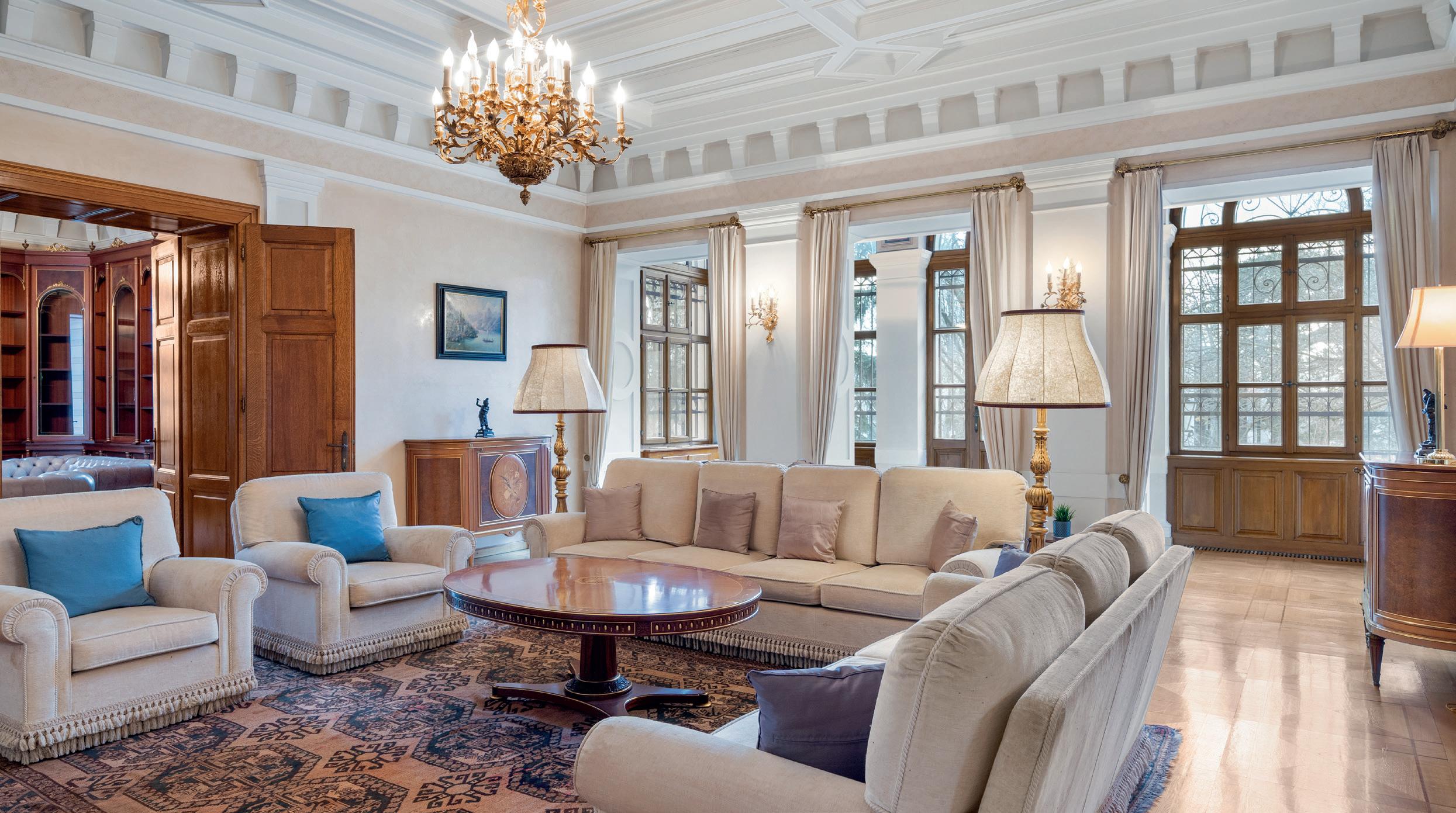
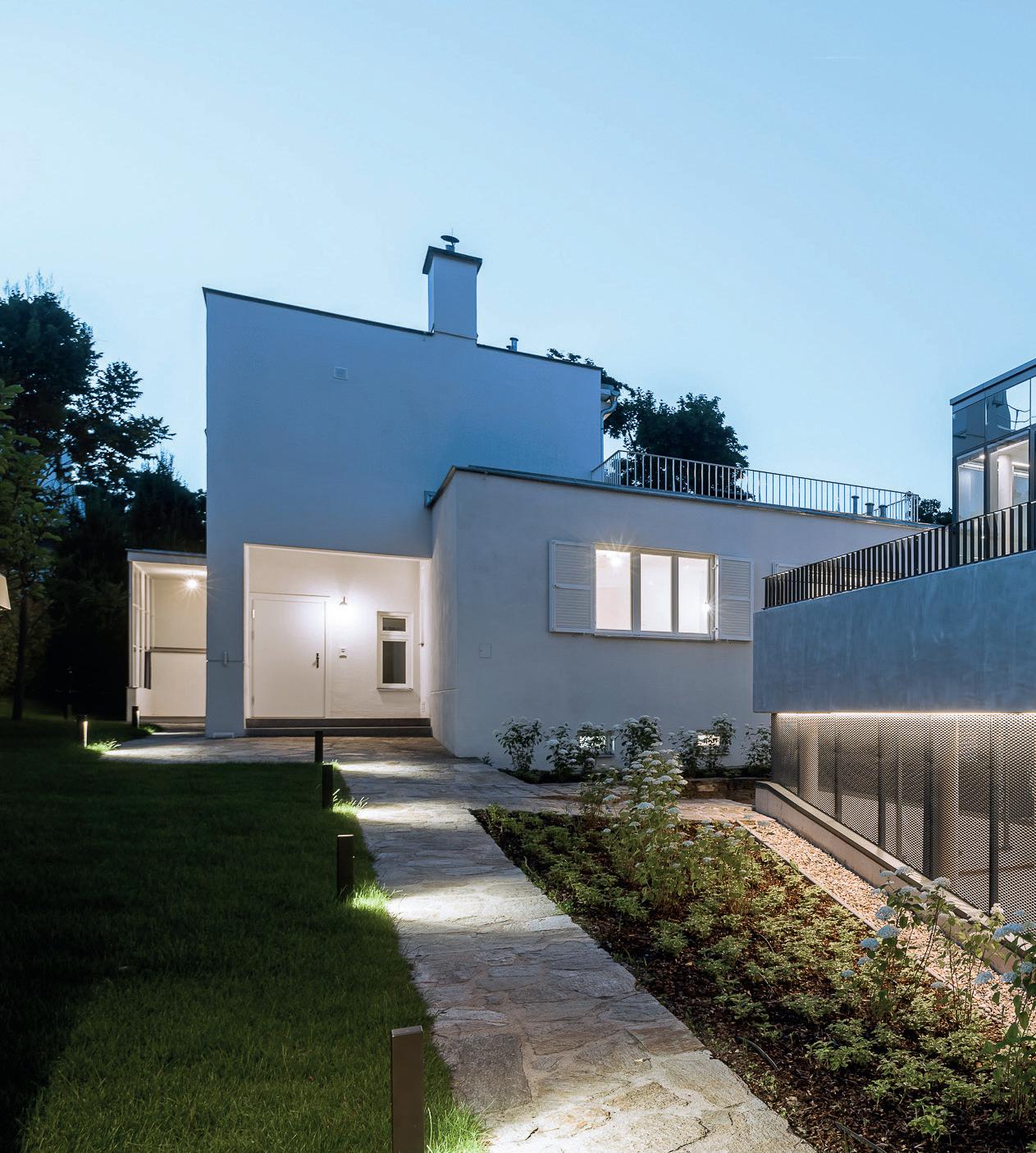
by famous architect Josef Frank
Vienna, AUSTRIA. Architect Josef Frank’s final villa “Bunzl”, founder of the “Vienna School of Architecture,” has undergone a comprehensive renovation and expansion, incorporating a modern building with a striking glass façade. It is situated in the picturesque “Döblinger Cottage.” The villa seamlessly blends work and residential spaces, preserving original details while integrating modern technology and featuring a garden with a pool.
Usable space: 413 m², land: 1.270 m², car port: 99 m²
Price upon request. Ref. MI-VB19
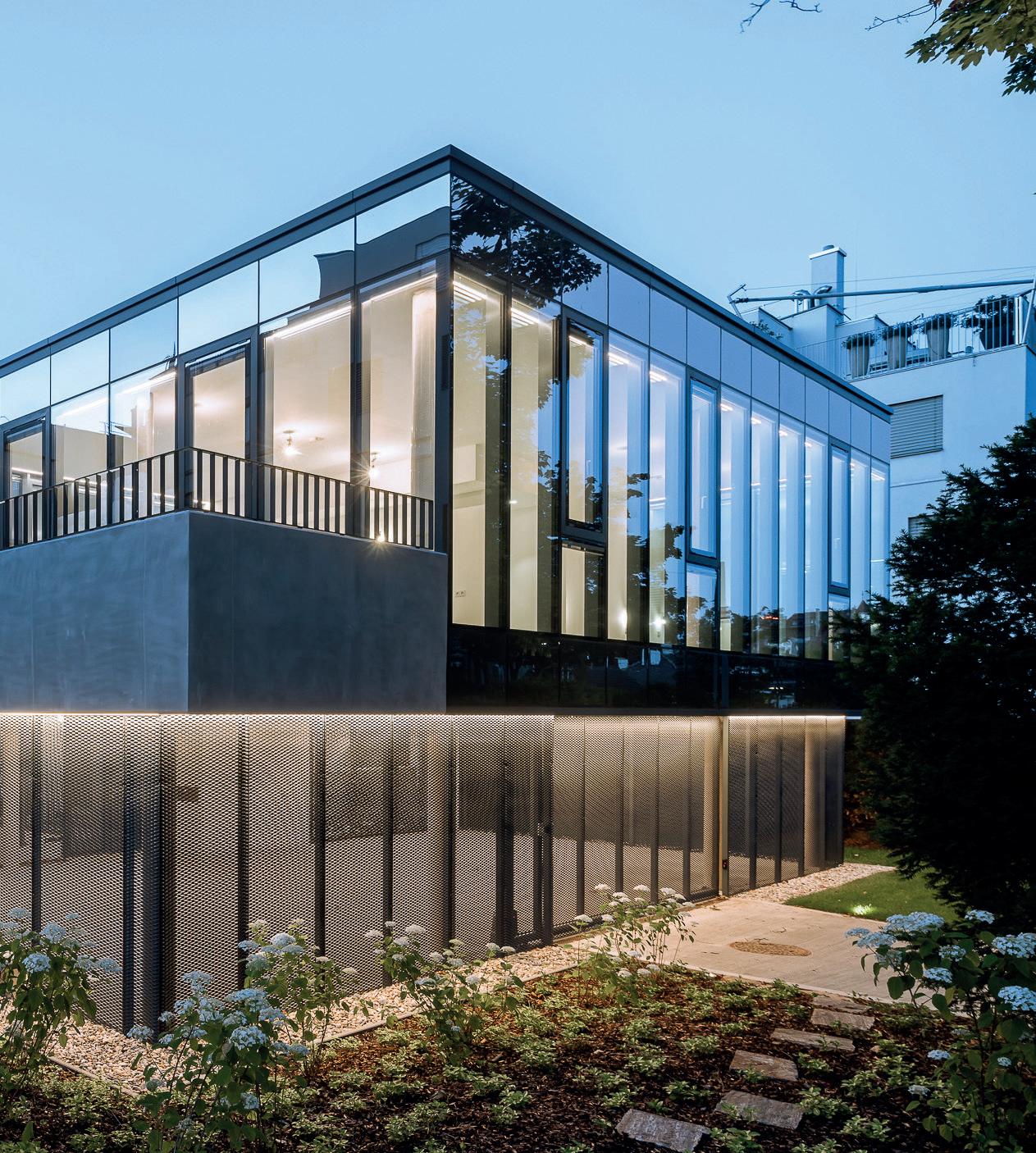
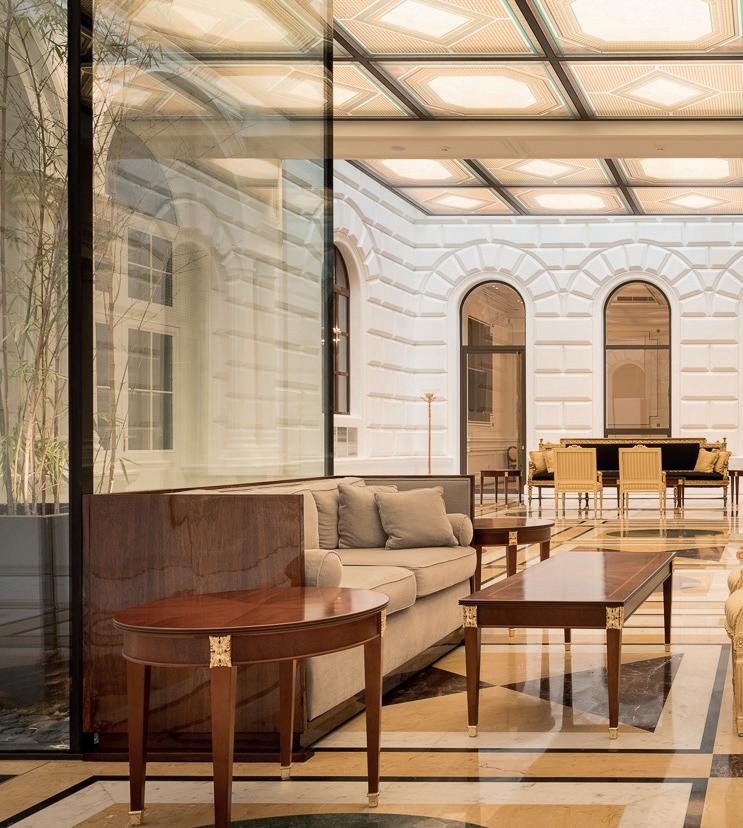
Vienna, AUSTRIA. This exclusive apartment with a living area of 180 m² is located in a historic setting on the famous “Ringstrasse” in the center of Vienna. It is part of a magnificent palace with garage and concierge service, which has been extensively restored. First occupancy and ready to move in. Price upon request. Ref. MI-2664
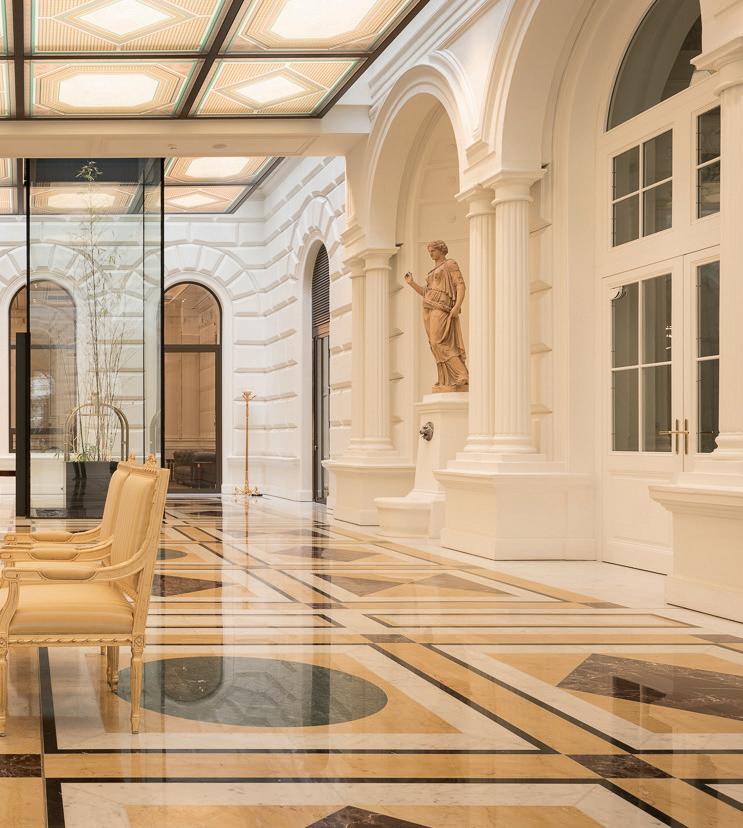
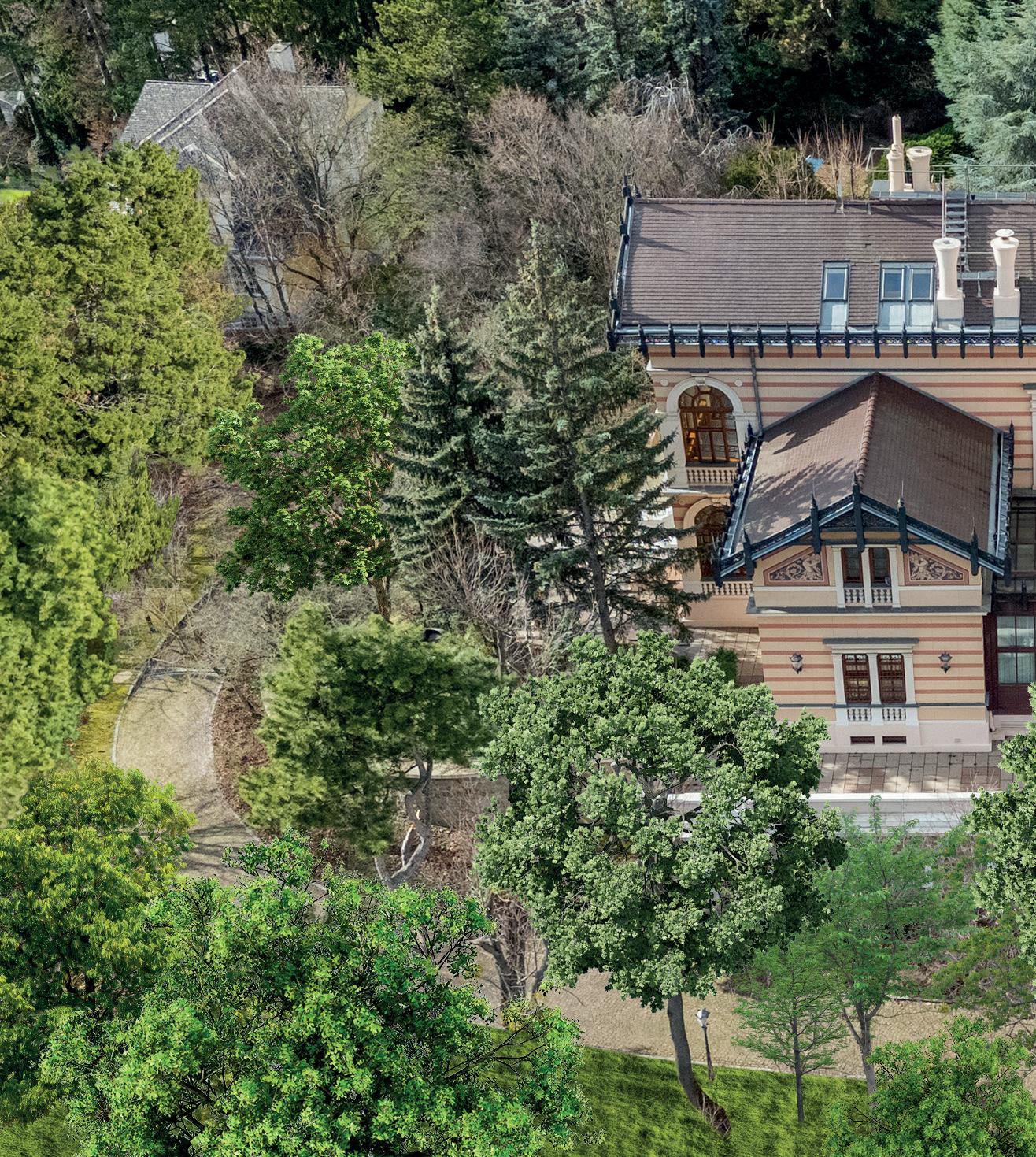
By famous architect Theophil Hansen
Vienna, AUSTRIA. At a prestigious address in a sought-after residential area, this opulent so called “Andrassy” villa offers unparalleled living comfort and is listed as a historic monument. Much attention has been given to elegant details, such as open fireplaces, Italian terrazzo tiles, marble and parquet floors, an indoor pool with wellness-area and a large garage.
Usable space: 1.821 m², land: 3.253 m², 18 rooms. Price upon request. Ref. MI-2668
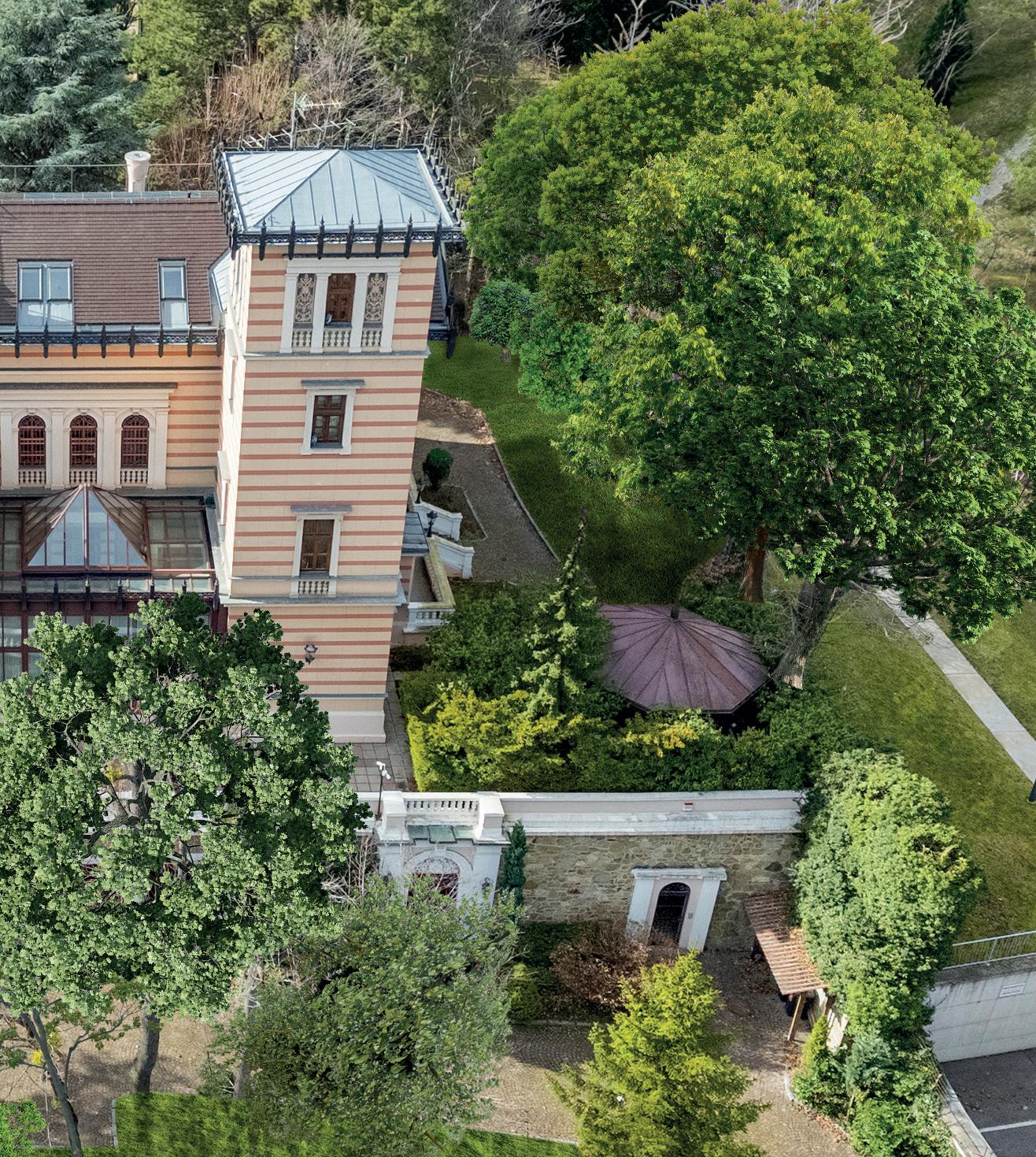
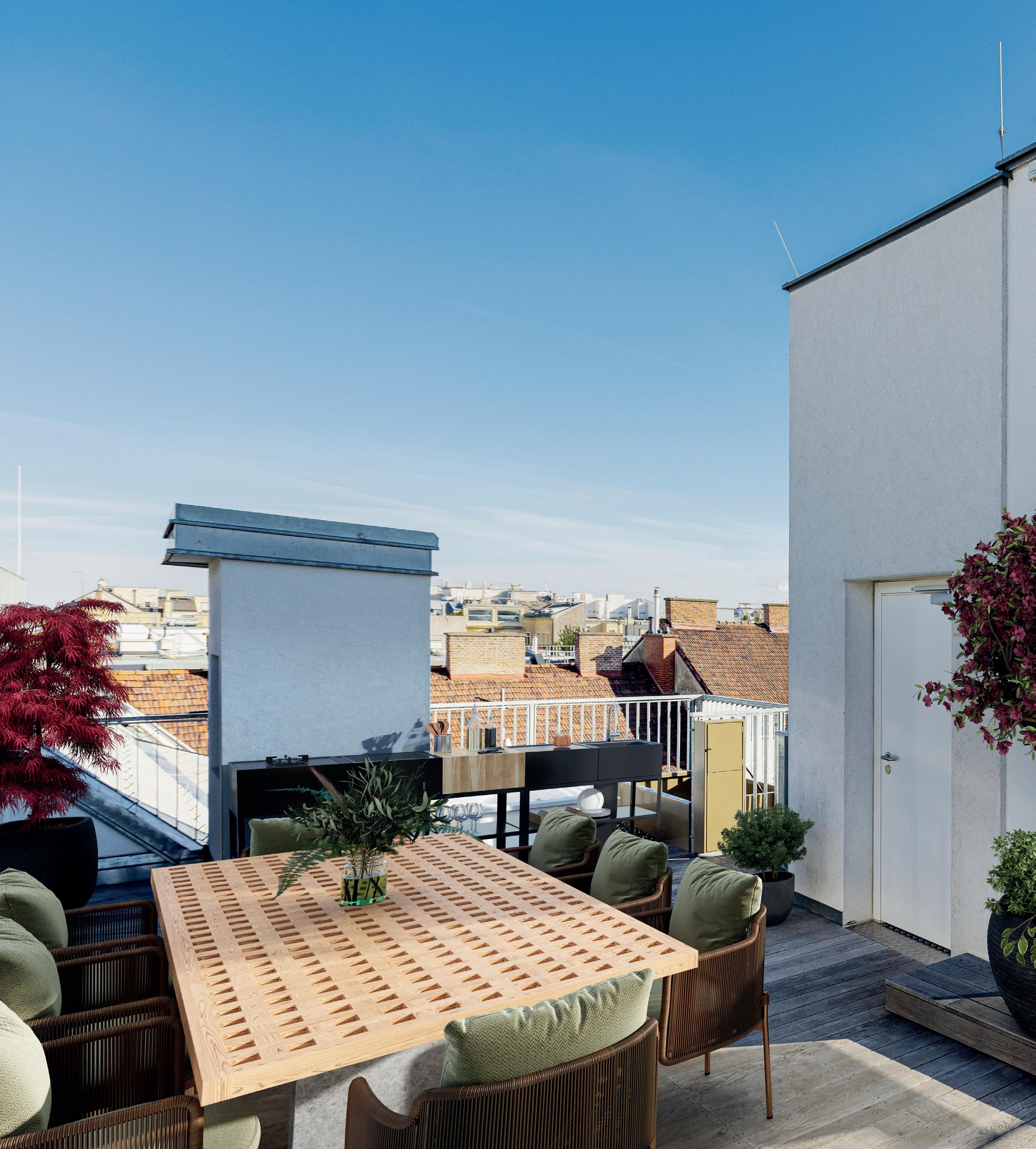
Vienna, AUSTRIA. Experience unparalleled modern luxury in this exceptional penthouse, designed to cater to your every need. Featuring 250 m² of living area, high-end finishes, direct elevator access, expansive private roof terraces and breathtaking views.
4 rooms, 2 bathrooms, 250 m² living space, 165 m² terraces. Price upon request. Ref: MI-2451
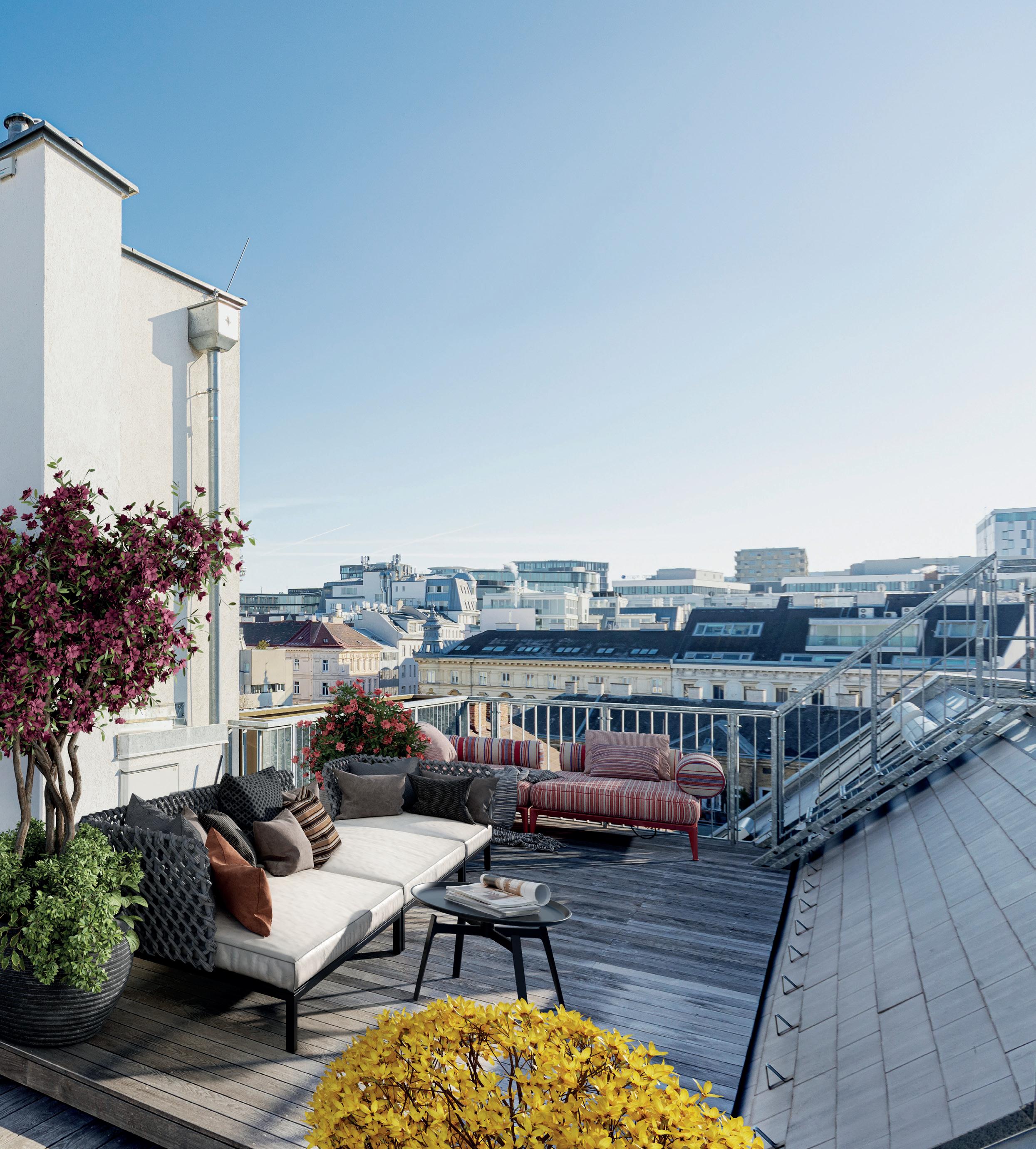
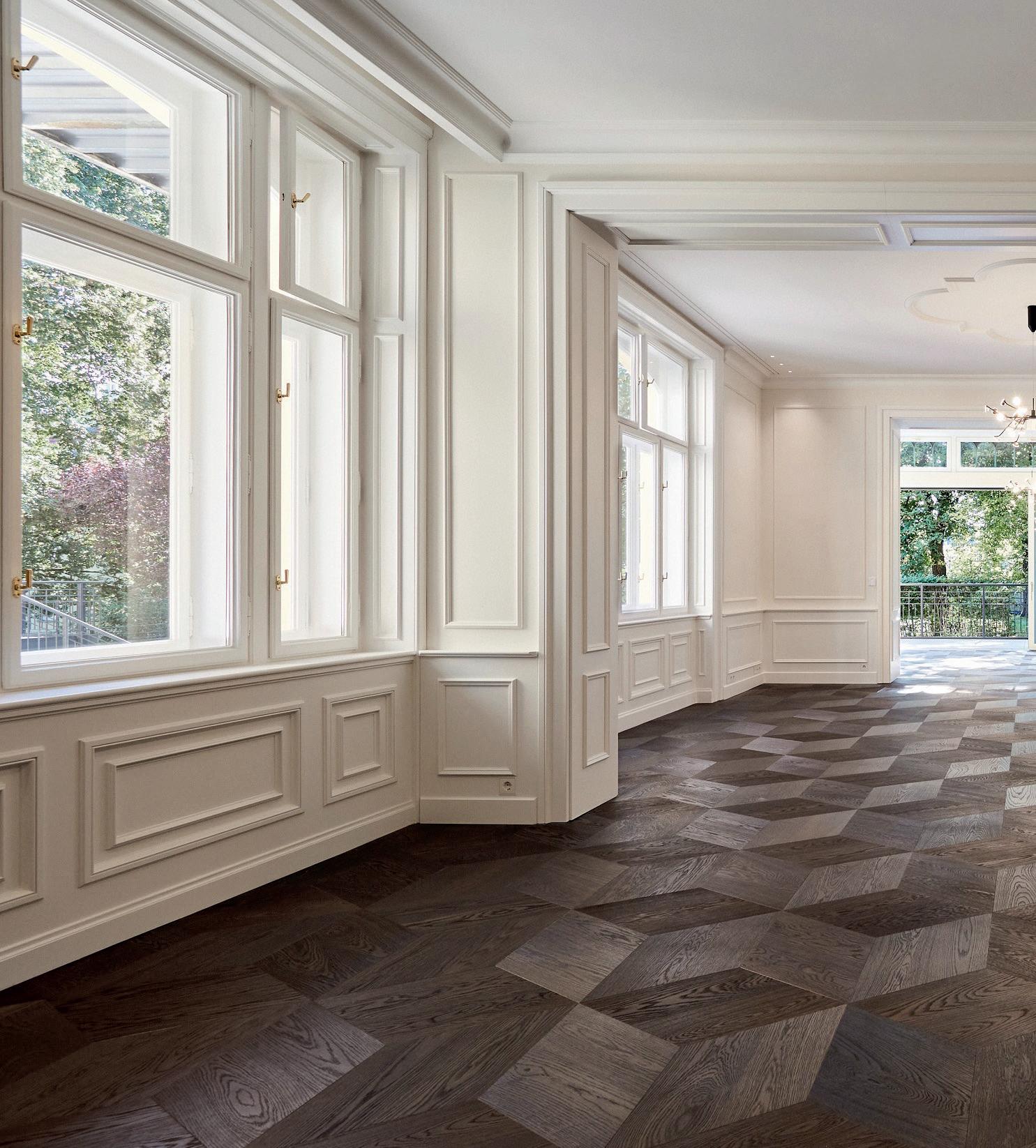
with terrace, private garden and garage
Vienna, AUSTRIA. This luxury apartment in a historic villa near Schönbrunn Palace features a private garden and access to a landscaped park garden. Situated in an upscale embassy district, this property combines historical elegance with modern technique and high-end finishings.
3 bedrooms, 2 bathrooms, 202 m² living space, 112 m² garden, garage. Price upon request. Ref. MI-2638
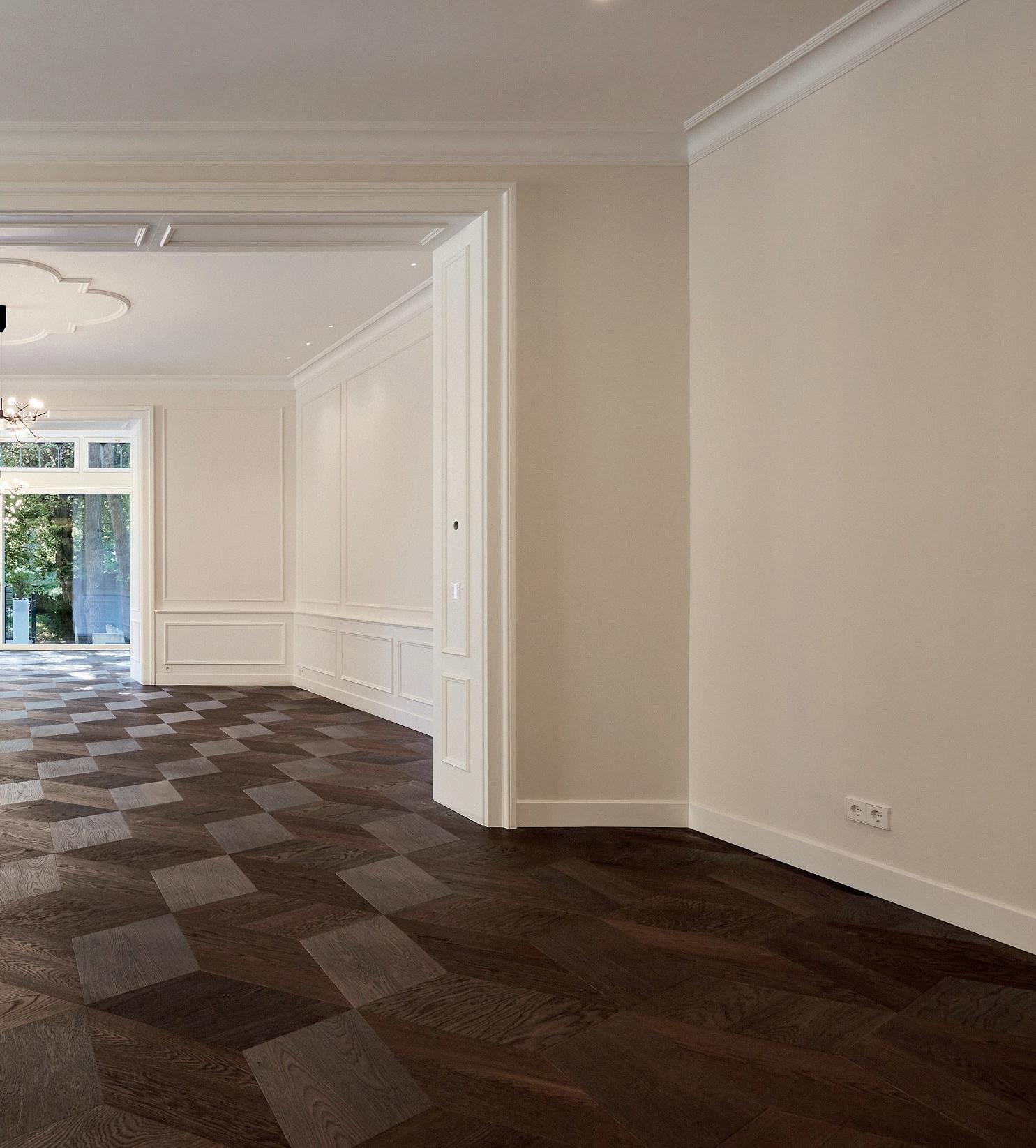
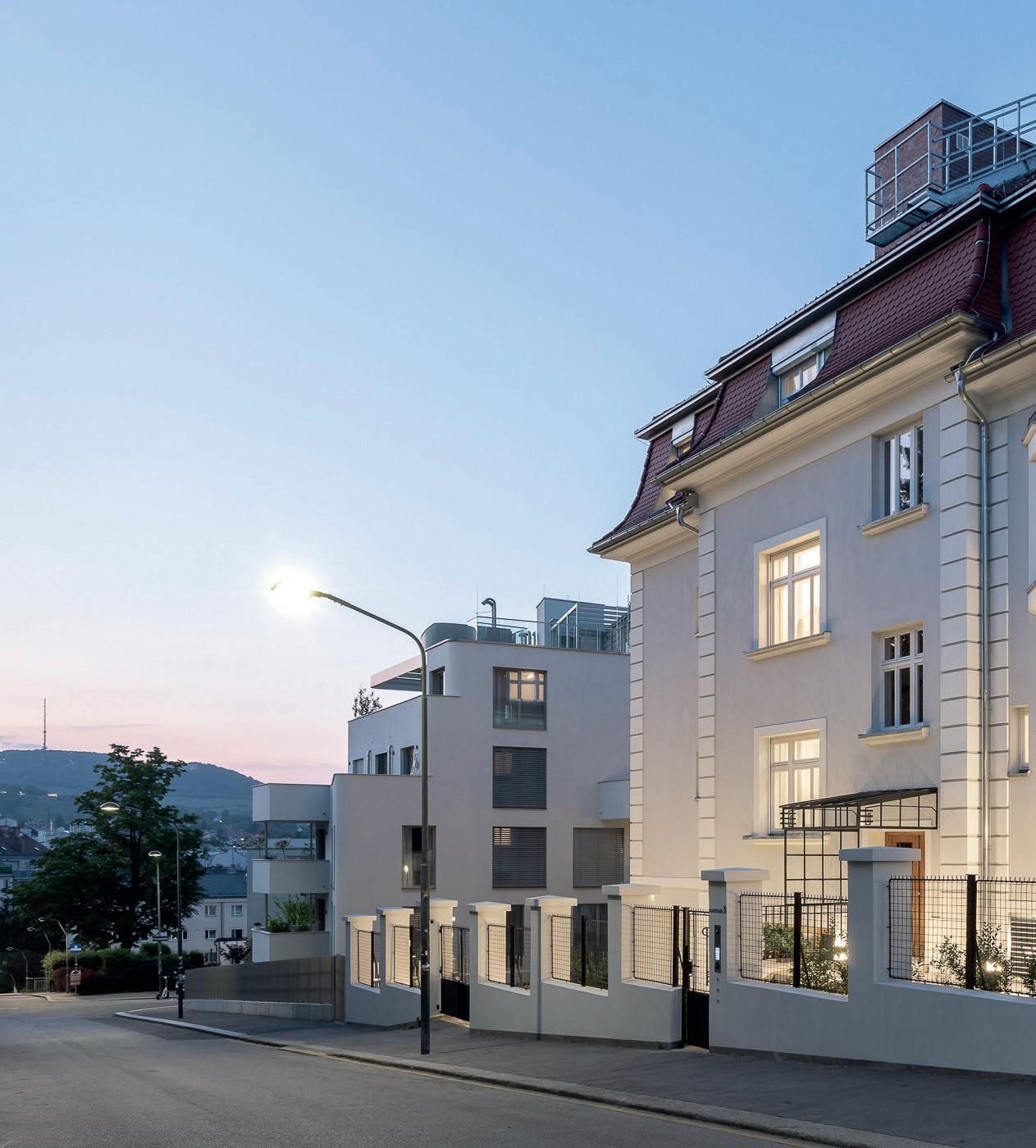
Vienna, AUSTRIA. A beautiful cottage villa has been renovatd with great attention to the historical substance and offers excellent privacy with only a few units and an impressive penthouse. All apartments are equipped with high-end technical features and finishes.
42-246 m2 living space, 2-6 rooms, terraces or garden, exclusive materials, garage. Price upon request. Ref. MI-2553
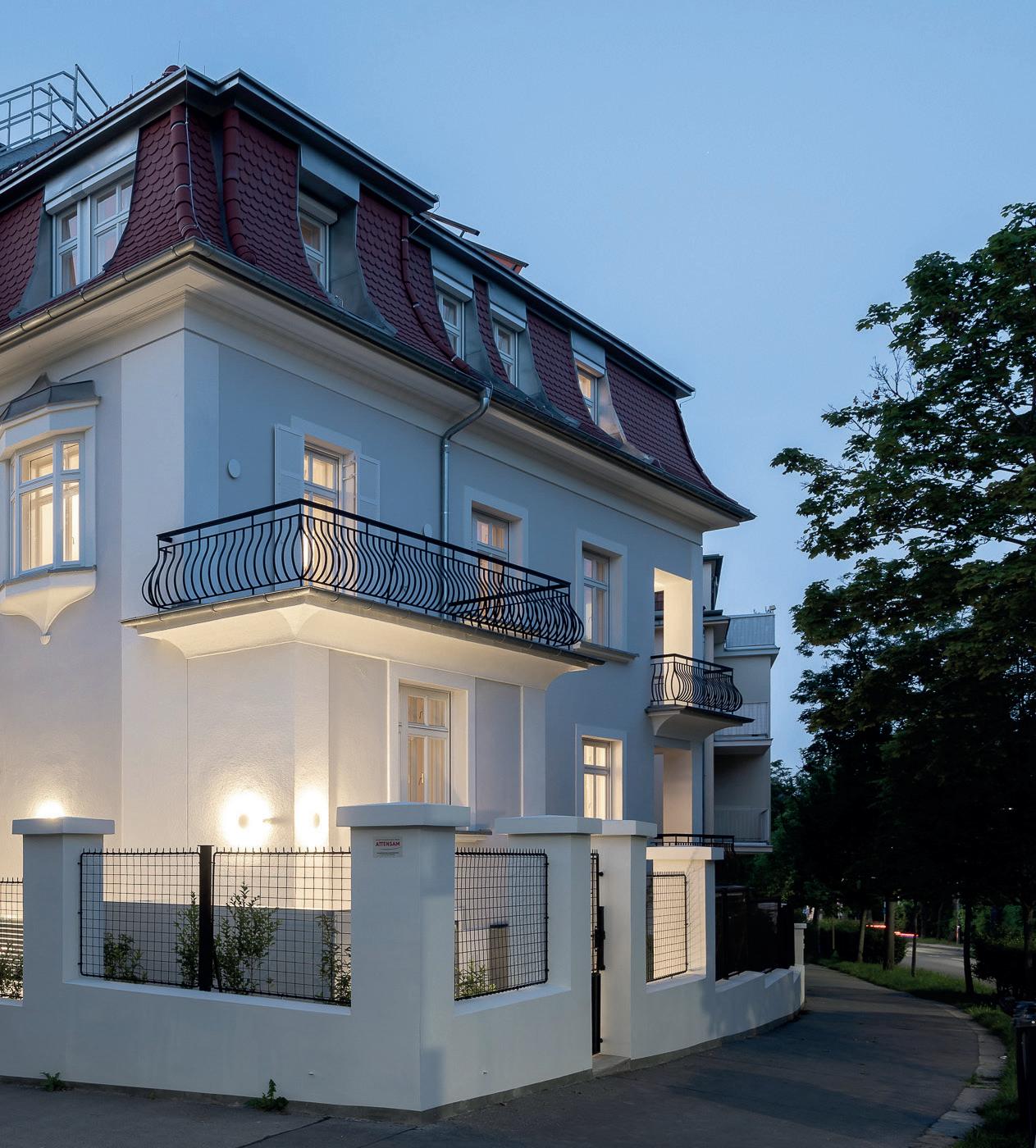
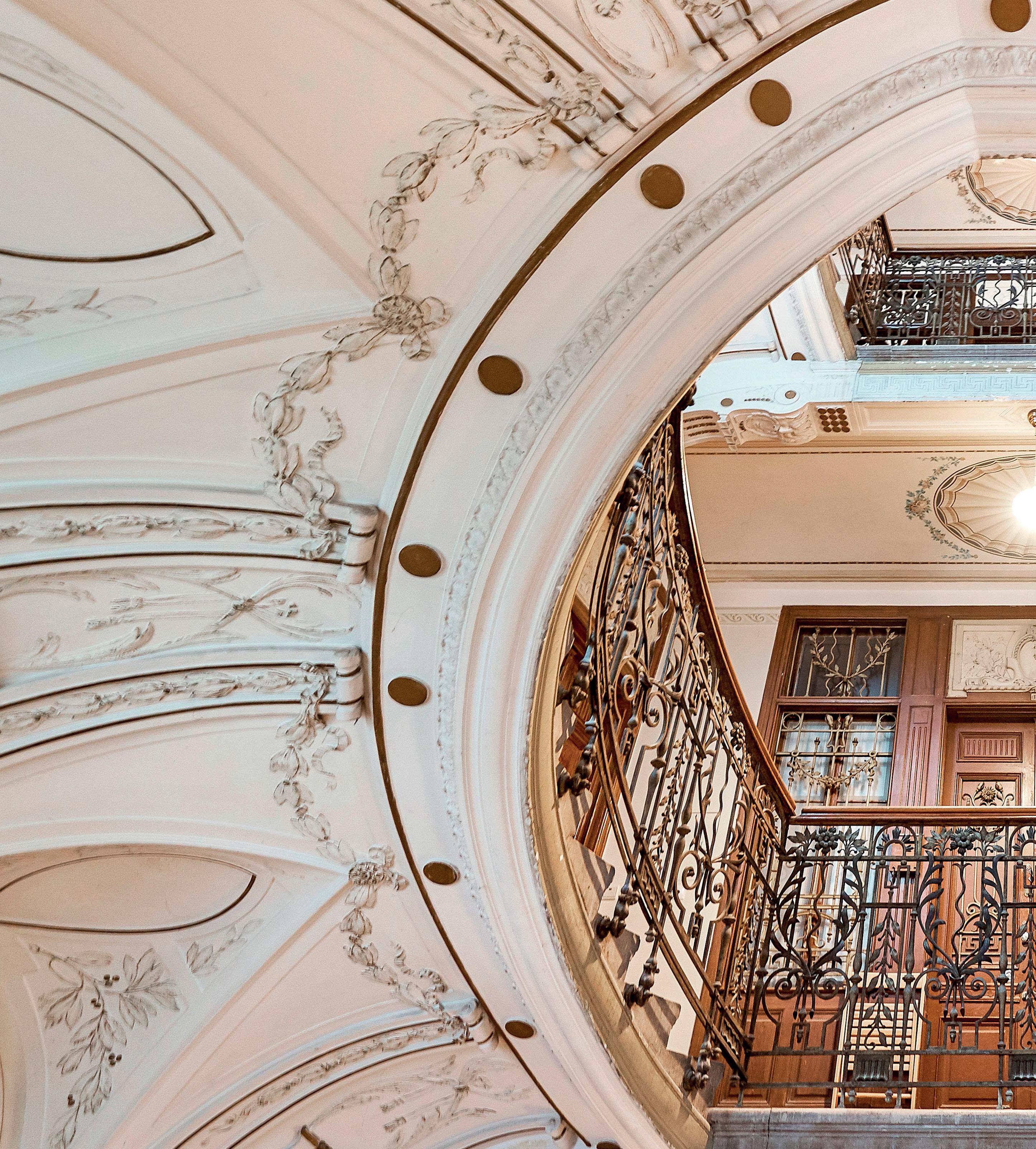
Vienna, AUSTRIA. This property in need of revitalization is a true residential dream that must be described with superlatives. It features beautiful parquet floors, magnificent ceiling stucco work, and brightly decorated stained glass windows. 6 rooms, 233 m² living space, balconies Price upon request. Ref: MI-2669
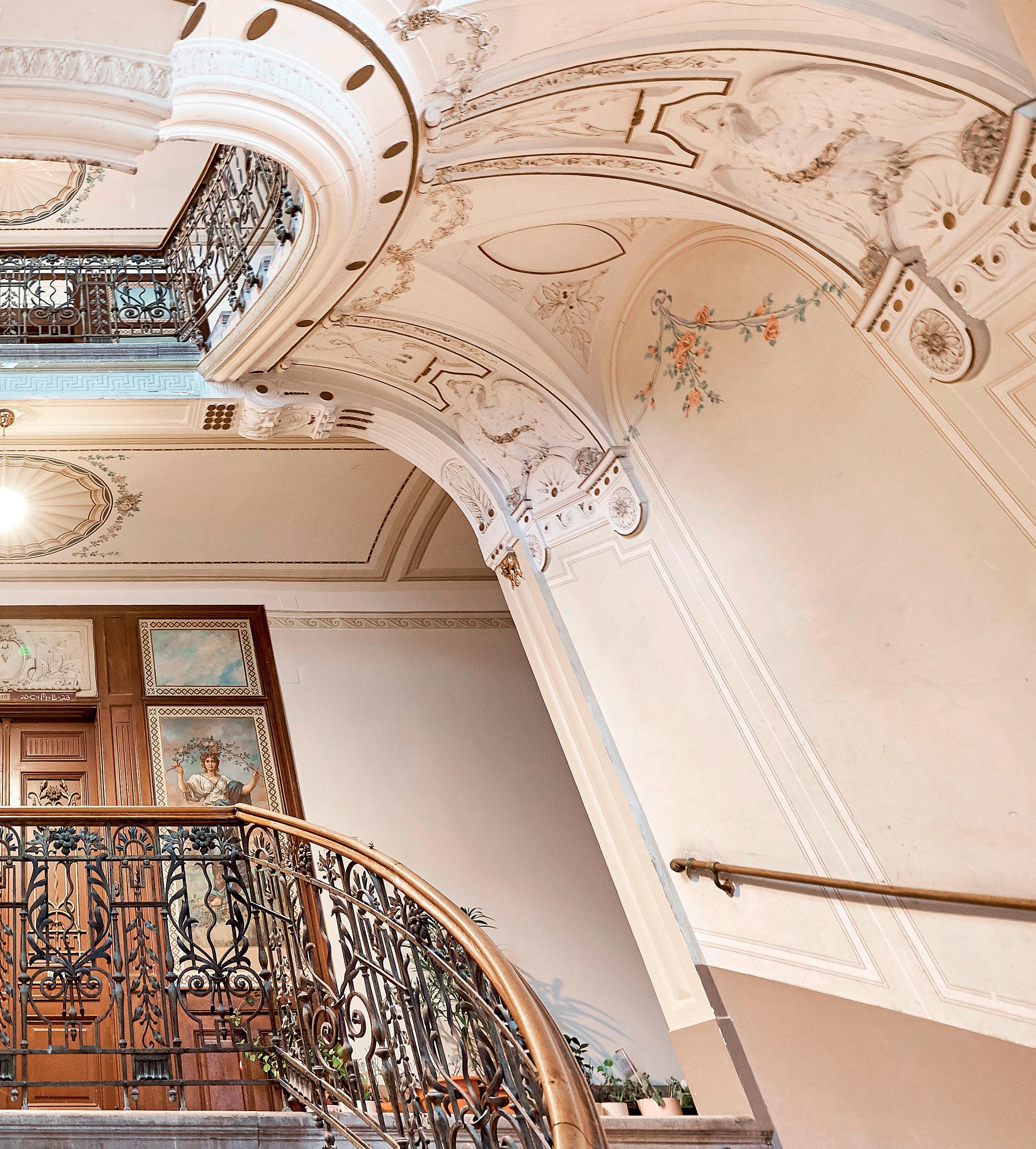
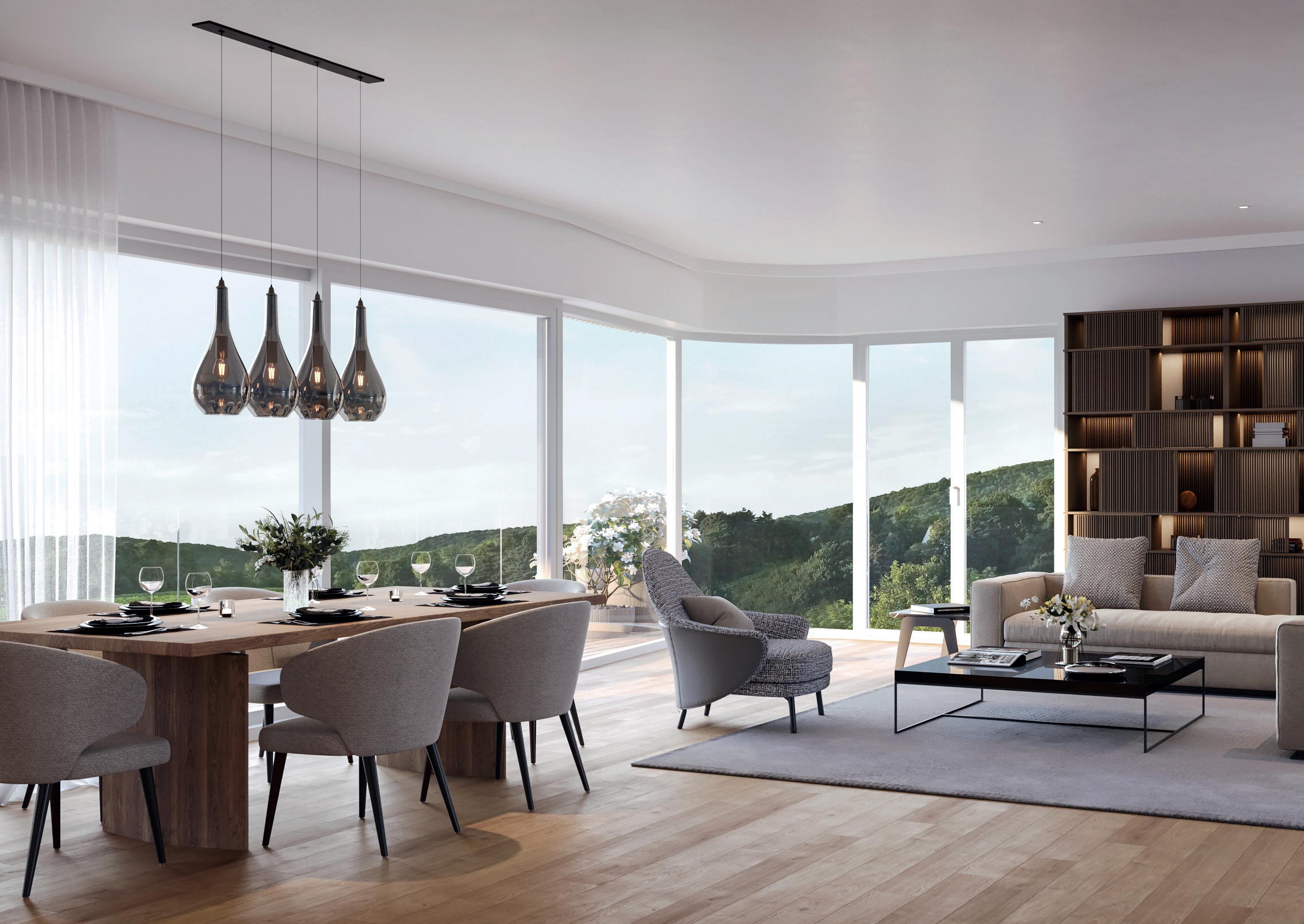
Marschall Immobilien GmbH
+43 1 533 20 30
office@marschall.at www.marschall.at
VILLÆ 16